This Spring quarter was a season of change and growth for AutoAquaponics – and one filled with so many proud moments.
If you are new to this blog, have a look at this recent video story from Sarah Aie of The Daily Northwestern outlining the history and future of AutoAquaponics, featuring co-project managers Lester Tai and Marcos Sanchez as well as ESW co-president Yanni Wilcox .
Plumbing¶
Our plumbing team made many necessary improvements to optimize current solutions in the physical system. We also have some exciting new projects in the works!

Our sump tank and filter bottles were fitted with laser-cut, acrylic lids to prevent evaporation of water in the system. This will reduce the number of laborious sump tank top-offs that our team needs to do.
To prevent the infiltration of hazardous pathogens, we started the design and construction of a UV light filter to be attached after our 3-stage filtration process. We constructed a prototype, but we will need to adjust the residence time to achieve a contact time of 10 seconds by potentially increasing the pipe diameter of its housing.
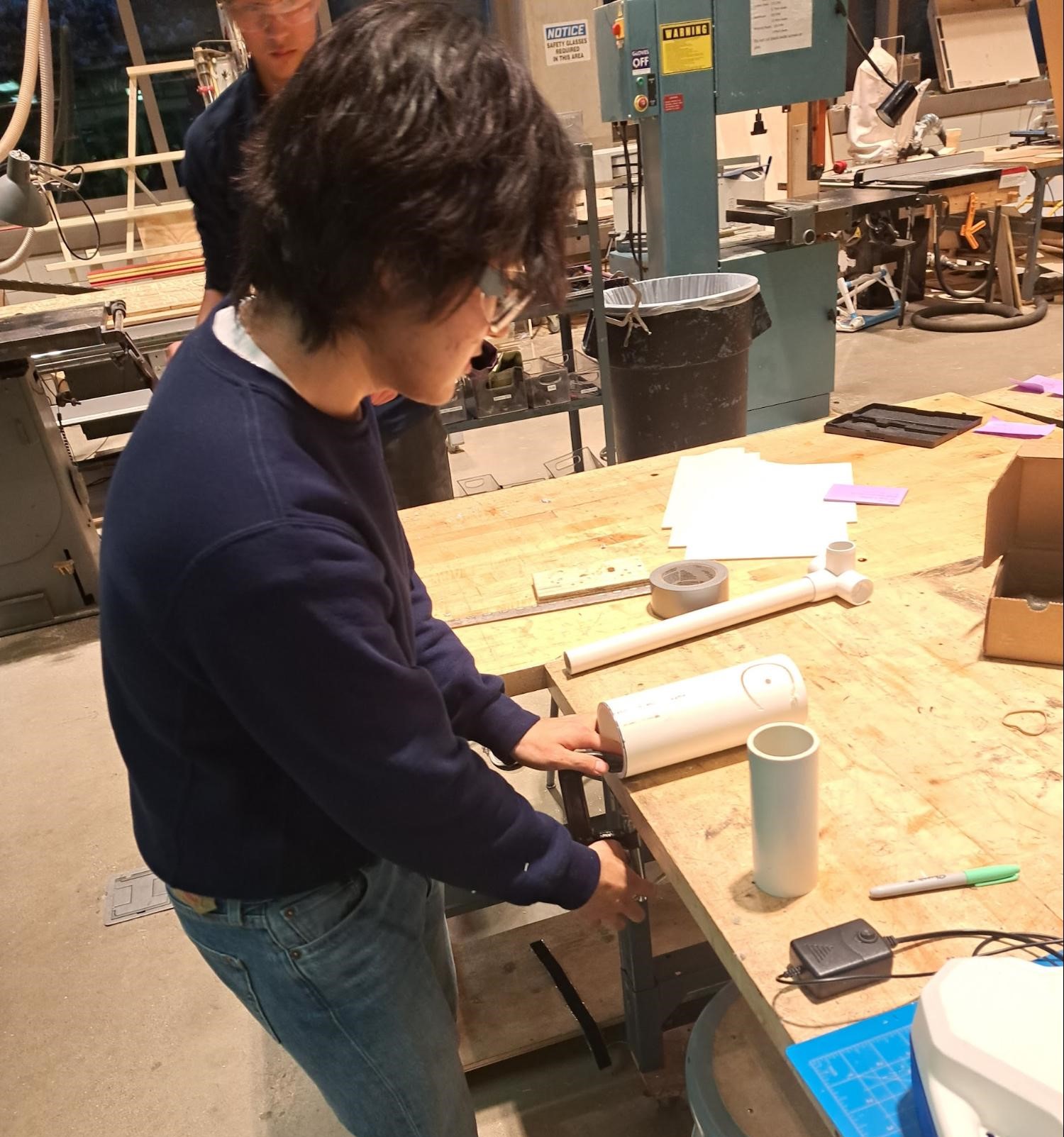
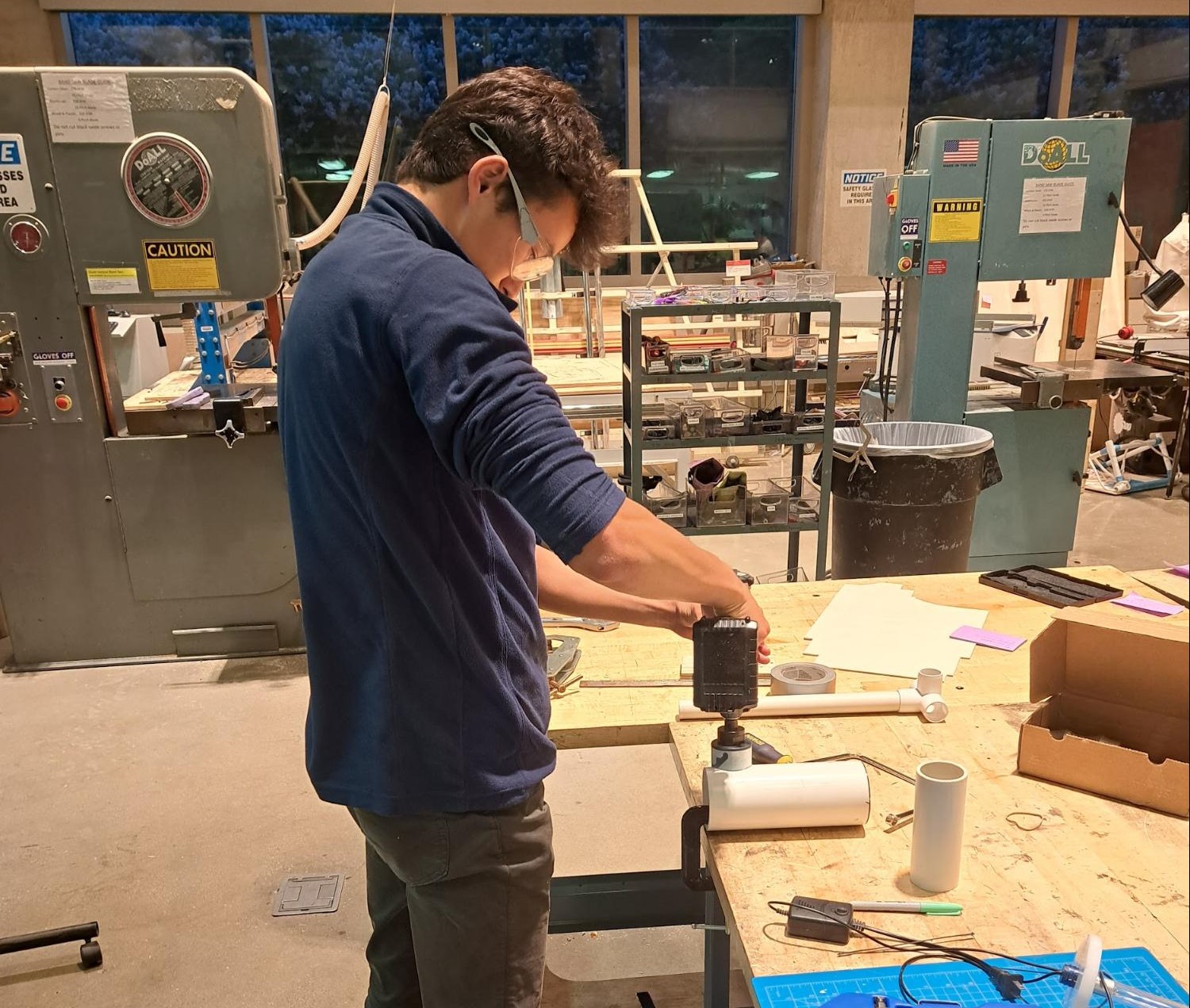
After experimenting with a bell siphon idea, we ultimately decided on a U-siphon made of PVC pipes to create a greater difference in water levels when flooding and draining the bottom grow bed.
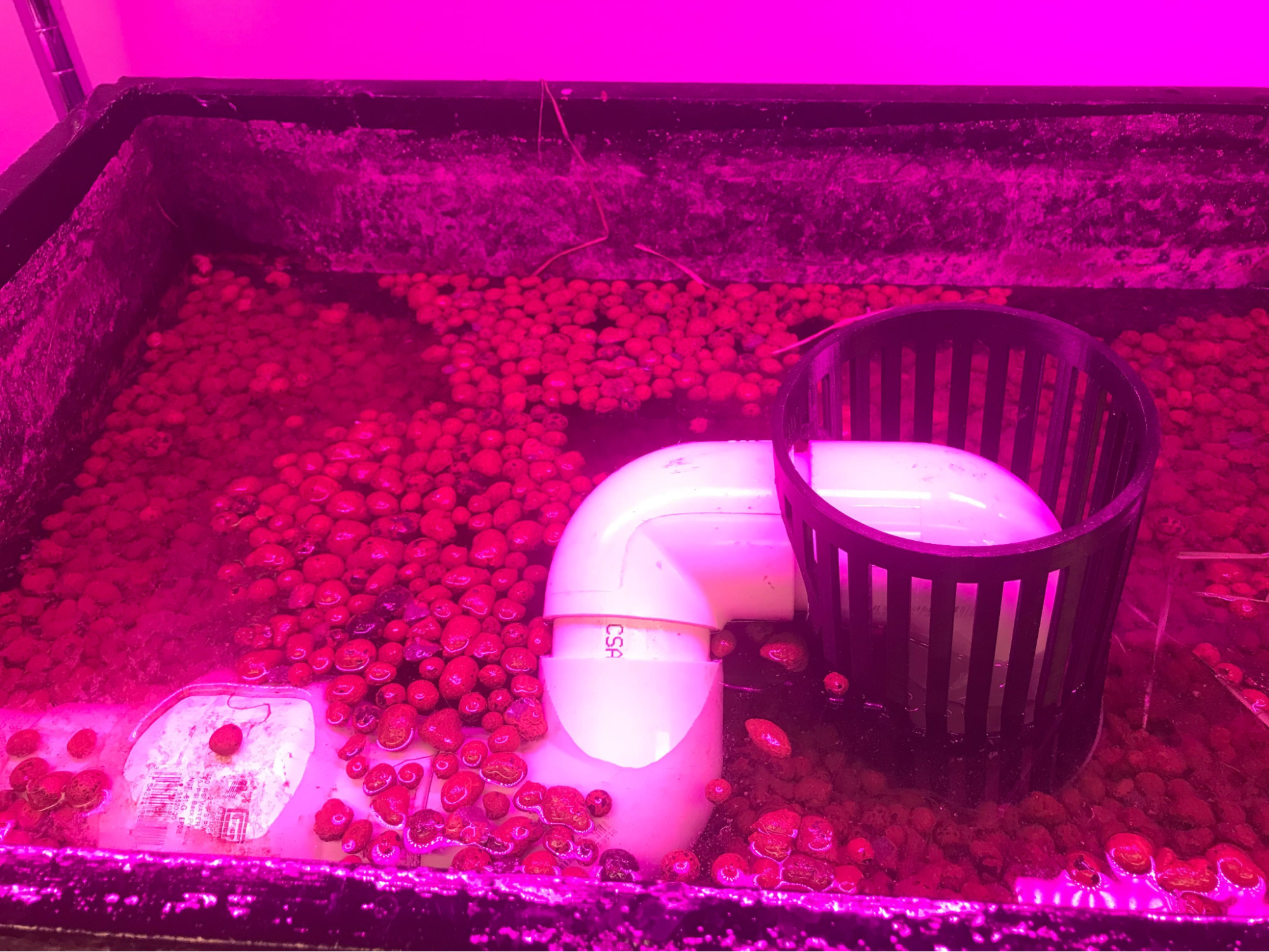
Due to the plumbing team’s sheer number of projects, creating adjustable light fixtures for the top growbed was outsourced to a Northwestern DTC team, led by our very own Kyan Shlipak, to dedicate a quarter to finding a solution. And find a solution they did!
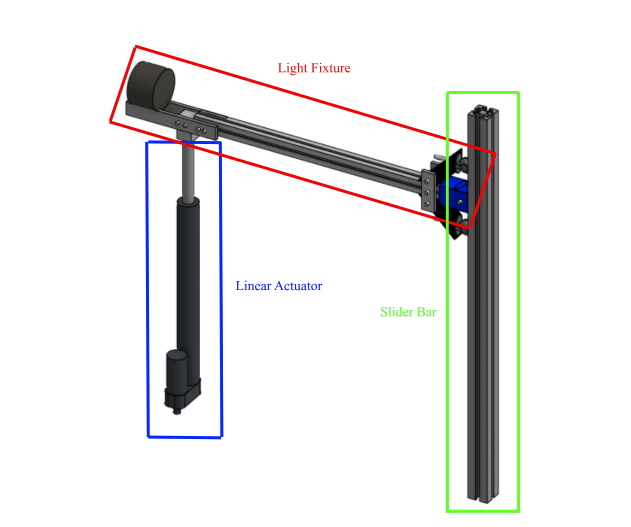
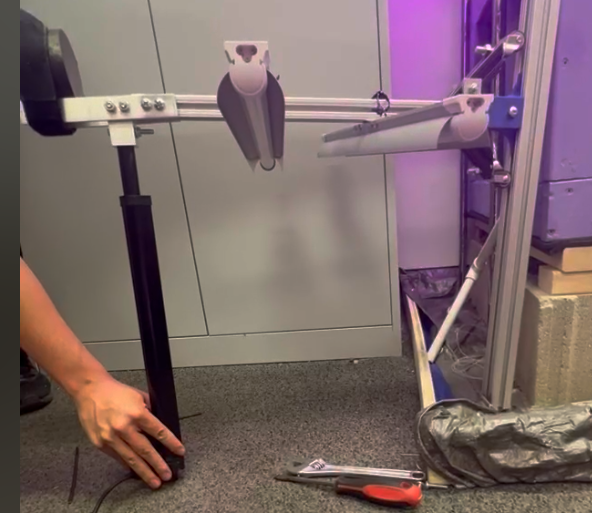
The VertiGrow was completed and successfully raised grow lights according to the needs of the plants growing in the beds. We’re extremely proud of this team for constructing a working prototype! They’ll be adding improvements later in the Fall, so be sure to keep an eye out for them!
The biggest feat that our plumbing team completed was a full redesign of the membrane filtration process! We came to the conclusion that our current membrane filter did not facilitate removal nor the cleaning of filter pads and also allowed for some particles to pass through. For this reason, our team redesigned the membrane filter. Construction will begin in the Fall with the addition of new funds.
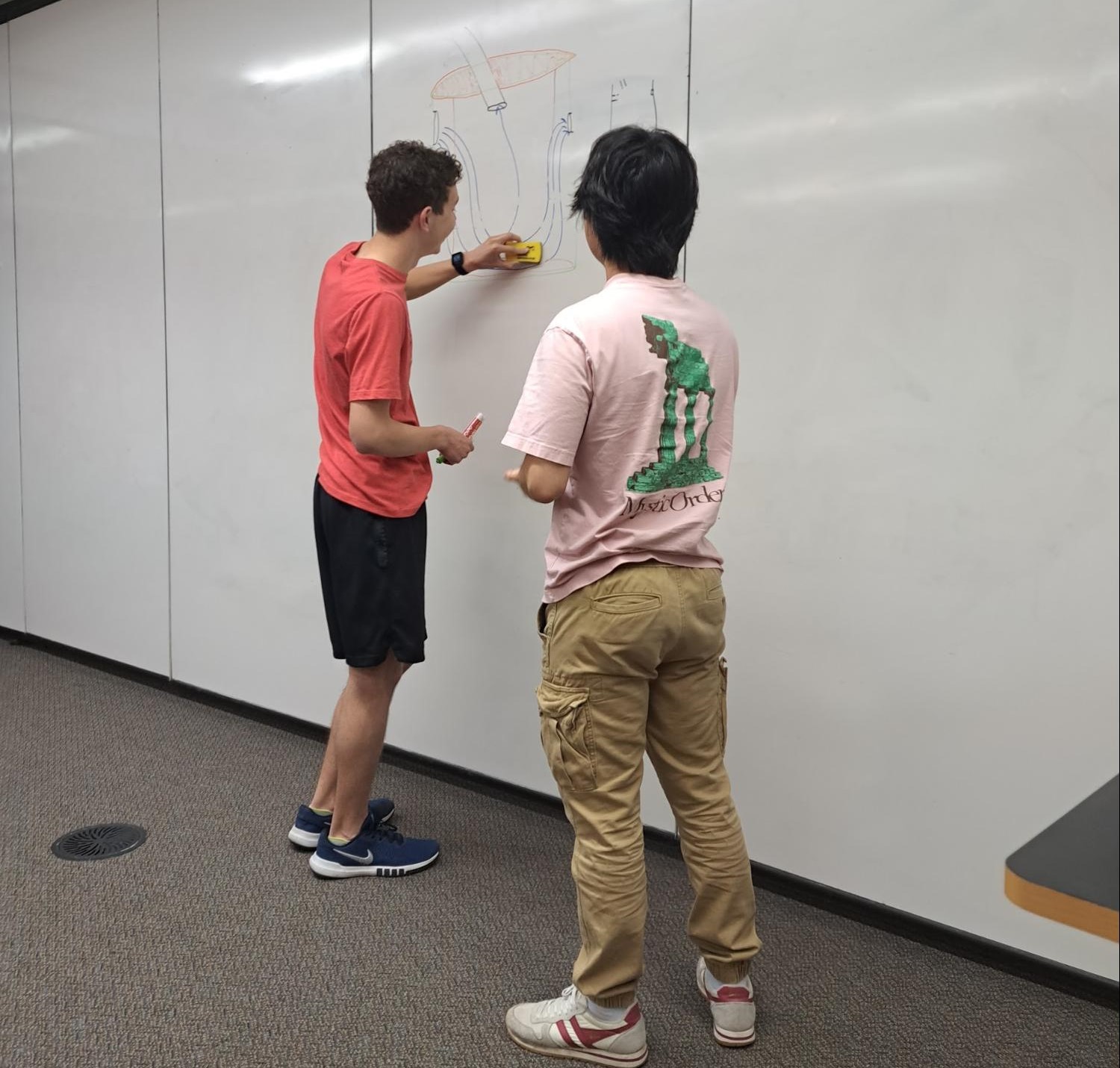
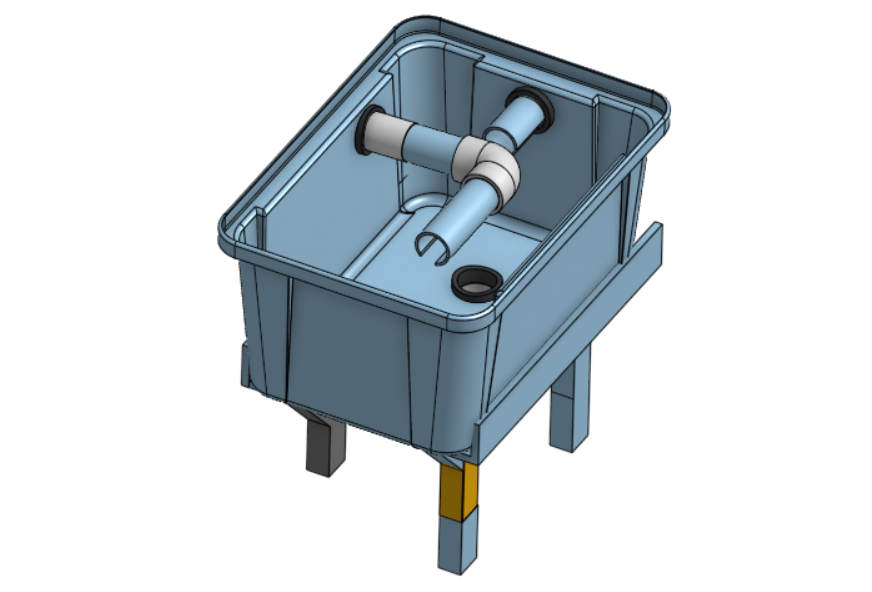
Software¶
On the software side, we finalized user authentication and added a login page to our website. Incoming users will request an account to make modifications towards the remote system:
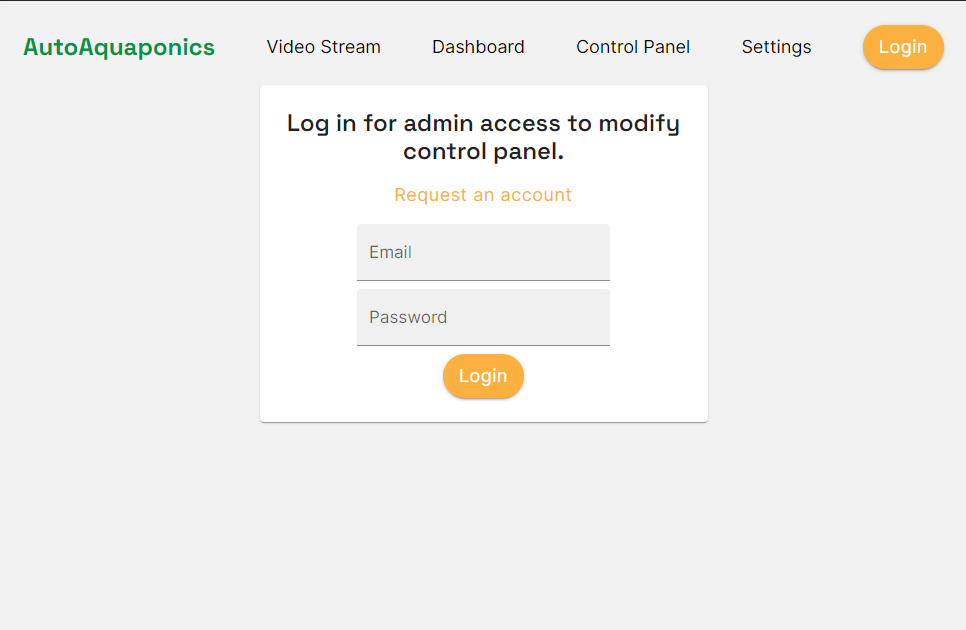
Recent updates to the control panel and Raspberry Pi code mean user inputted values are sent to our database to be read by the Raspberry Pi automating our system. Now that the RPi code is streamlined, the RPi can easily be phased out and functionally replaced with an ESP32 in the future:
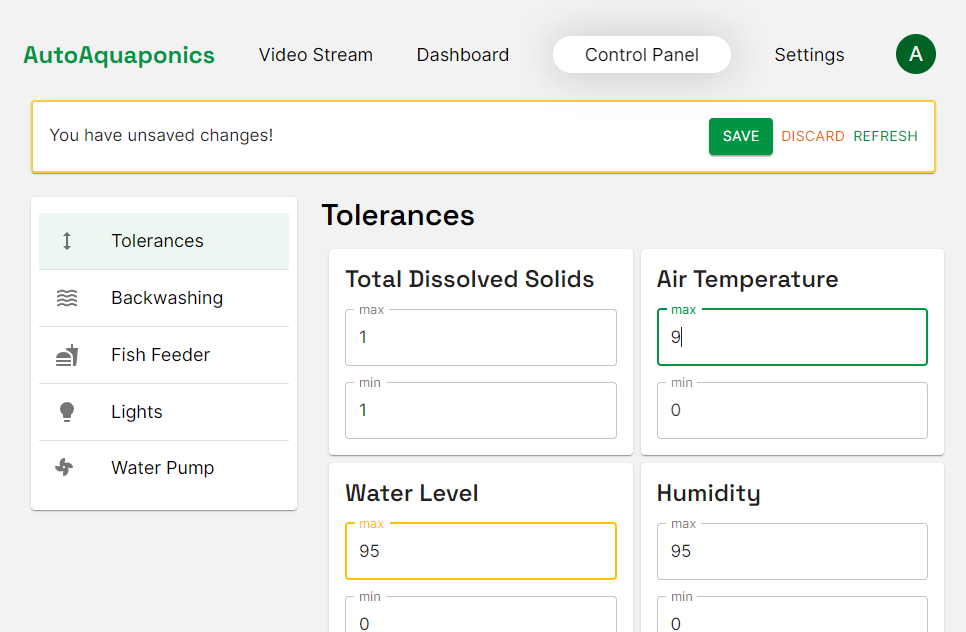
We also made our website even more beautiful by adding animation features, a responsive design, and useful error checking messages to our UI.

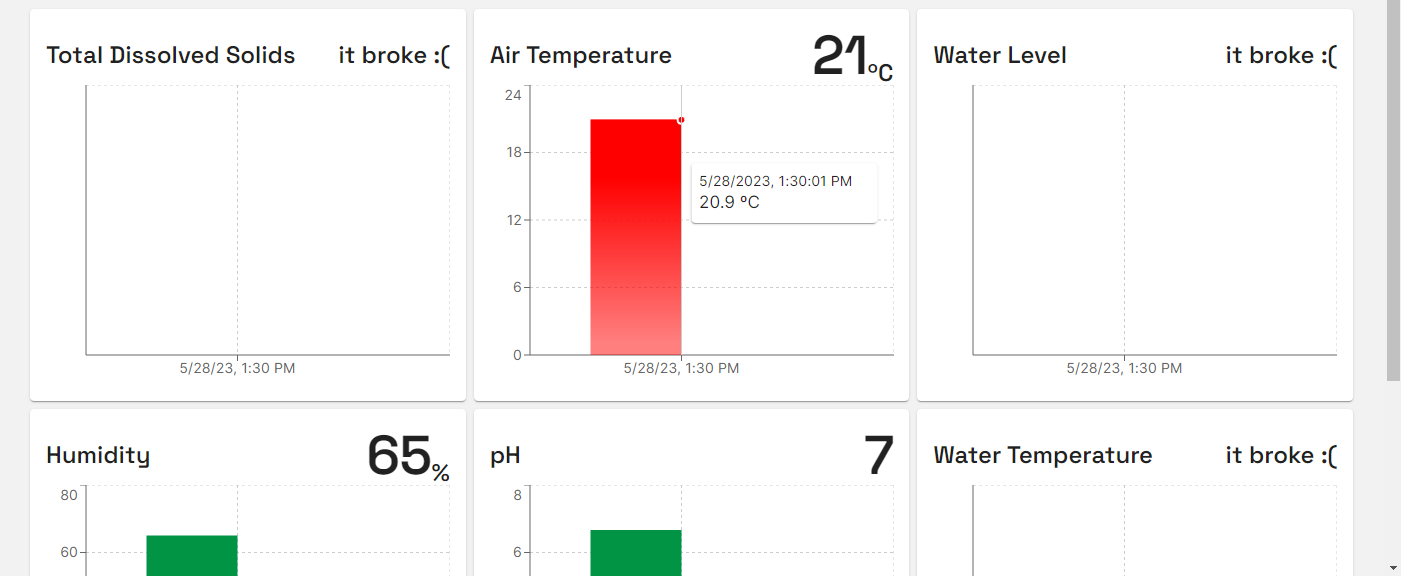
And toast notifications:

New, subtler features include adding Firebase App Check to protect the backend from being tampered with by fraudulent clients, fixes to Google Analytics, and a README file.

Electronics¶
Our electronics team kept up with the latest software developments by developing a printed circuit board (PCB) to replace the sensor box components currently hooked up to the Raspberry Pi interacting with our database. The latest update to the sensor box includes a new distance sensor.
Preparing the sensor box for the new PCB….
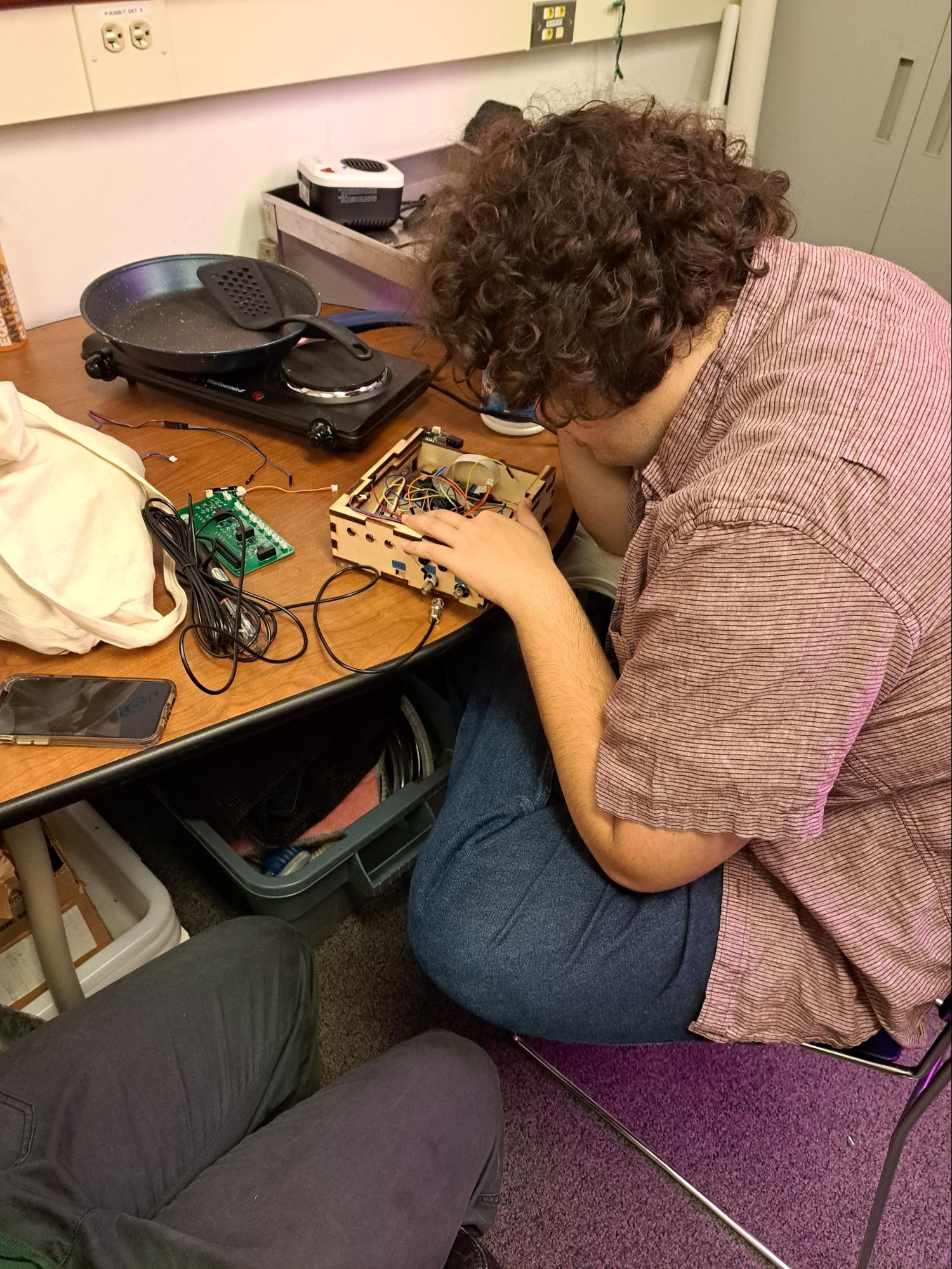
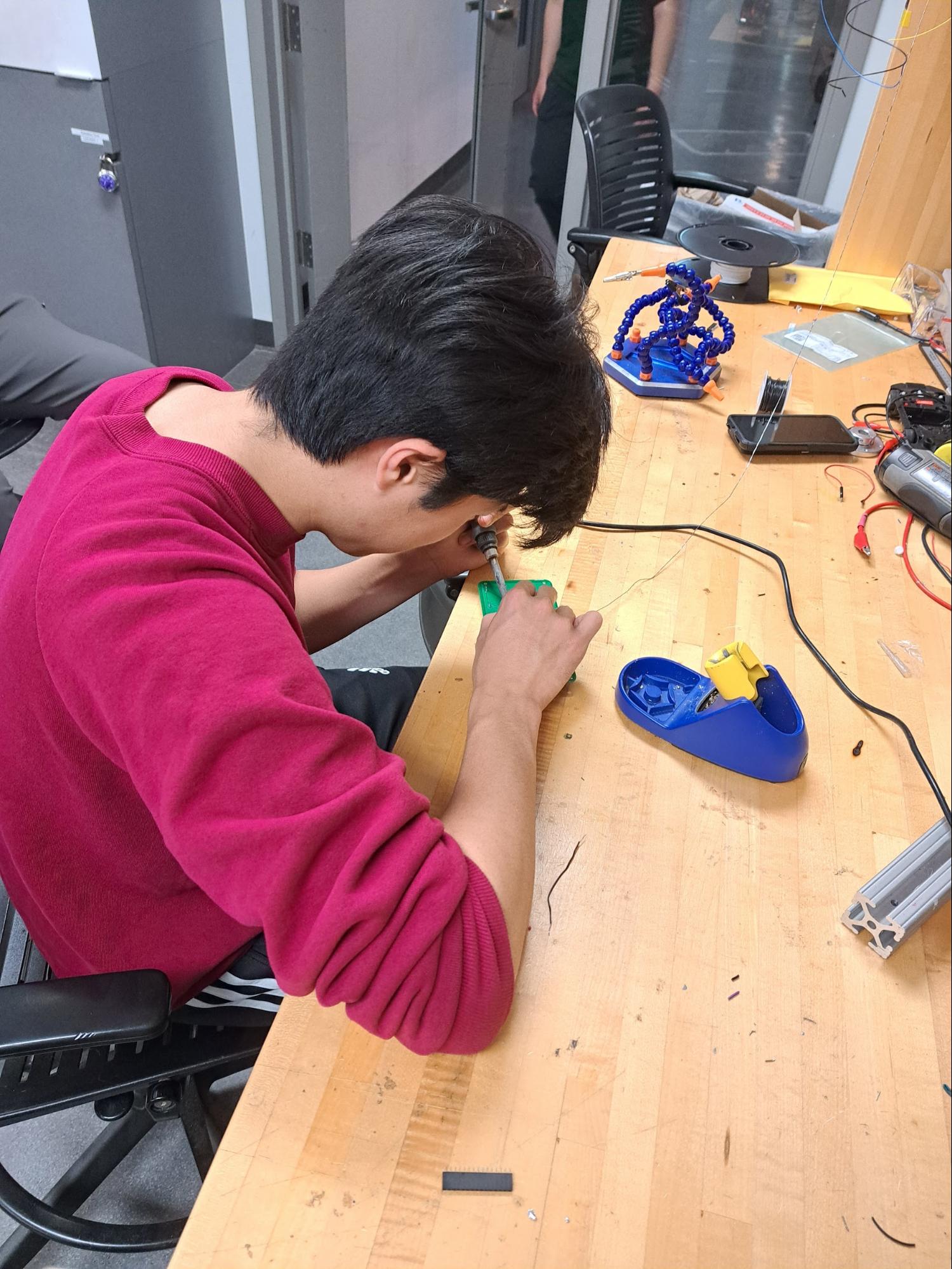
We also started work on a colorimeter this quarter that will be used to detect the precise color of our nitrate tests! Unfortunately, the project ran into some trouble with the color sensor, so next quarter, we’ll be starting up with a new color sensor that can output precise values.
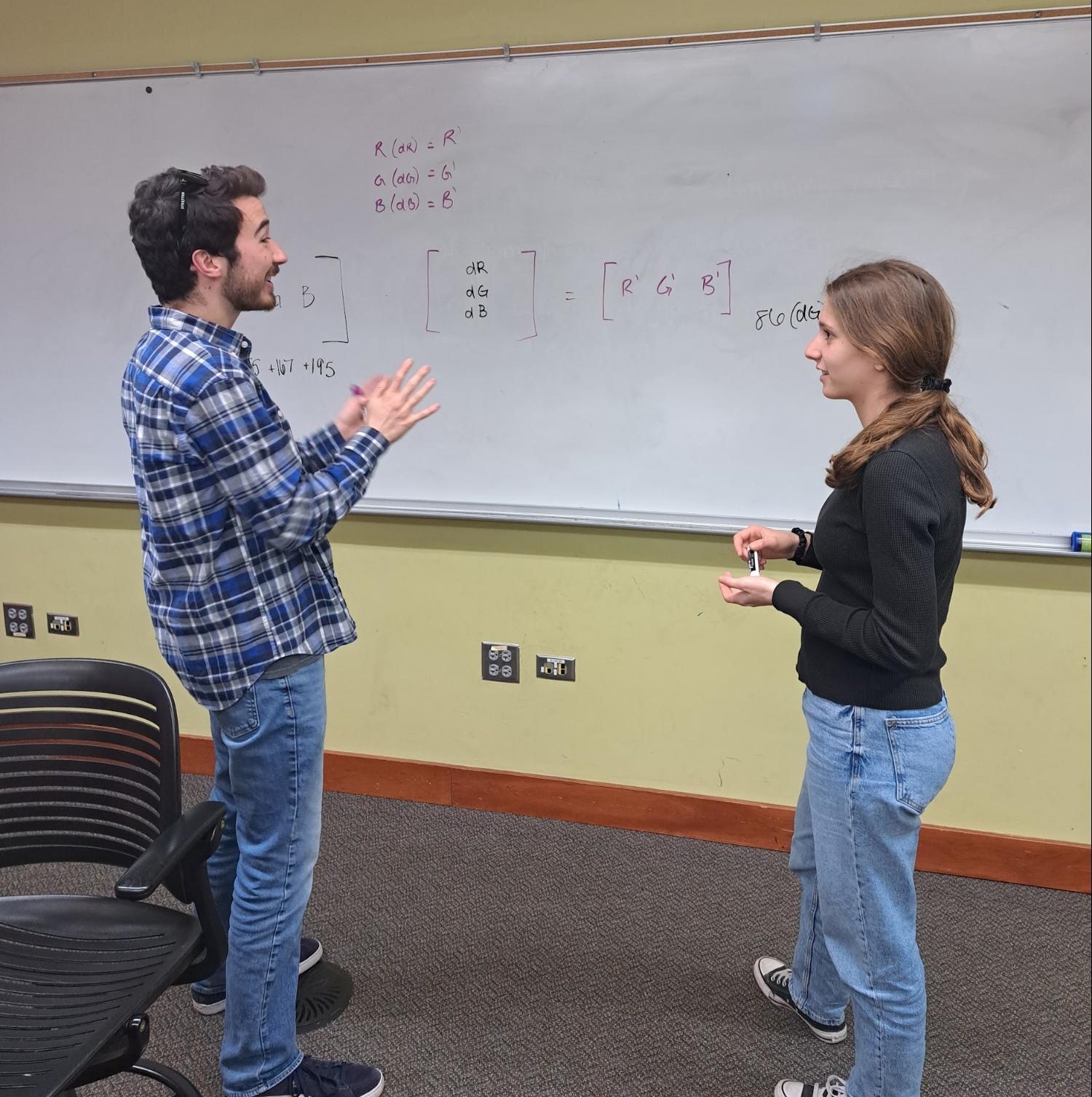 Intense discussion on how to adjust RGB values to output the correct color
Intense discussion on how to adjust RGB values to output the correct color
 Tinkering with the colorimeter code
Tinkering with the colorimeter code
As an update to the previous quarter, we have working timers in our outlet box code, requiring some further integration with existing code to allow for bluetooth connectivity. Finally, we have made progress on streaming video of our system on our website. The code for our ESP32-CAM requires implementation in our system and automatic window cleaning robot.
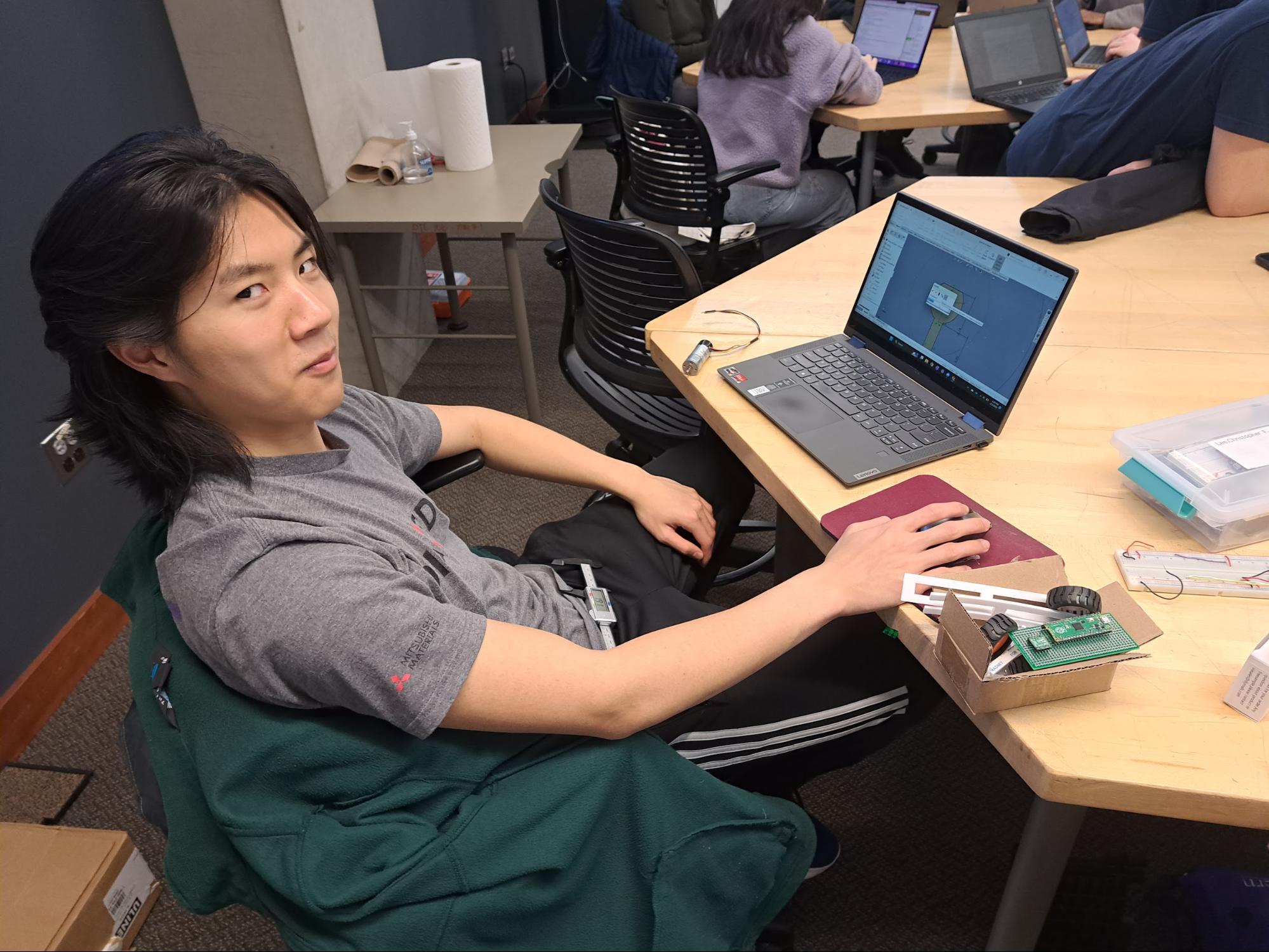
Biology¶
In preparation for an exciting end-of-quarter harvest day open to the Northwestern community, our biology team added scallions, leeks, and basil to our already exciting lineup of plants.
Conducting water tests for plant checkups:

To accommodate new additions, we expanded plant growth to our upper growbed and rearranged larger plants here to prevent crowding.
Preparing grow cubes for plants:
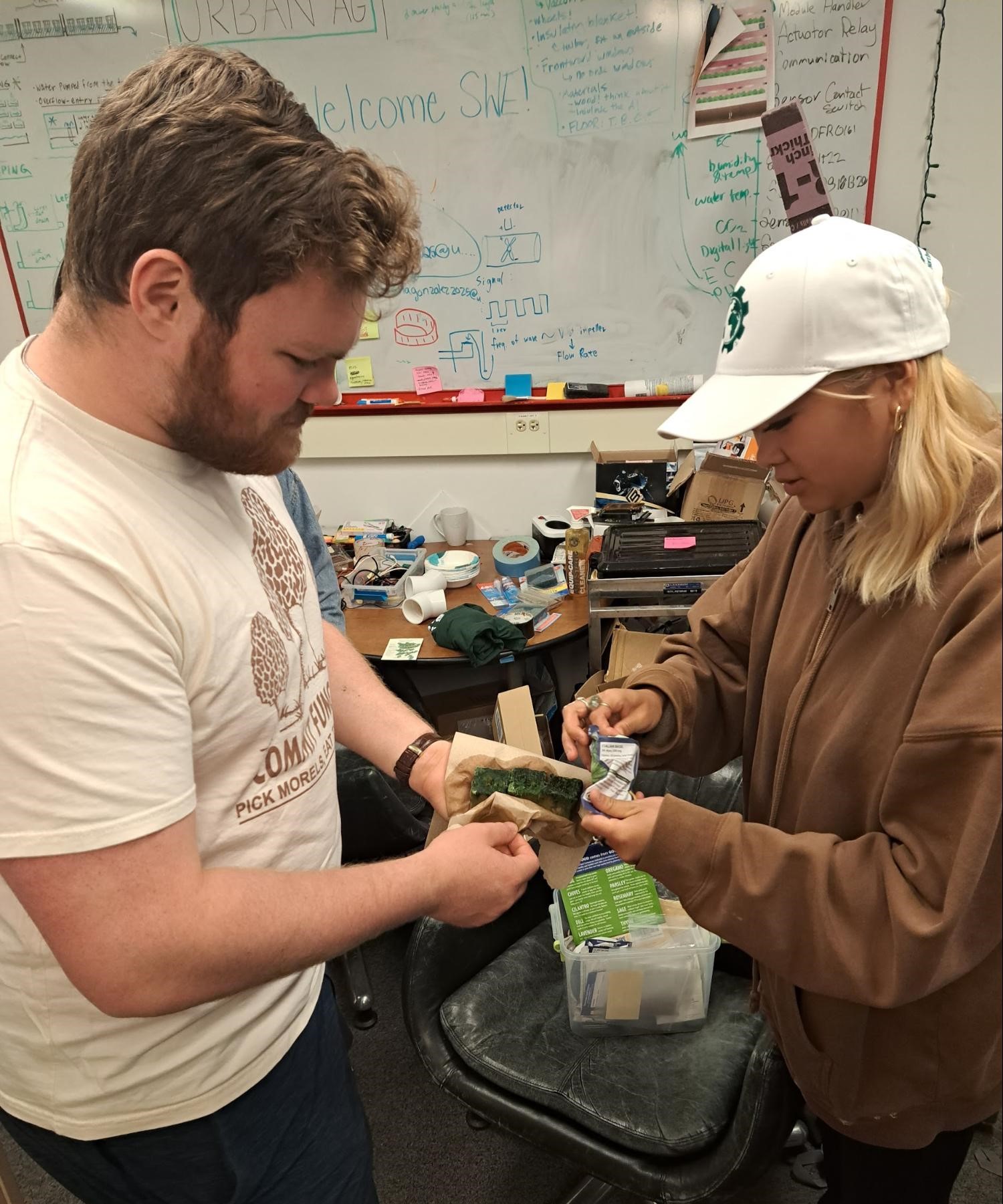
Due to the Camallanus worm infection from the previous quarter, our tiger barb had to be euthanized with clove oil. However, it was the last fish to be infected, and our remaining fish in the system are healthy. The biology team finished preparing the quarantine tank to settle new fish into the system. Get ready for new life this coming Fall!
Socials!¶
AutoAquaponics members know how to enjoy themselves after a hard day’s work. Have a look at these pictures from some of our socials:
Chilling in the pool at the Norris Aquatics Center:

Fay-ling Laures , Lynna Deng , and Marcos Sanchez prepare a wheatgrass smoothie during ESW’s harvest day during engineering week (E-week) at McCormick:
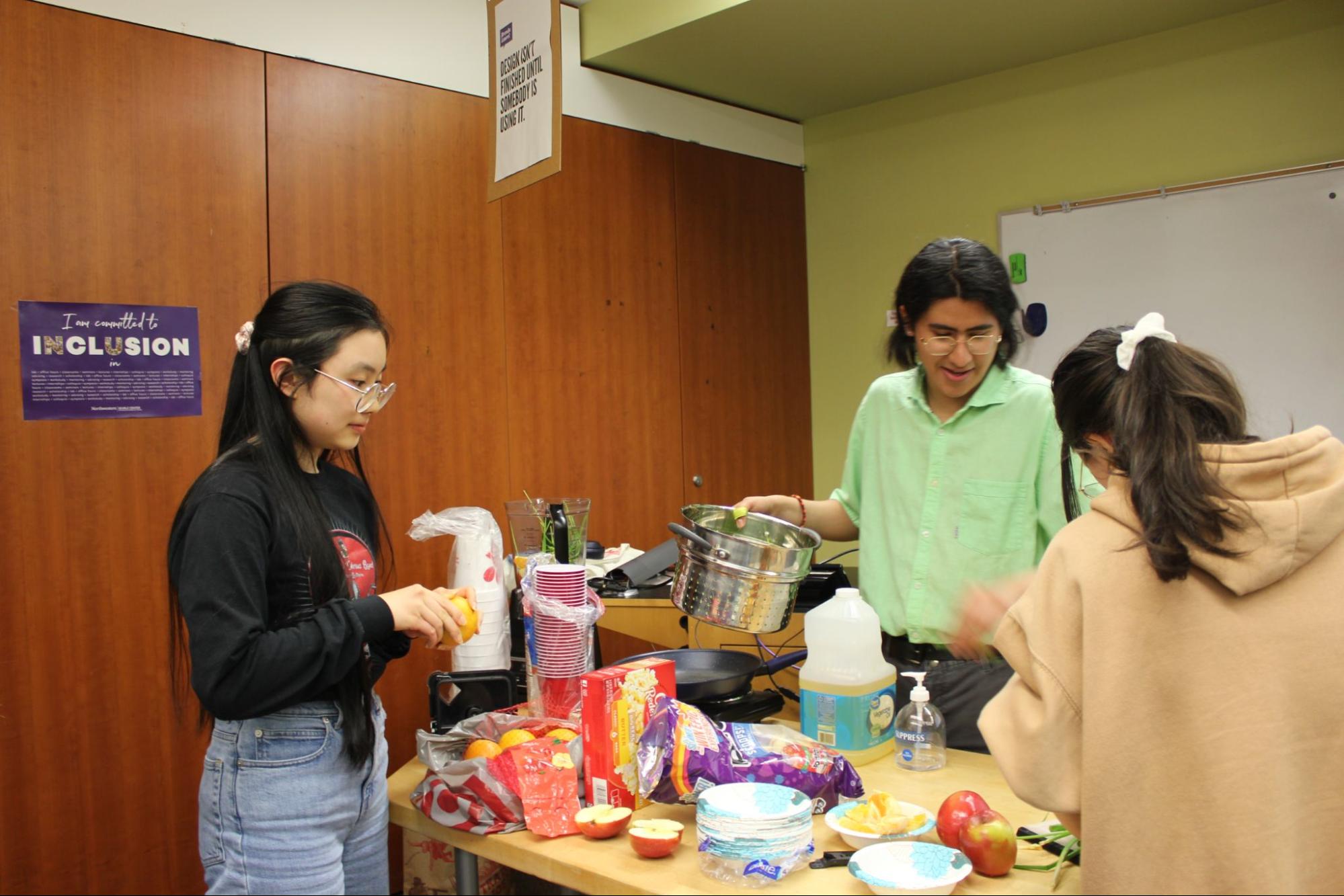
Members of the Northwestern community receive a tour of the AutoAquaponics system:
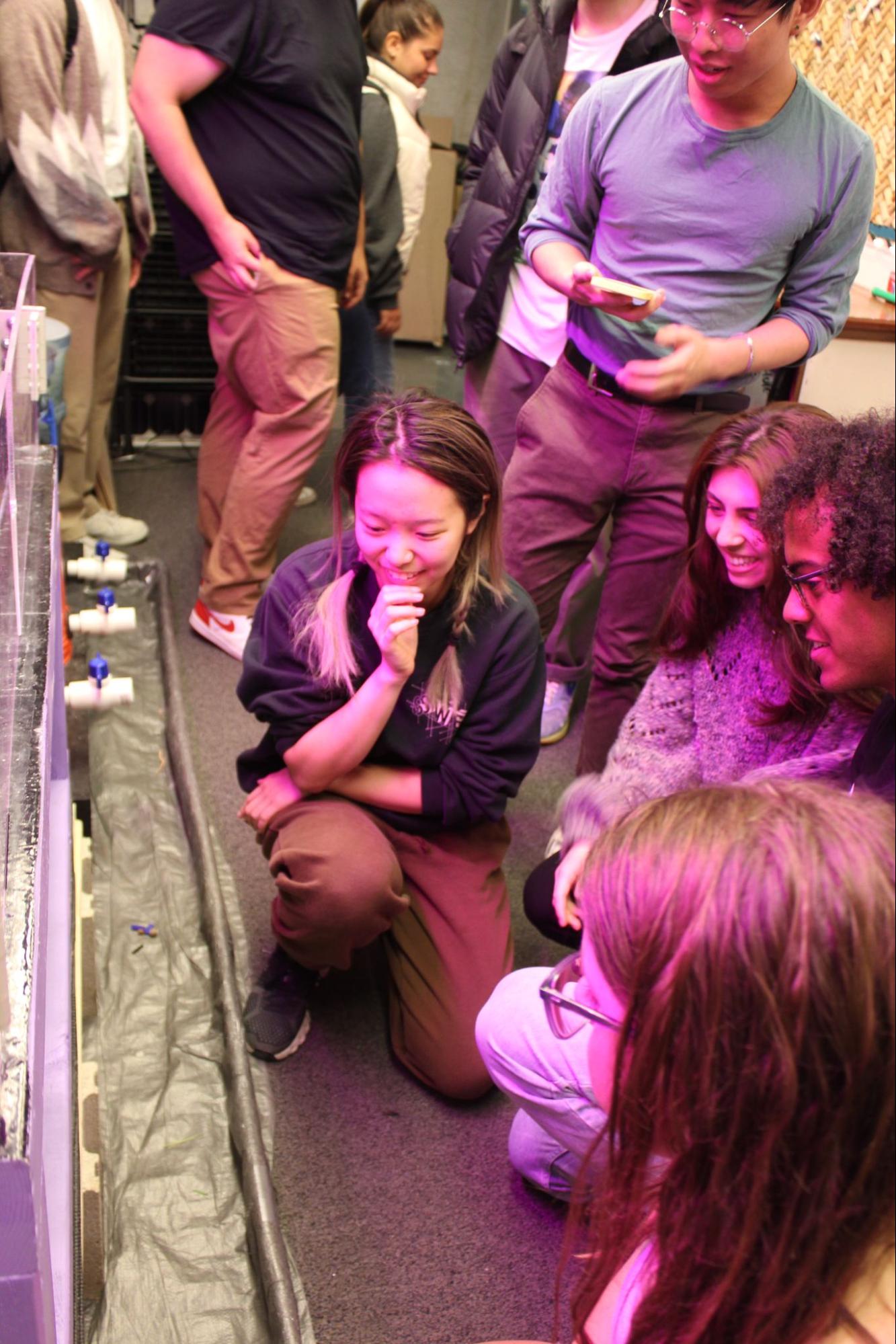
The software team has a senior send-off dinner at Todoroki in downtown Evanston. Thanks Ben Caterine , Bill Yen , and Edward Lee !
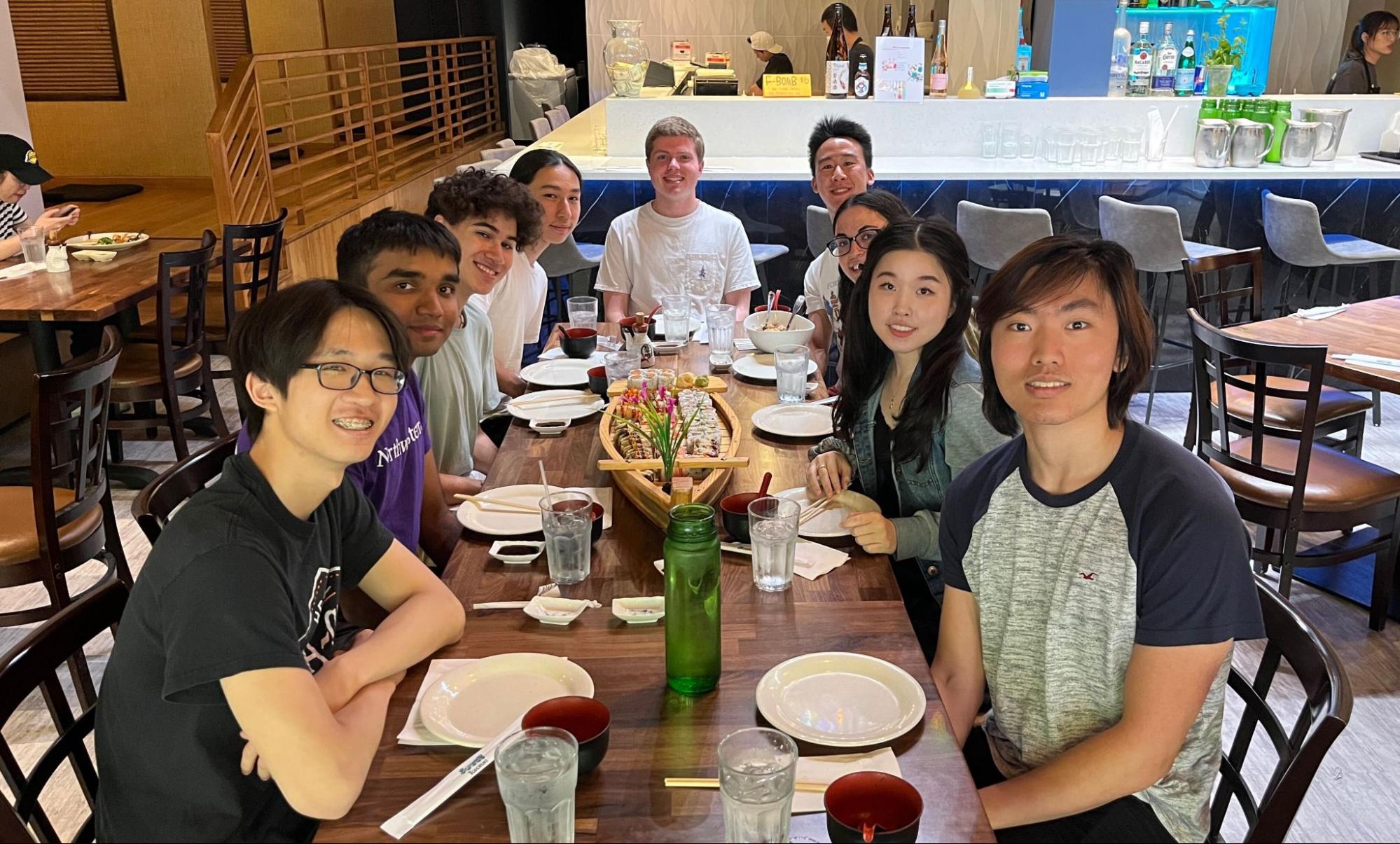
As we neared the final weeks of the quarter, the AutoAquaponics project group secured a grant from the McCormick Student Advisory Board (MSAB), which is exciting news for our projects to be continued in the Fall!
Thank you!¶
With heavy hearts, we will also be saying goodbye this quarter to our wonderful seniors and our faculty advisor, Professor Harold Kung .
Professor Kung retired at the end of this year, so ESW-NU exec decided to give him a parting gift for serving our chapter for nearly 15 years. We are eternally grateful and wish him the best in retirement!
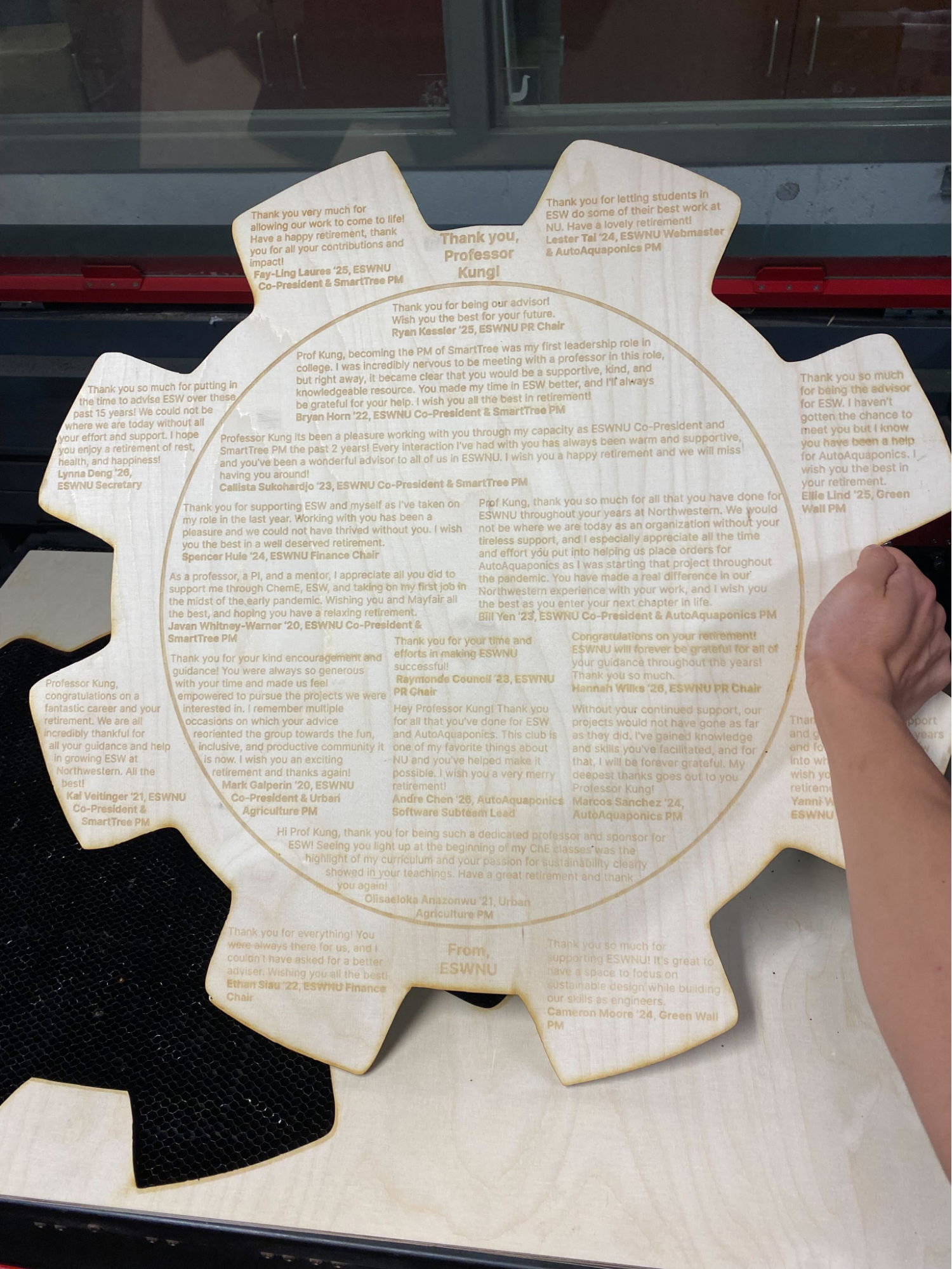
We officially said goodbye to 5 graduating seniors this year: Bill Yen , Niv Landau , Alejandra Almonte , Ben Caterine , and Edward Lee . 3 of our seniors, Raymonde Council , Aymen Lamsahel , and Johnny Chen will be returning in the fall to pursue graduate degrees or complete a minor at Northwestern. All contributed not only their minds to the project, but they contributed their hearts to the team.
A few seniors pursuing graduate degrees and most of our graduating seniors pictured below: Johnny, Alejandra, Bill, Ben, and Ray. (peep Sandra’s guest appearance!)
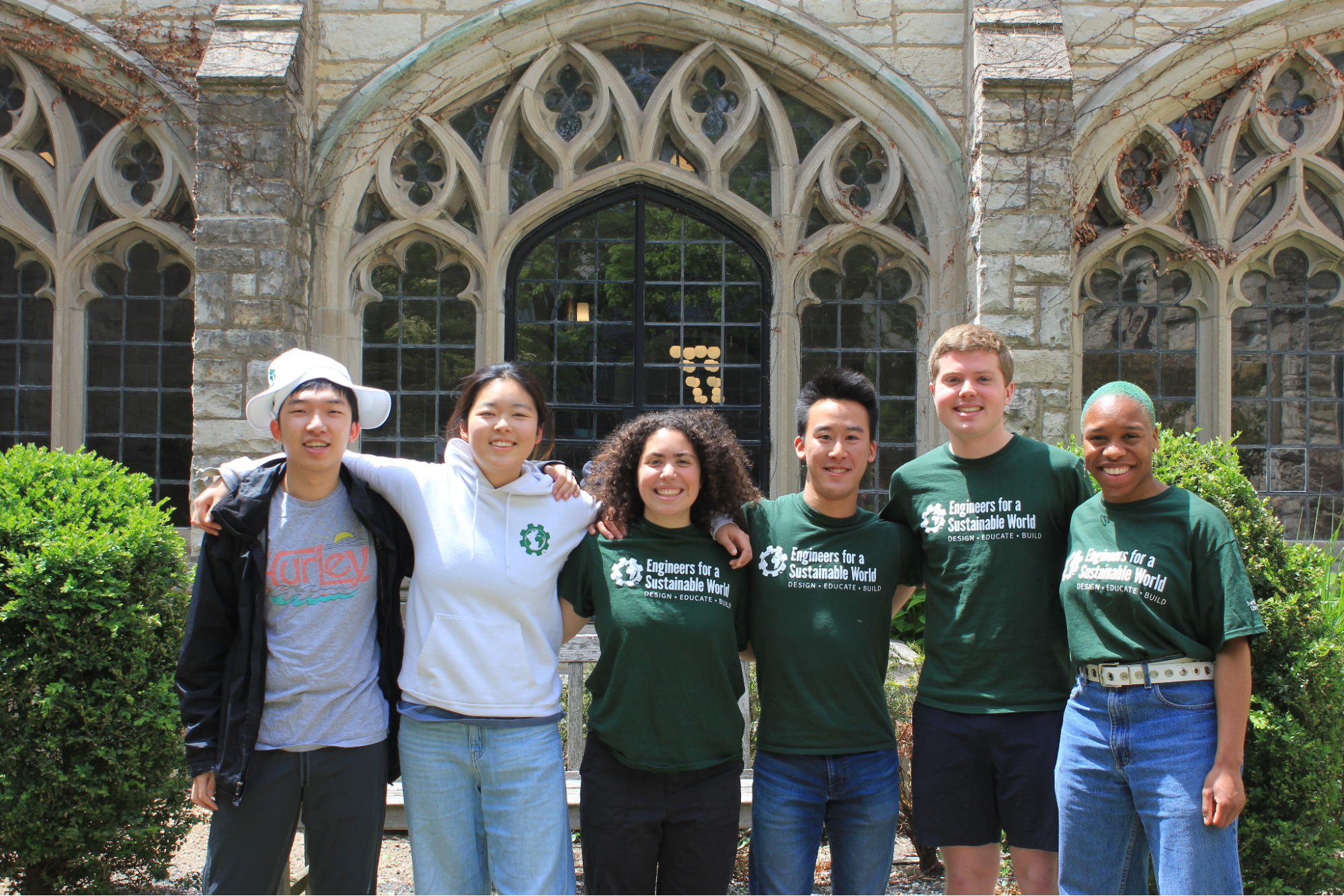
Niv Landau¶
Niv was a dedicated member of the electronics team. He has been with AutoAquaponics from the very beginning, working towards the effective implementation of our sensor and outlet box. He also bravely faced the most daunting beast of the electronics team: the outlet box code. He’s our beloved trooper and resident Florida Man. We wish him the best of luck beyond Northwestern and will miss him dearly!
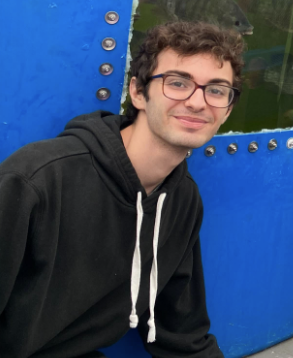
Alejandra Almonte¶
While Alejandra joined our electronics team relatively recently, she still found her niche and fulfilled it well. While on the team, she worked on implementing a new distance sensor and preventing the frequent water damage faced by sensors in the sump tank. Her energetic personality charged up the team to advance forward, inspiring people to do their best work. Alejandra was always there to bring people together towards a common goal; for this, we will miss her and her demeanor dearly! We wish her well on her travels and furthering her education!
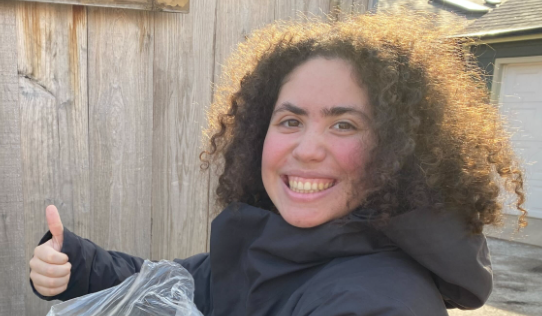
Edward Lee¶
Edward is a longtime friend of Bill’s who earlier transferred to Northwestern. When Edward arrived at the school, Bill made sure to recruit him to AutoAquaponics over a lunch reunion – we know talent when we see it! Edward has played a large role in setting up our database, making a great-looking front-end, and providing any assistance to other software team members with warm welcome. If there’s one thing better than his software development skills, it’s his dance moves on Dillo Day. Thanks for being such a serious and funny guy in all the right moments!
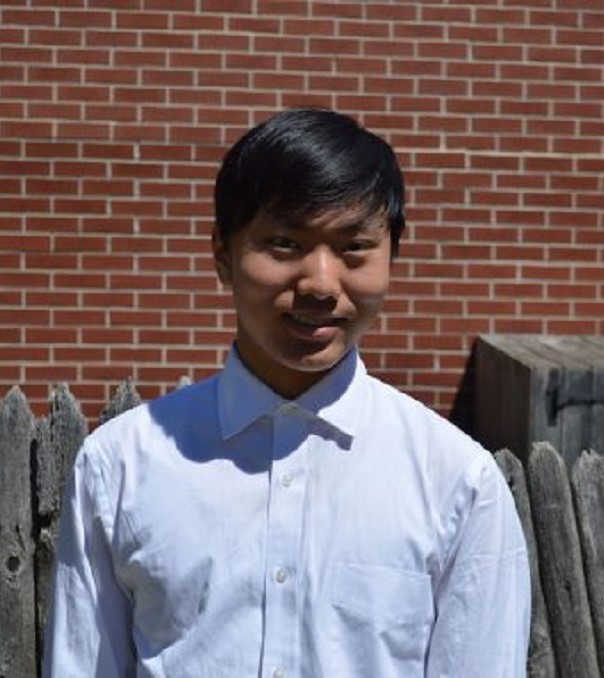
Ben Caterine¶
Ben, our previous software subteam lead, was a charismatic, software engineering powerhouse. He was one of the members that have stuck with the club since the very beginning, laying the groundwork for our website’s control panel and sensor reads. It’s insane how much work he’s put in over the years – from debugging features to mentoring the next generation of software subteam members. Because of his determination and dependability, Ben has secured the future of the AutoAquaponics software team. Thank you for your service Mr. Caterine; we wish you the best of luck in the workforce and will miss you dearly!
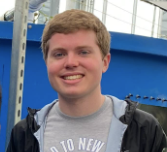
Bill Yen¶
Bill - AutoAquaponics founder, previous PM, and our friend- was always there for our team when we needed him. For every team he worked on, he disseminated a plethora of knowledge and support. He was always our biggest advocate, celebrating our successes and lifting us back up after setbacks. He was the rock upon which AutoAquaponics was built upon, and for that, our club will forever commemorate his dedication towards engineering a more sustainable world. We could not have asked for a better leader these past couple of years; we wish him nothing but the best at Stanford! He deserves it!
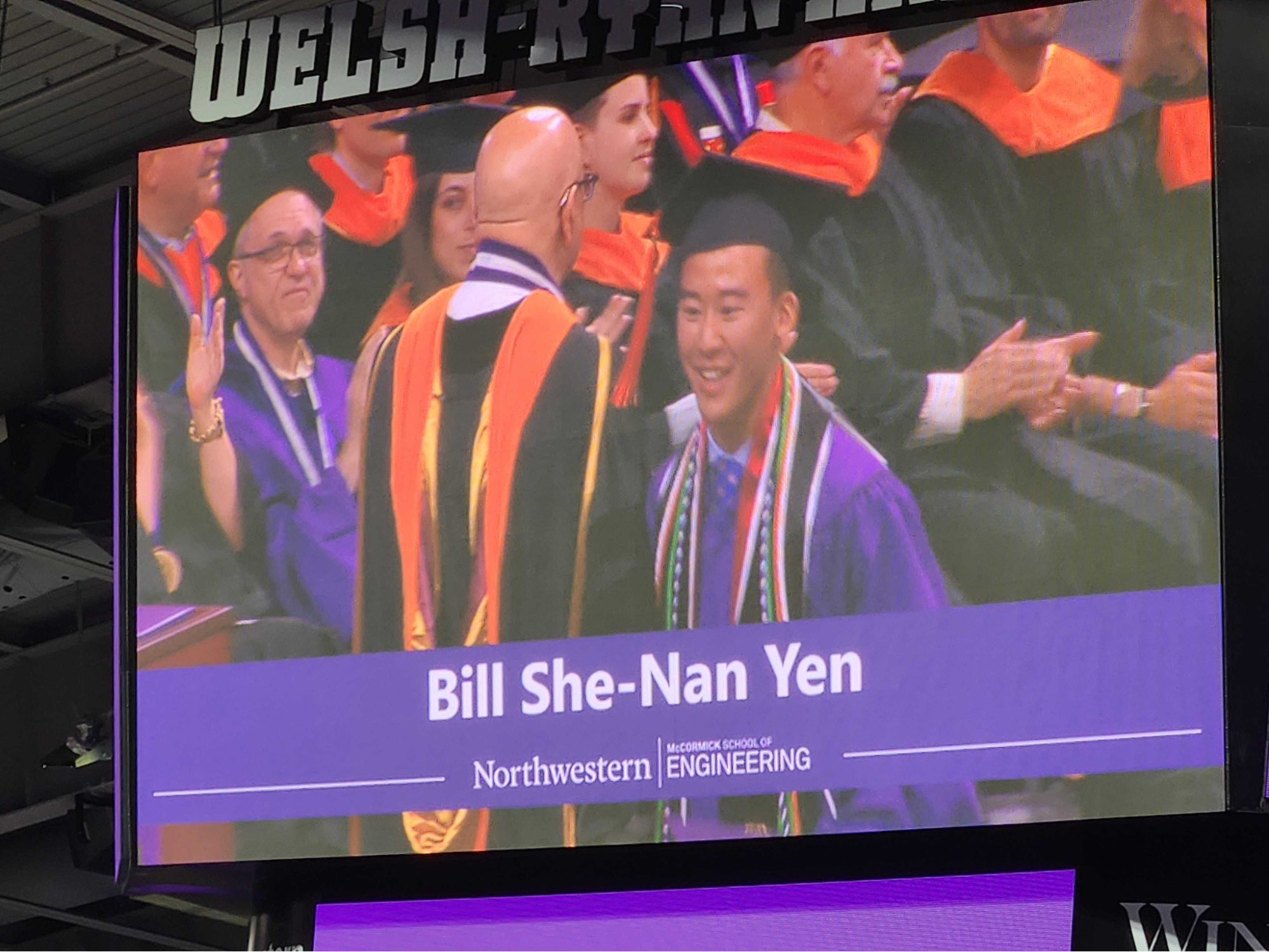
And that wraps up our academic year. There are so many more avenues of development and more proud moments to make. Stick around for them next Fall!
 Spring 2024 Update
Spring 2024 Update
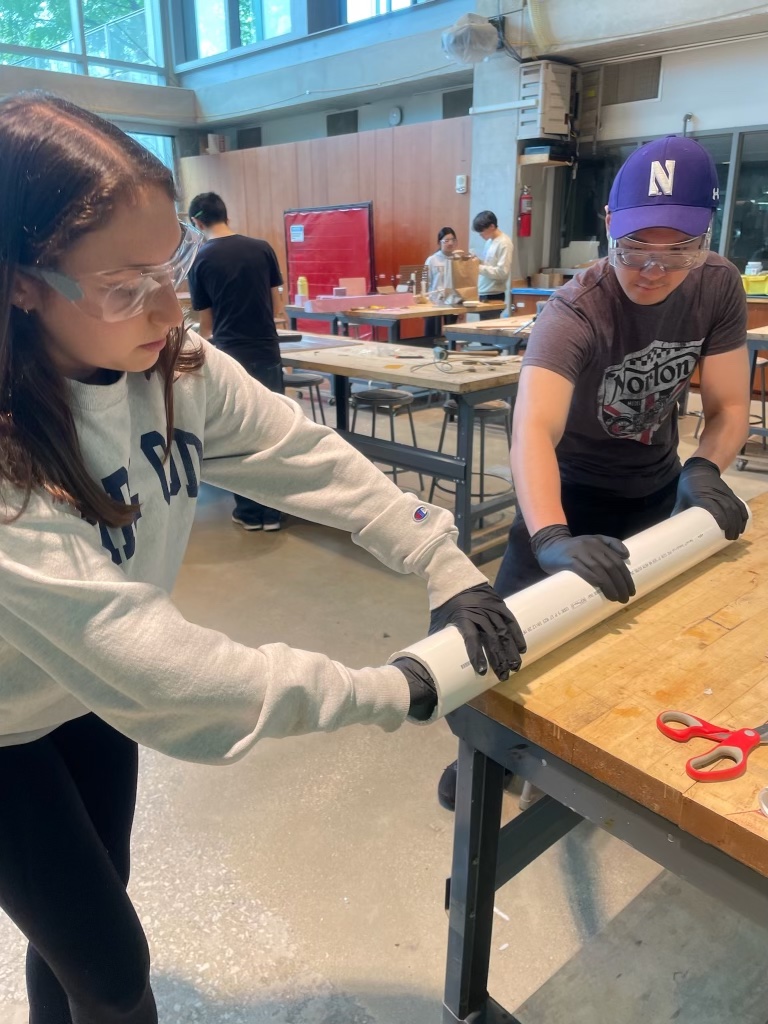
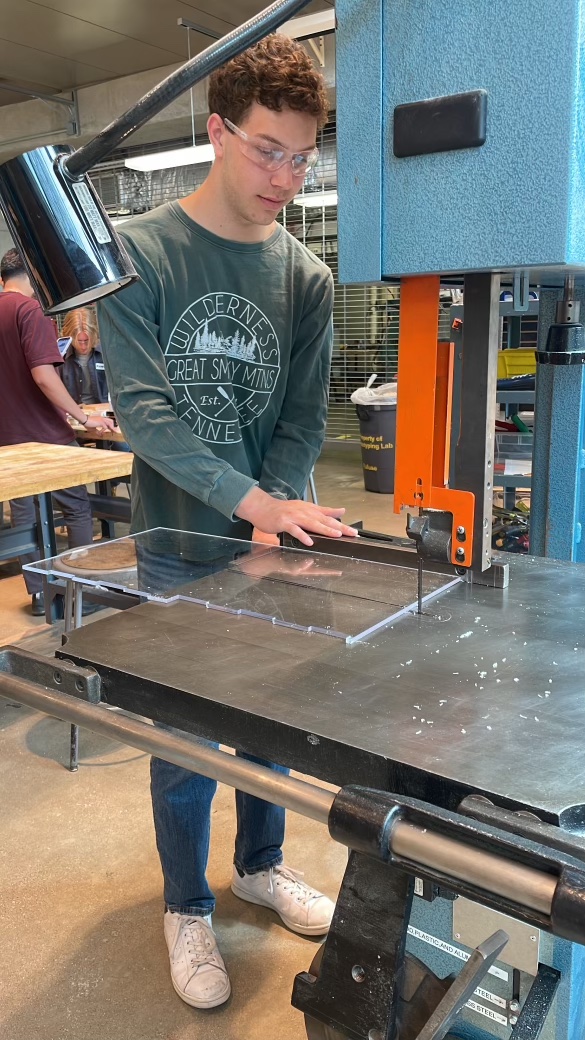
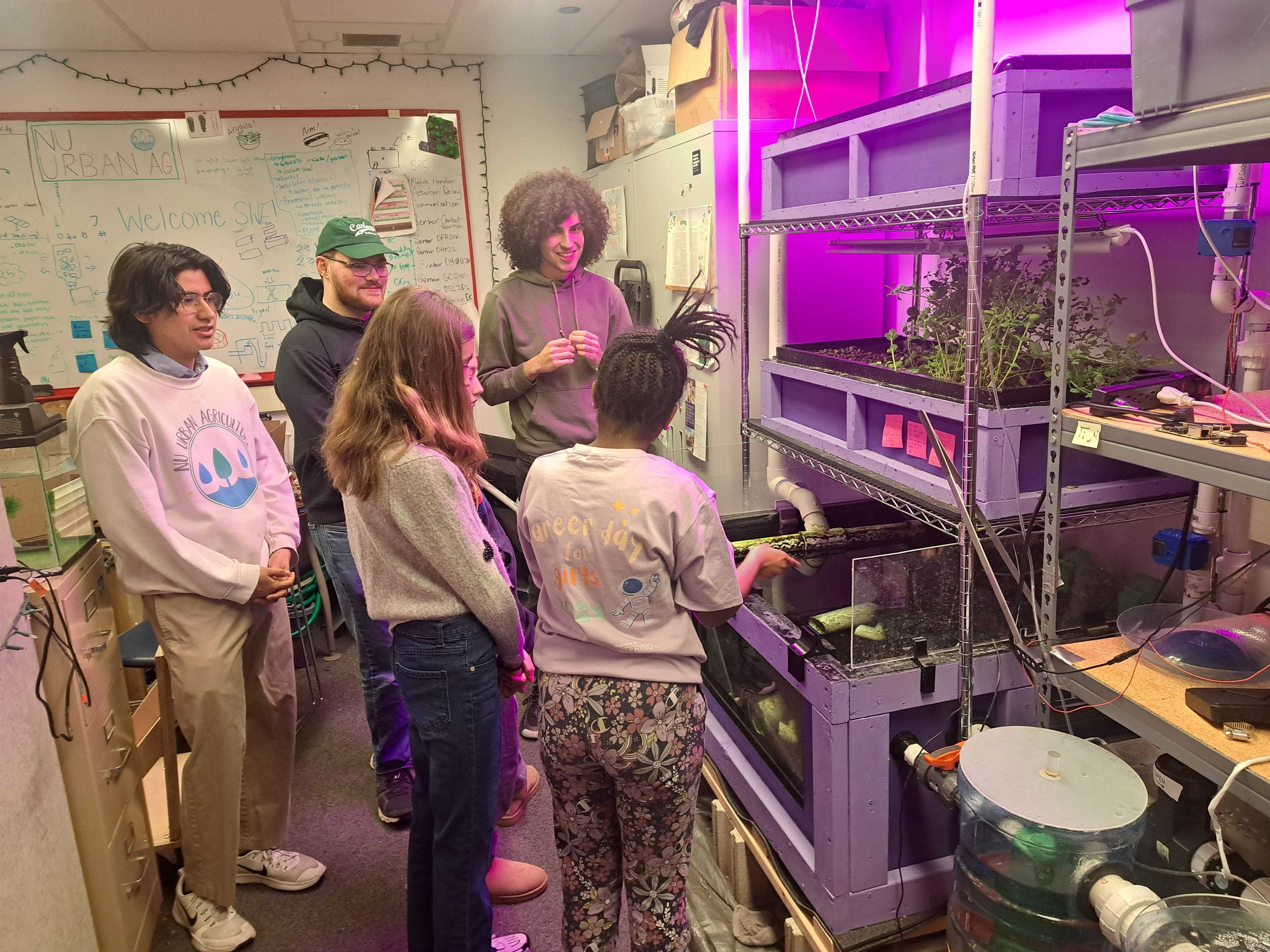

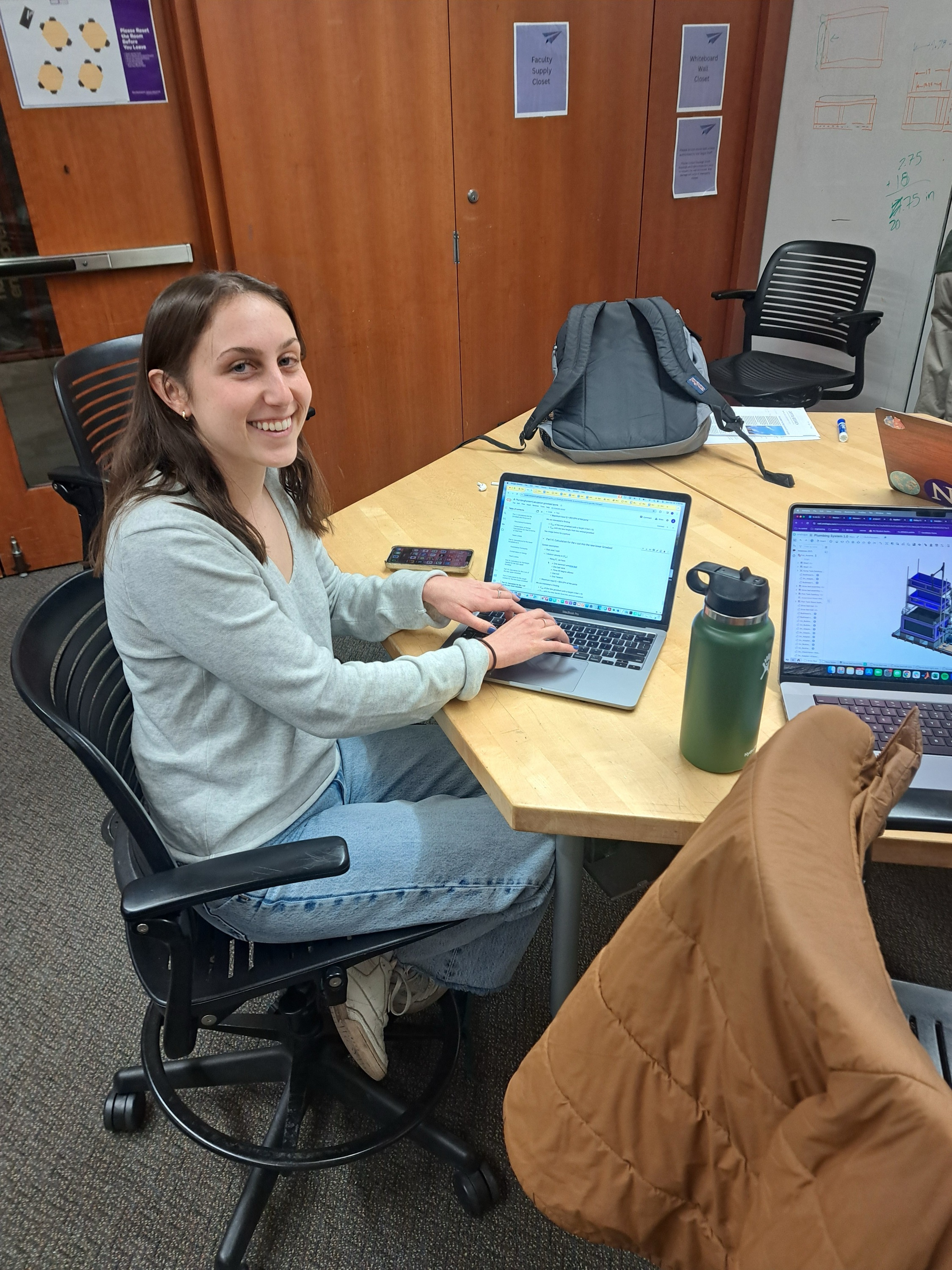
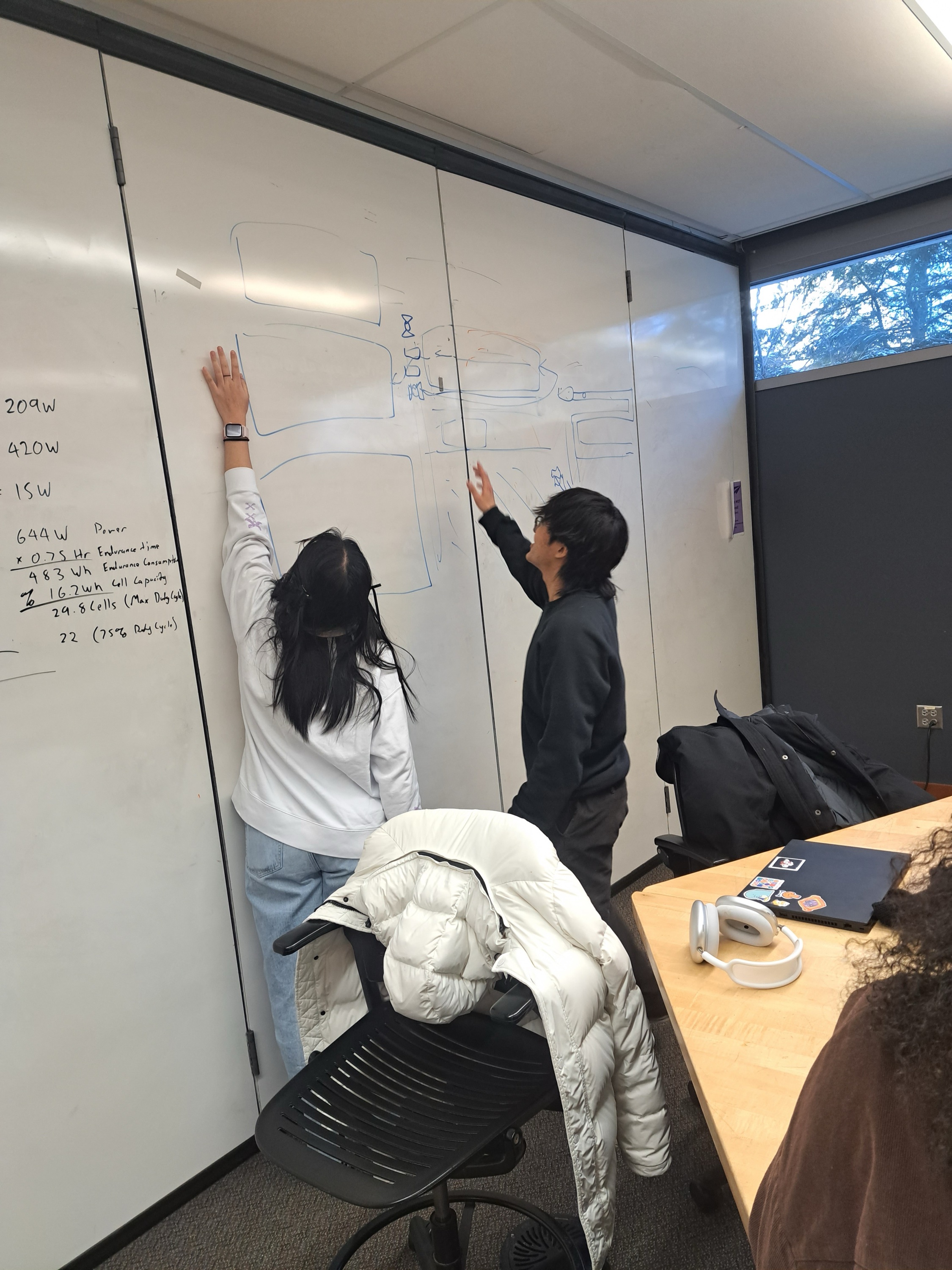
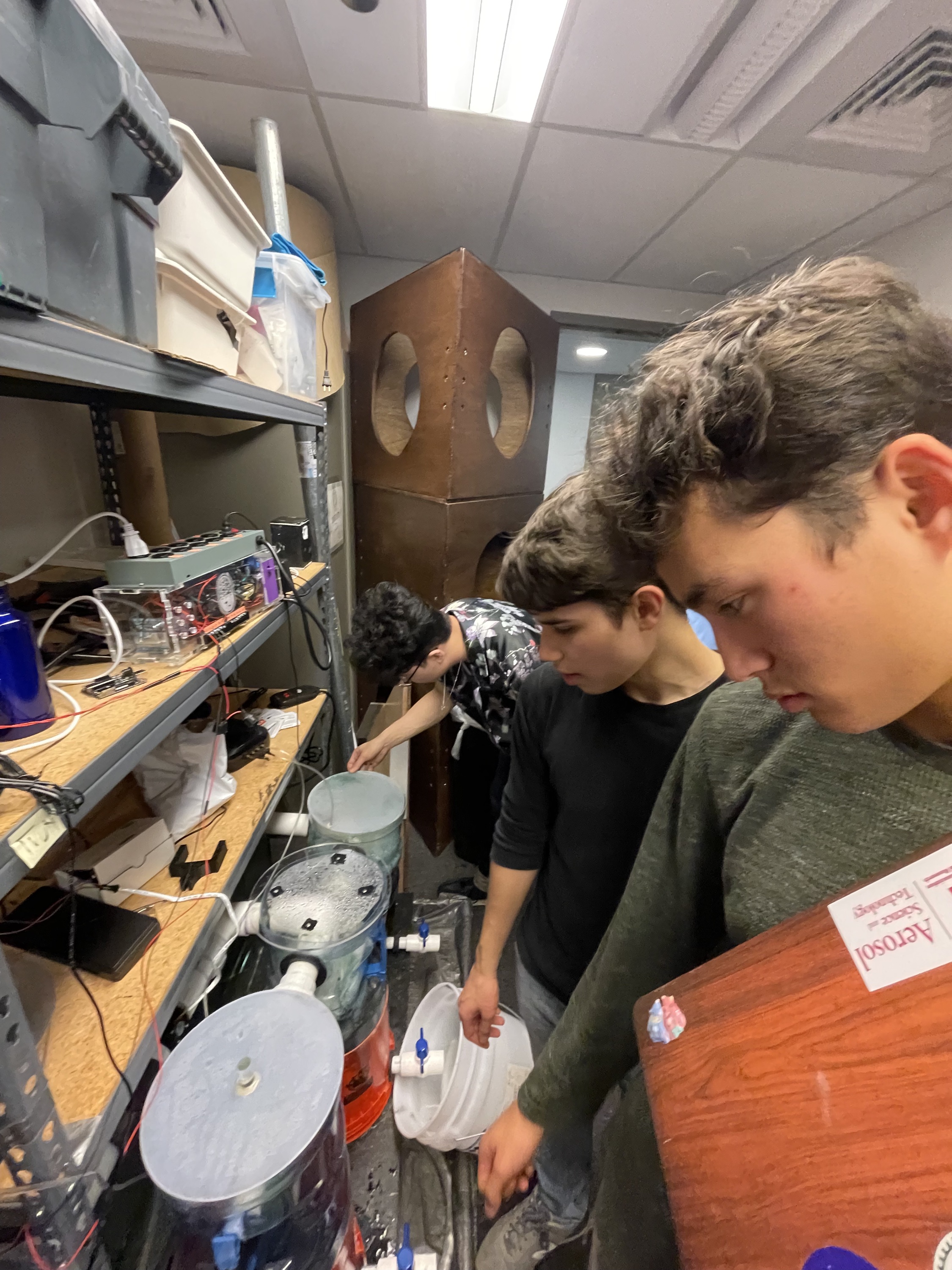
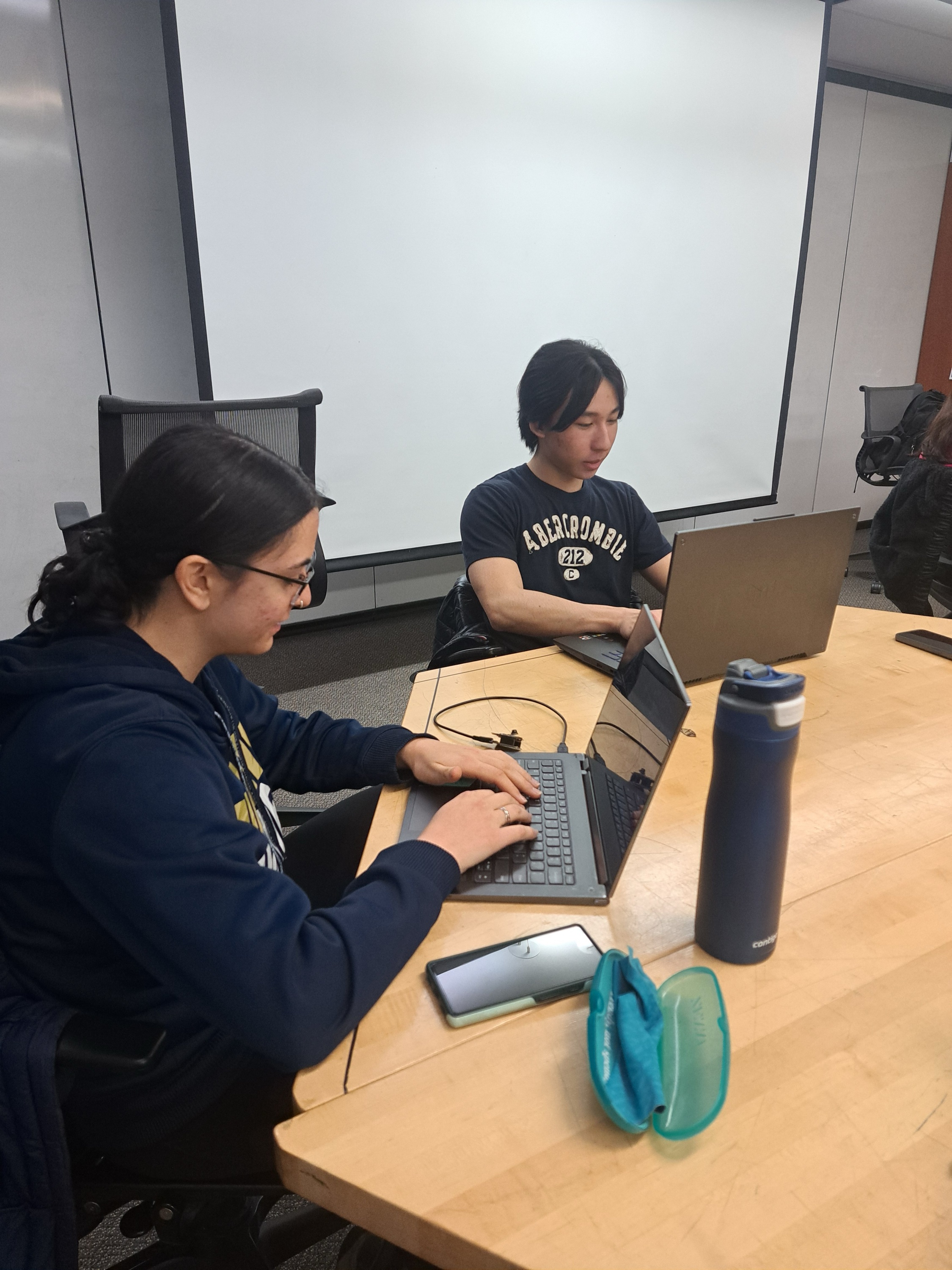
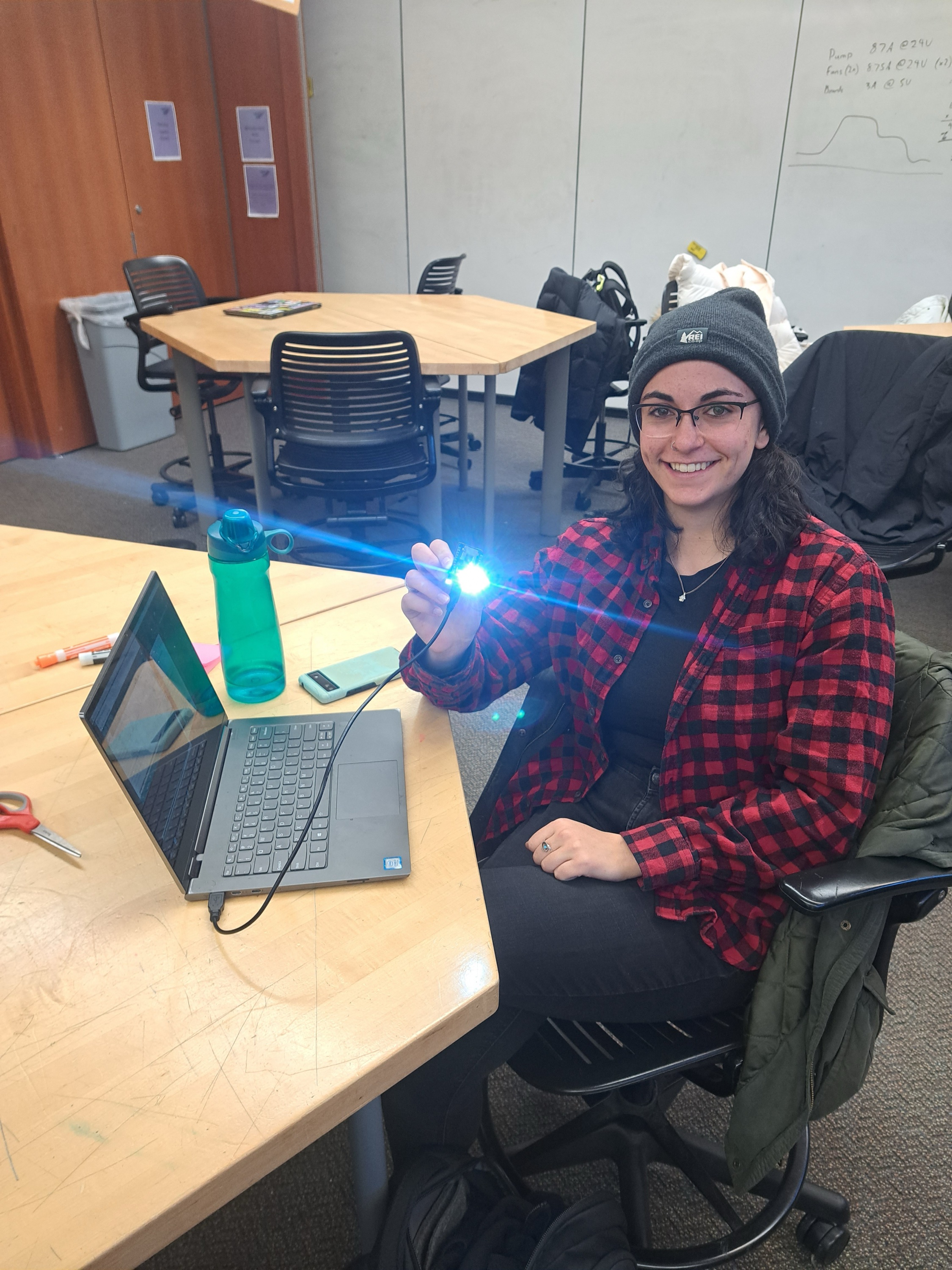
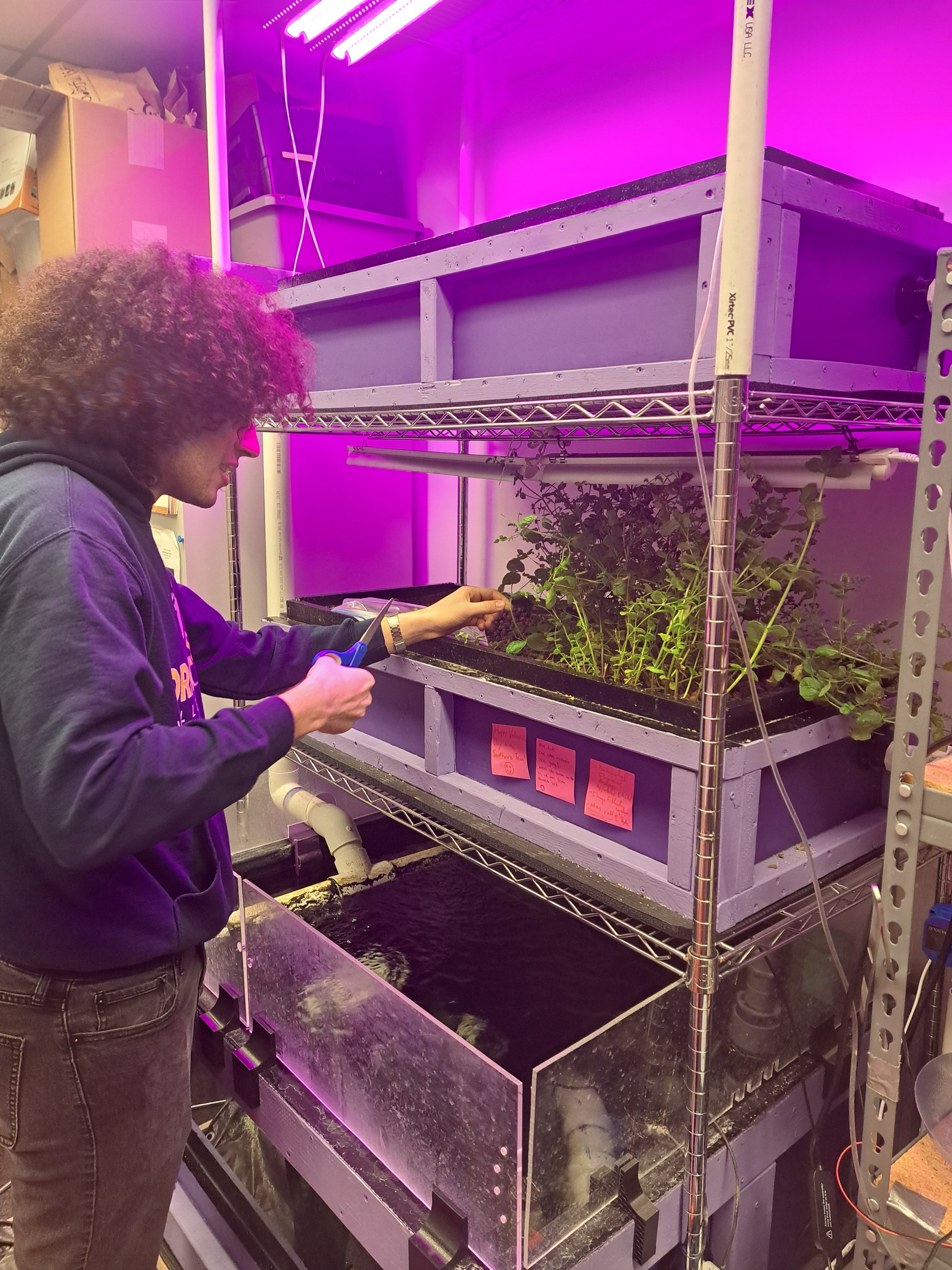

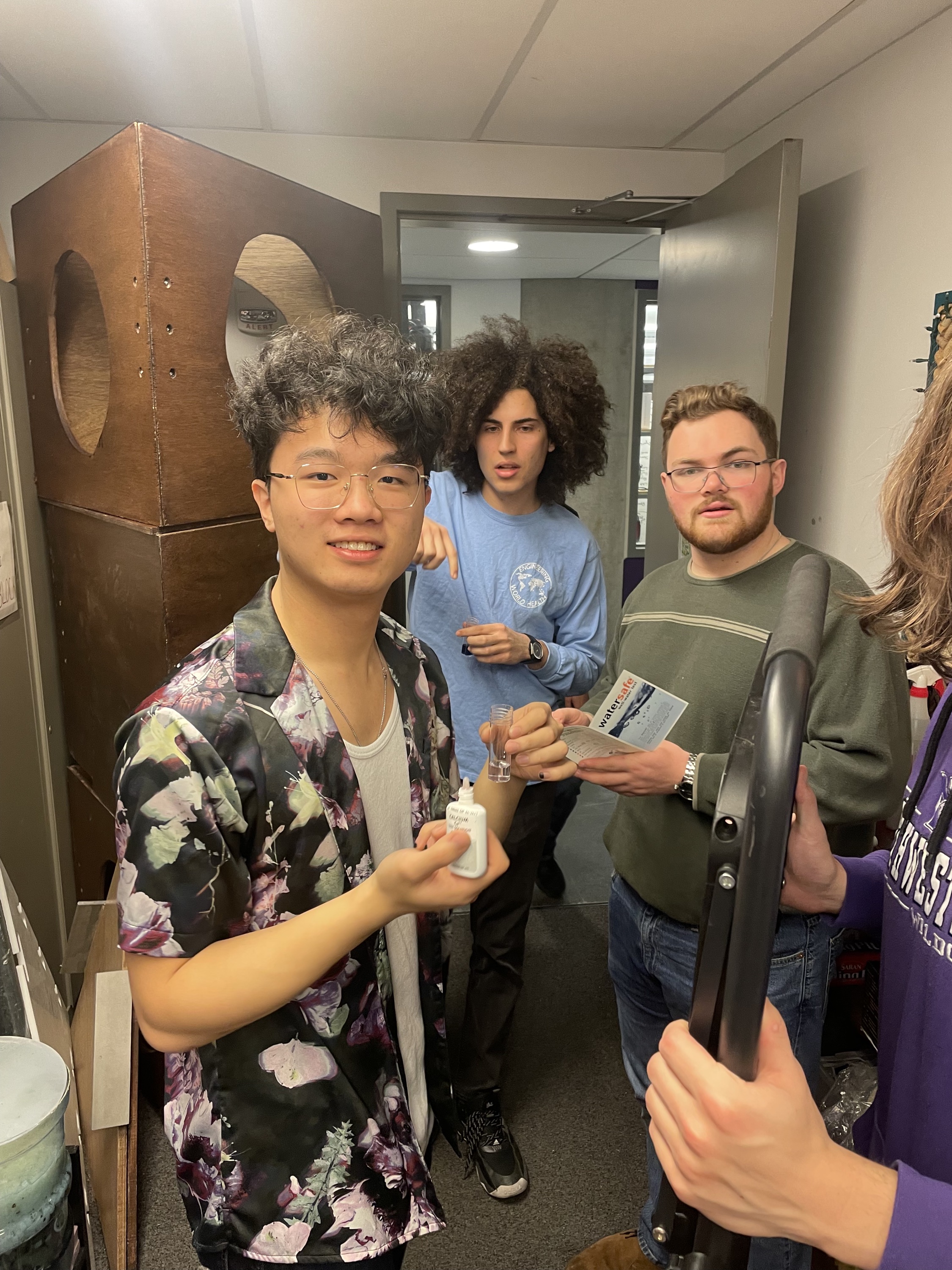

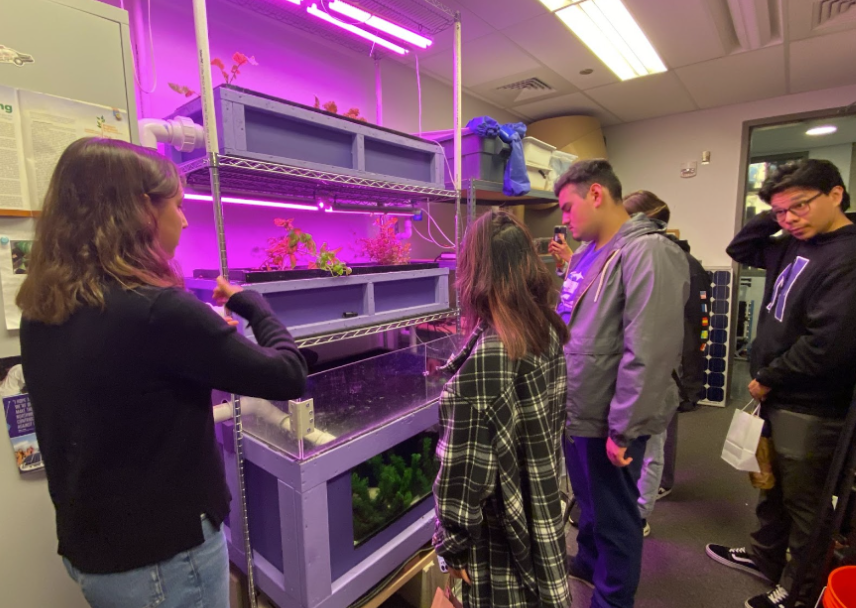
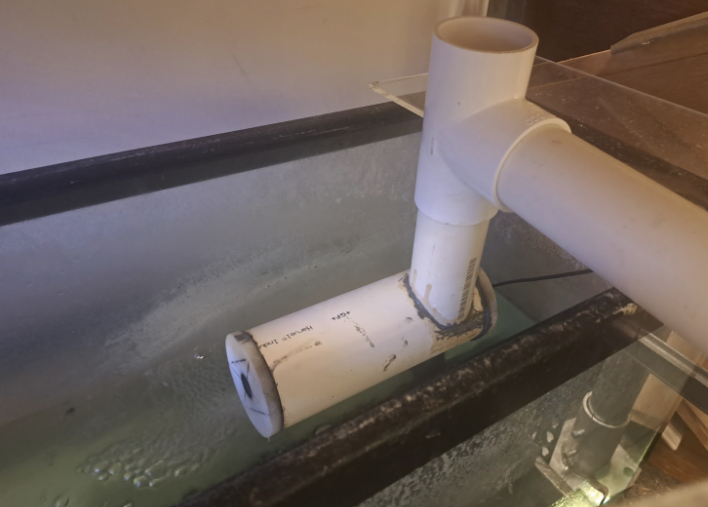
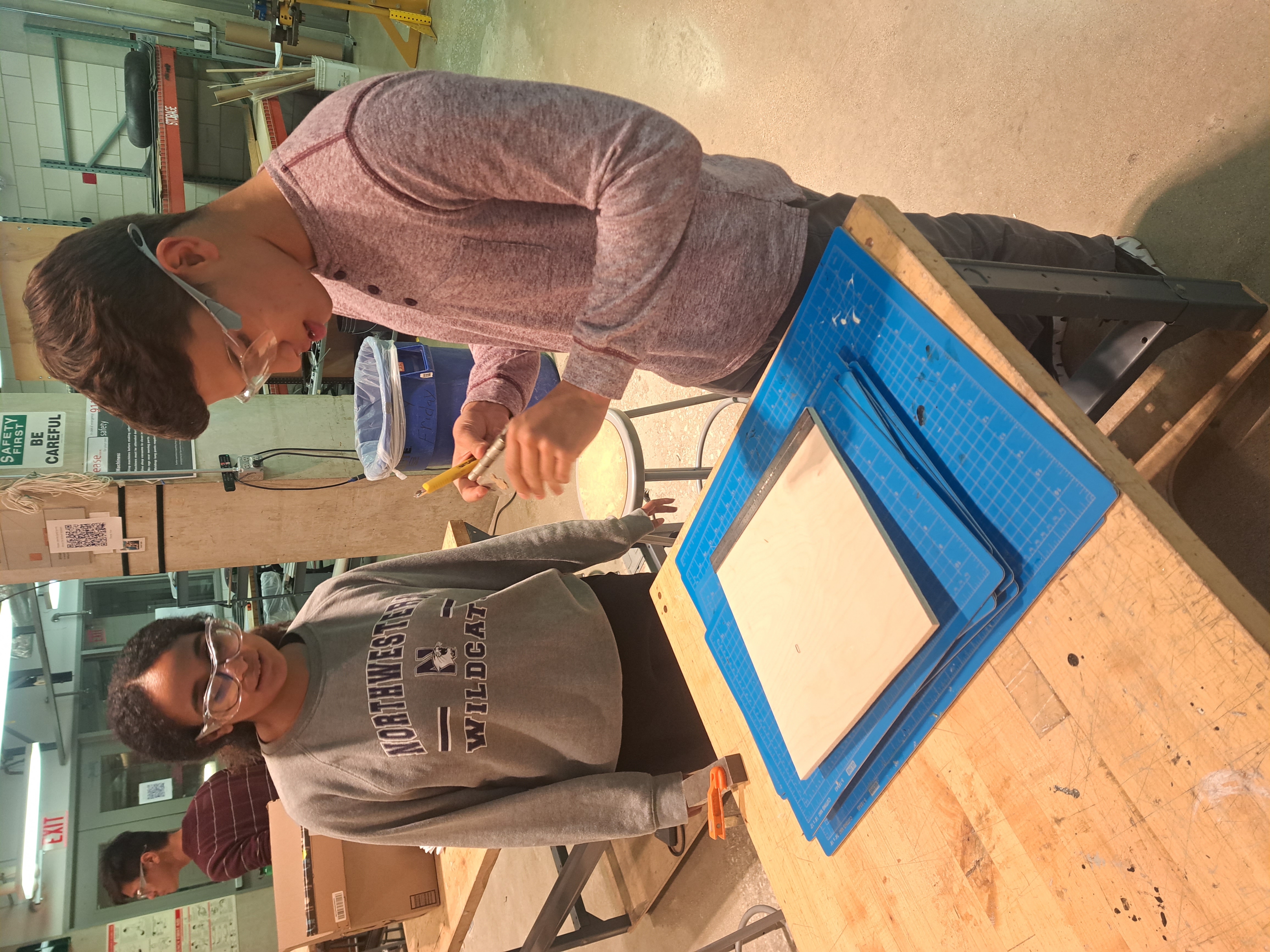
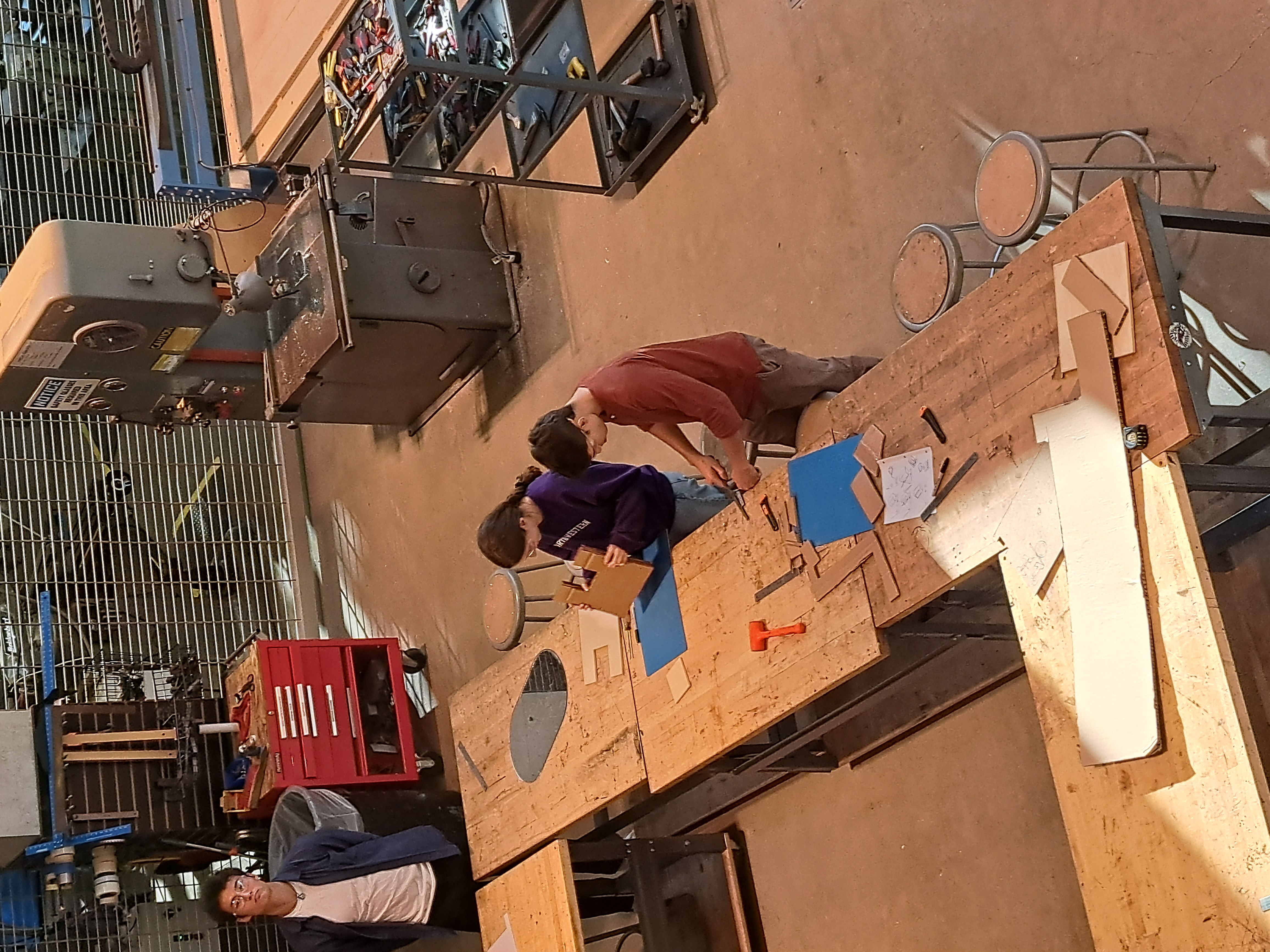
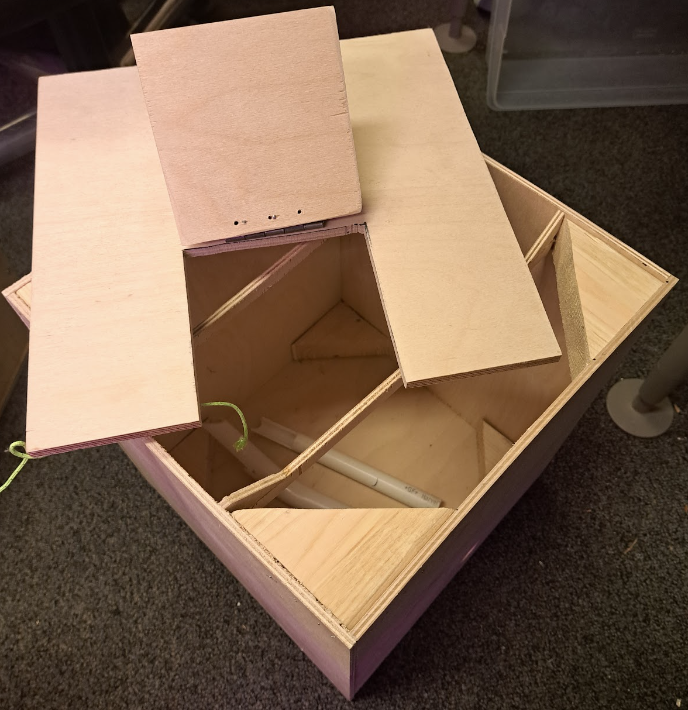
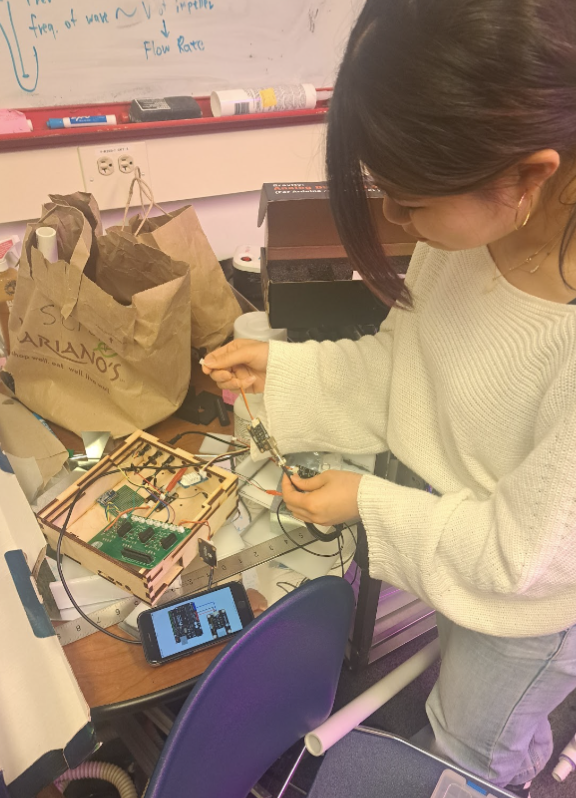

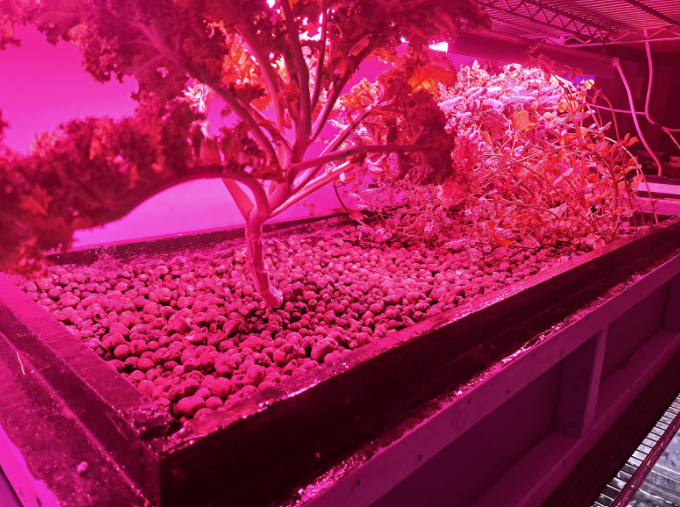
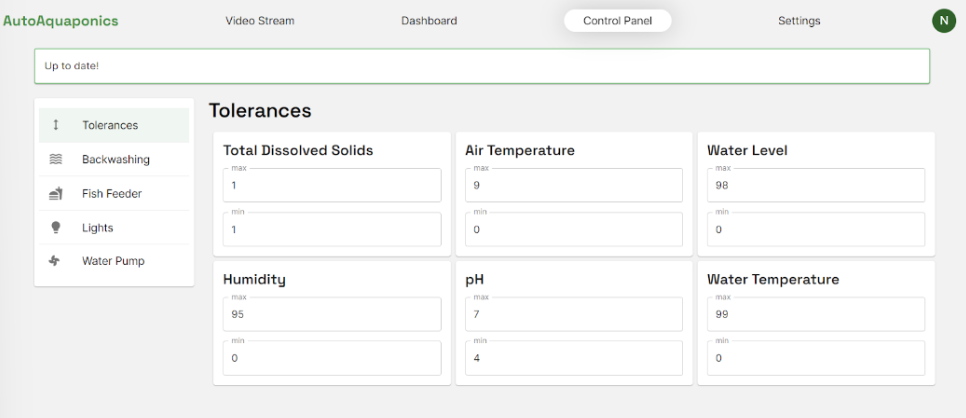 Lev and Zach making updates to the website:
Lev and Zach making updates to the website:
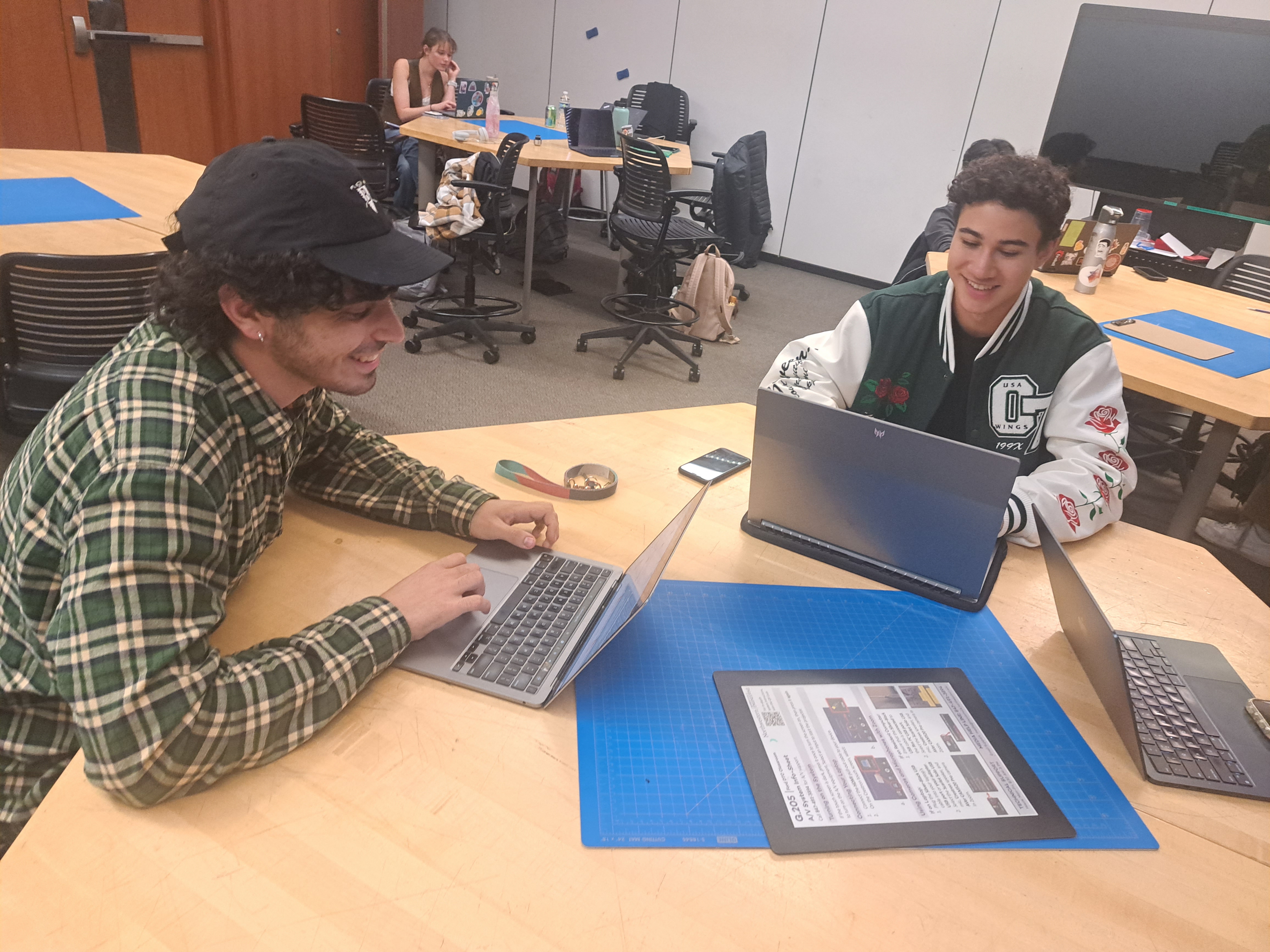
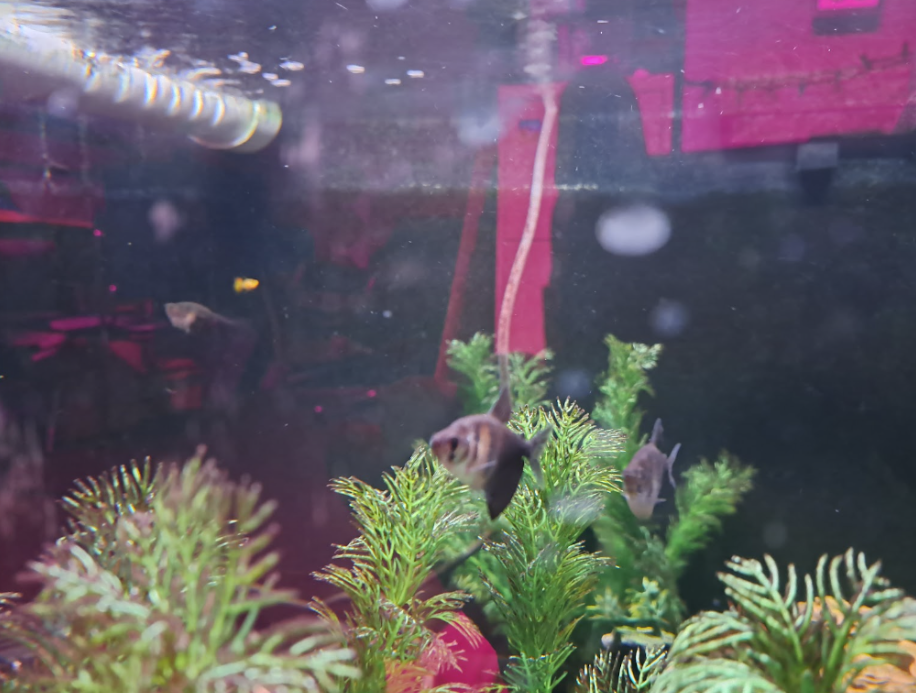
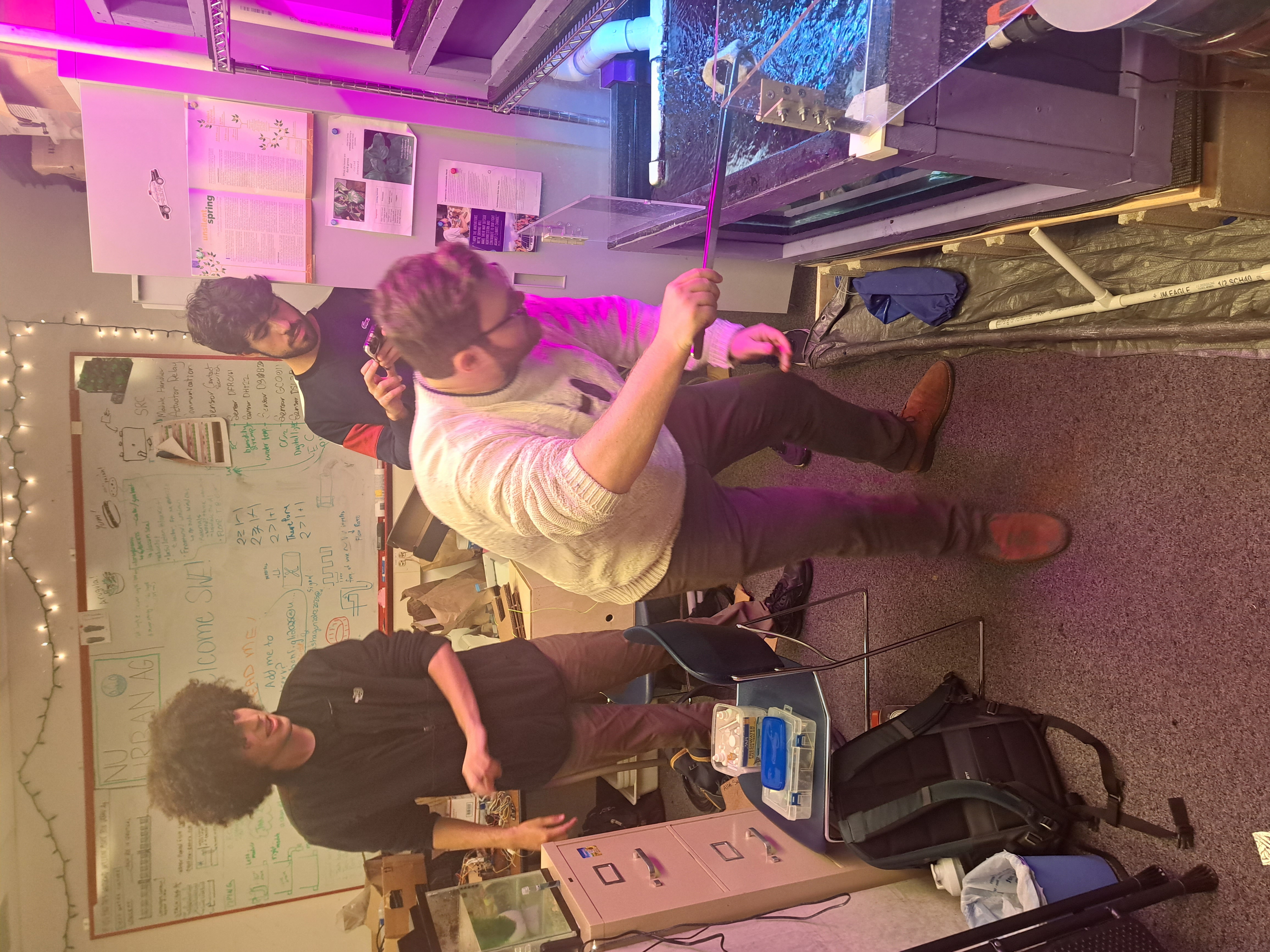
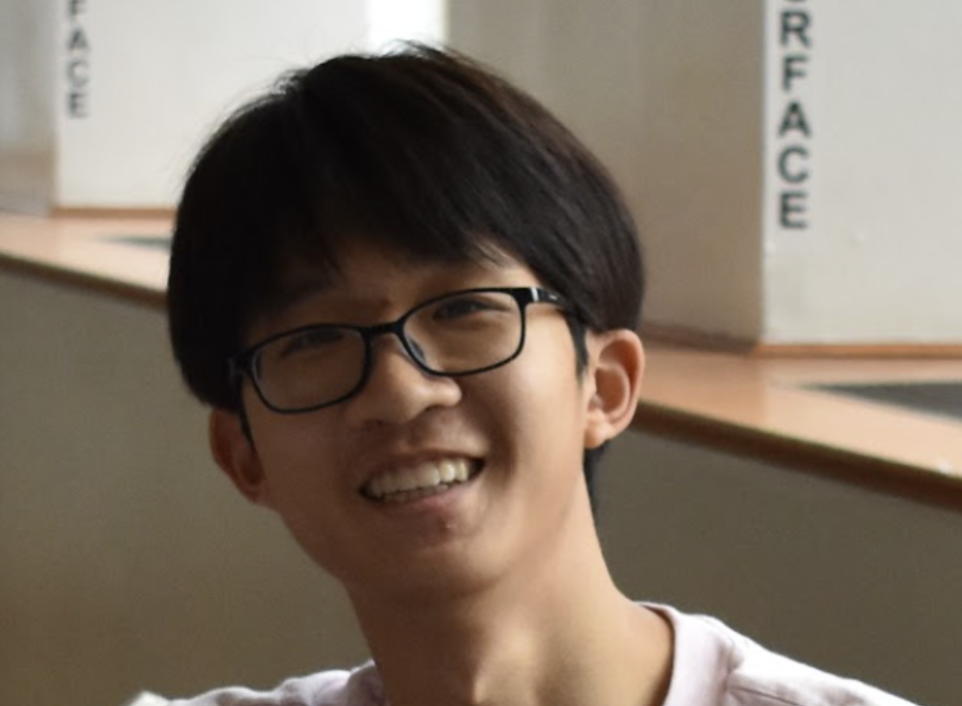
















 Intense discussion on how to adjust RGB values to output the correct color
Intense discussion on how to adjust RGB values to output the correct color Tinkering with the colorimeter code
Tinkering with the colorimeter code













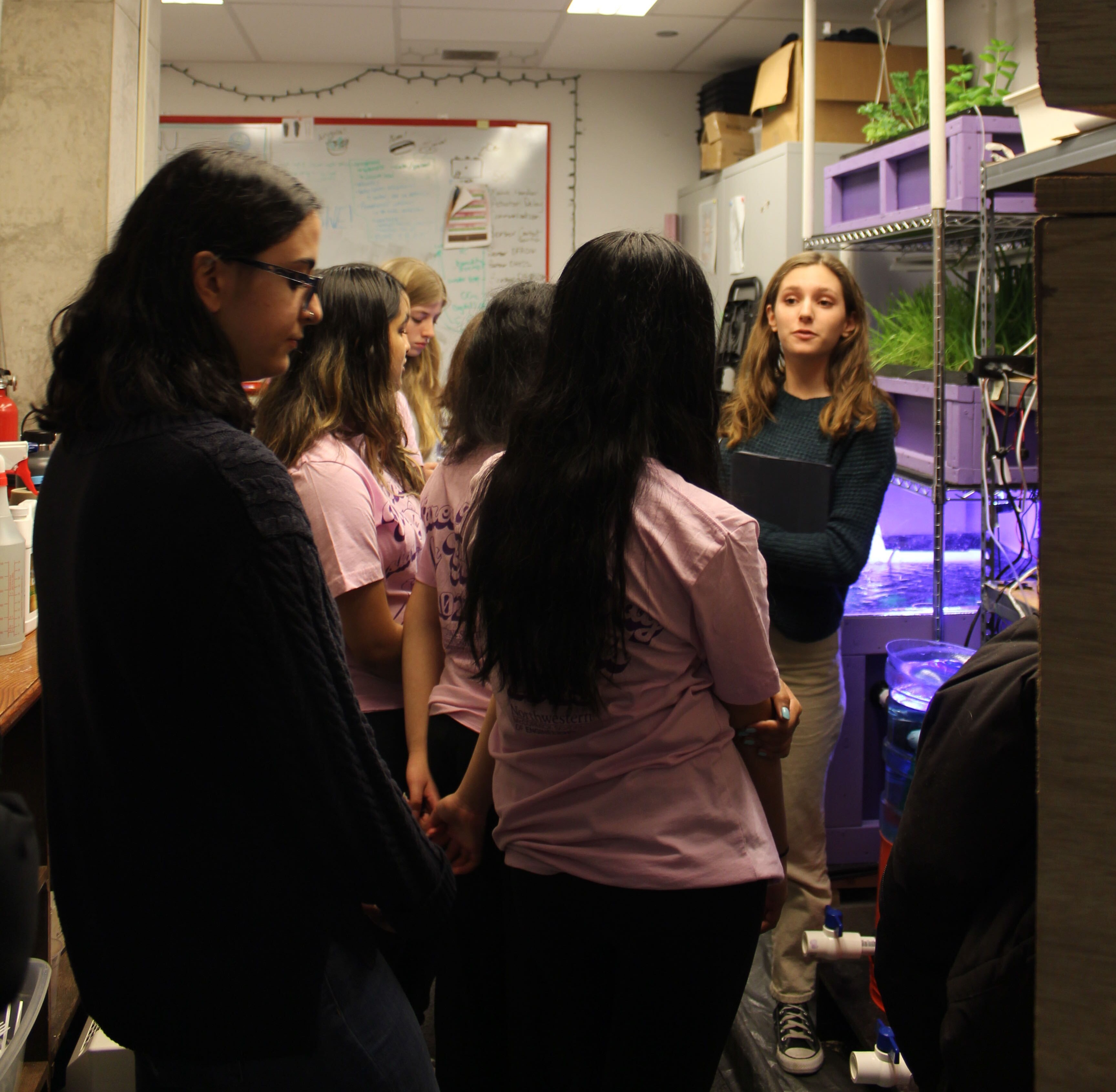
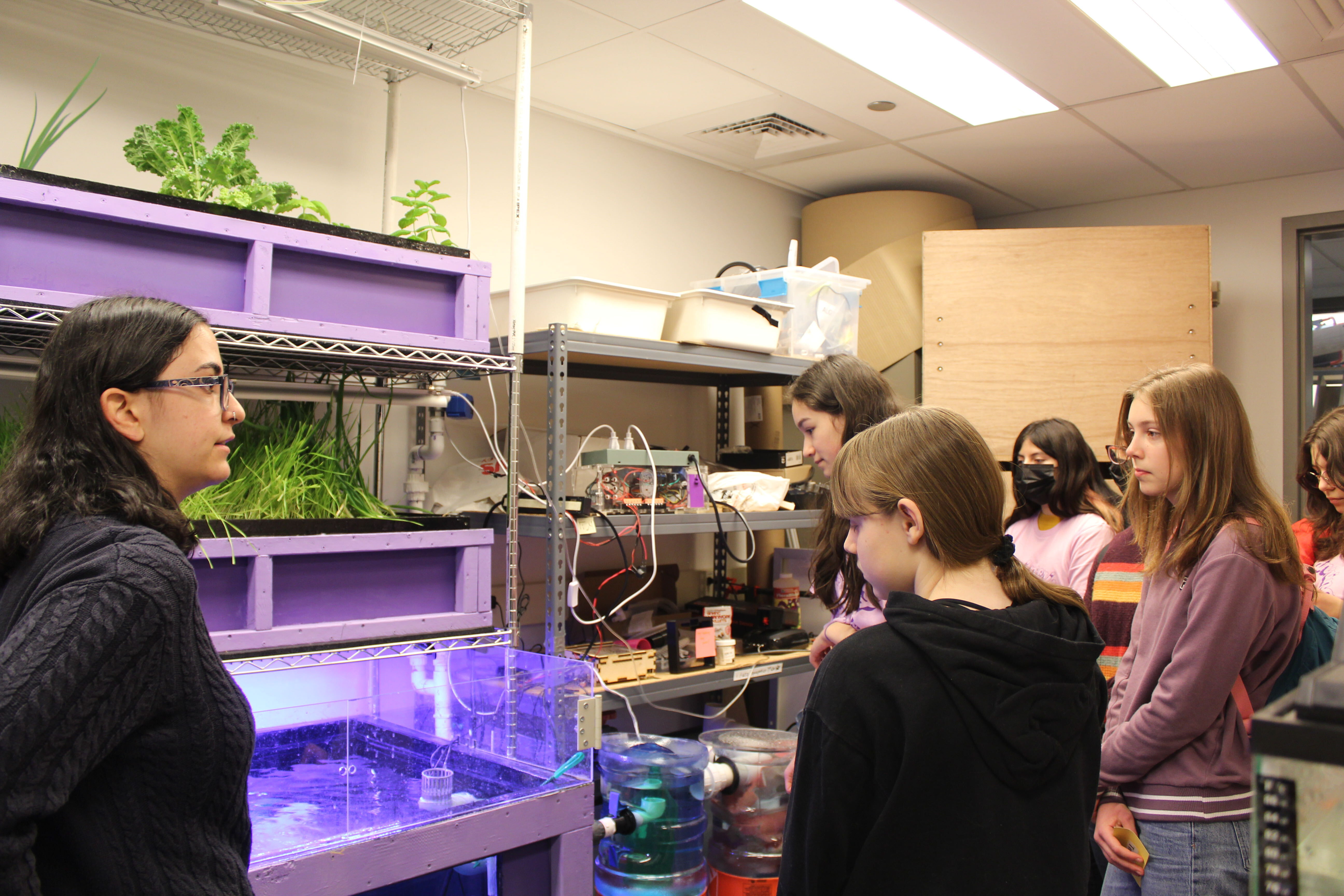











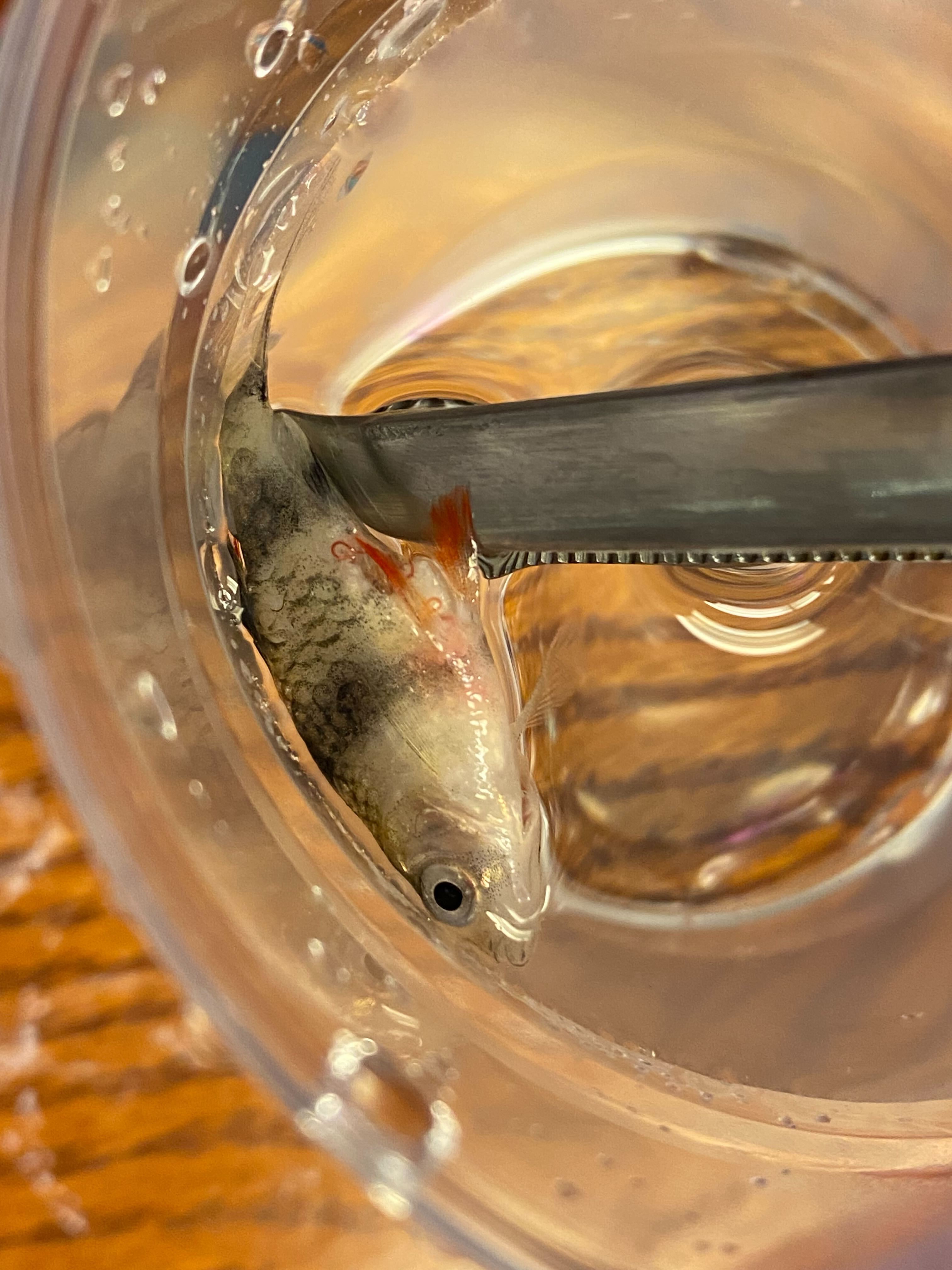
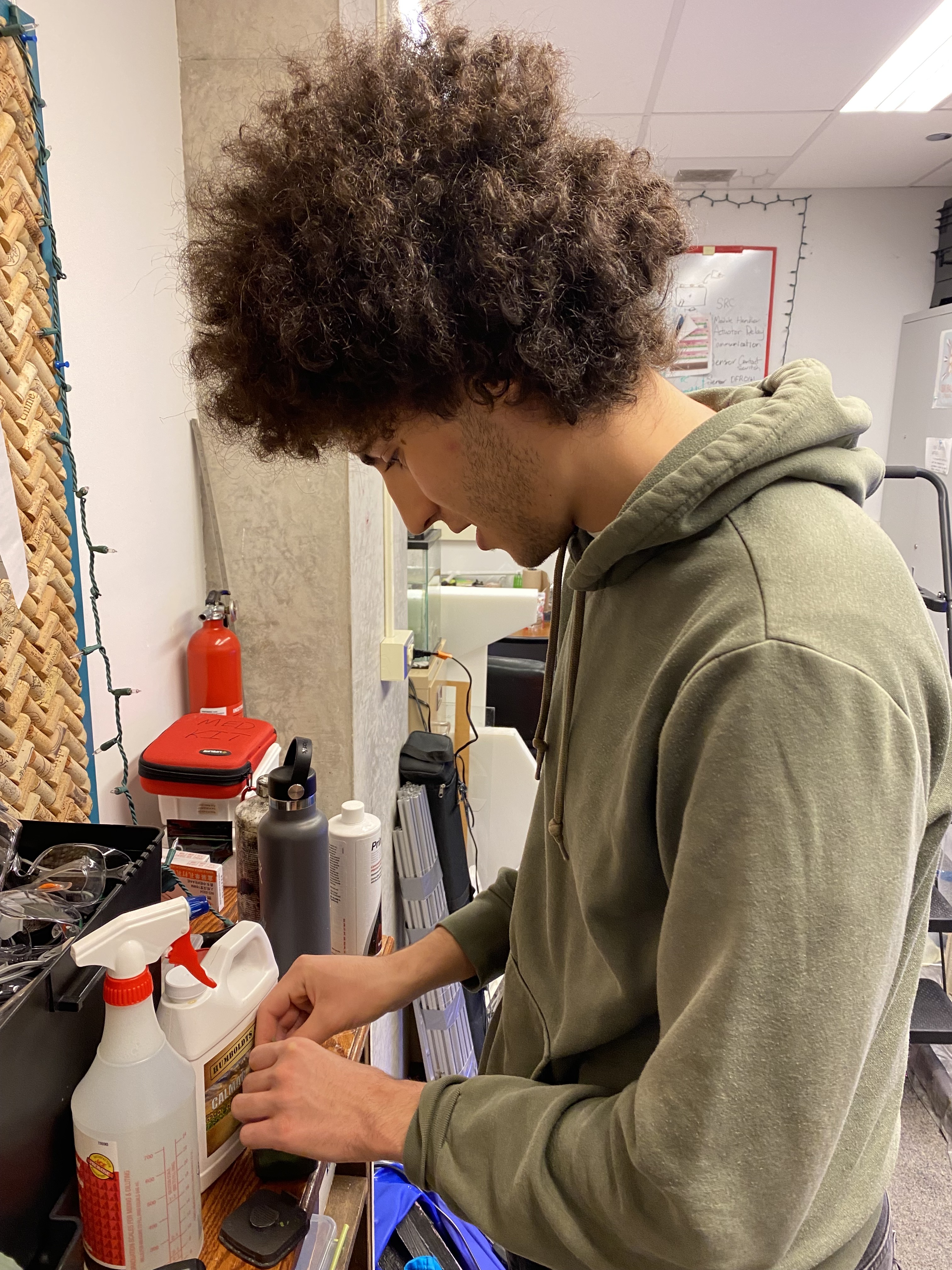
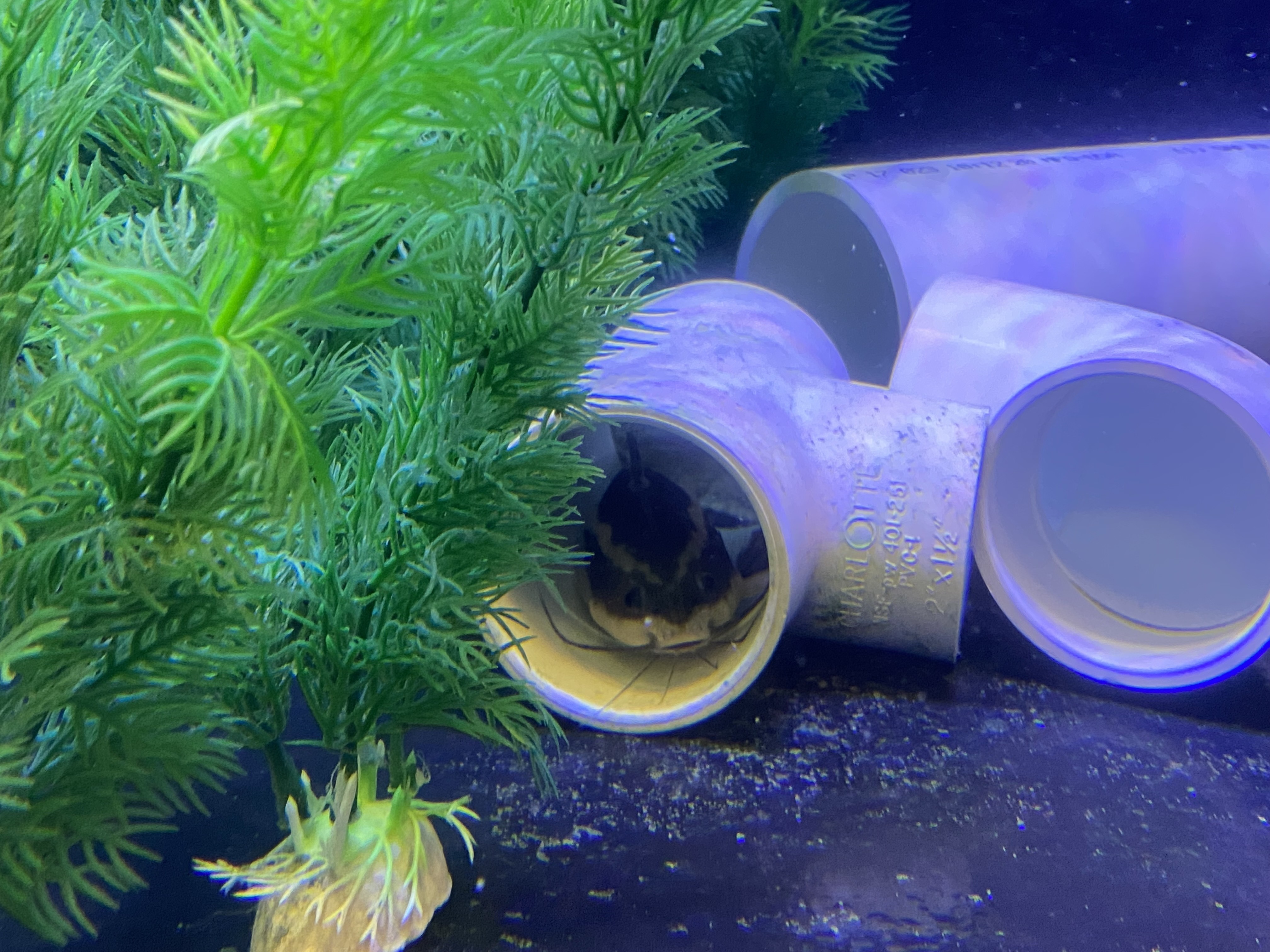

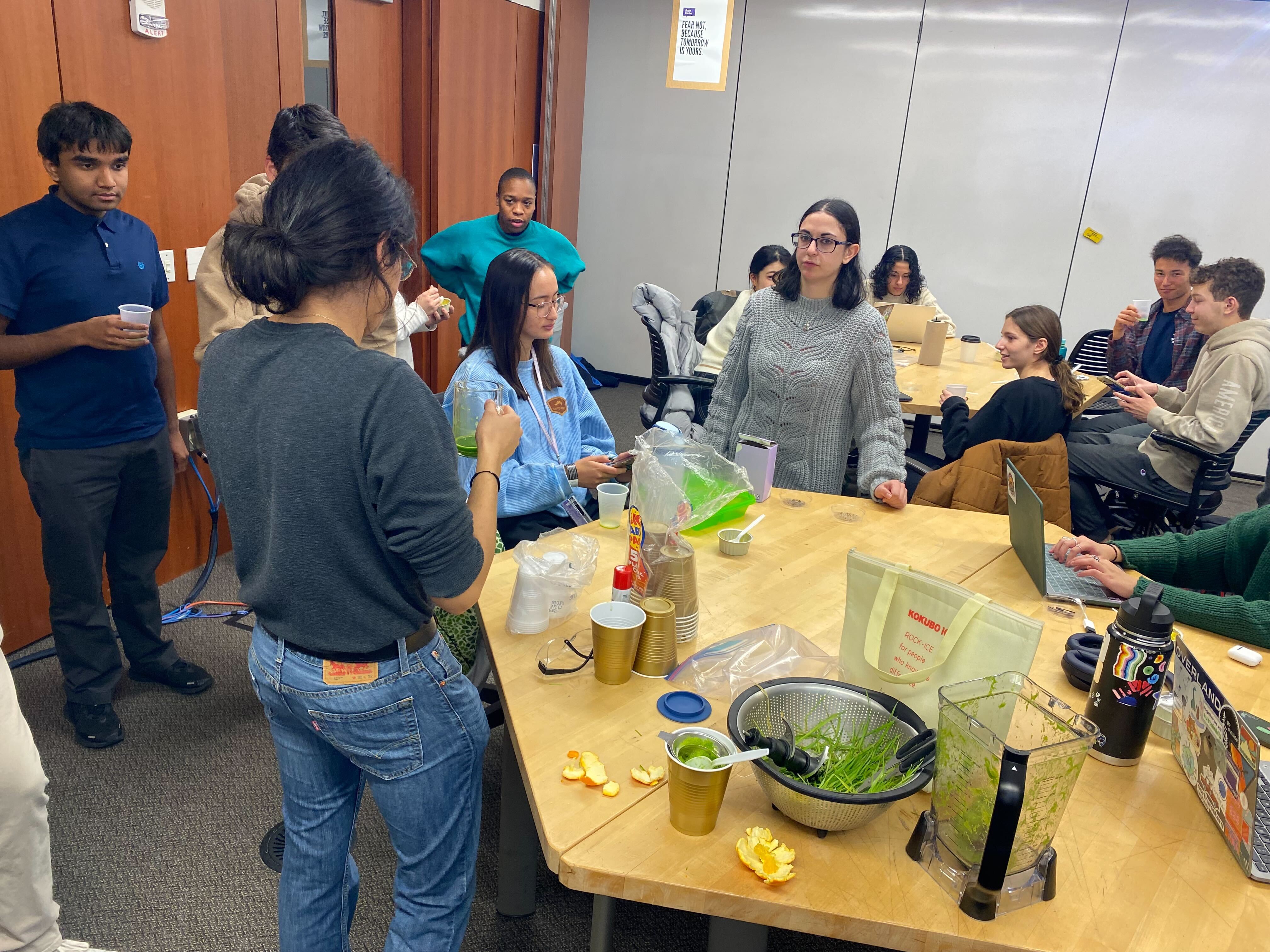
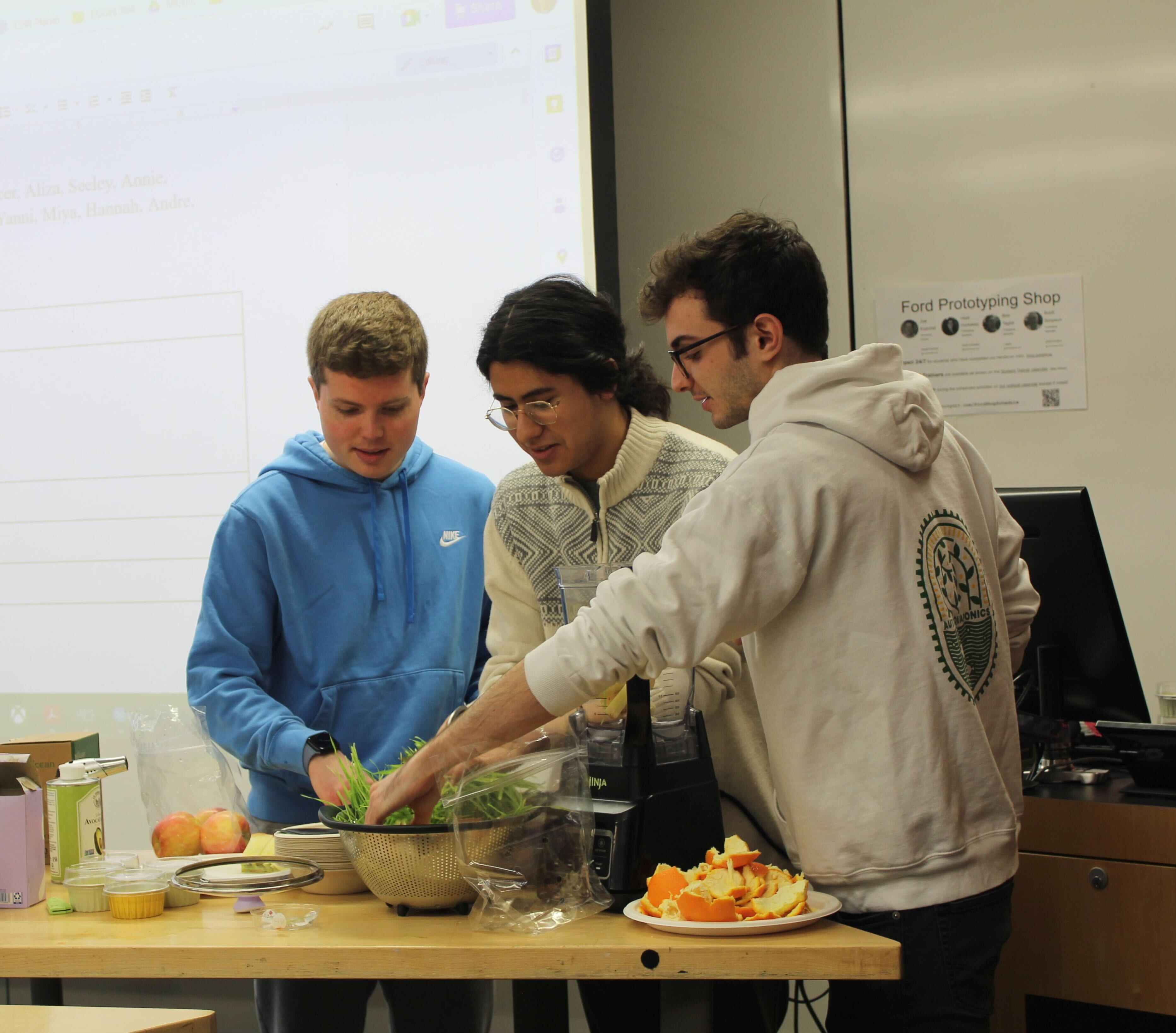
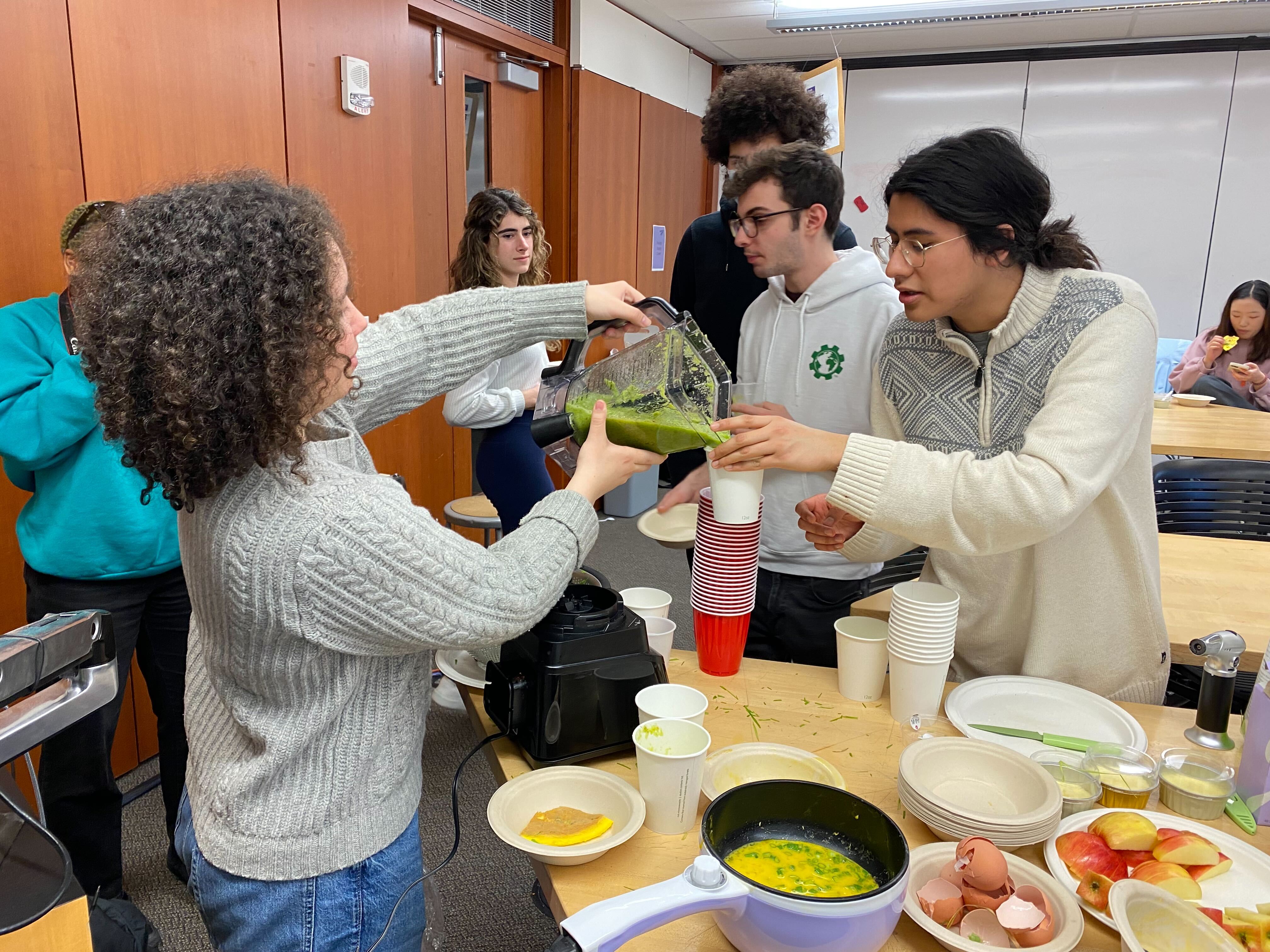
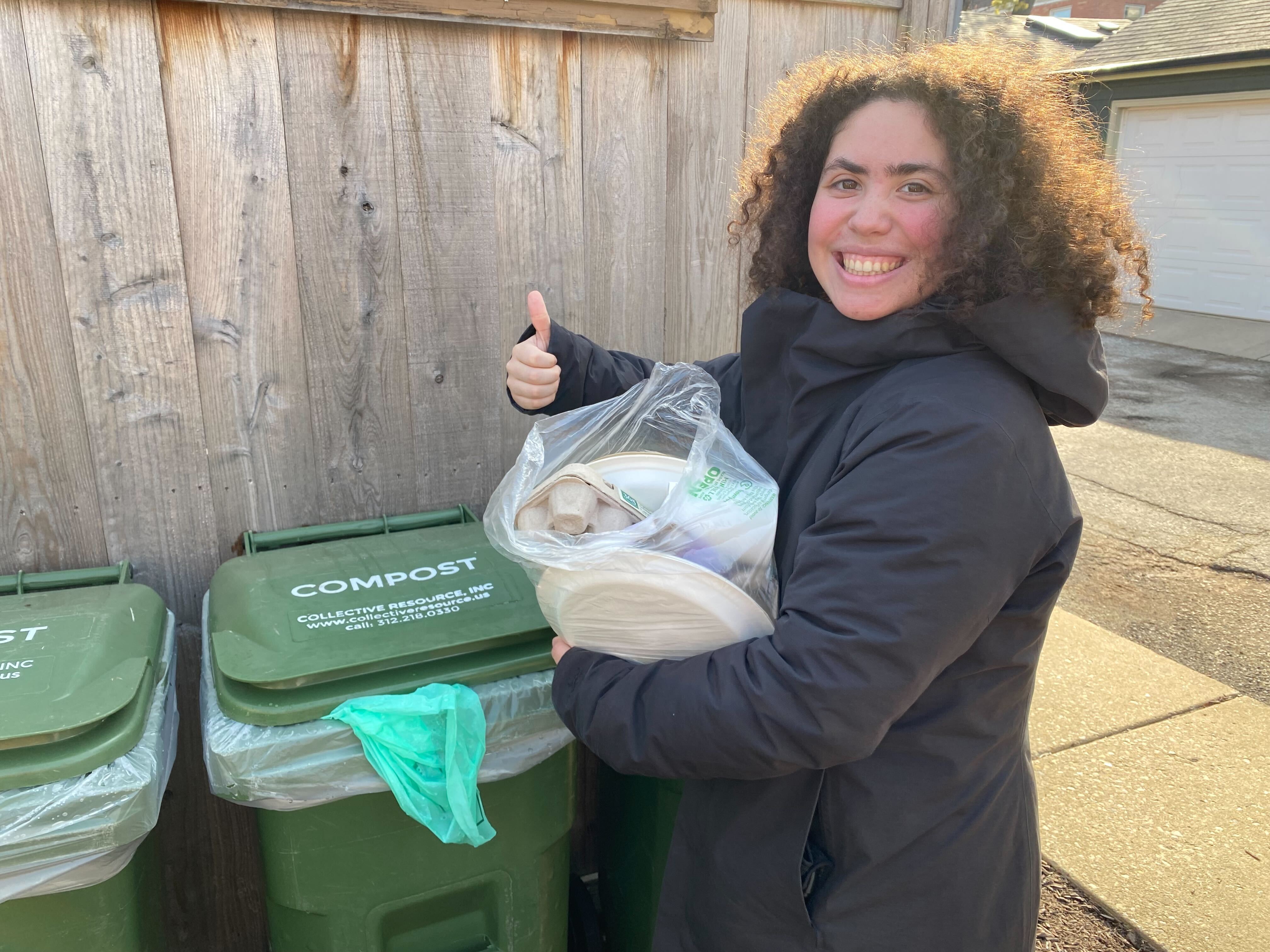
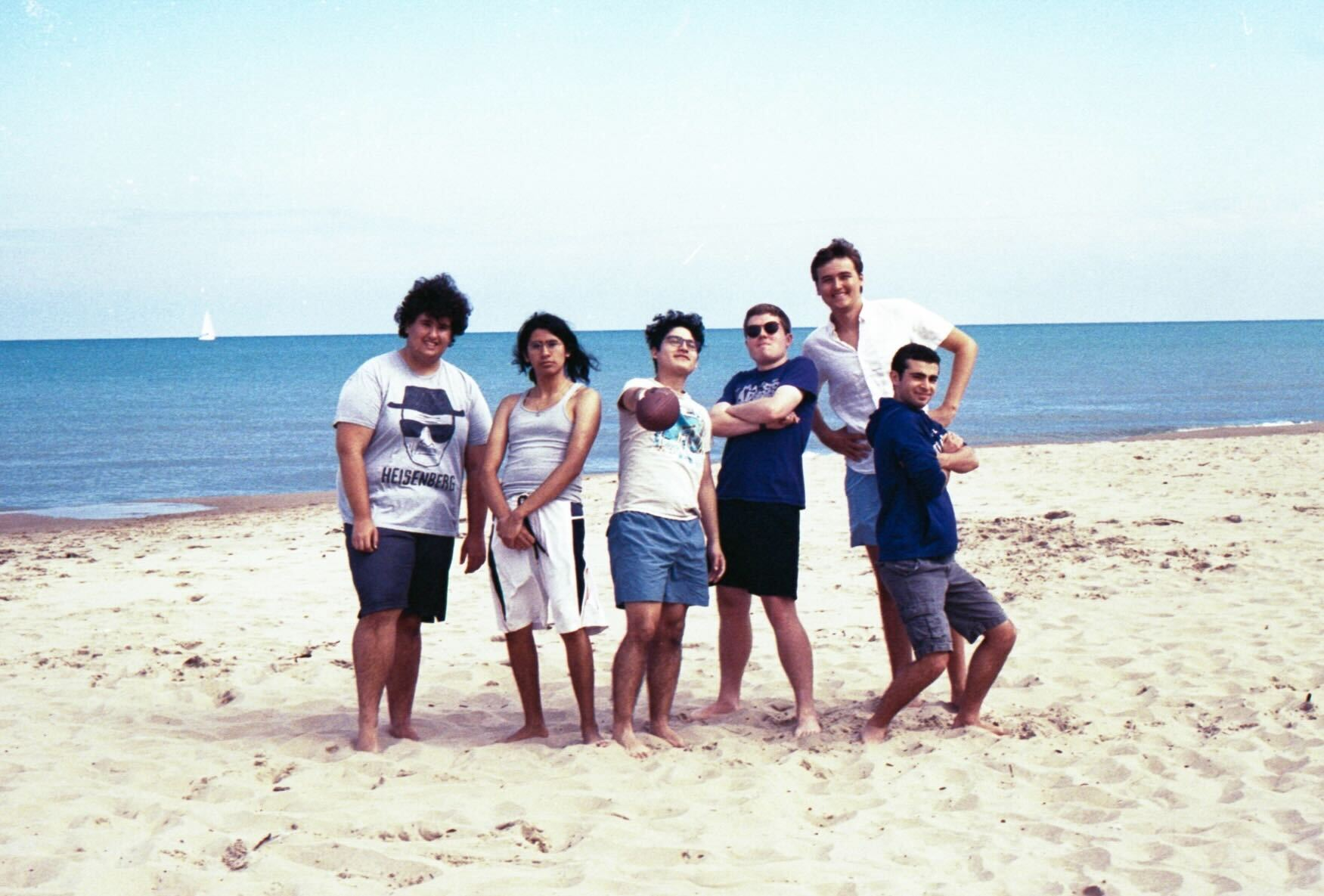
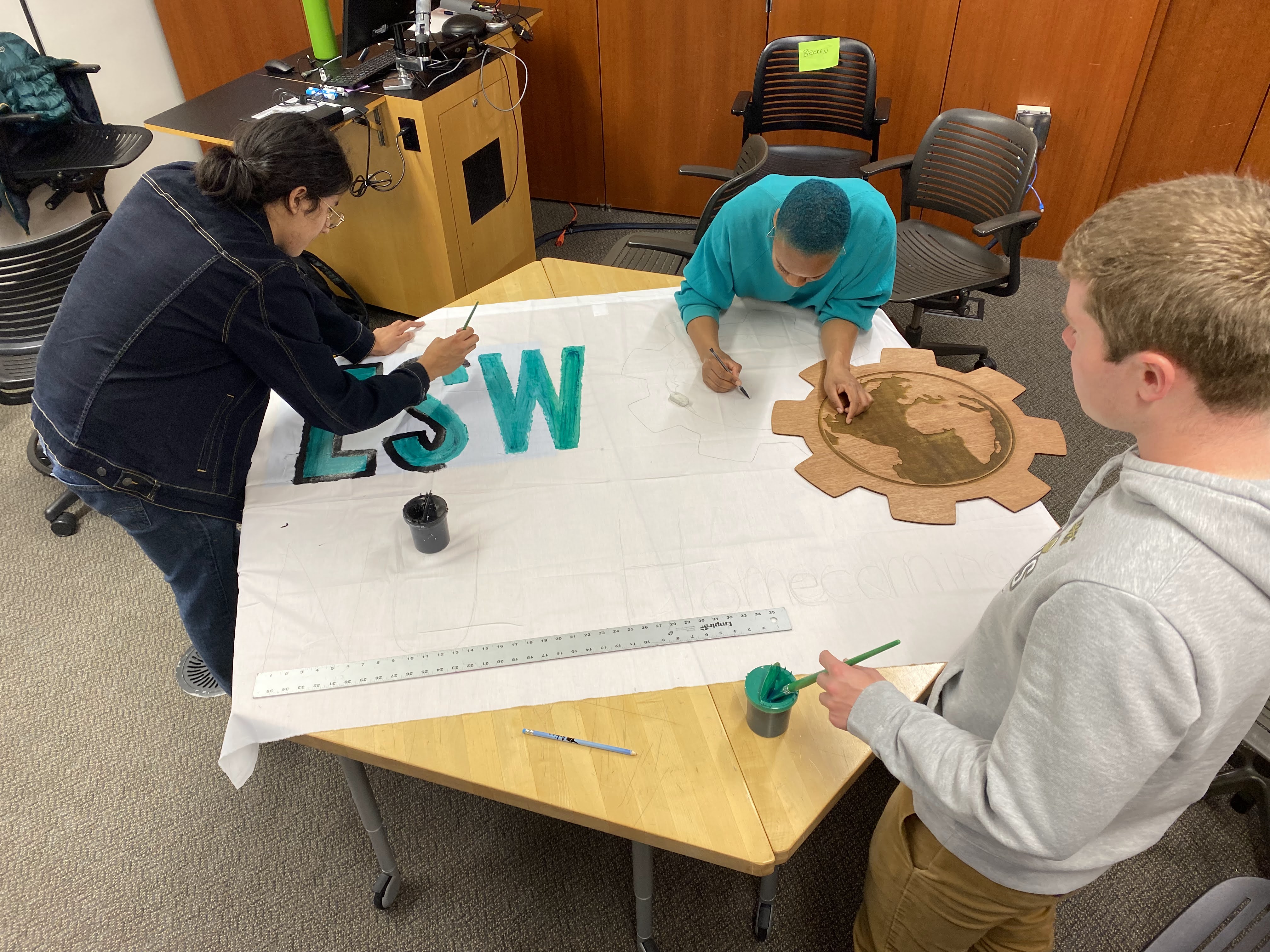
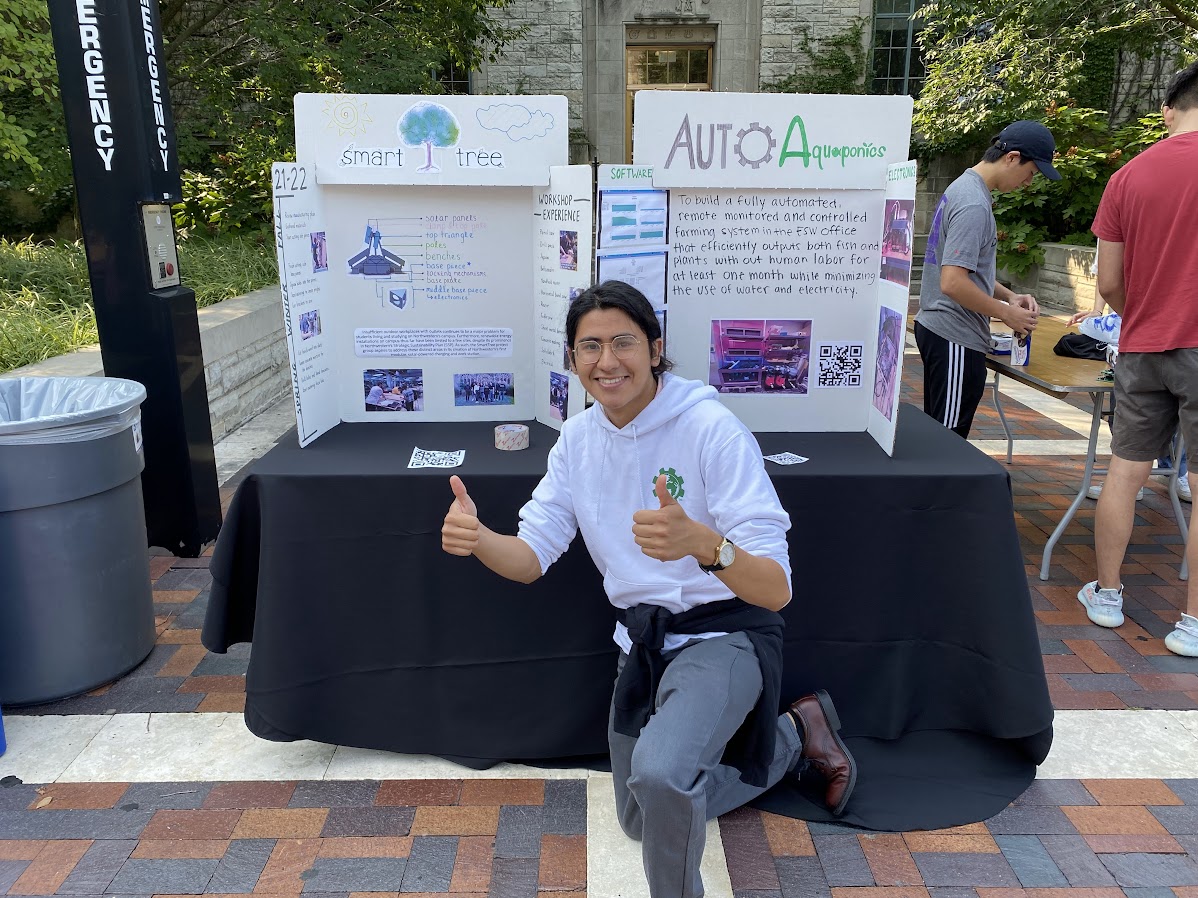
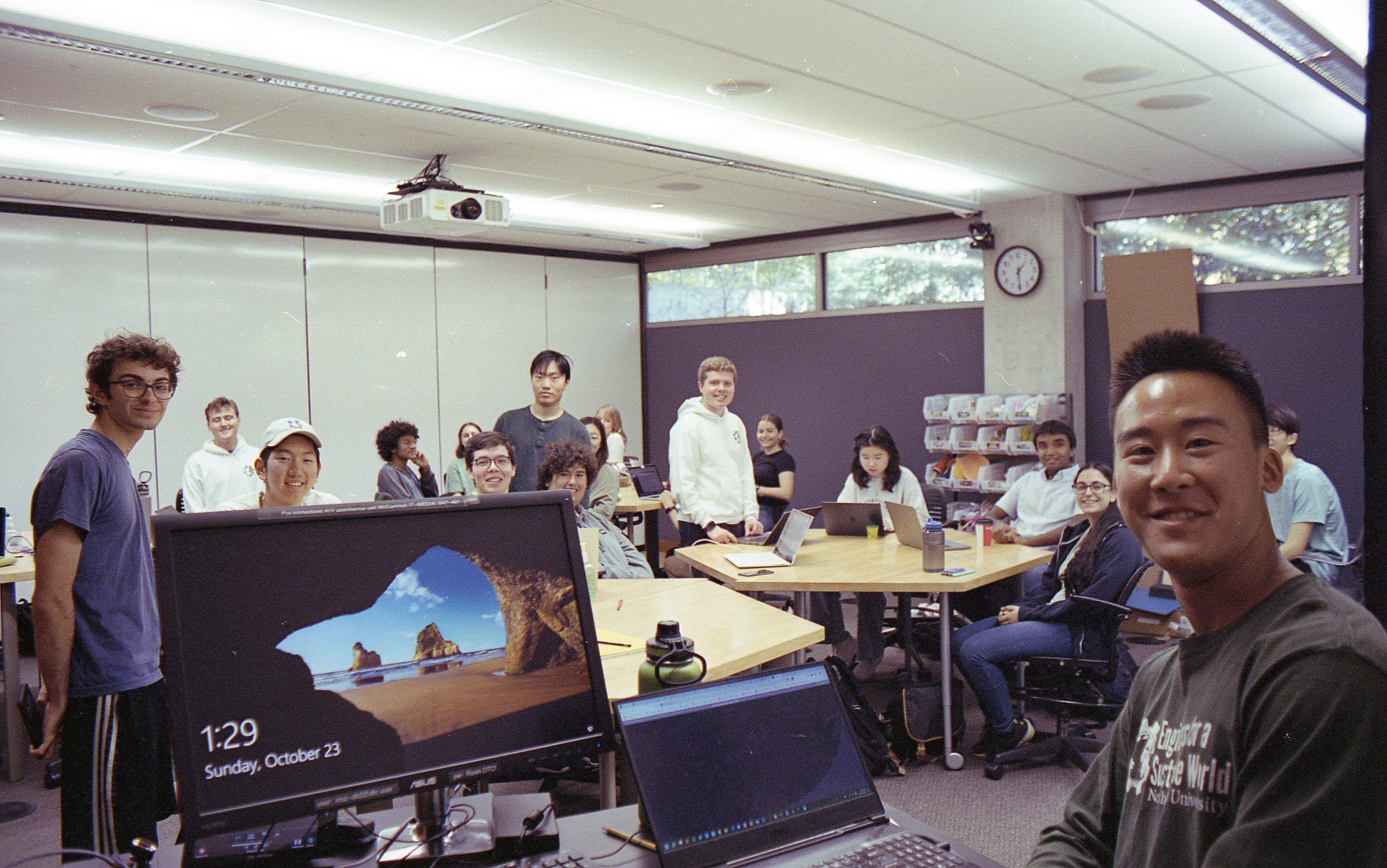
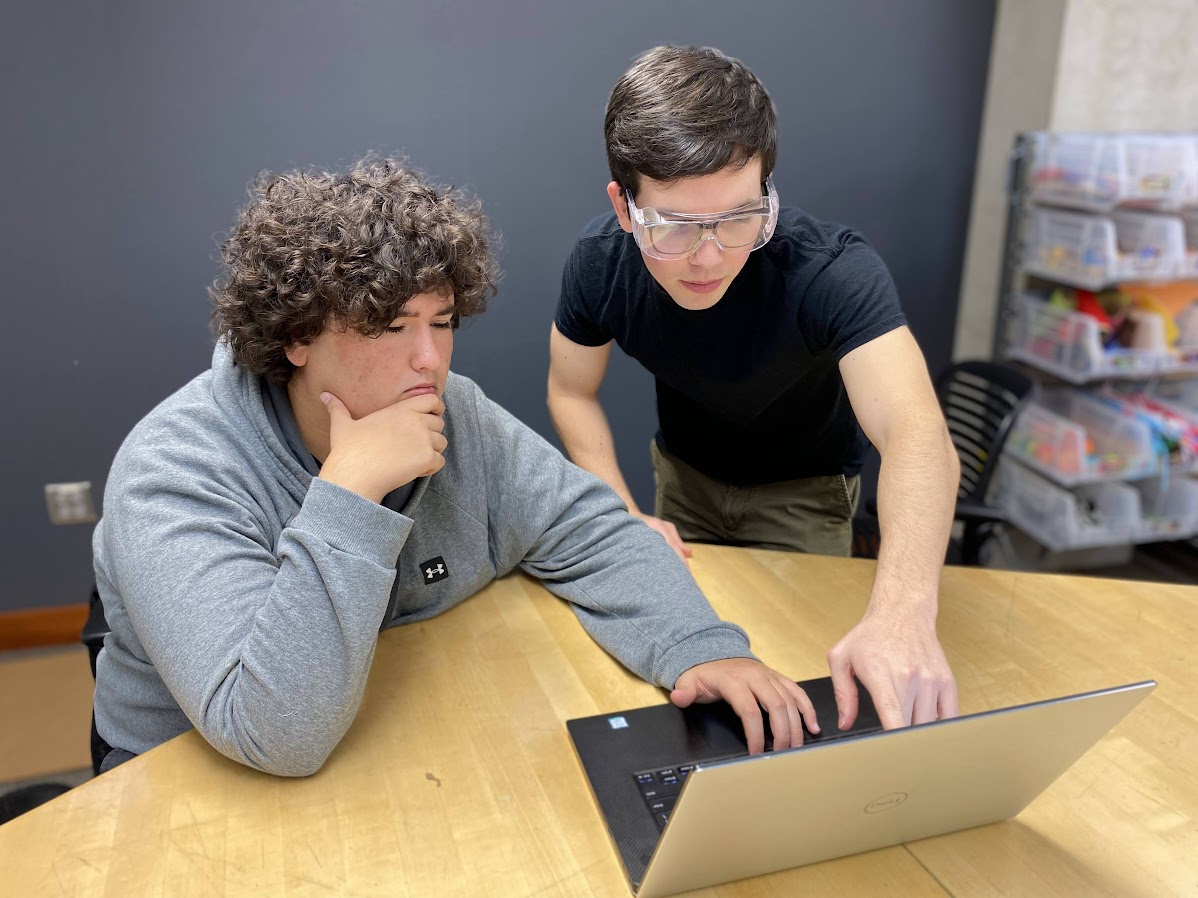


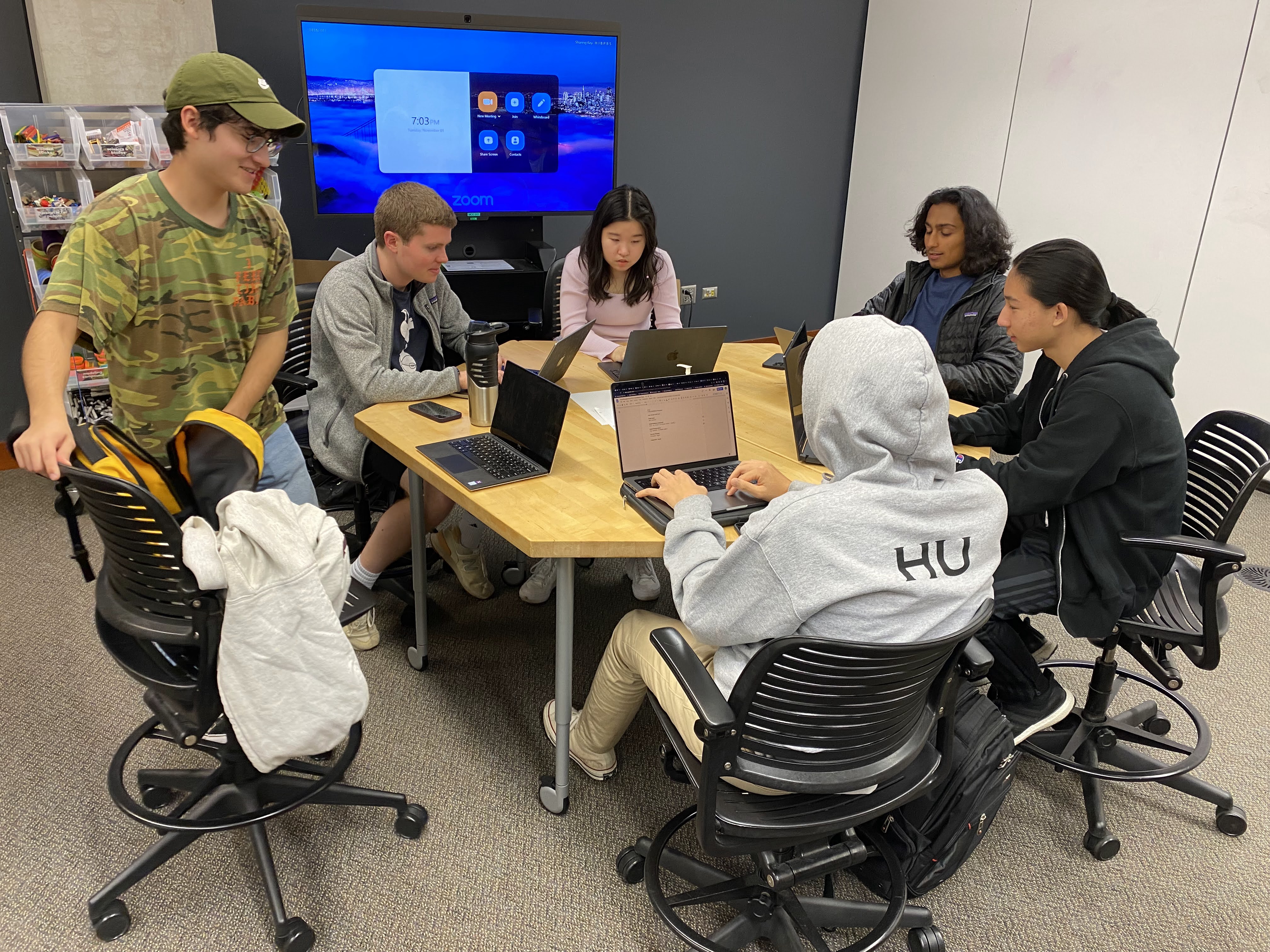
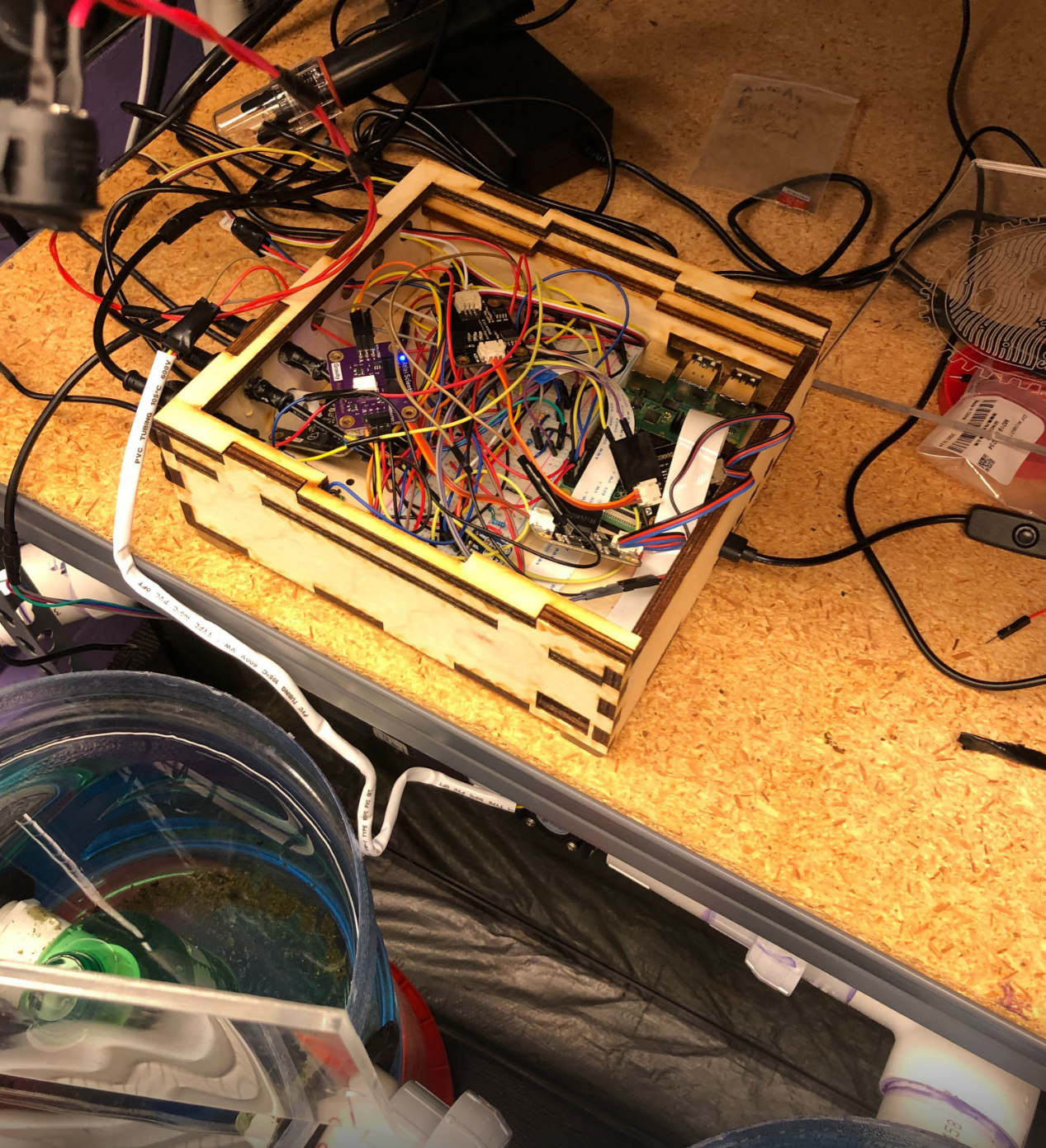






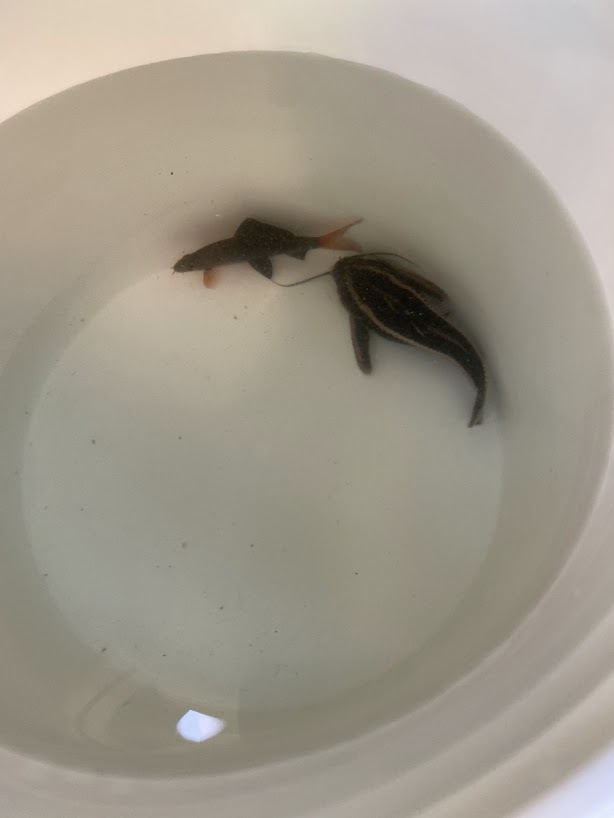
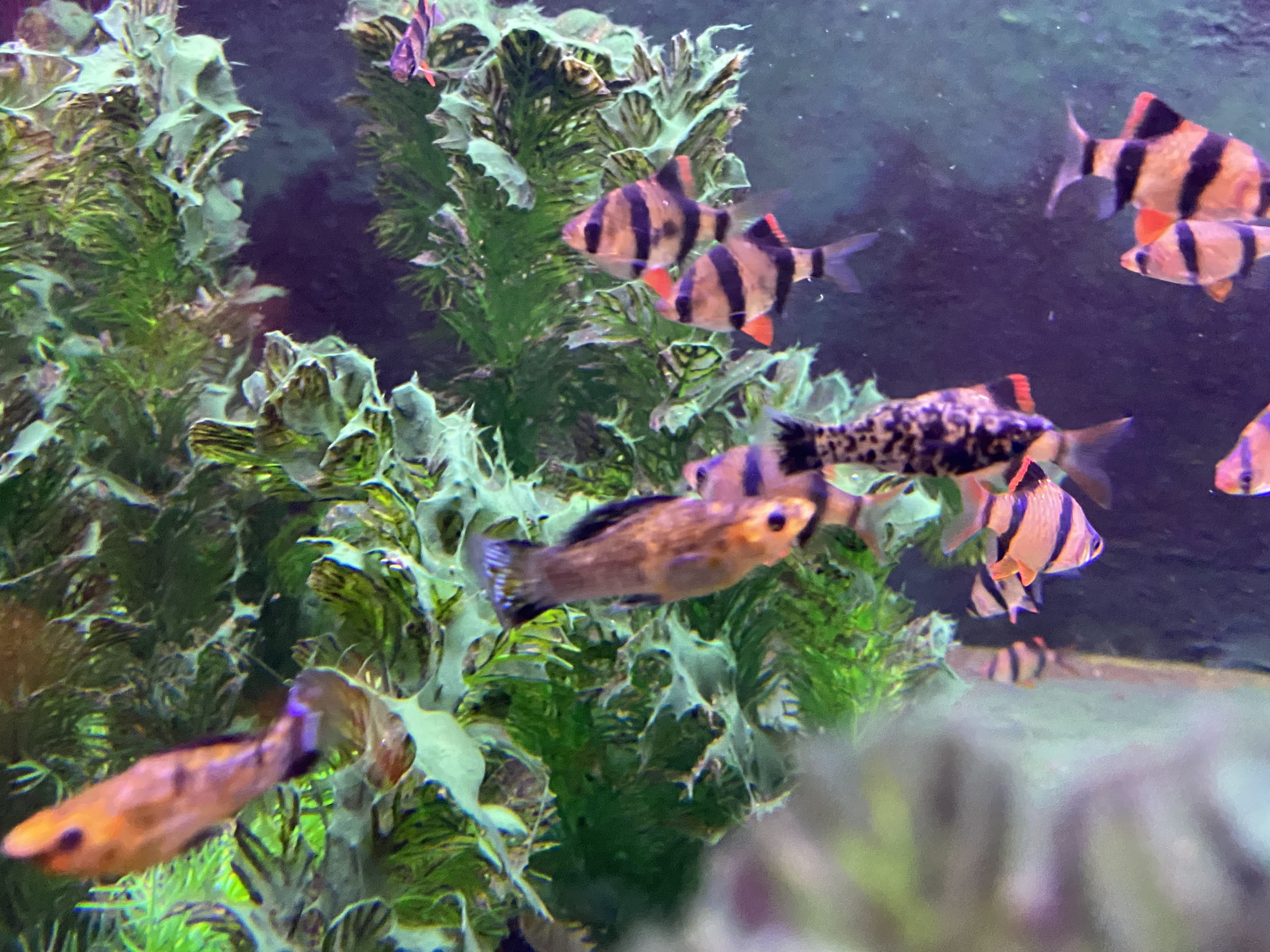




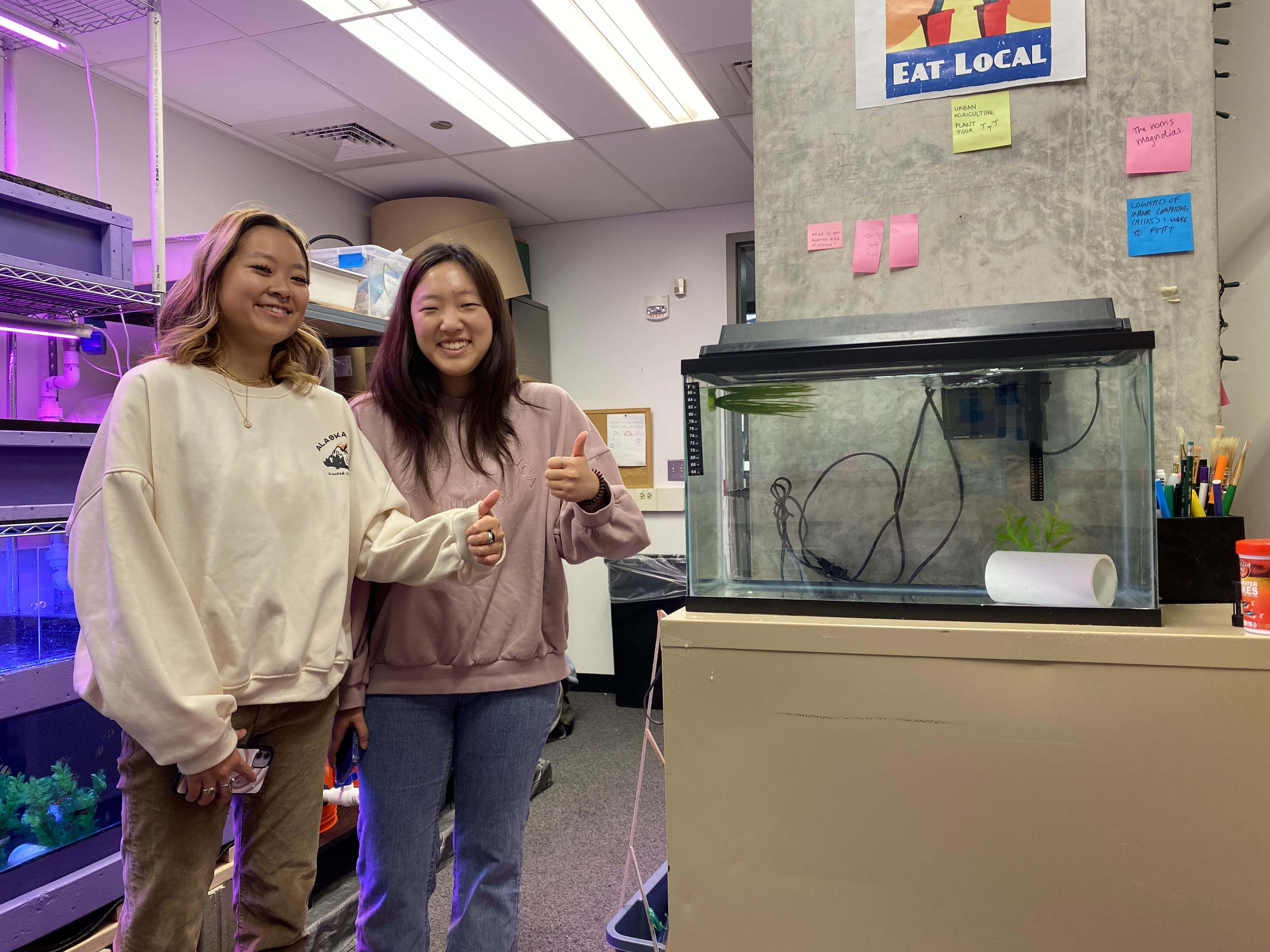
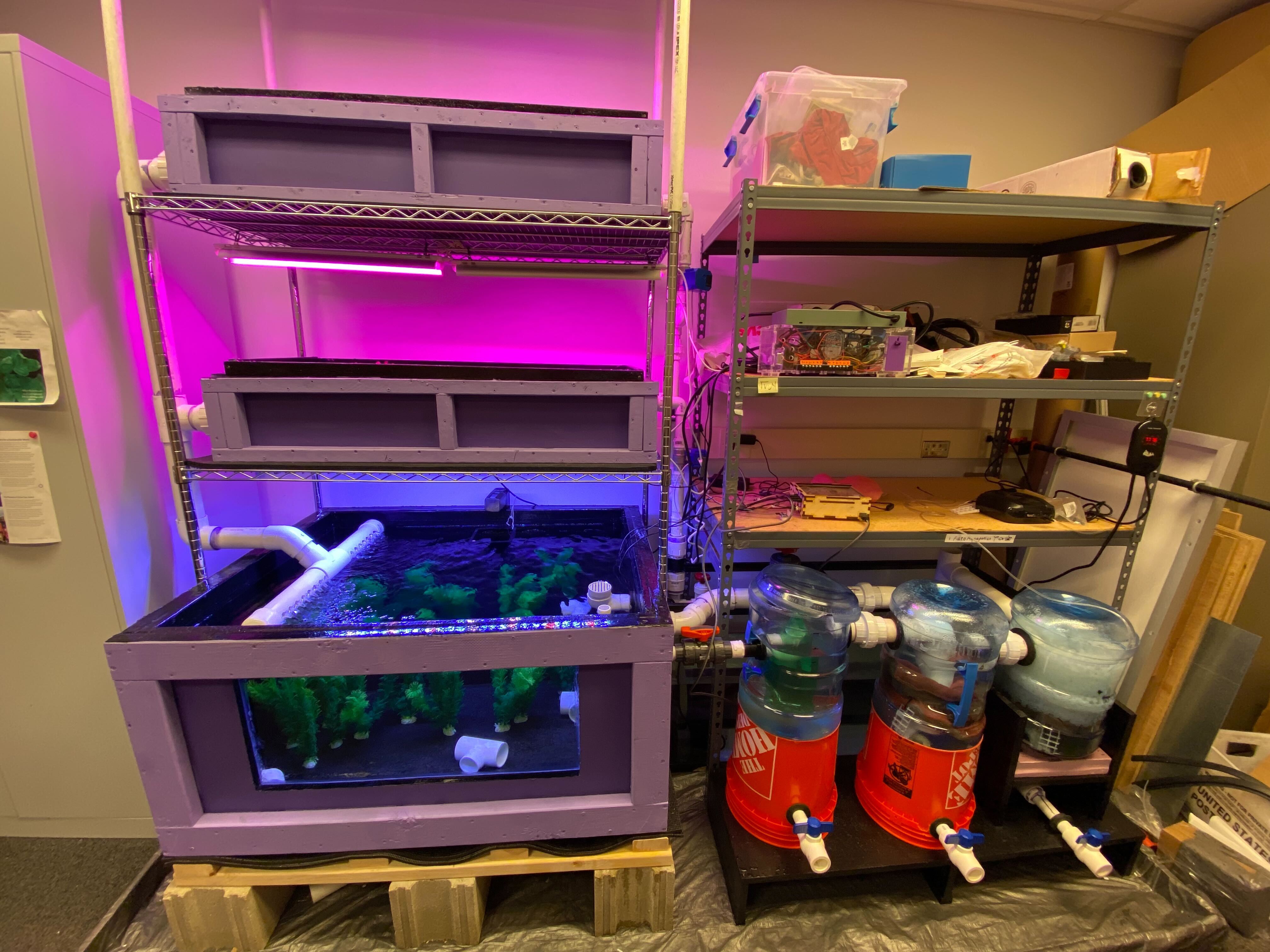

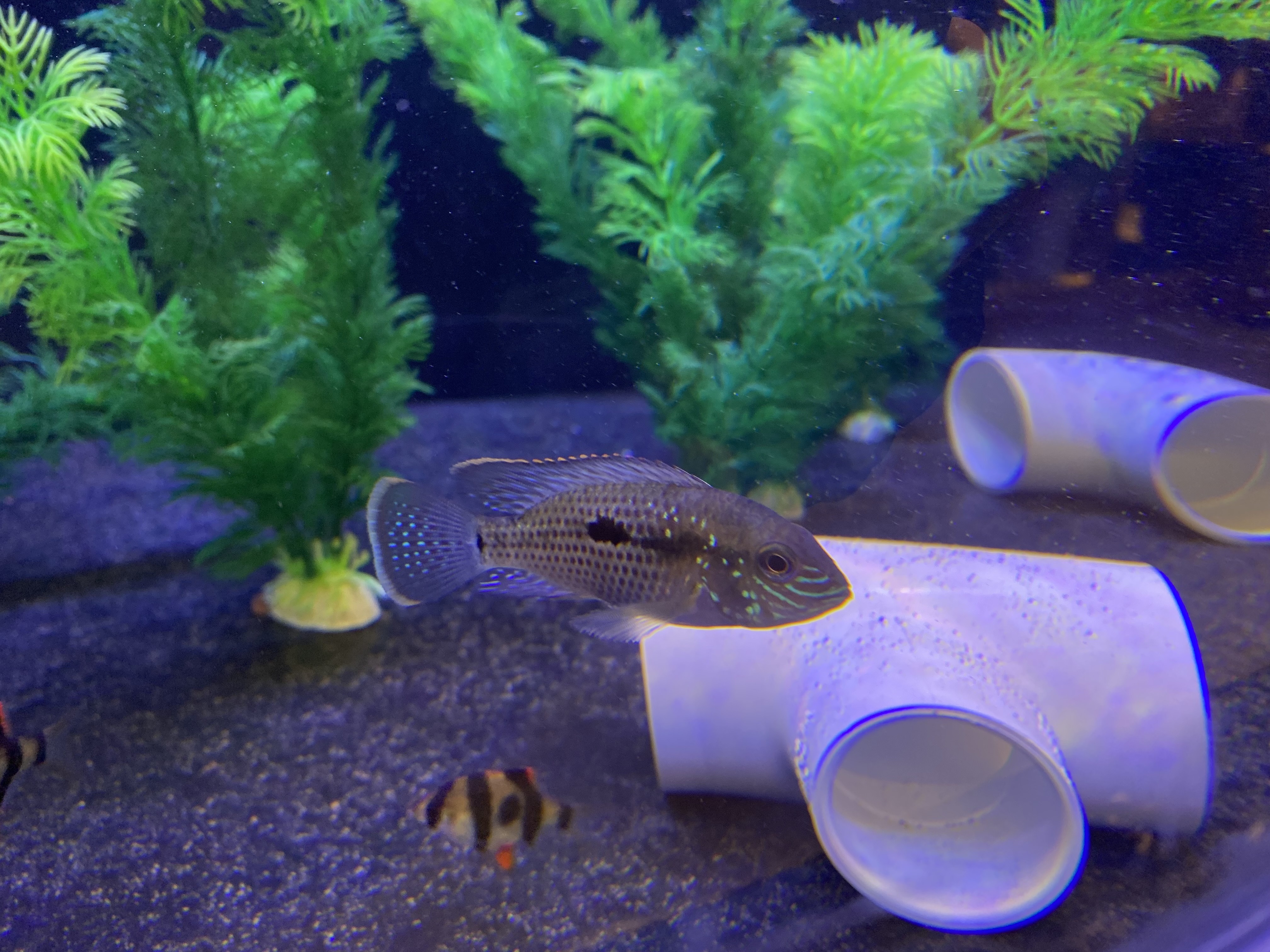
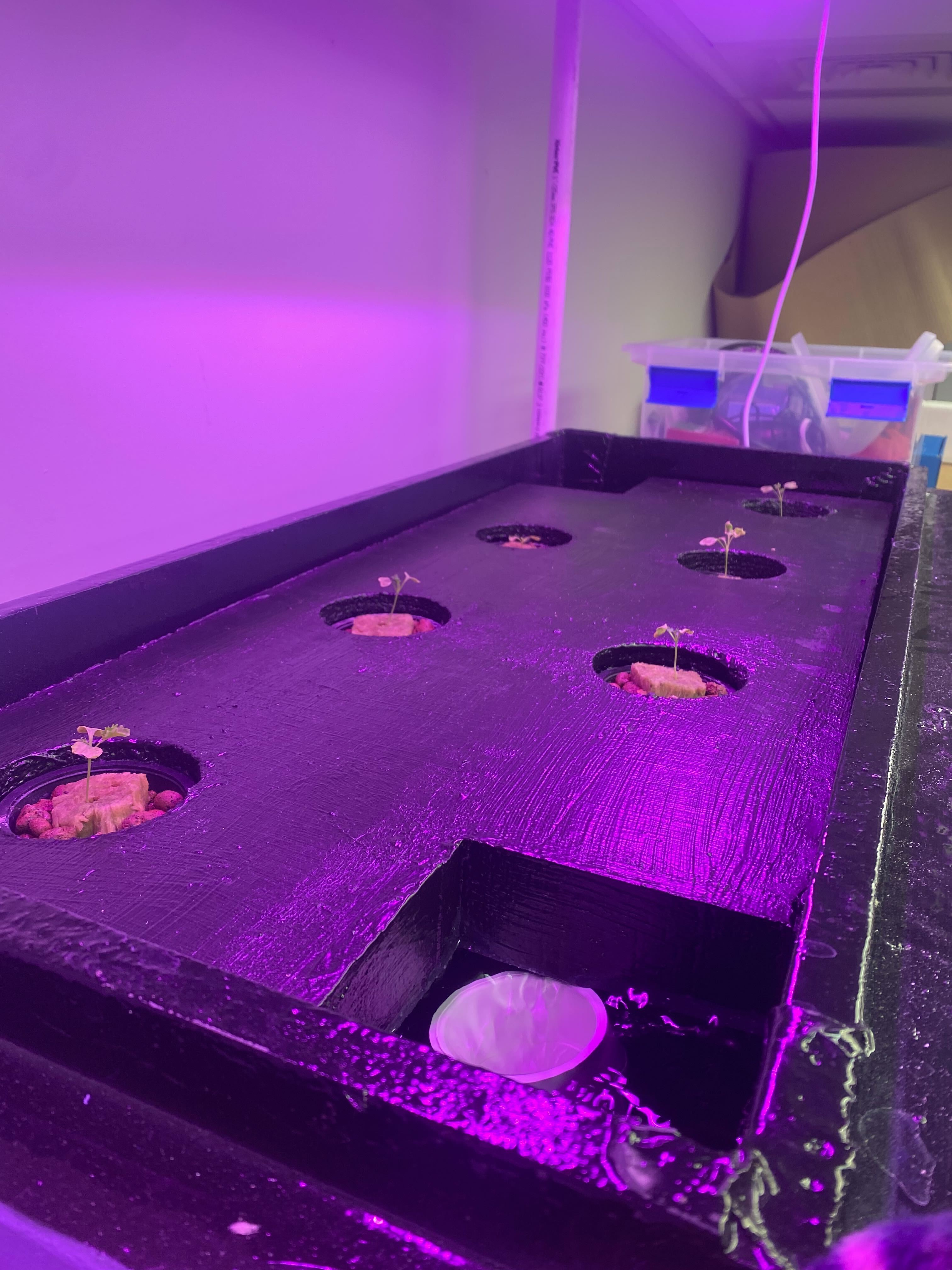
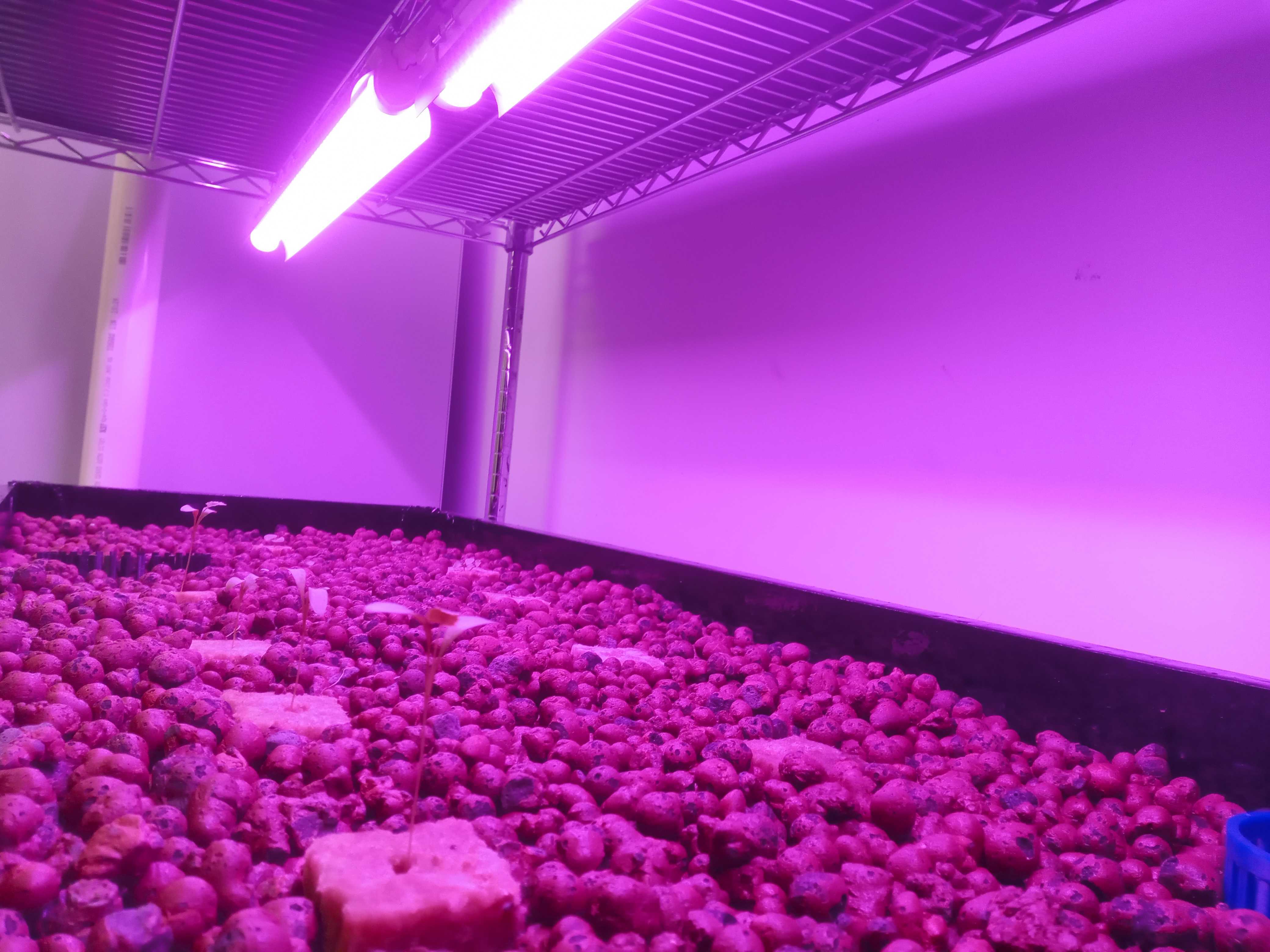
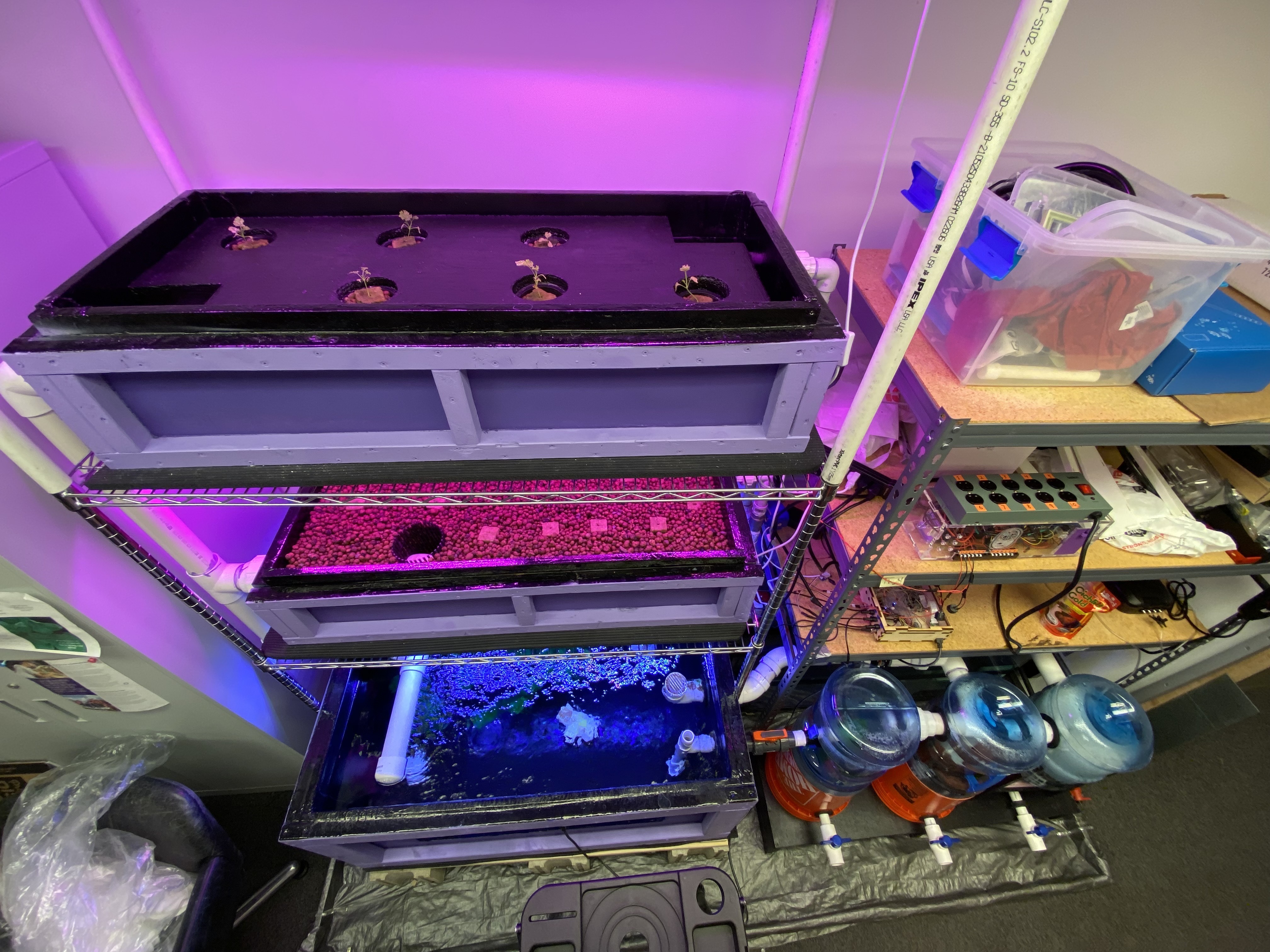
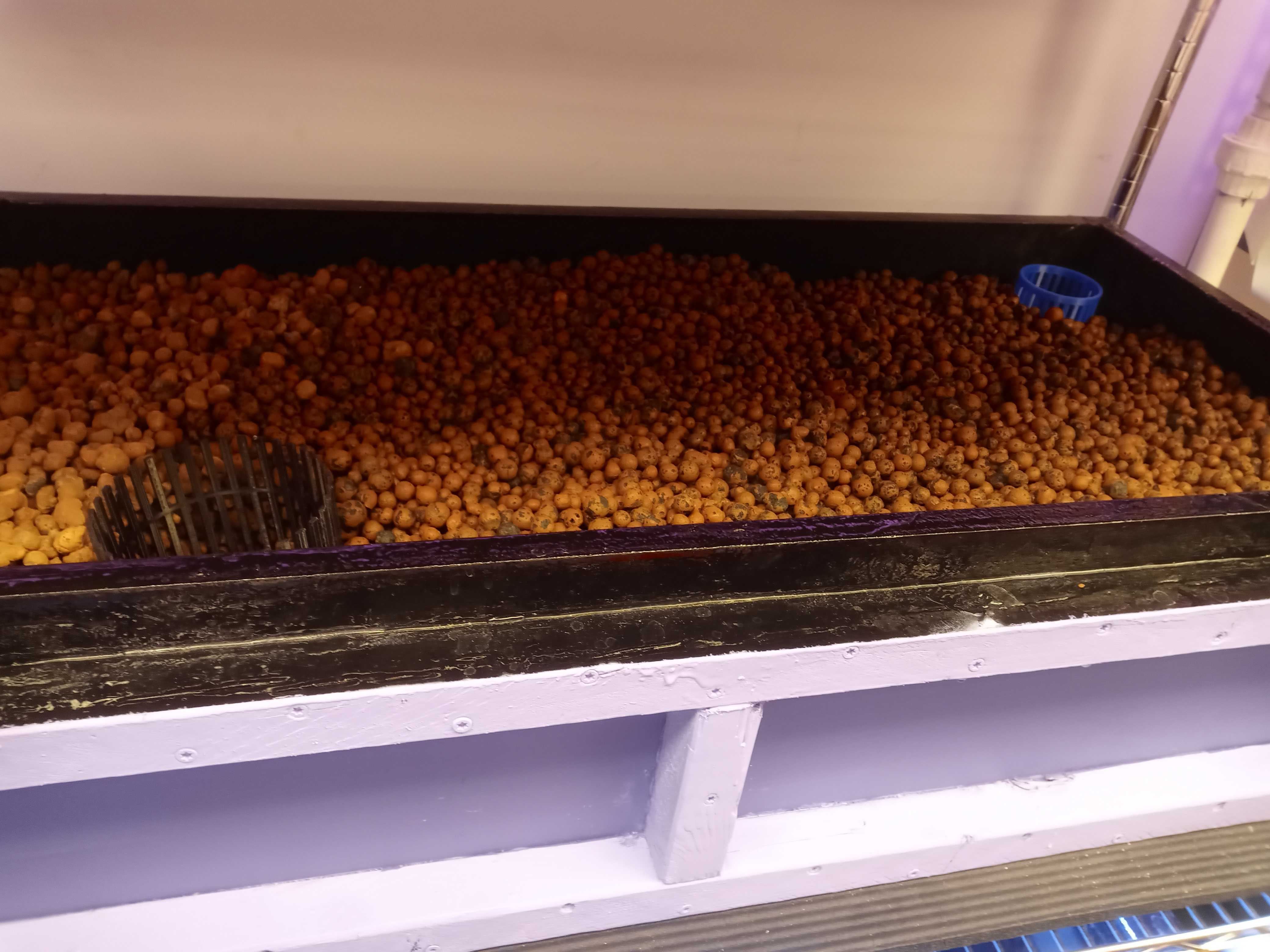
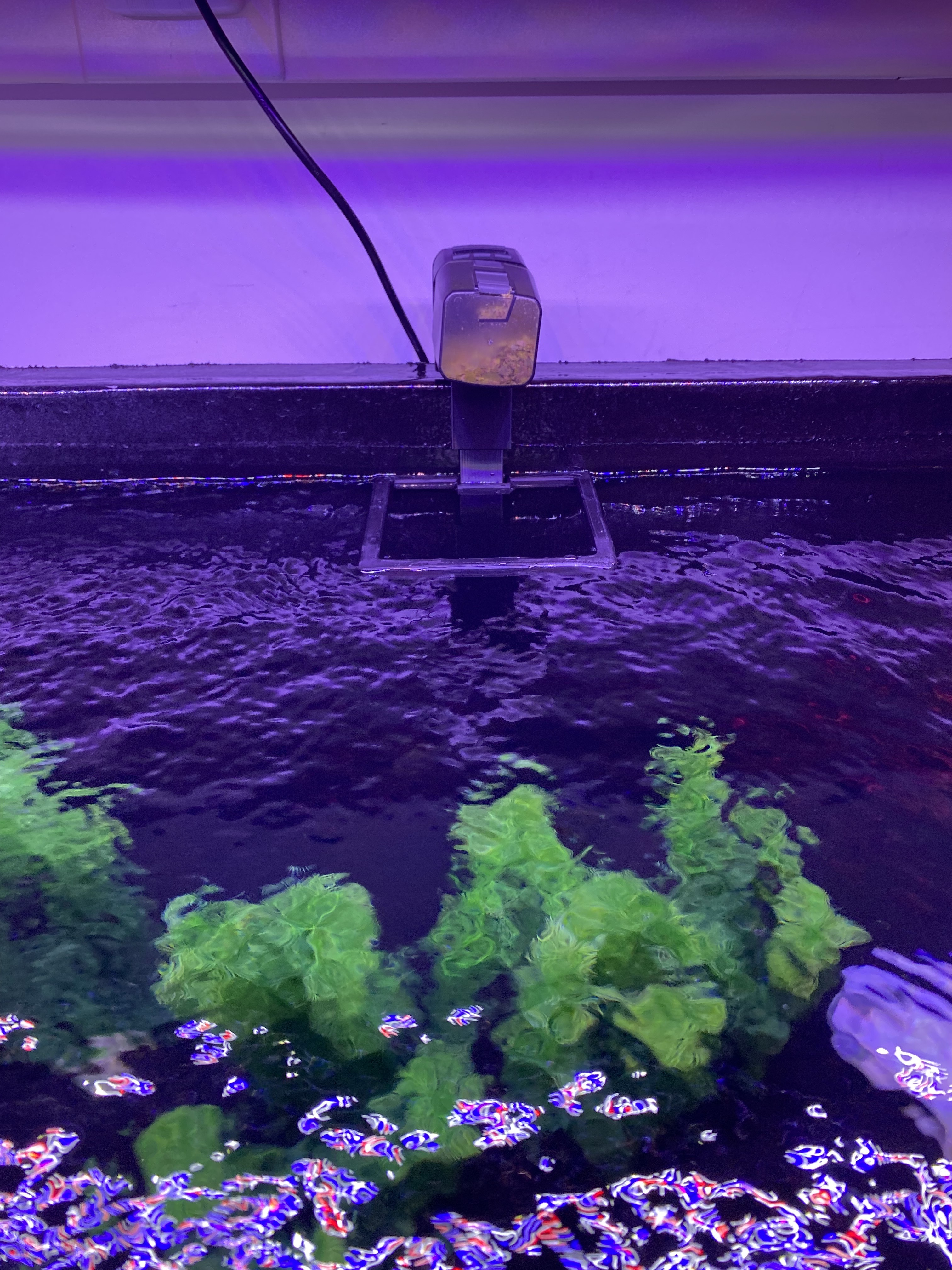
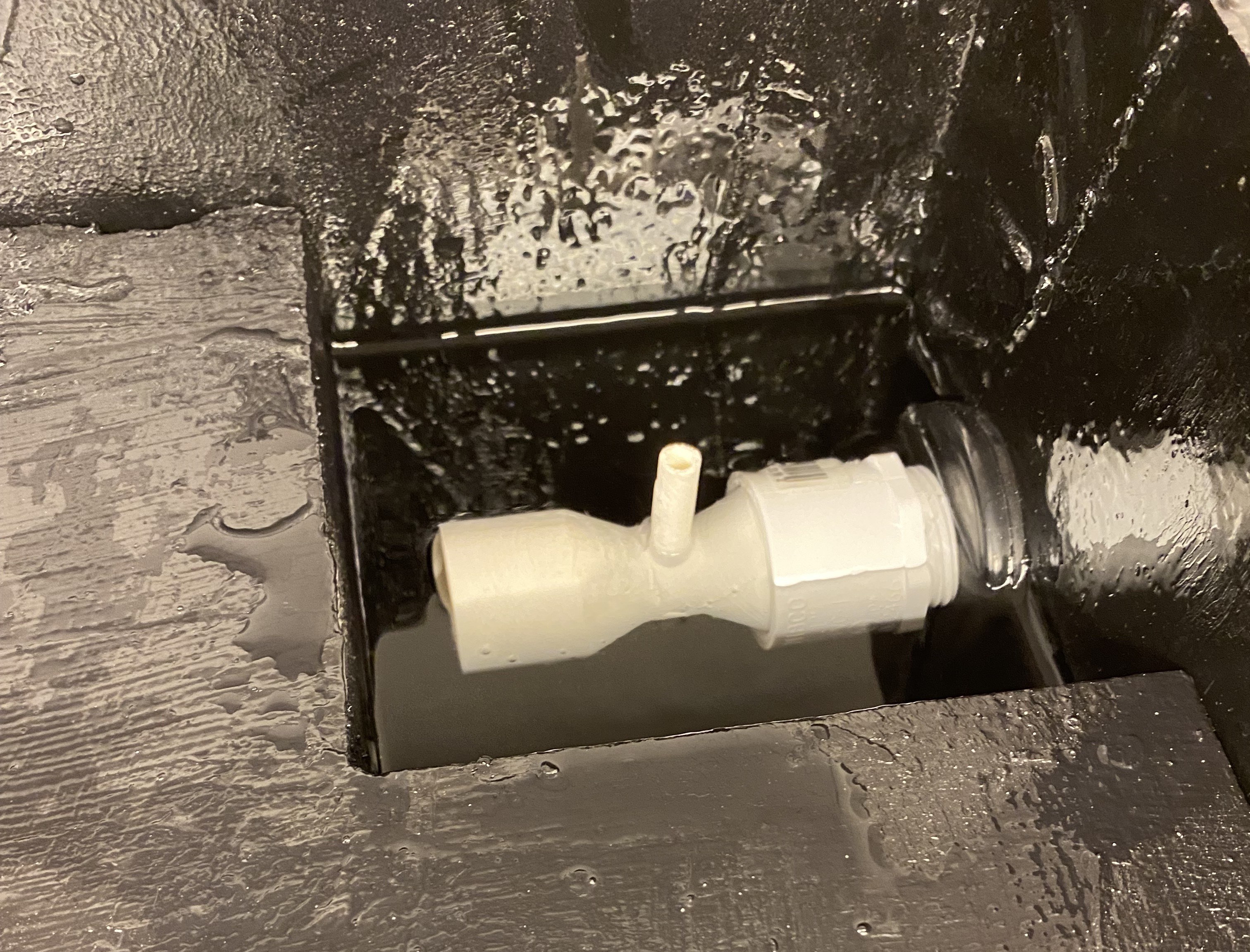
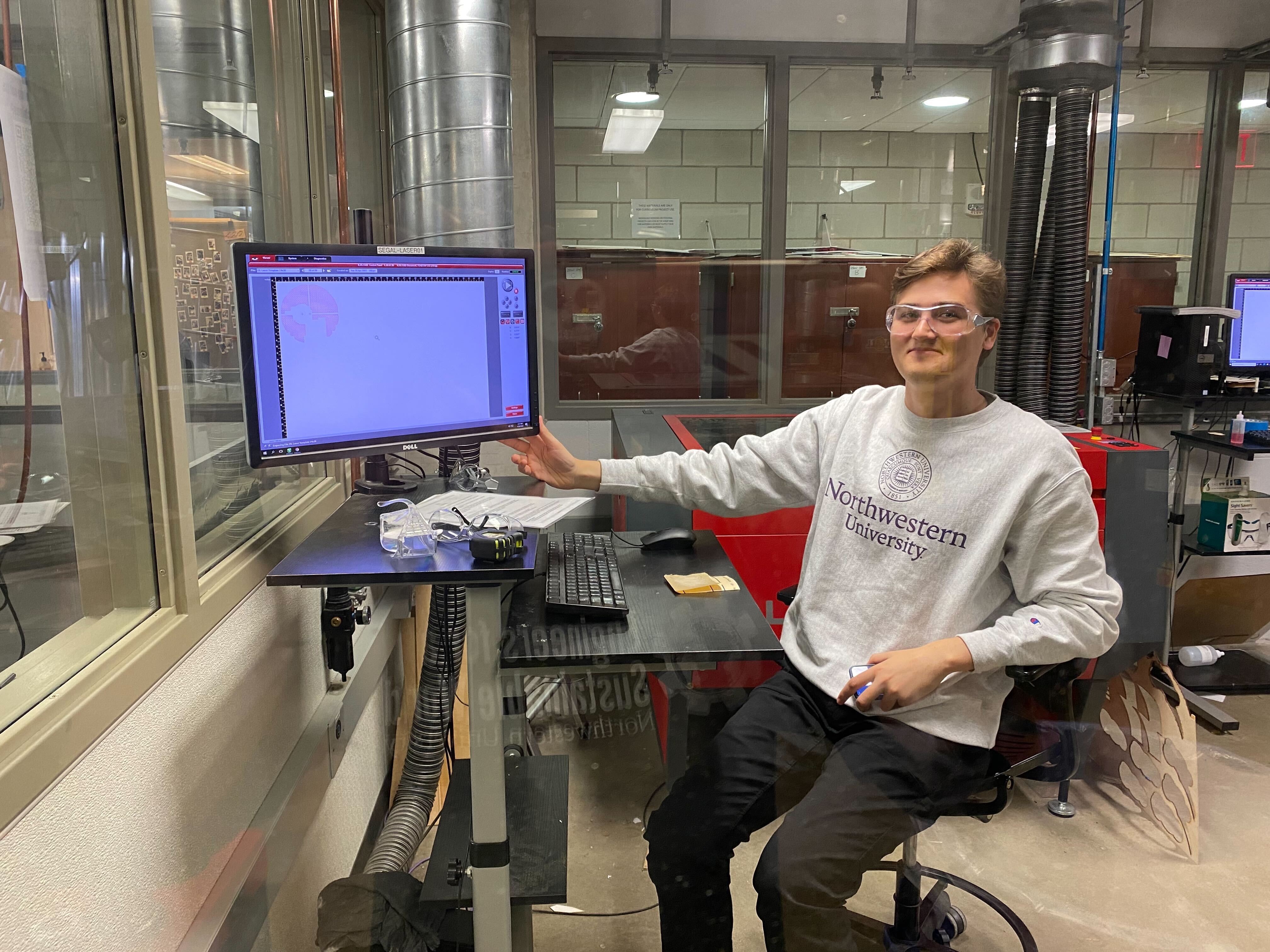
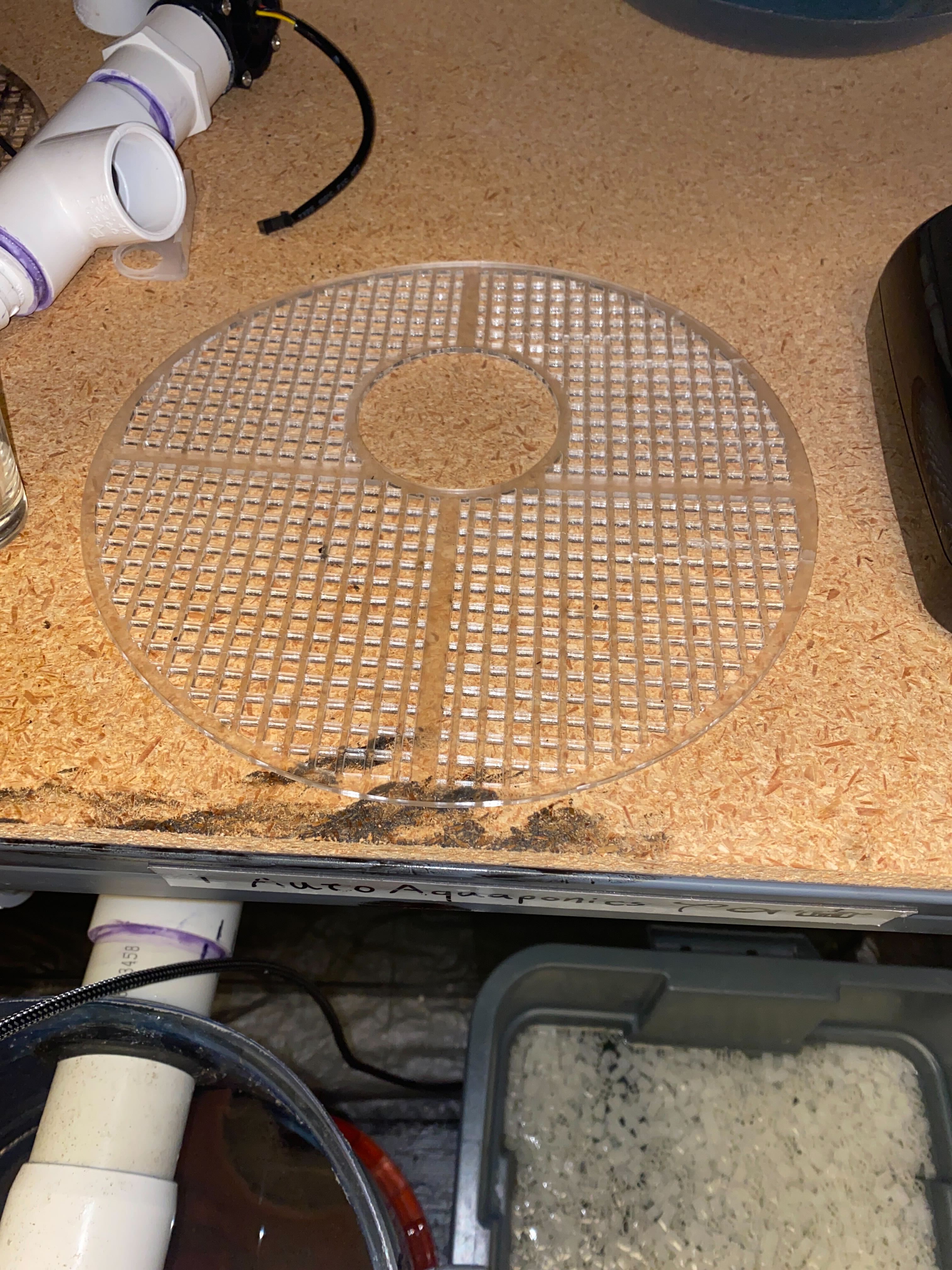
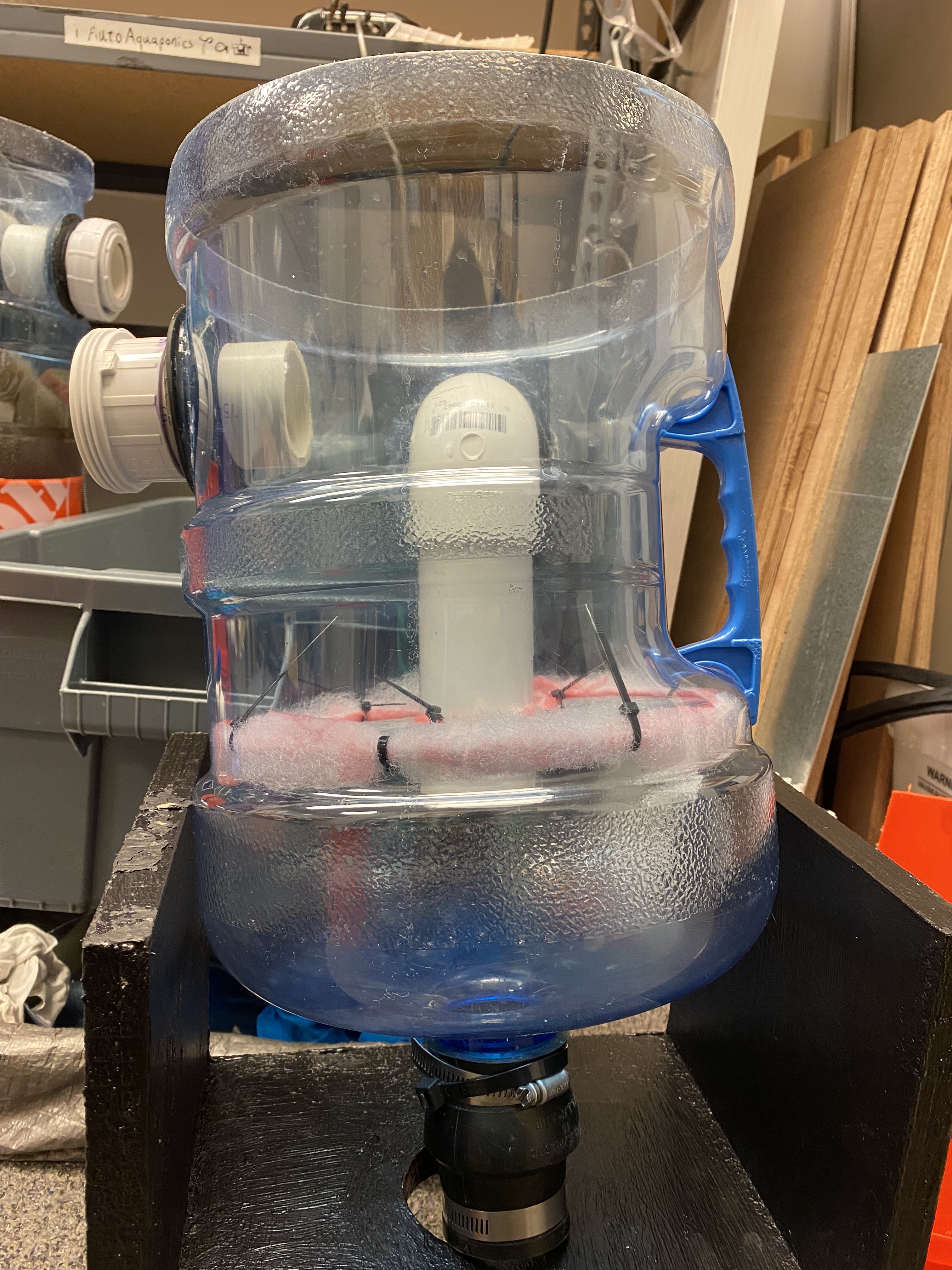
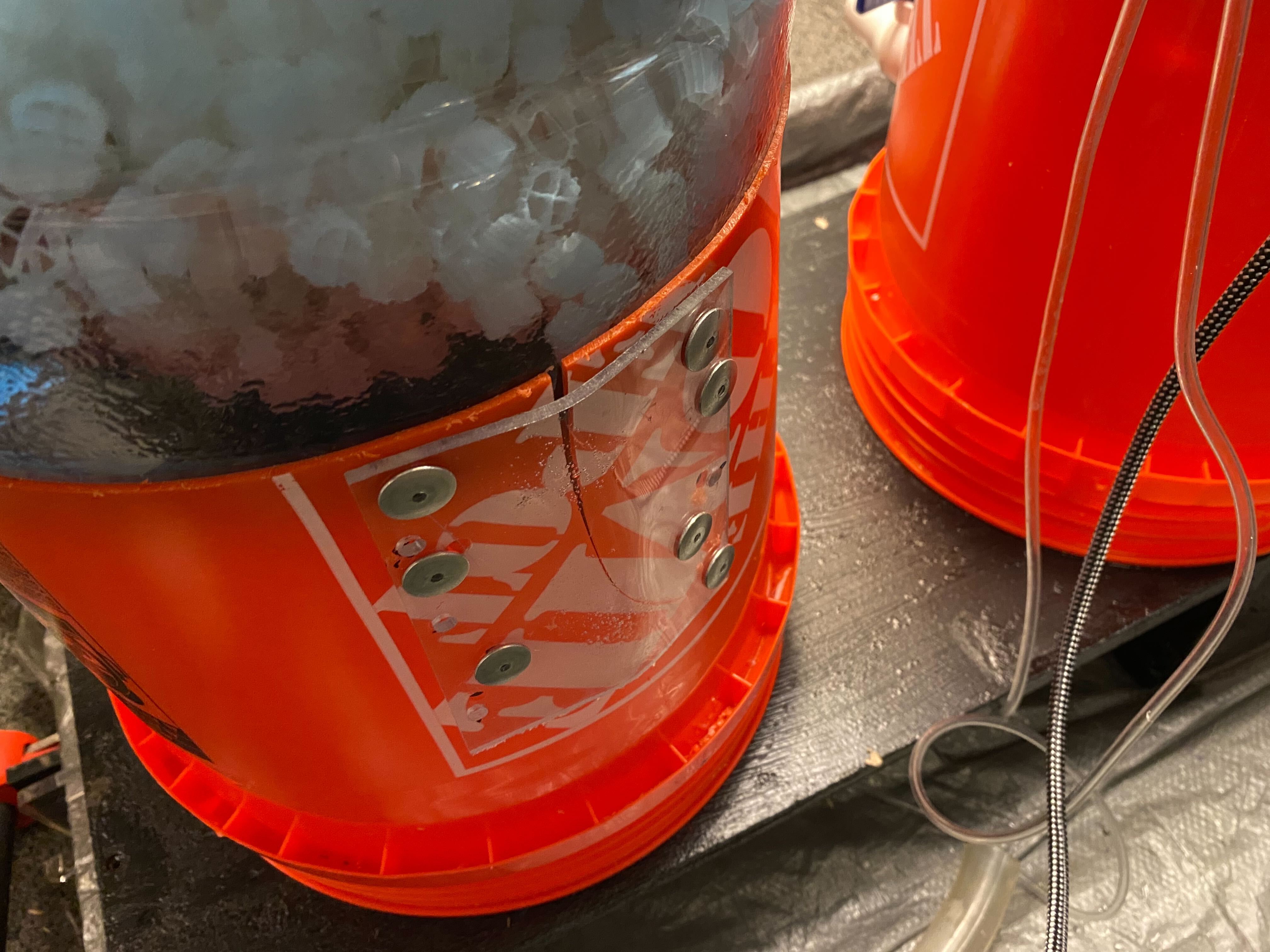

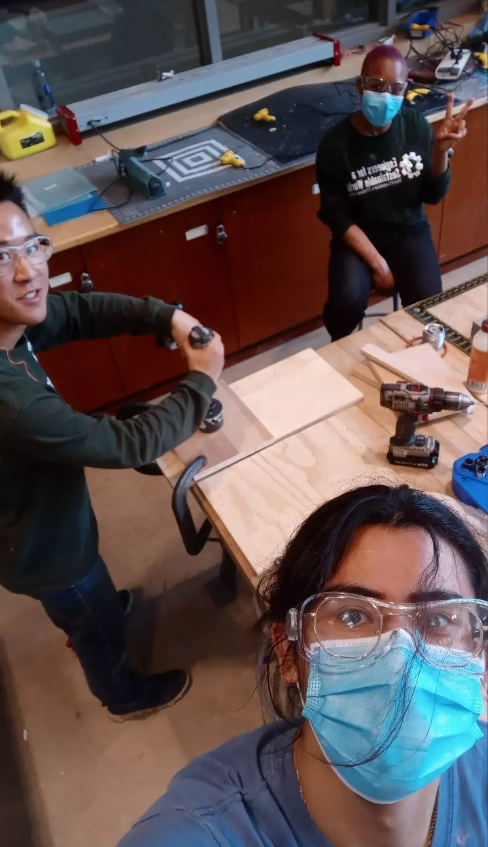

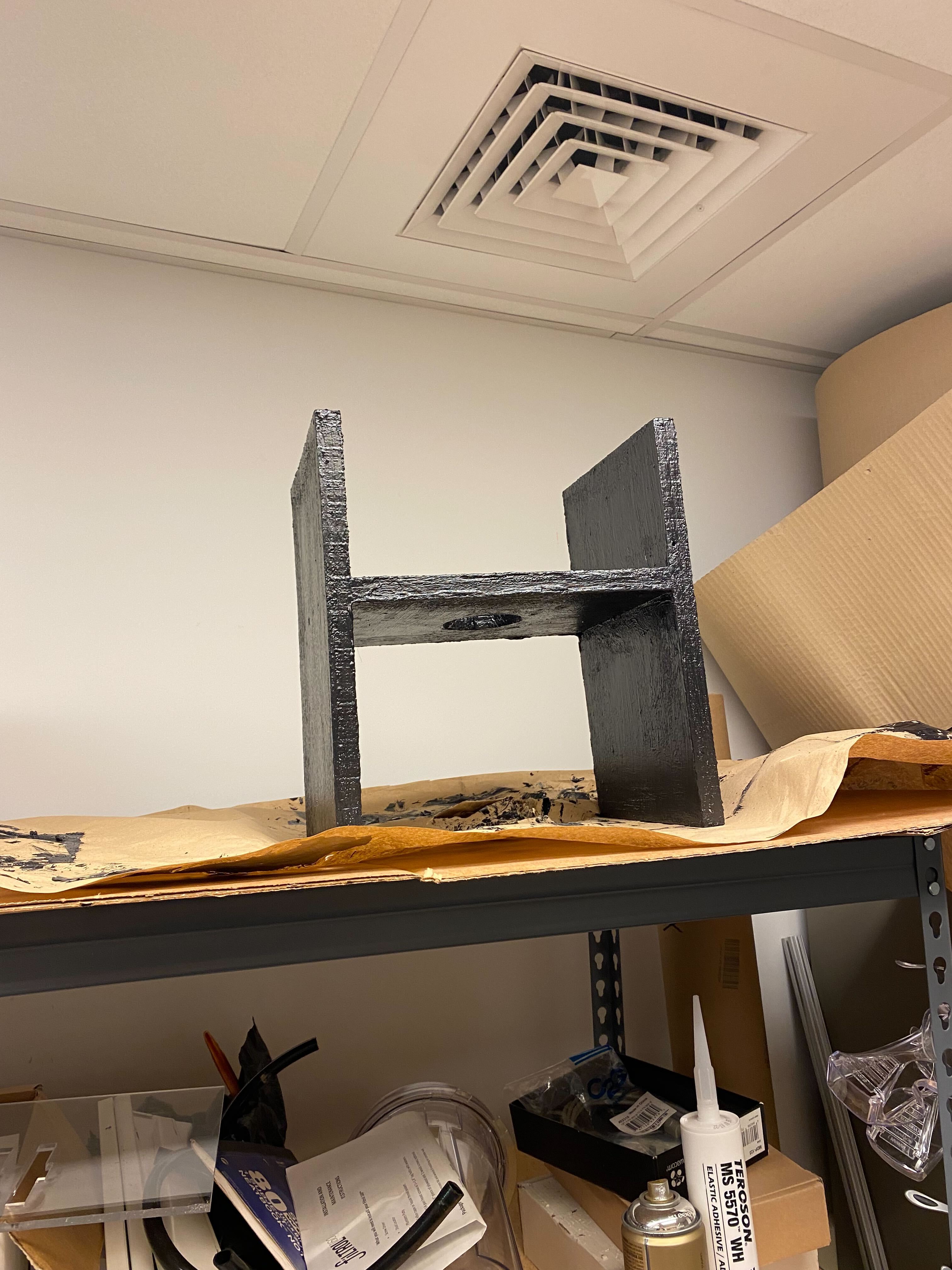
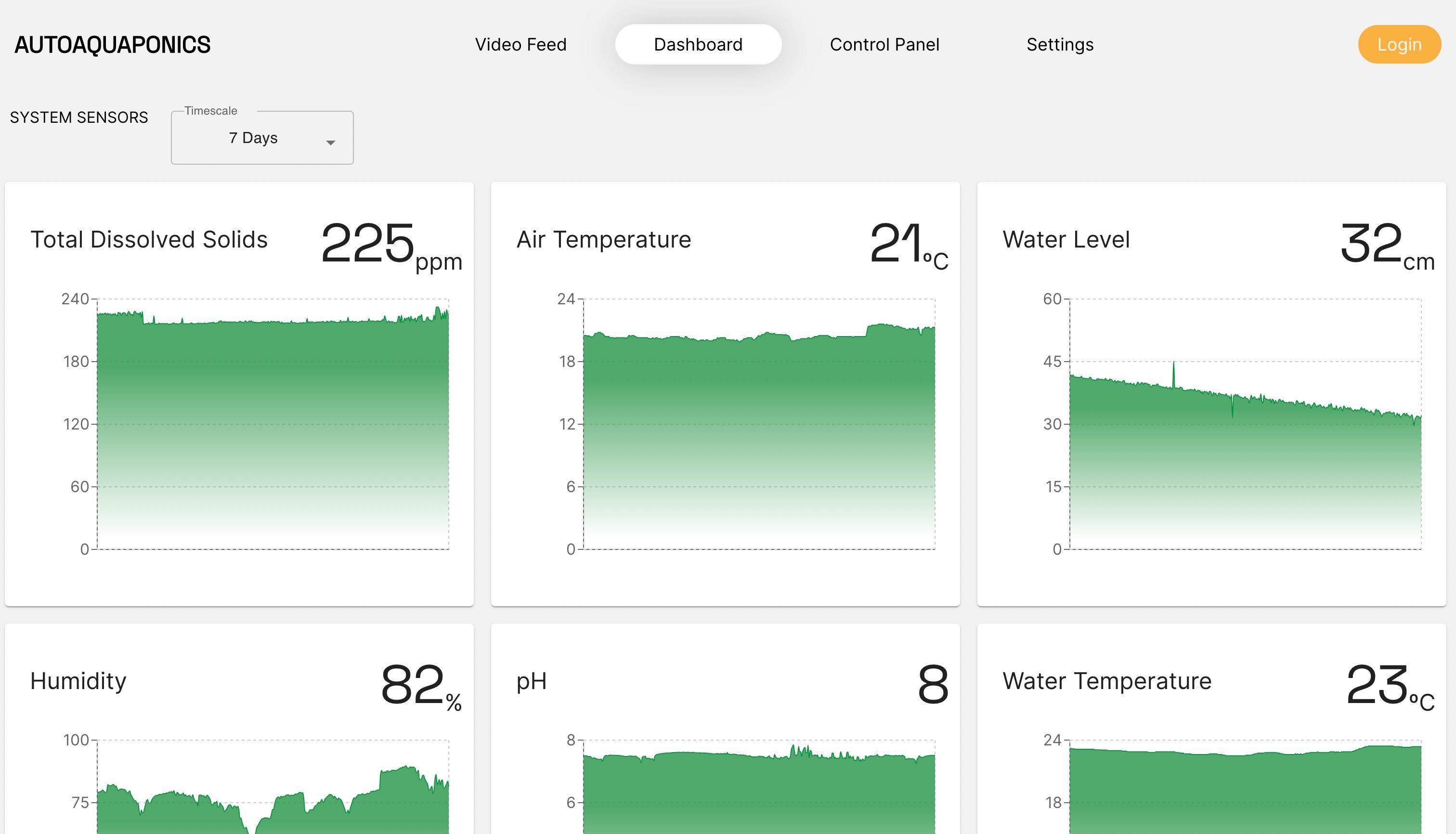
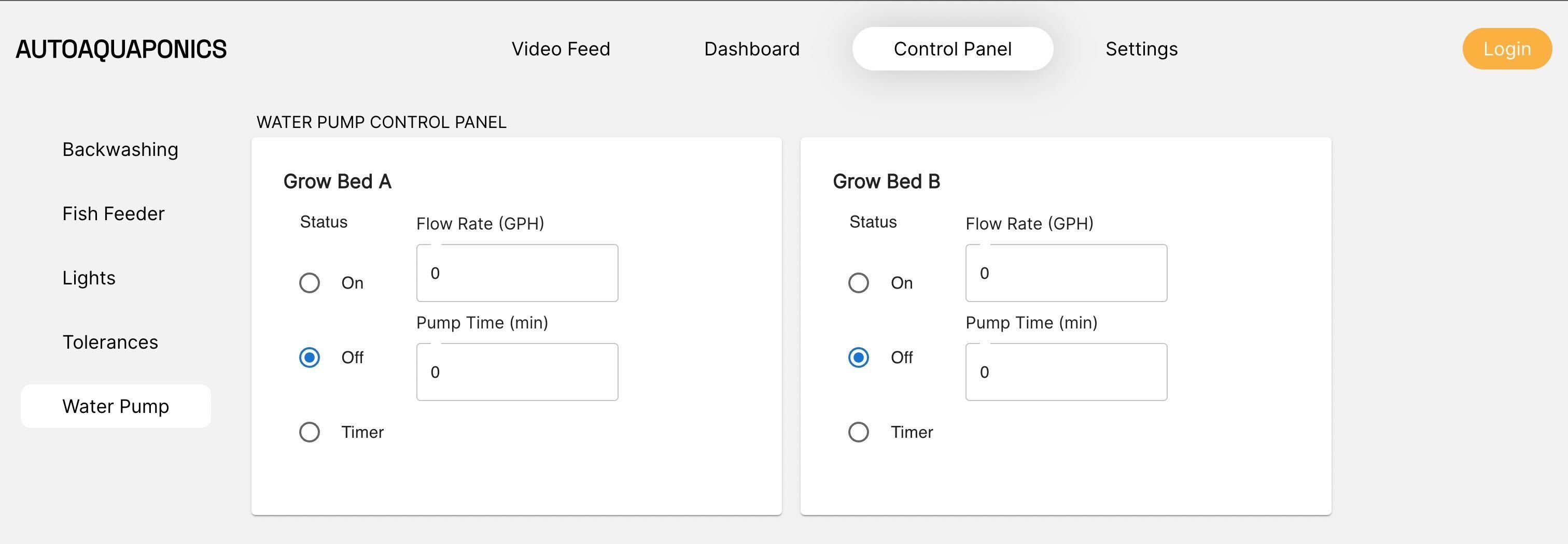

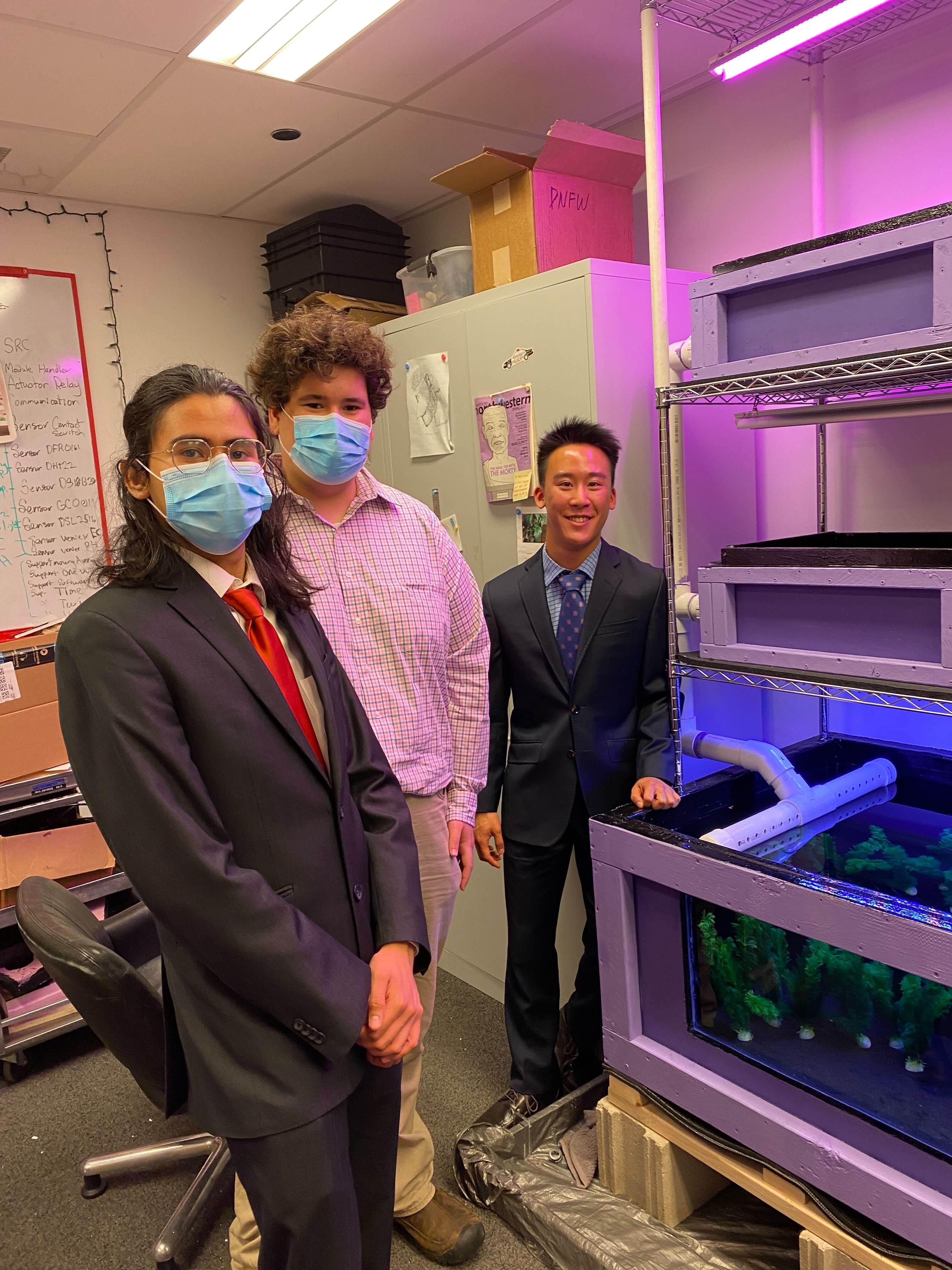
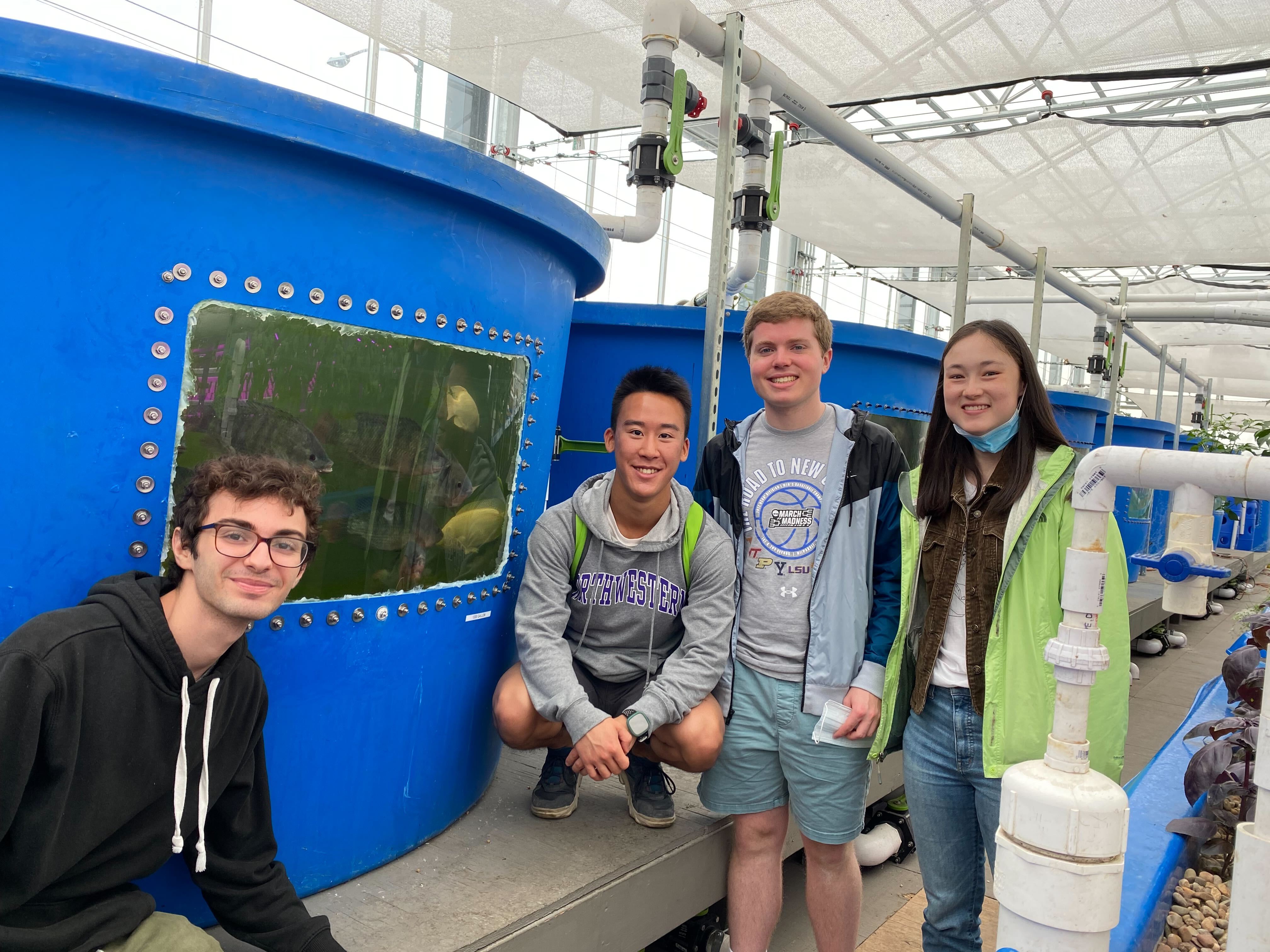
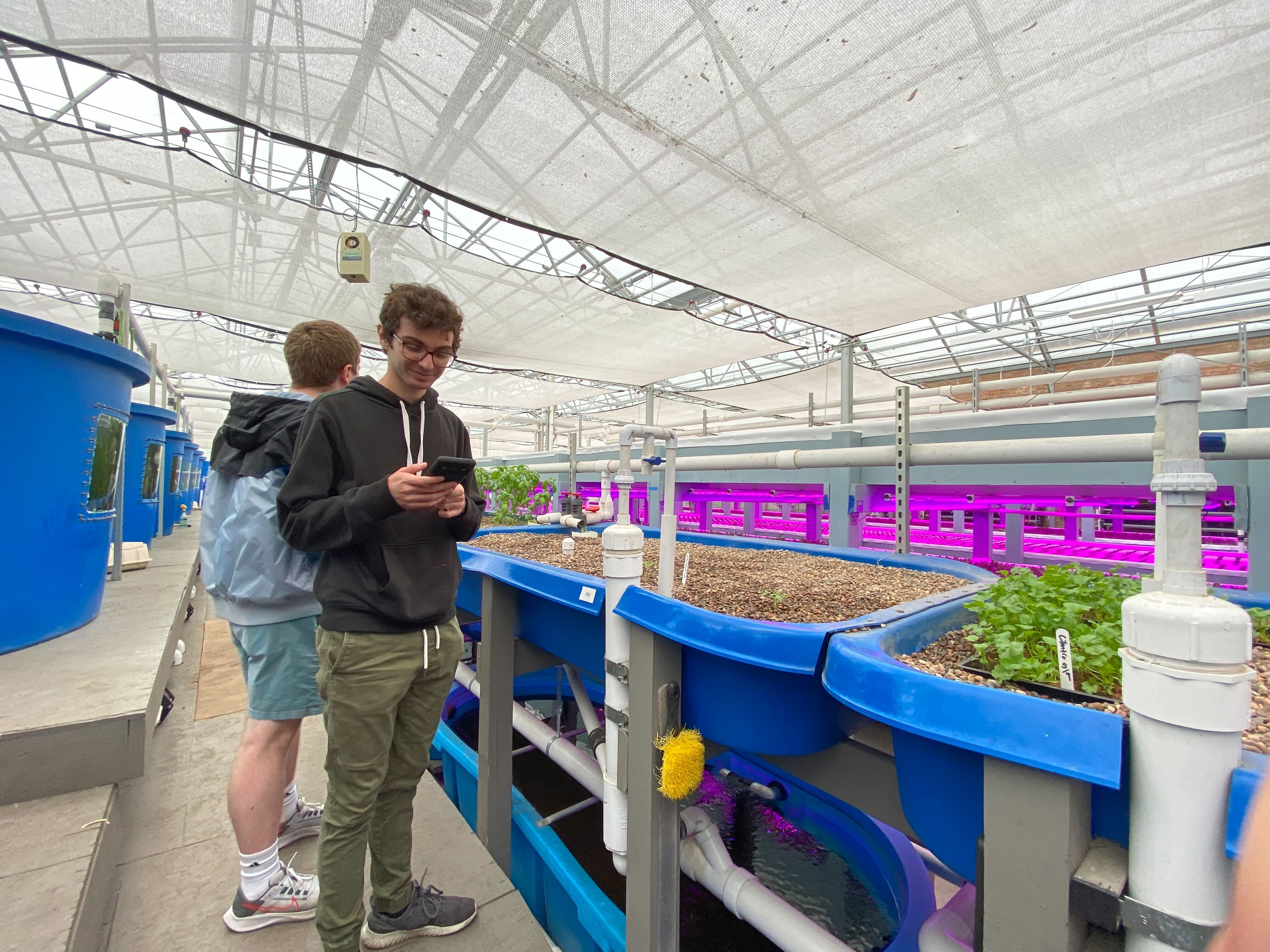
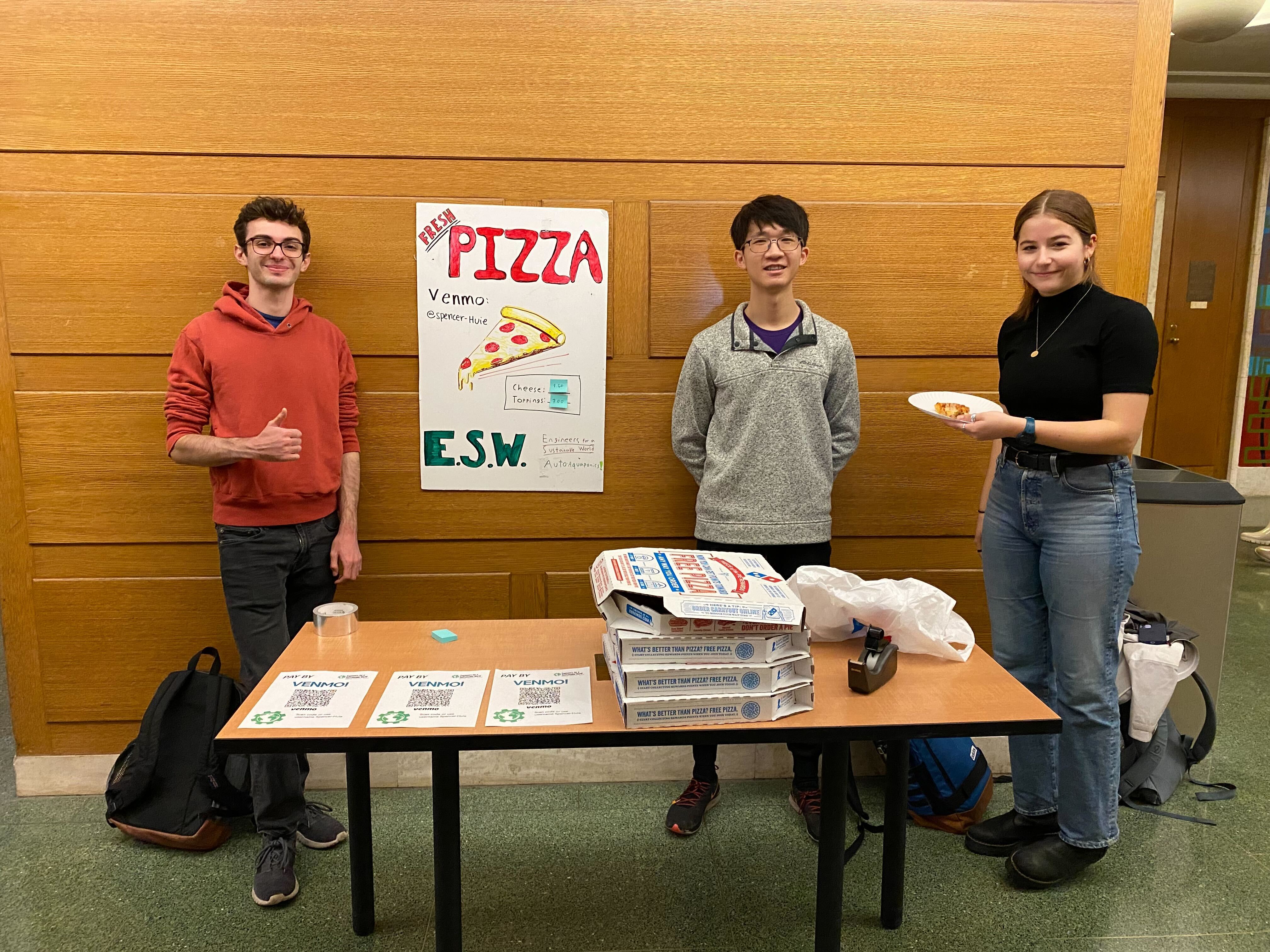
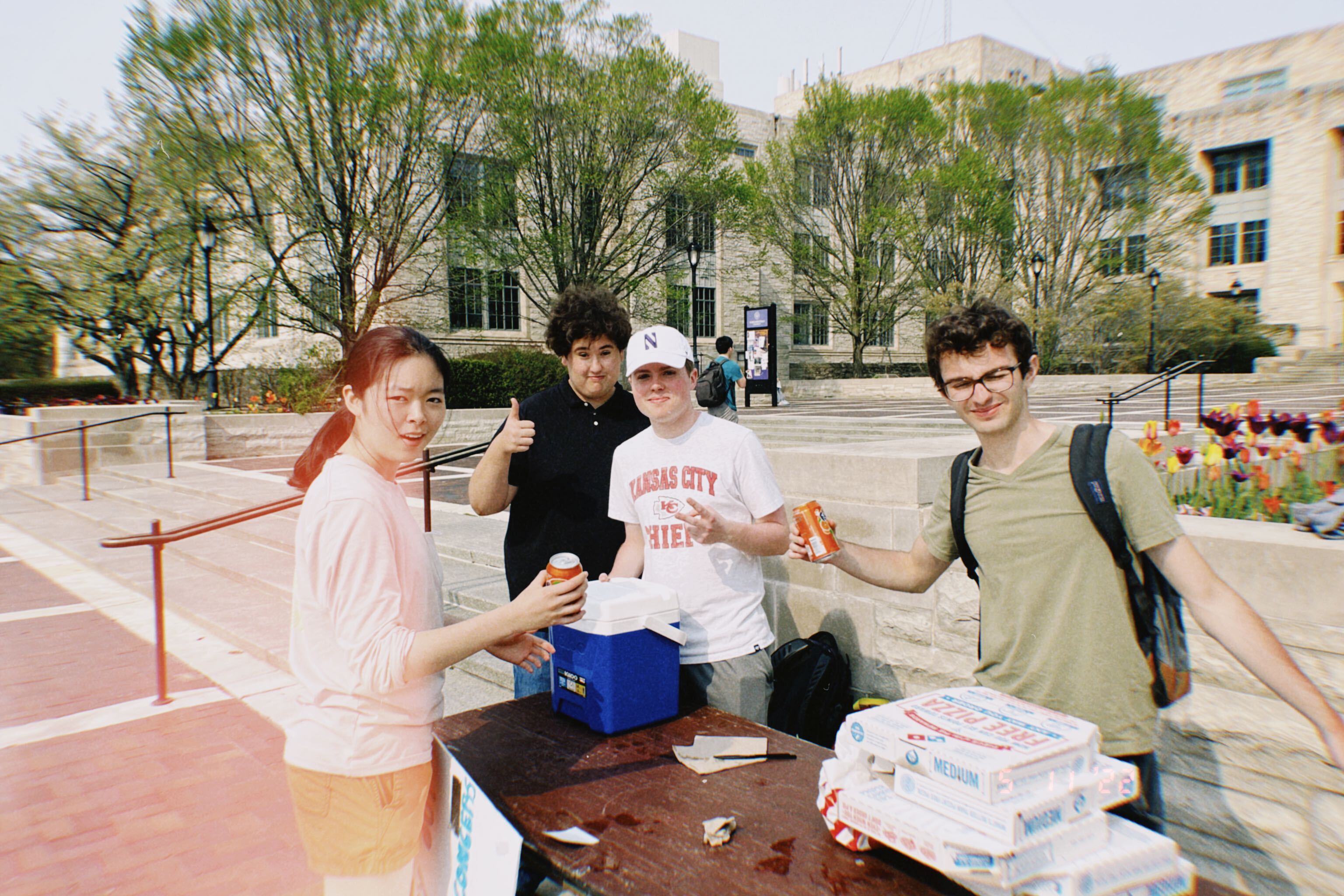

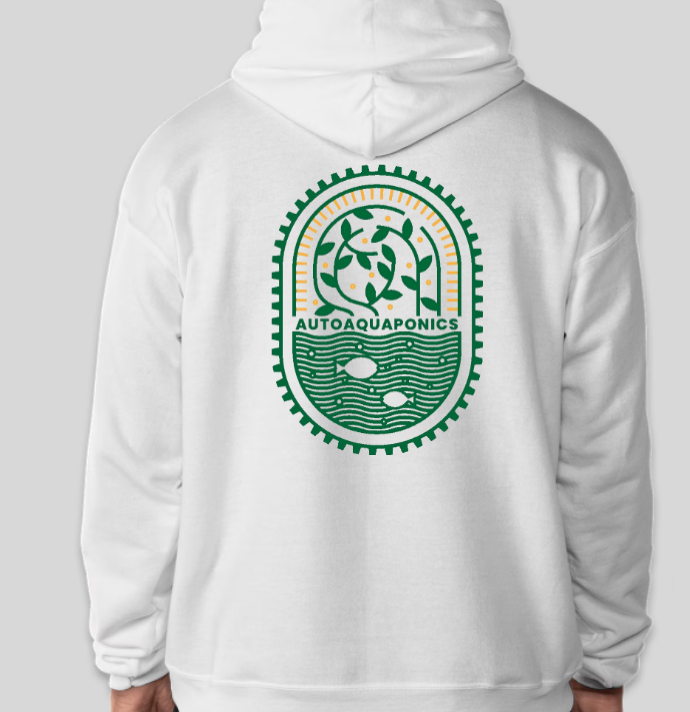
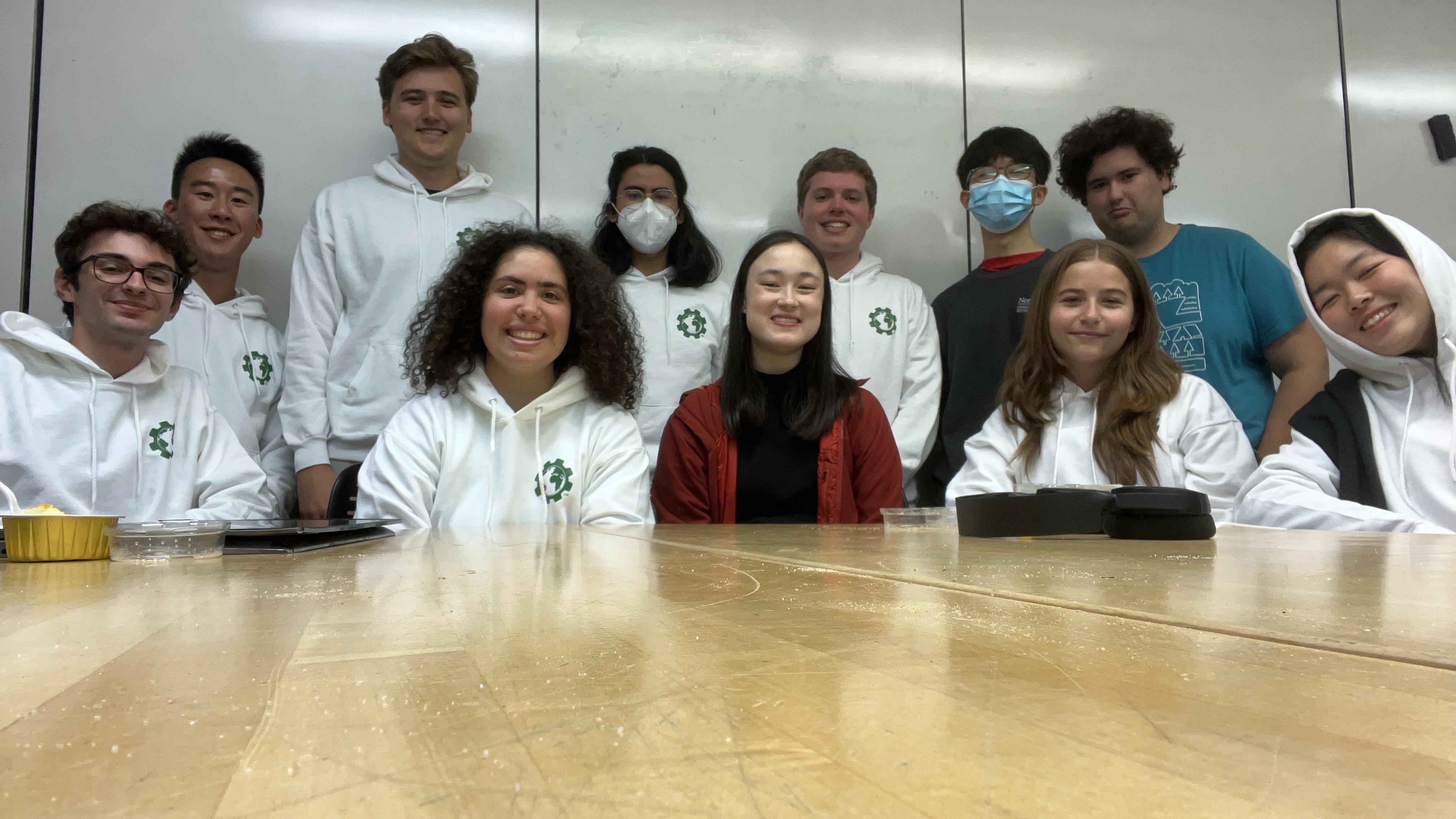
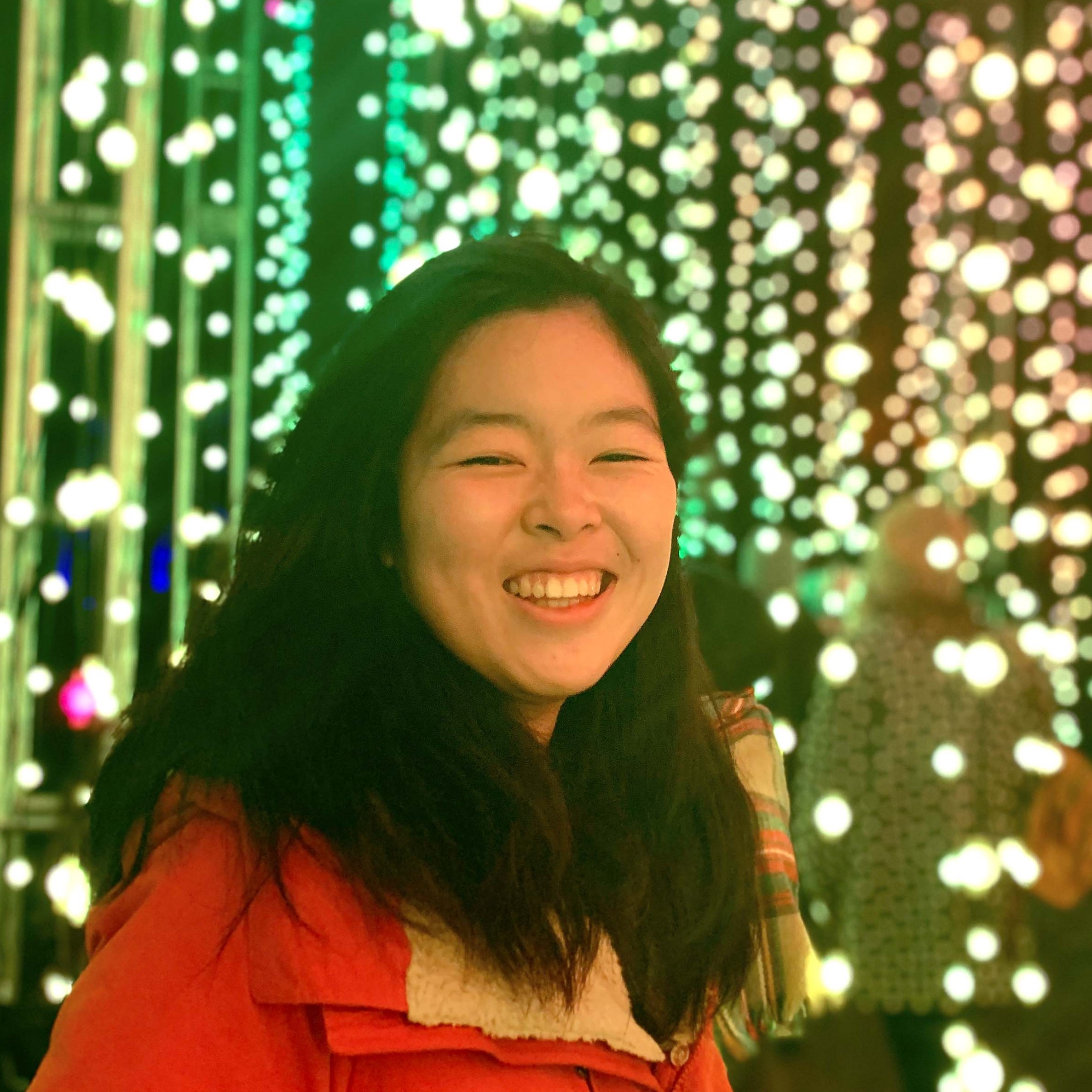
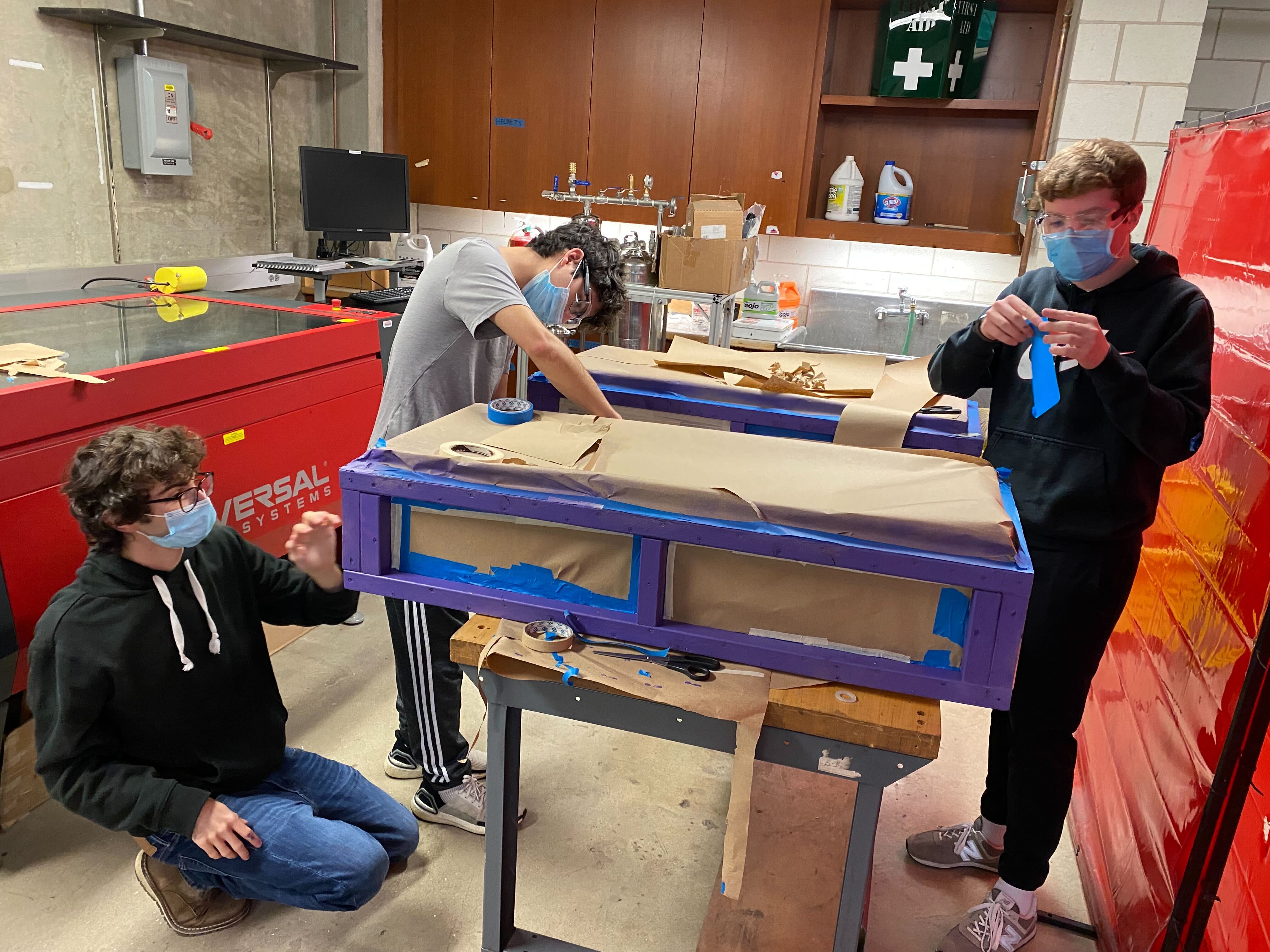
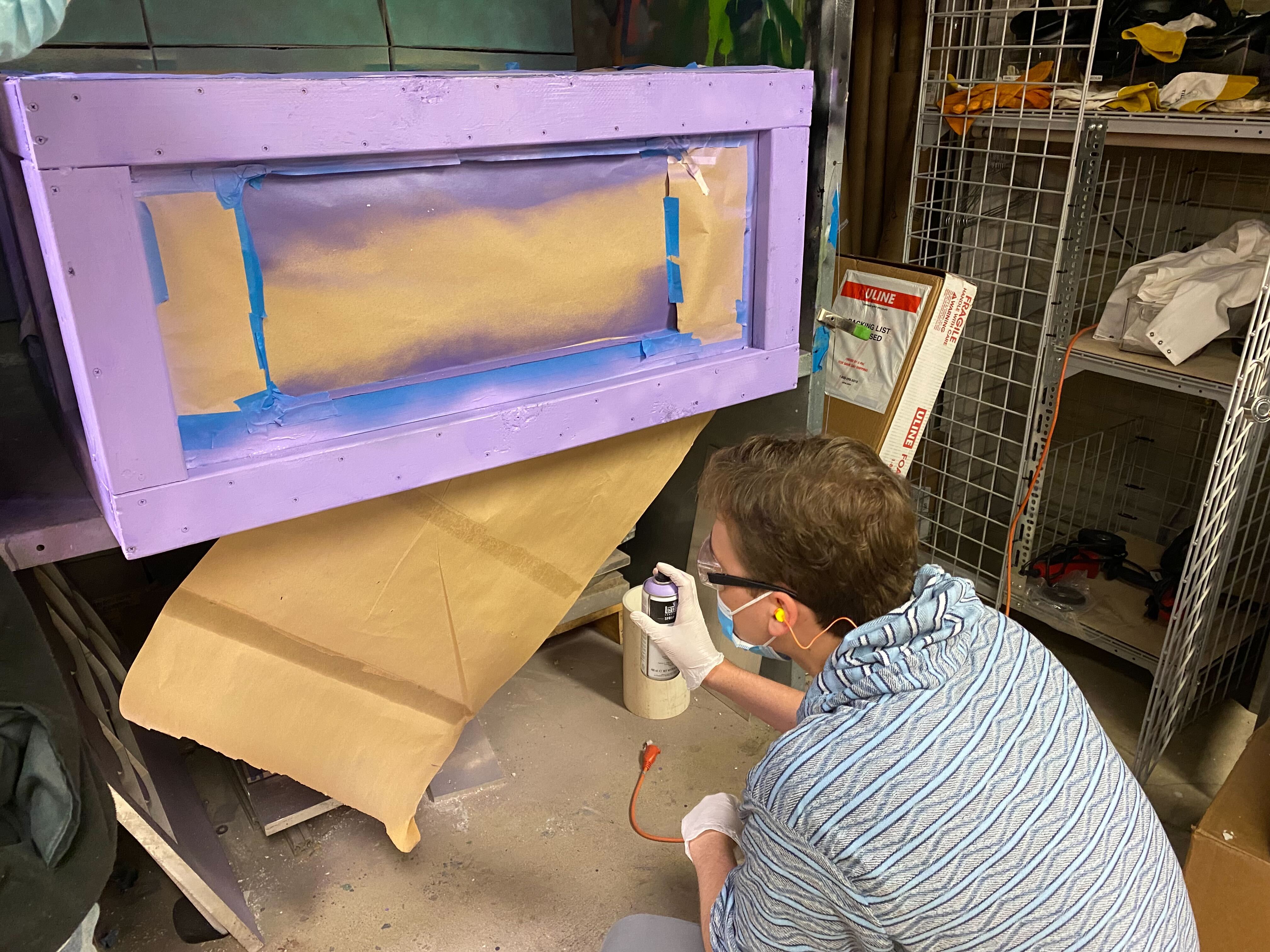
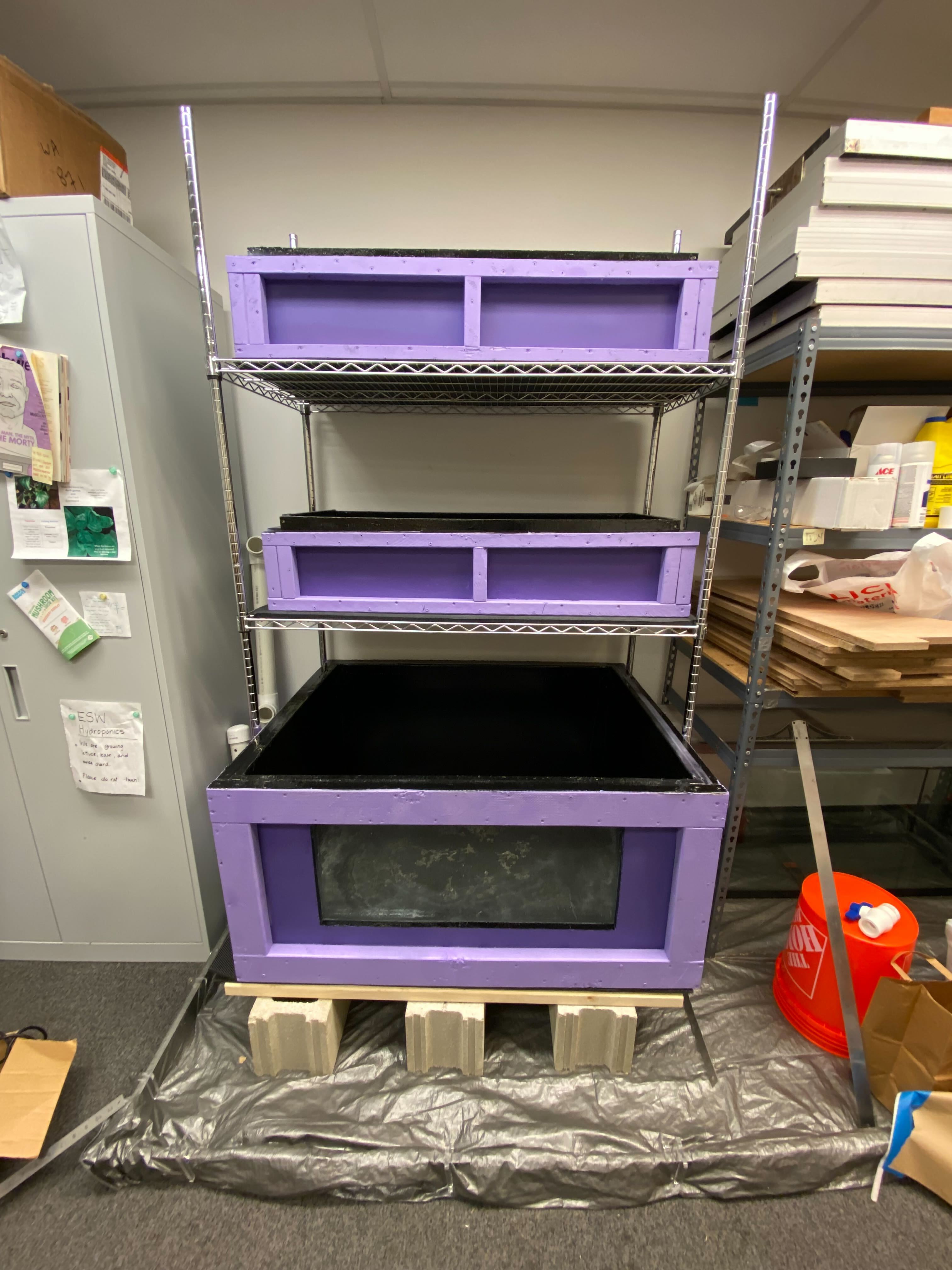
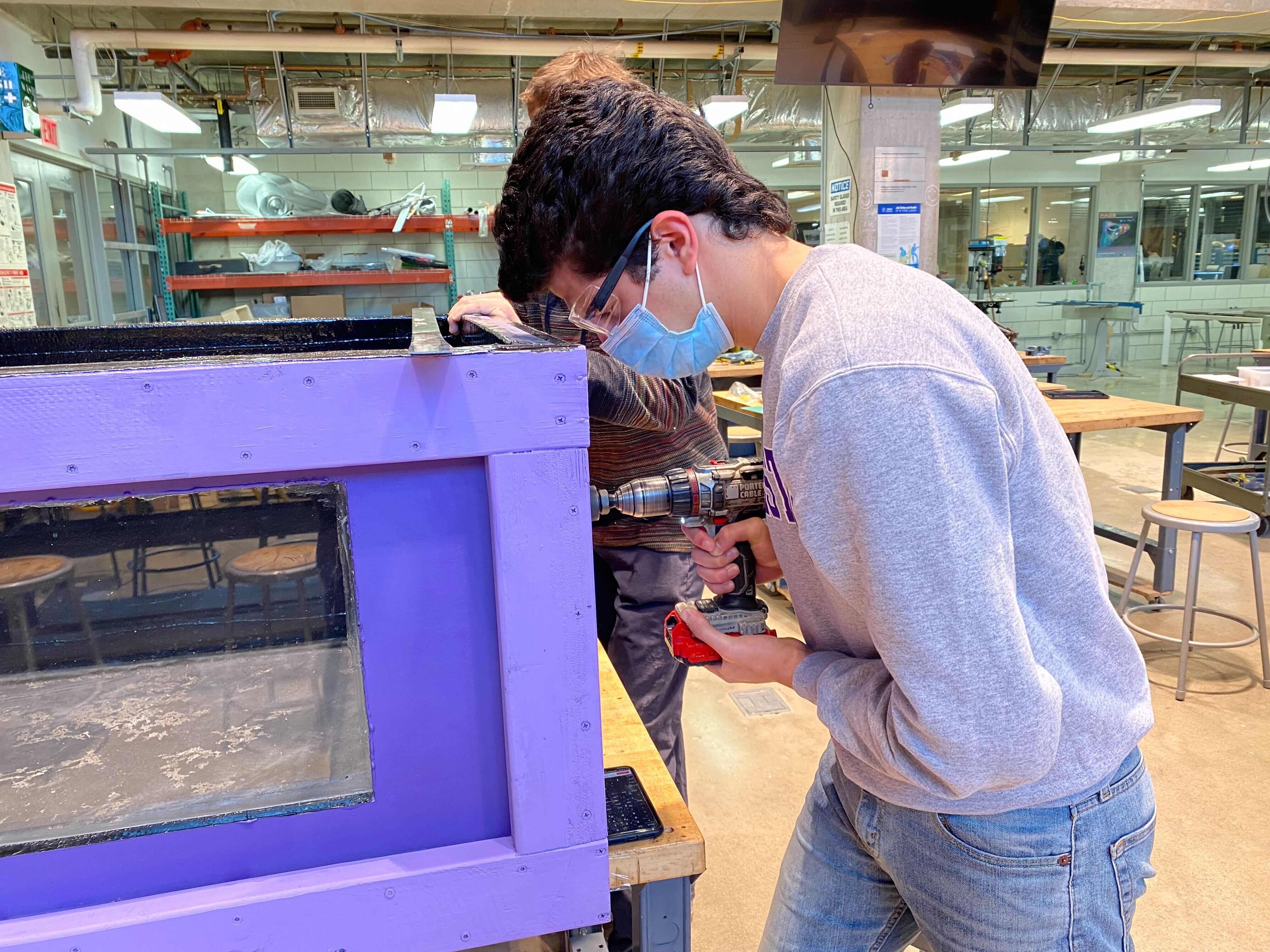
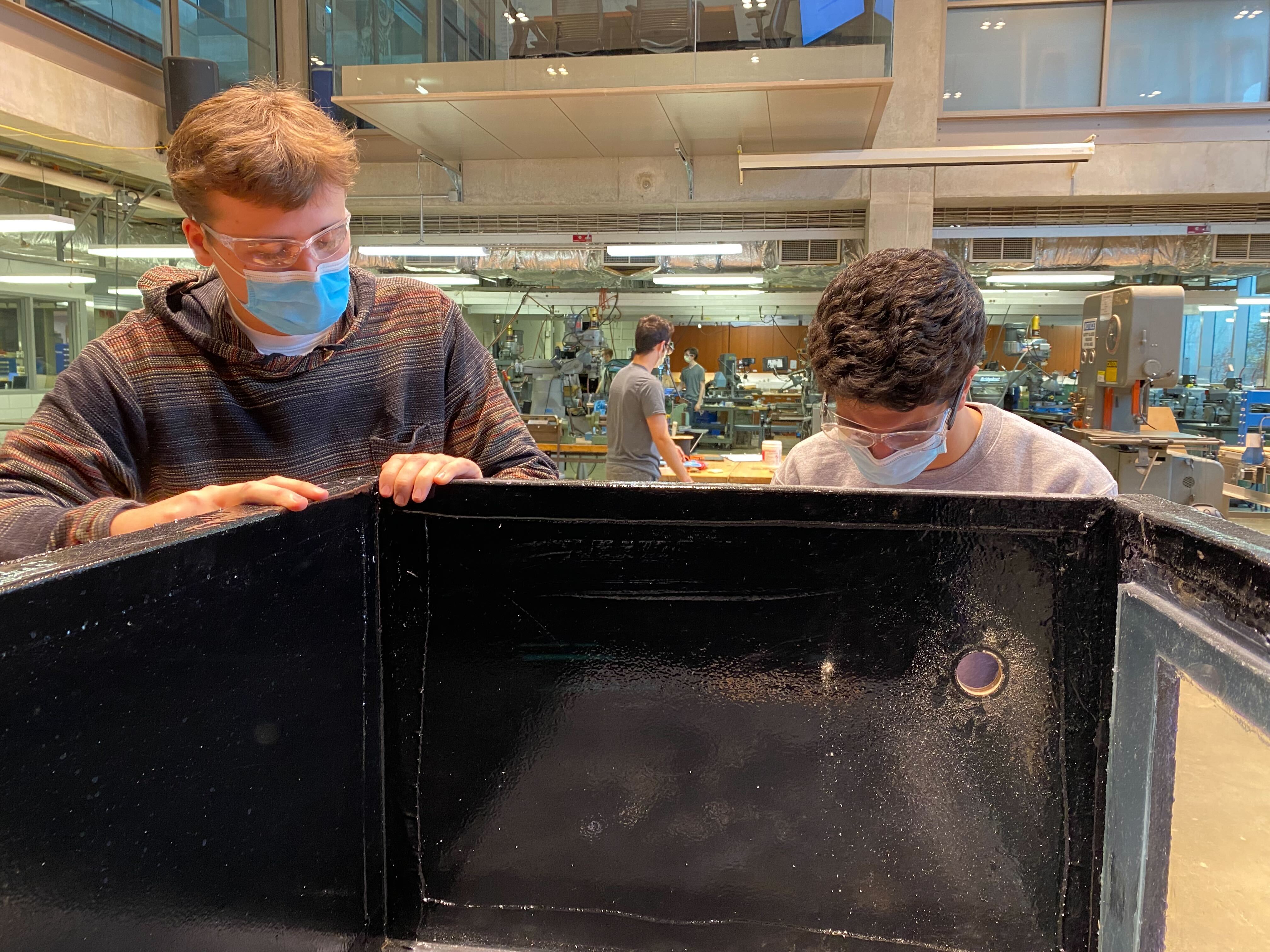
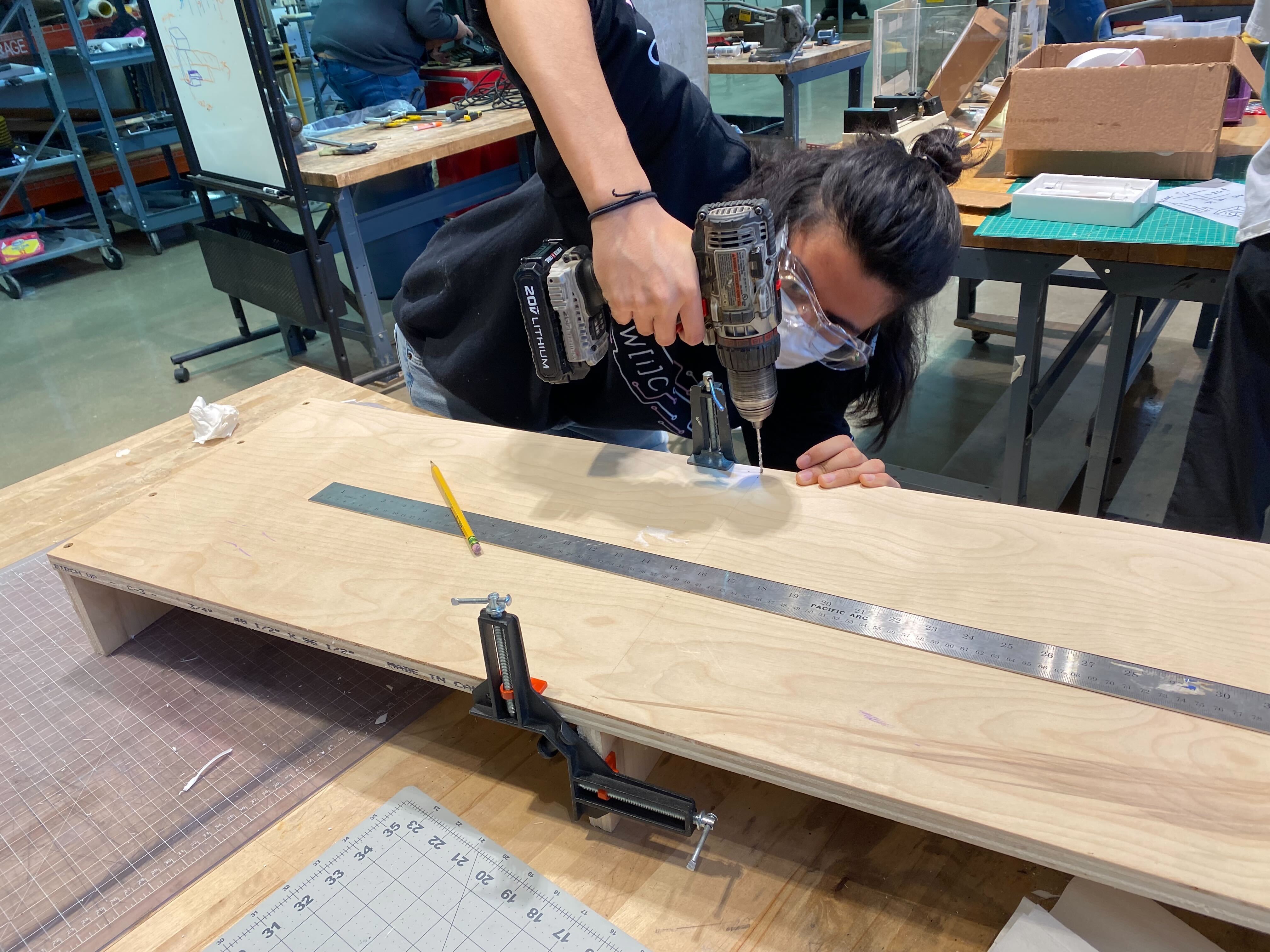
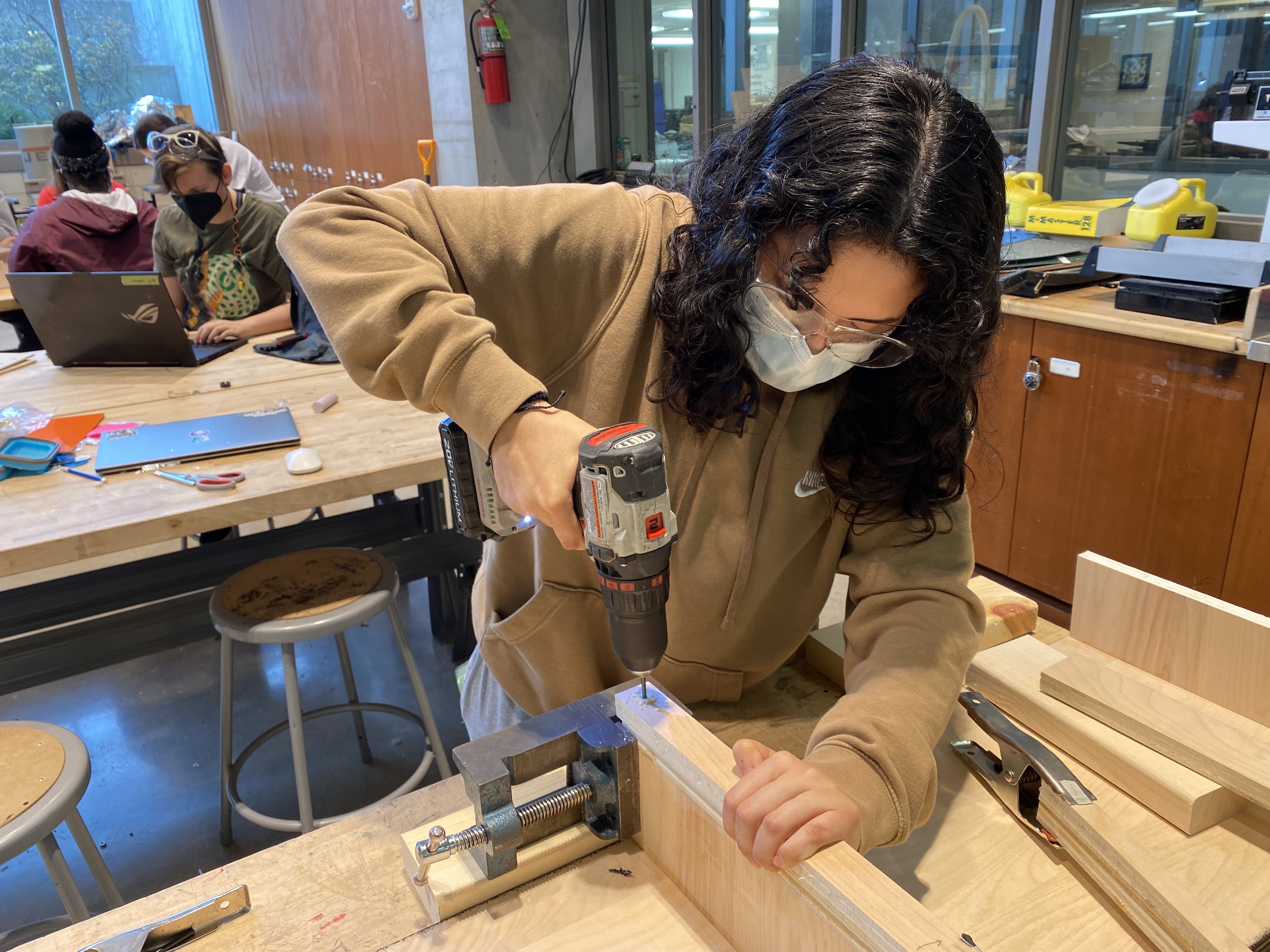
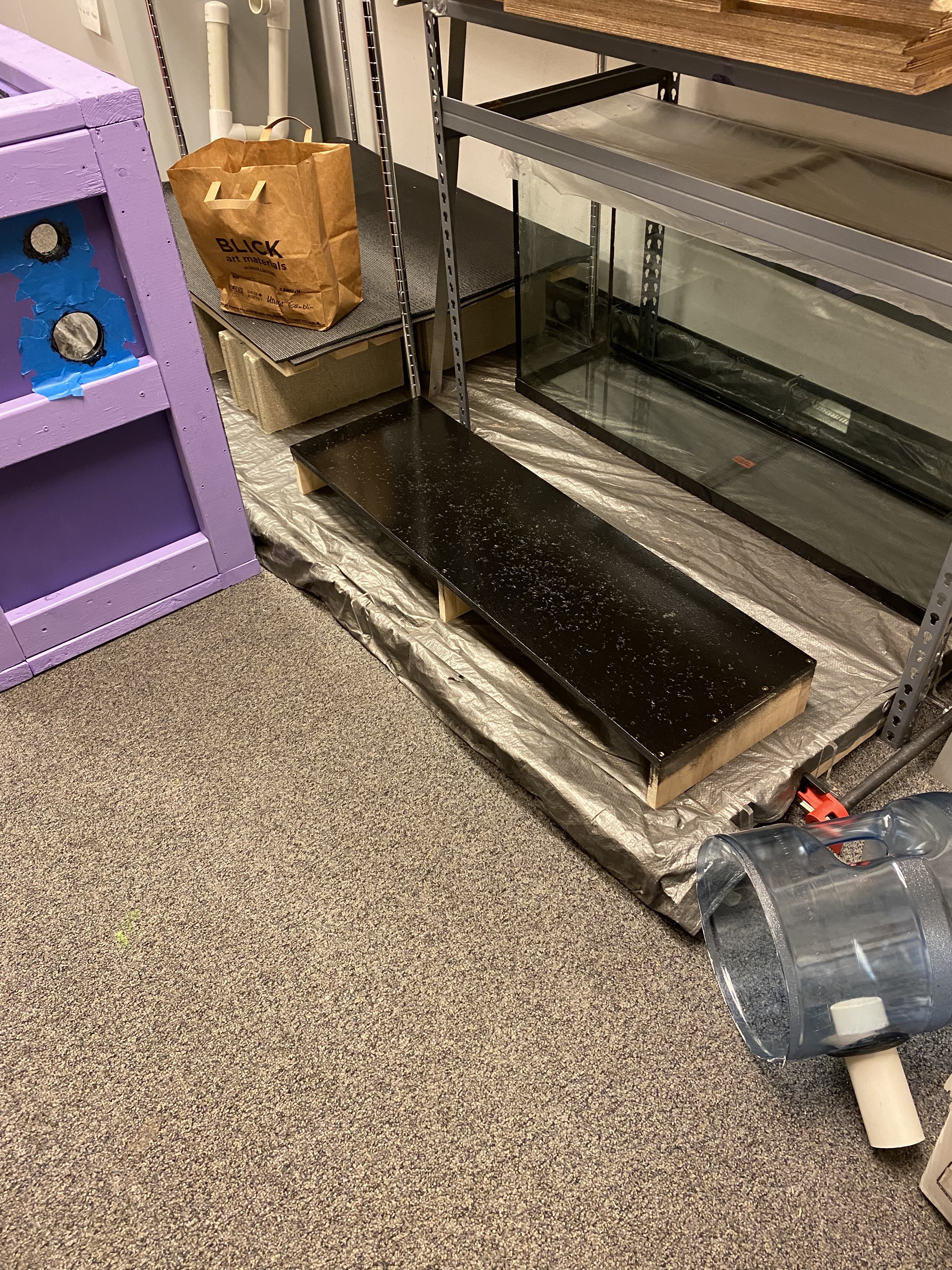
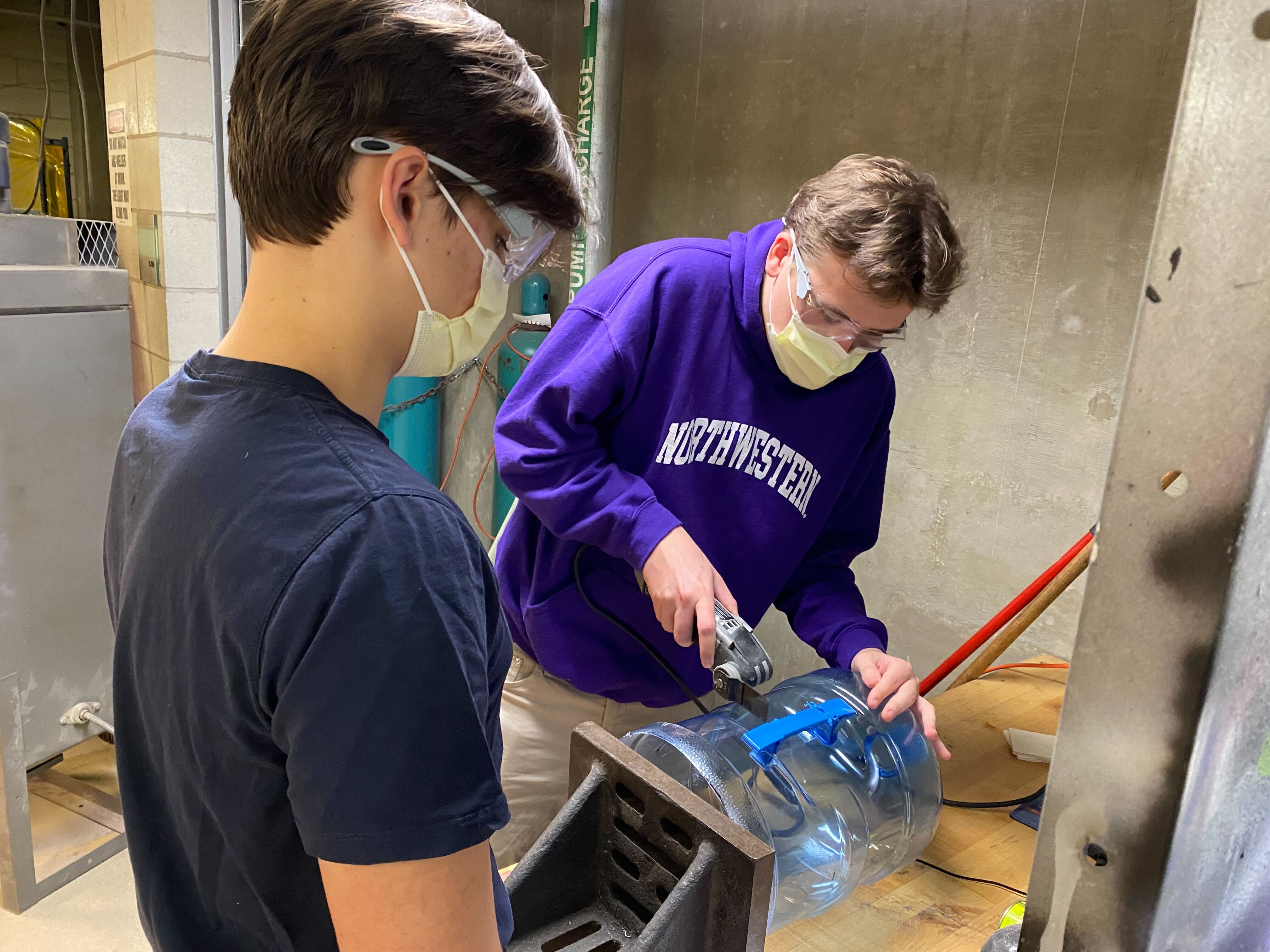


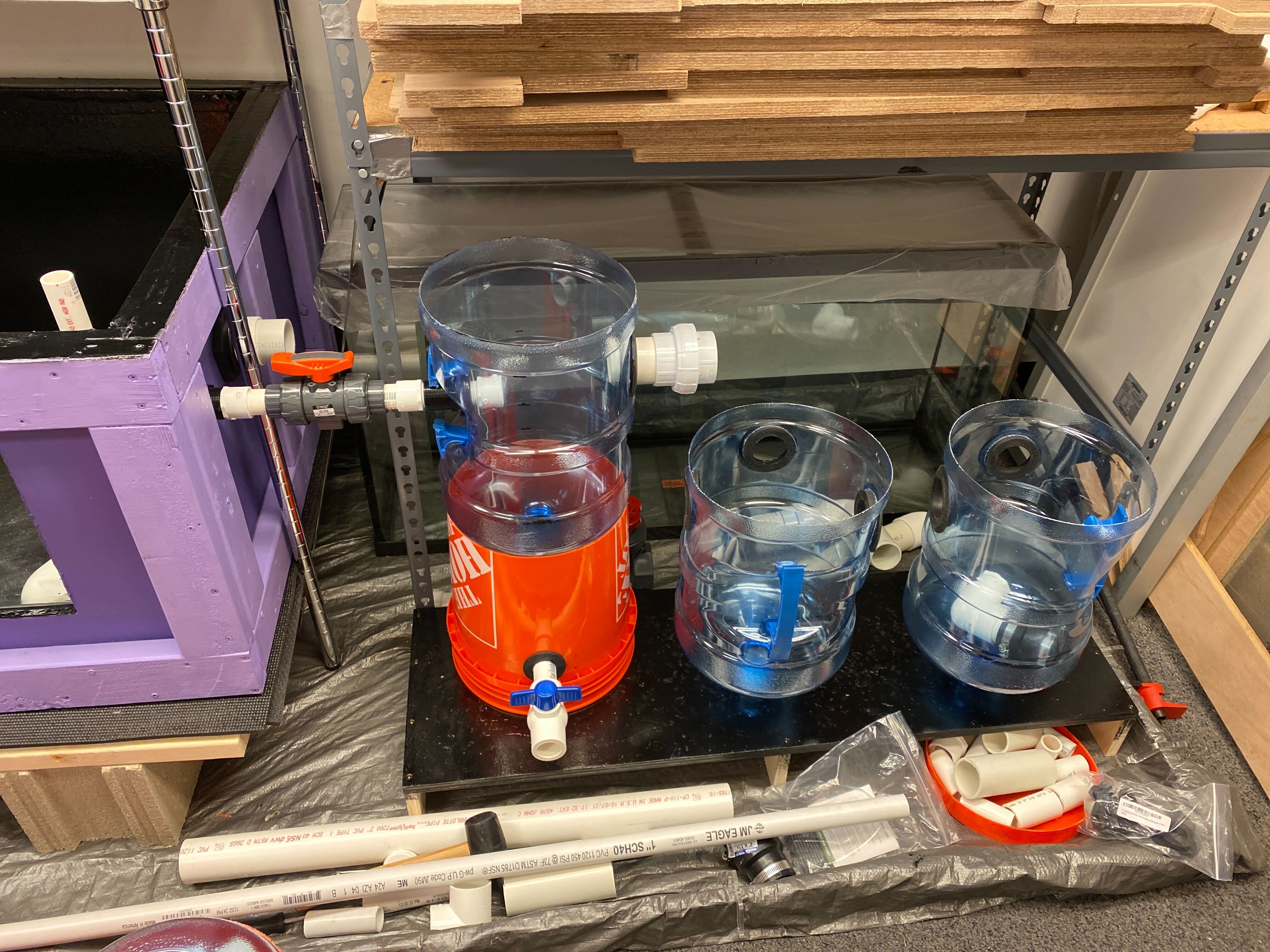
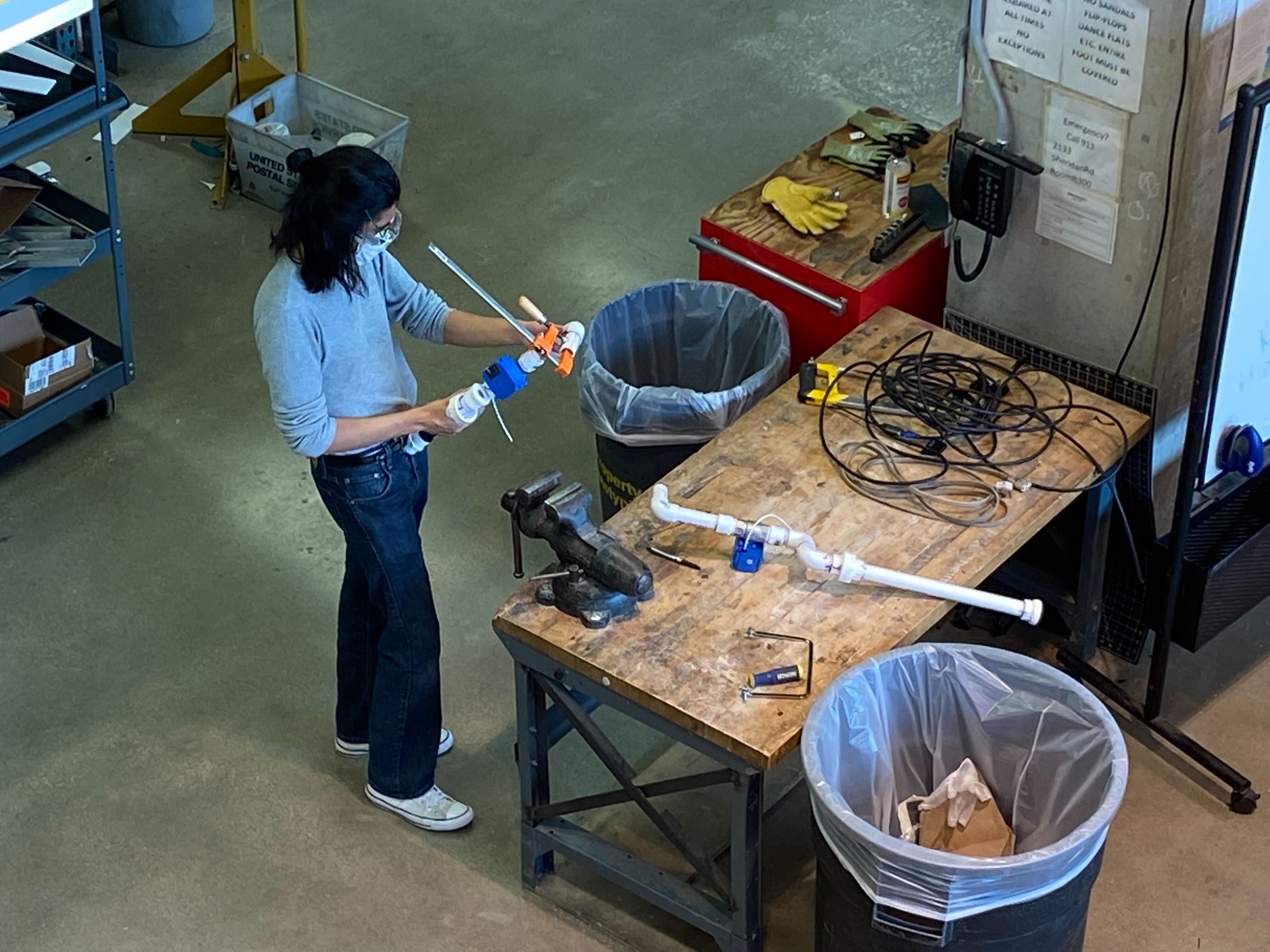
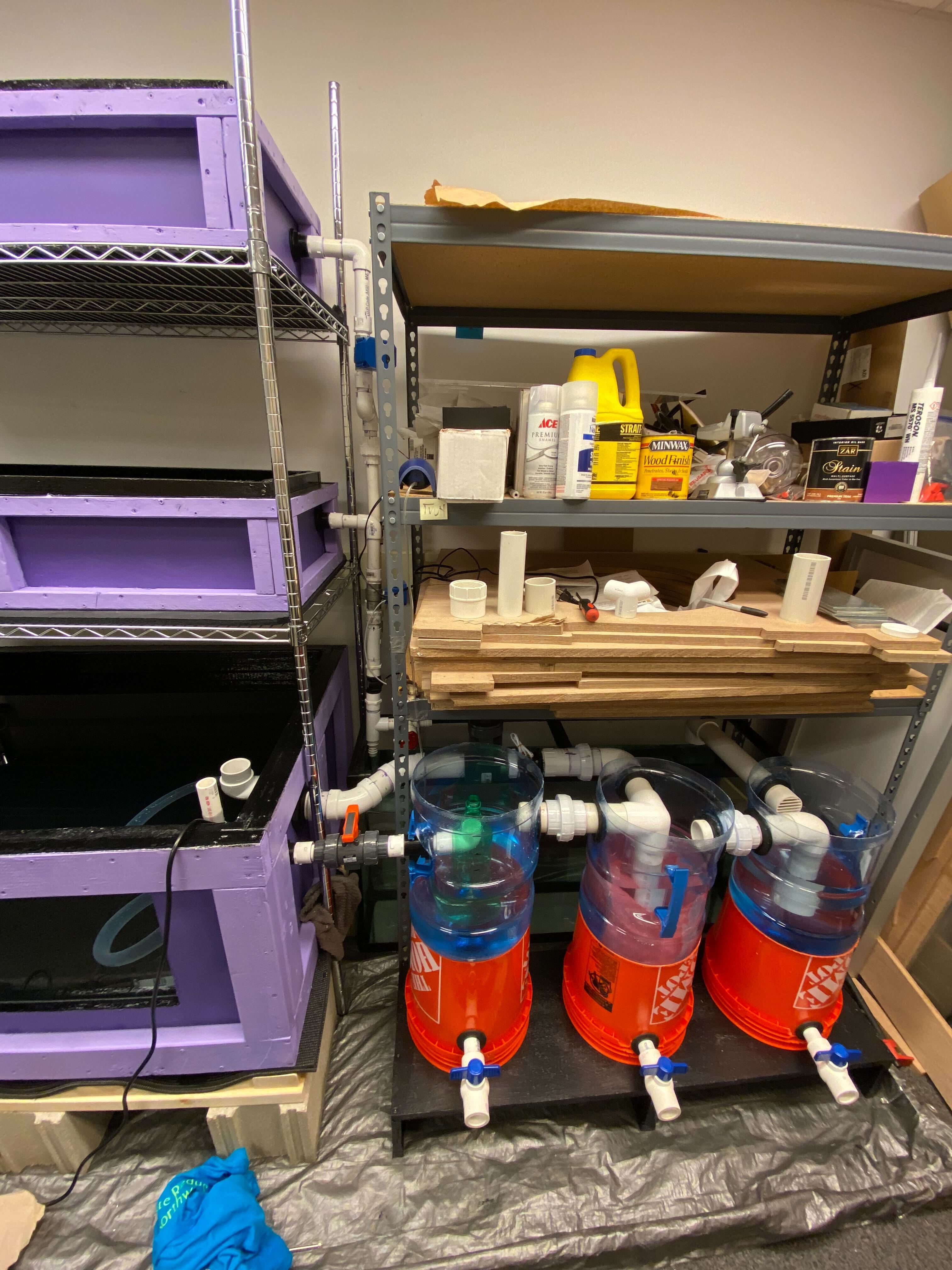
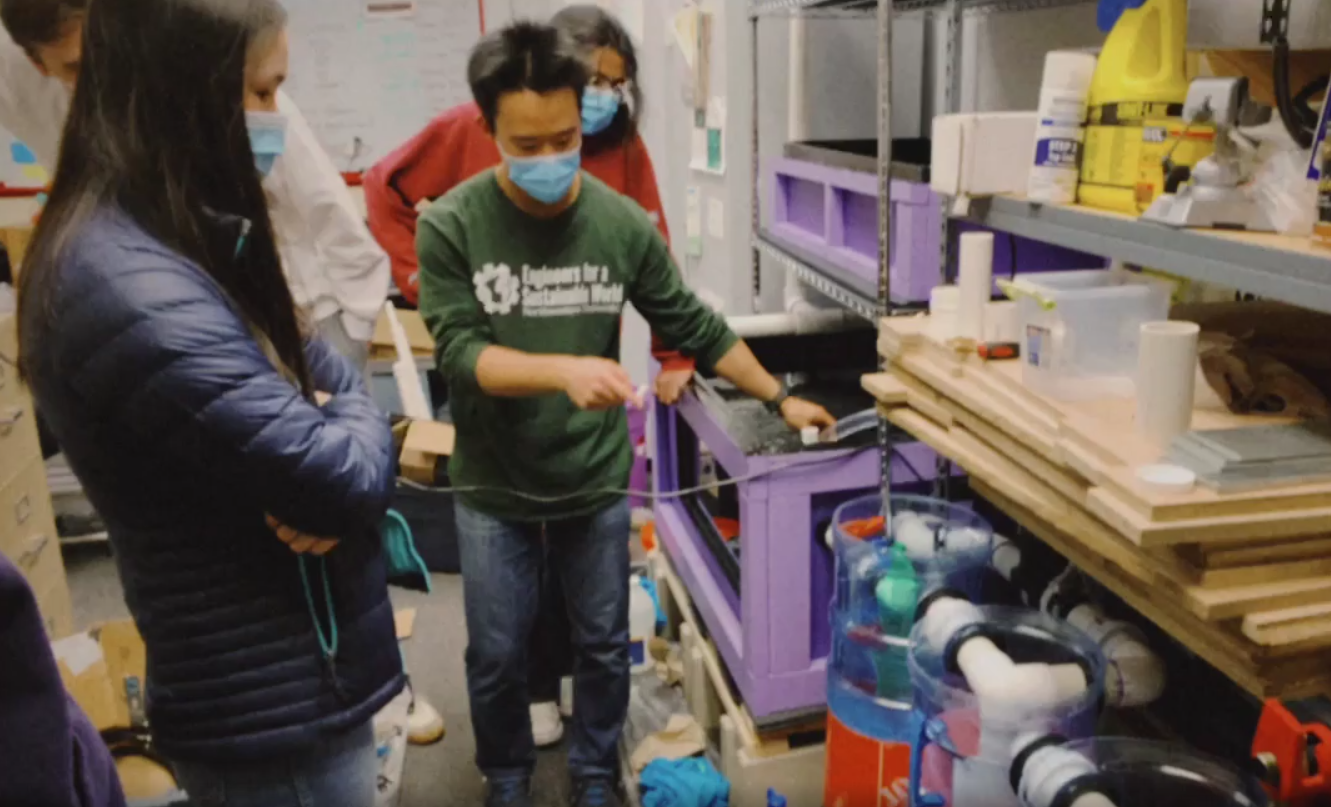
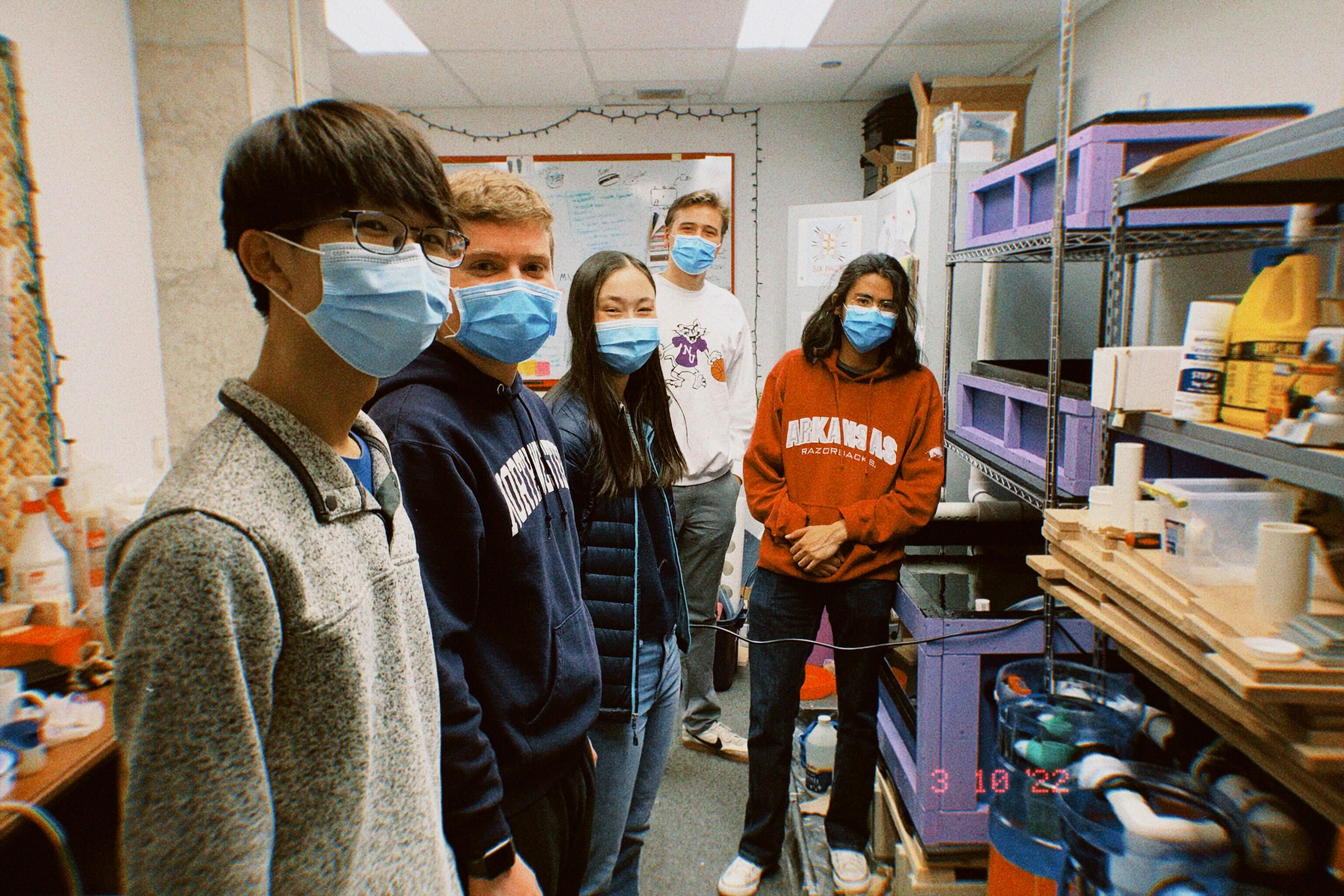
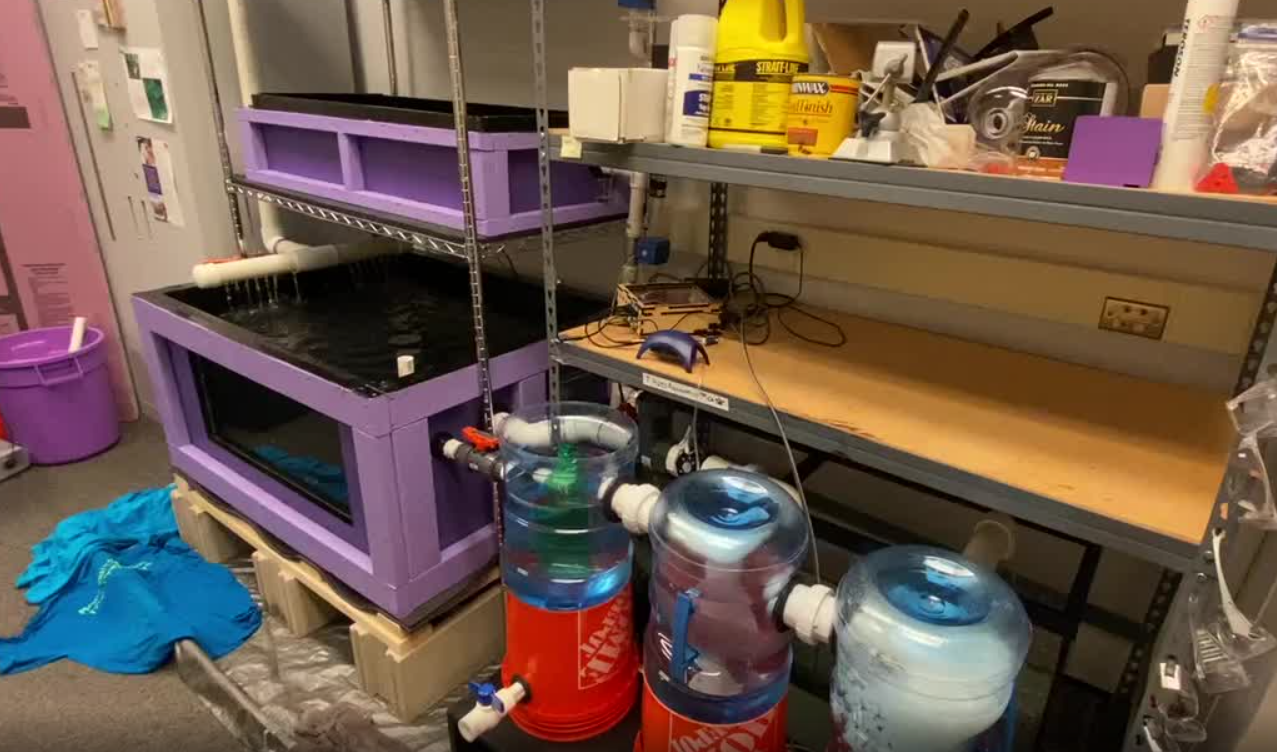
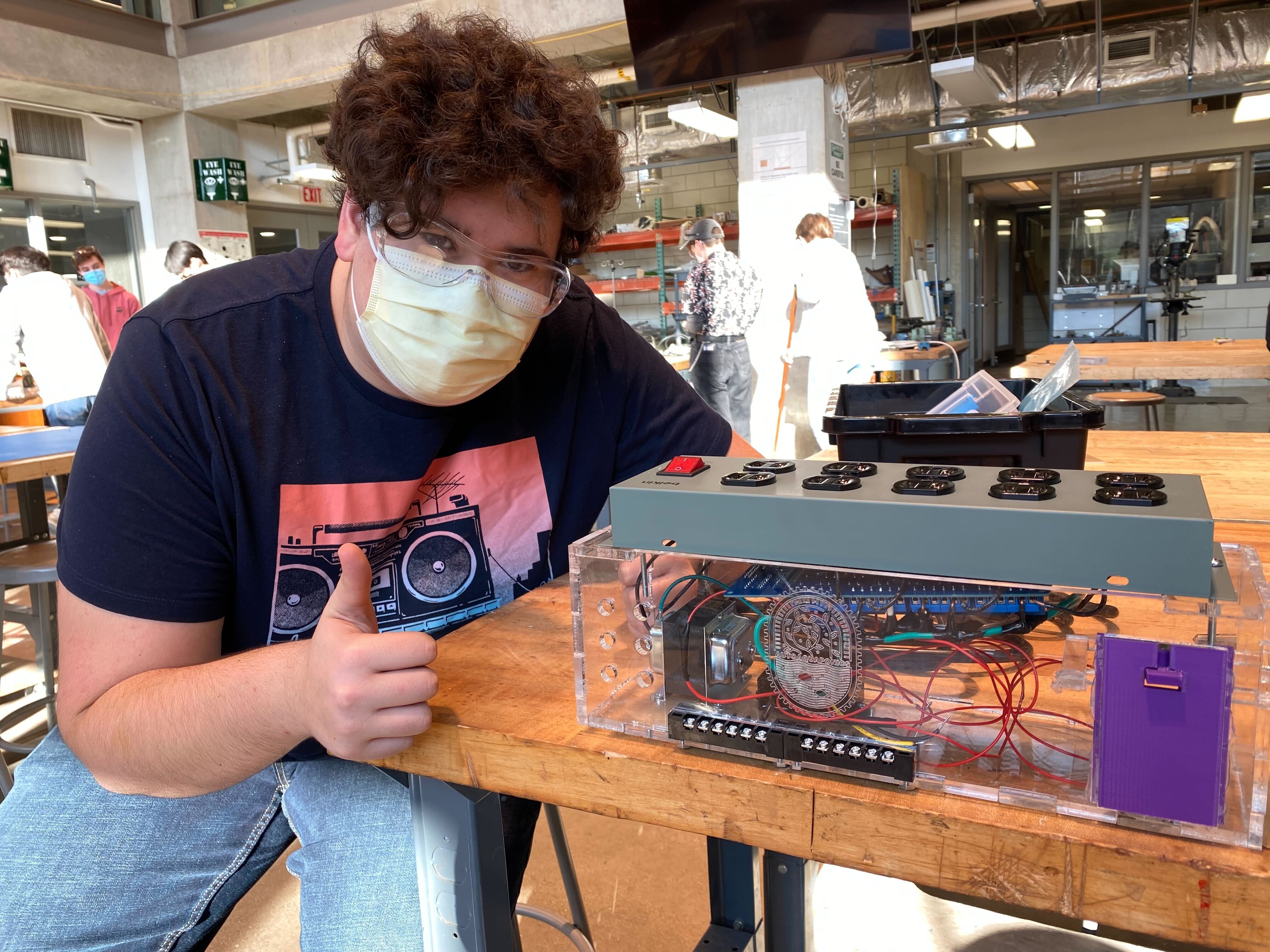
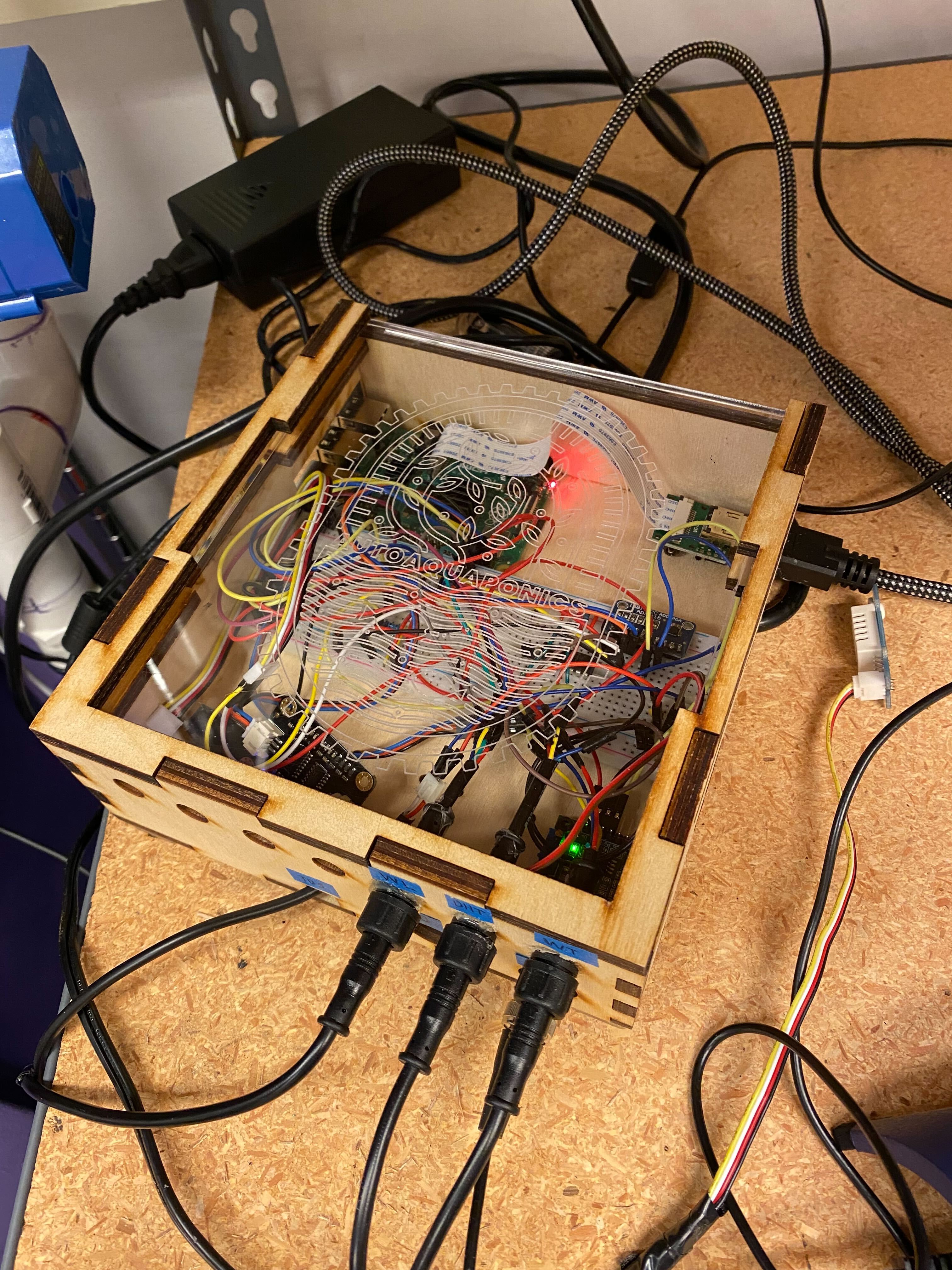
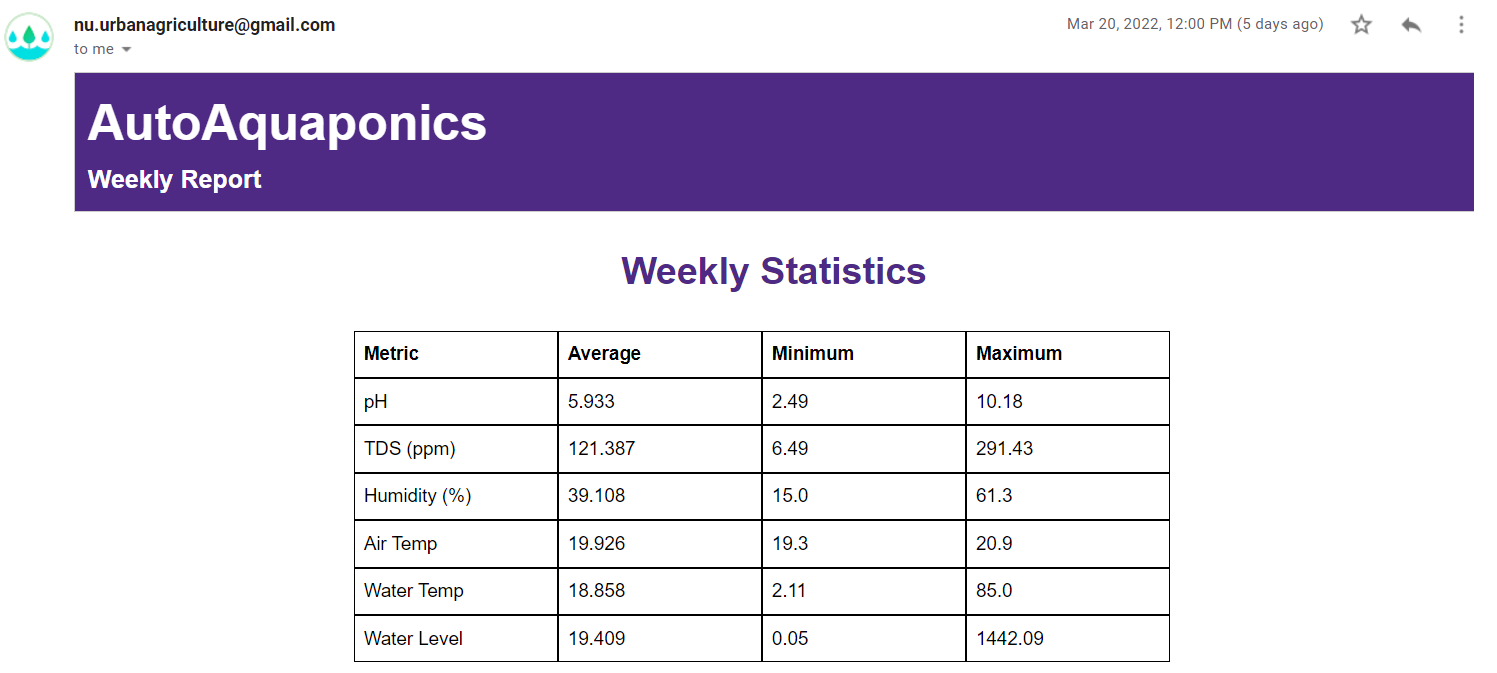
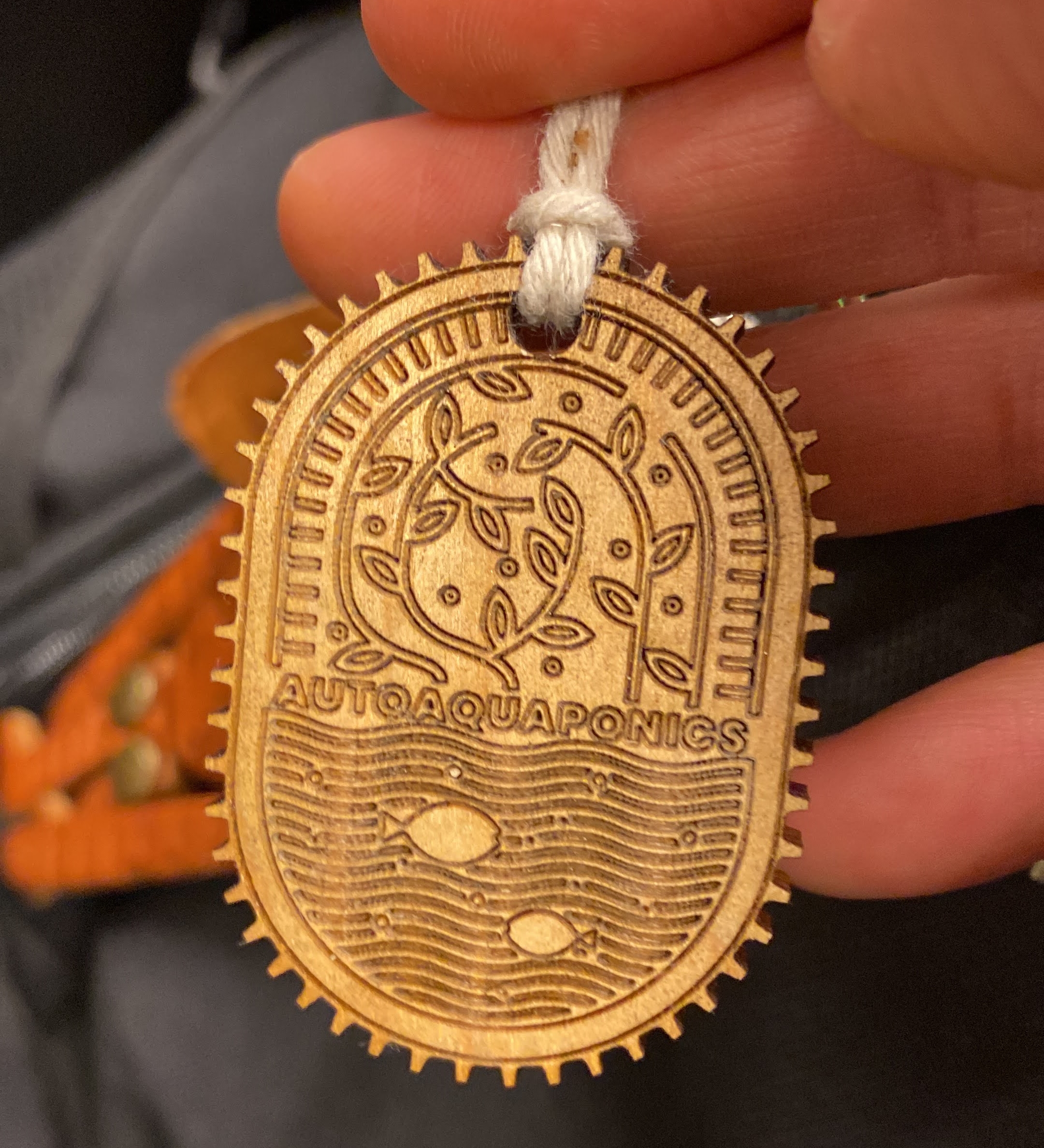

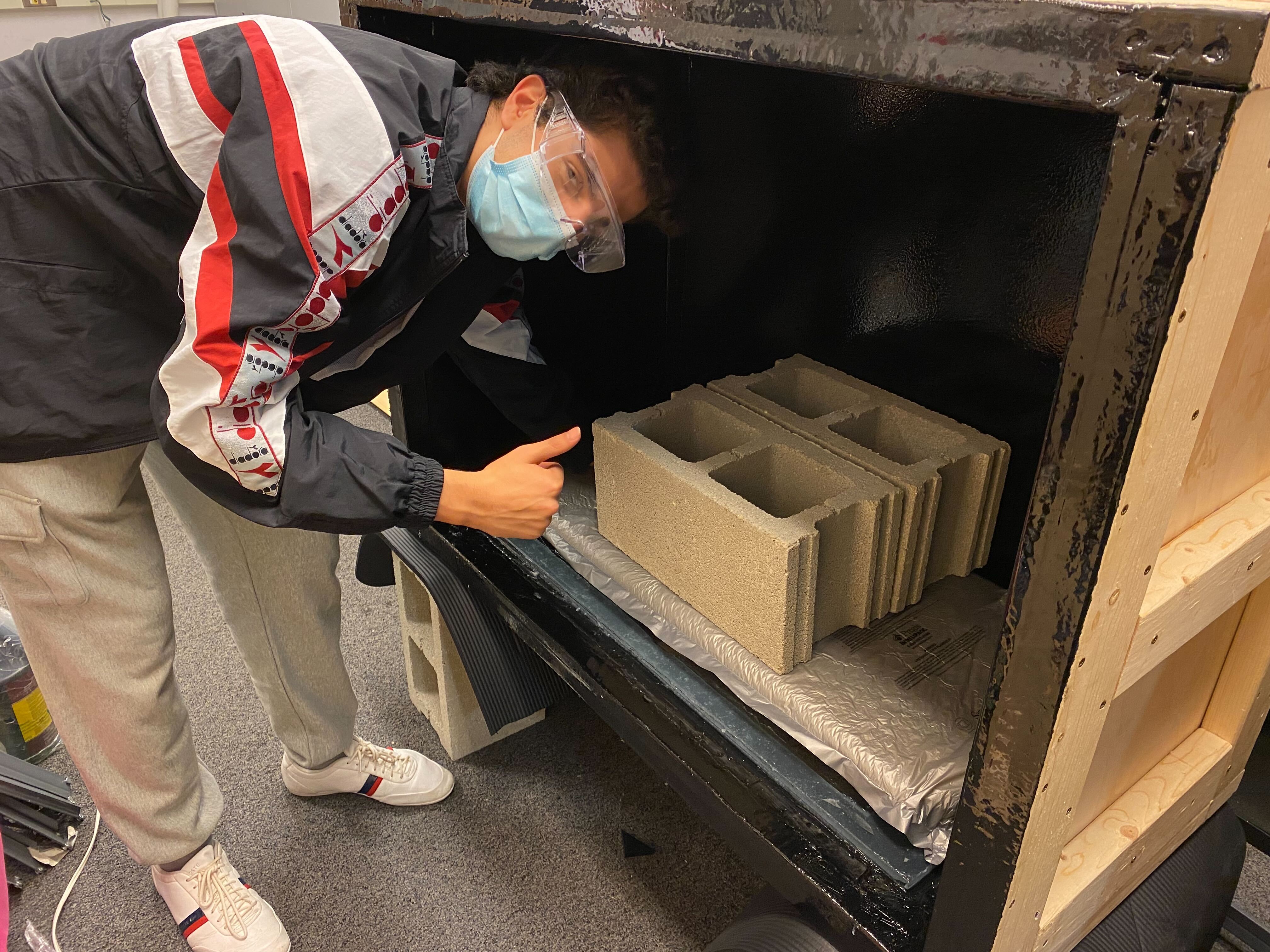
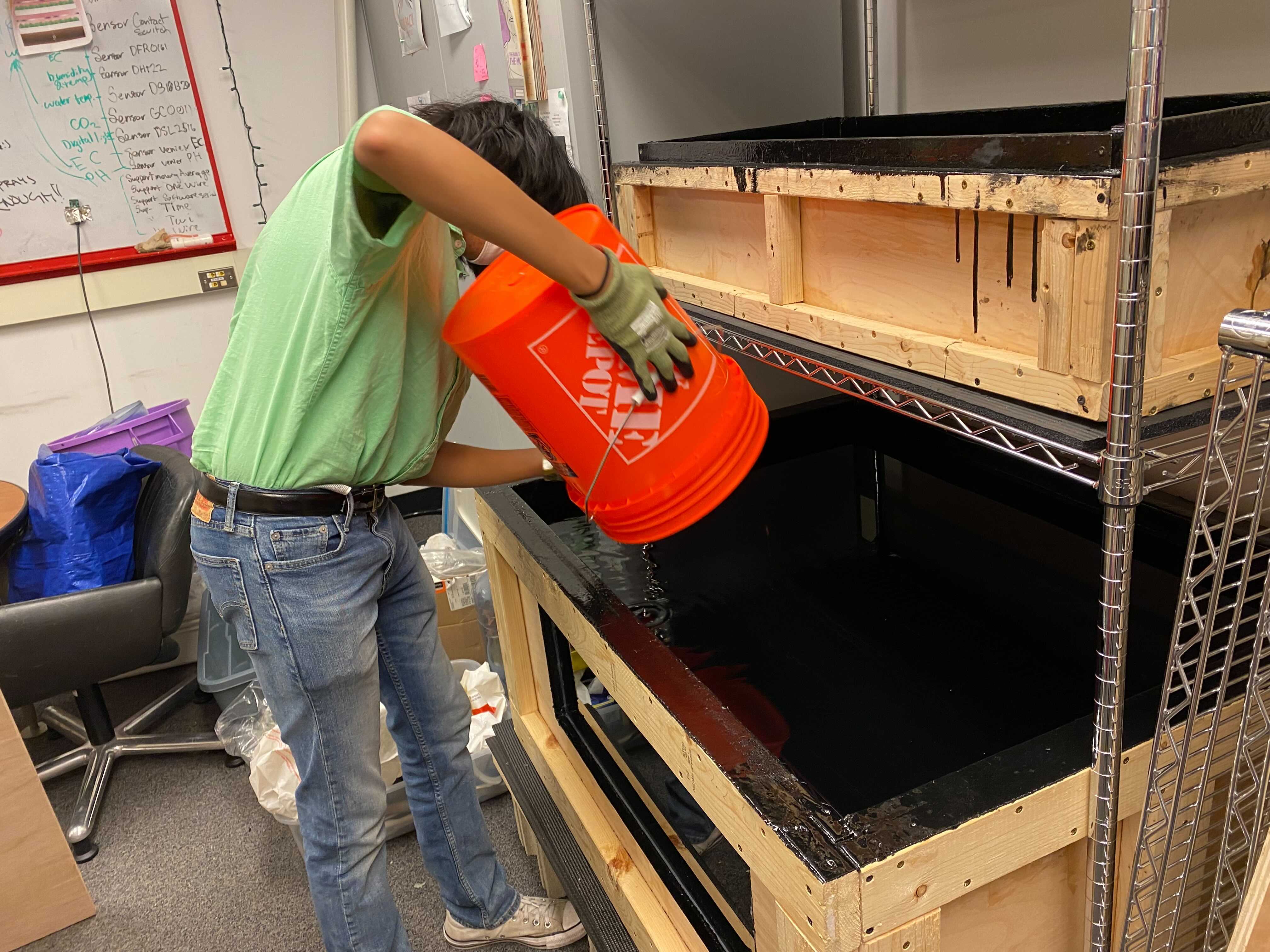
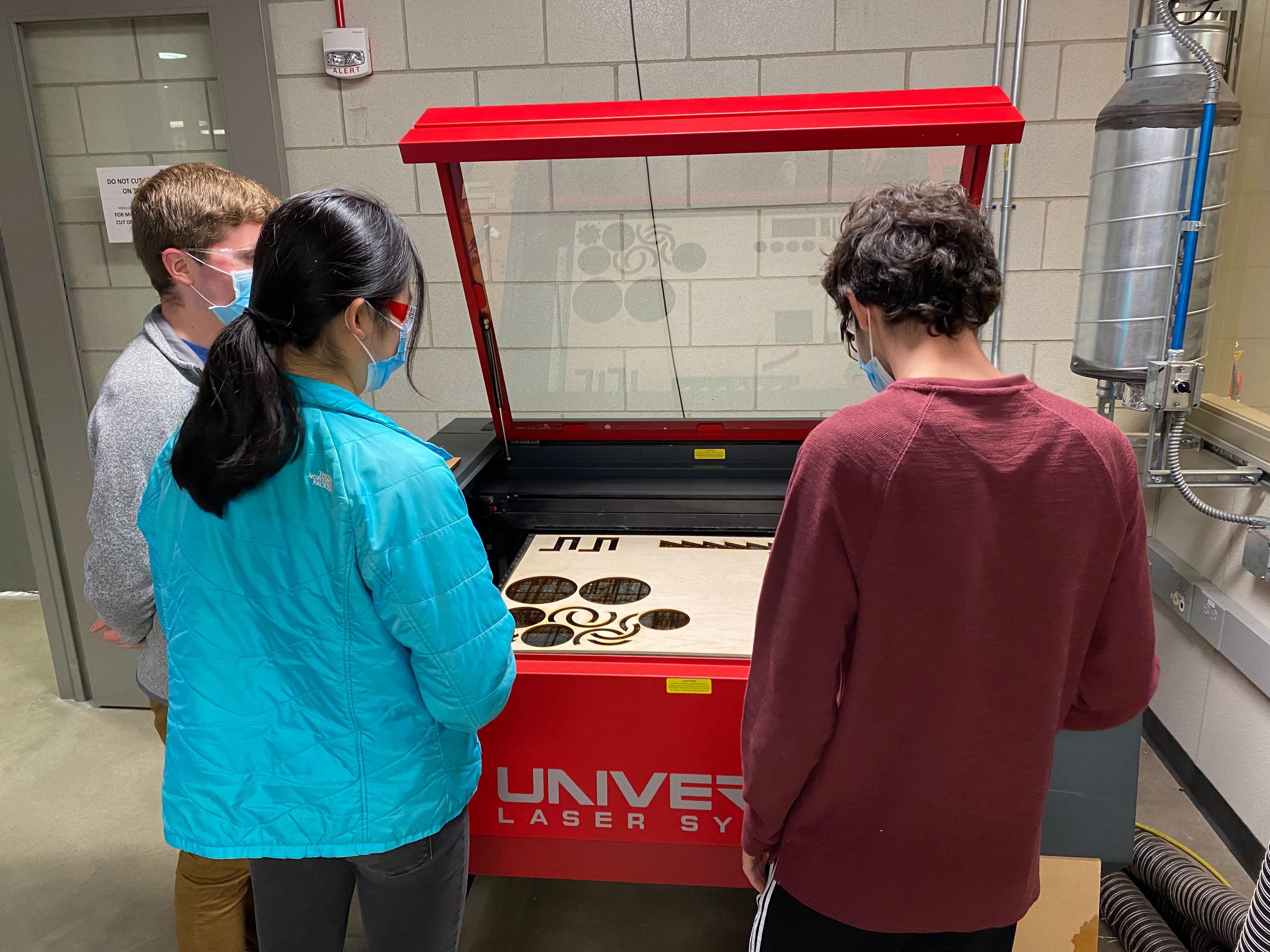
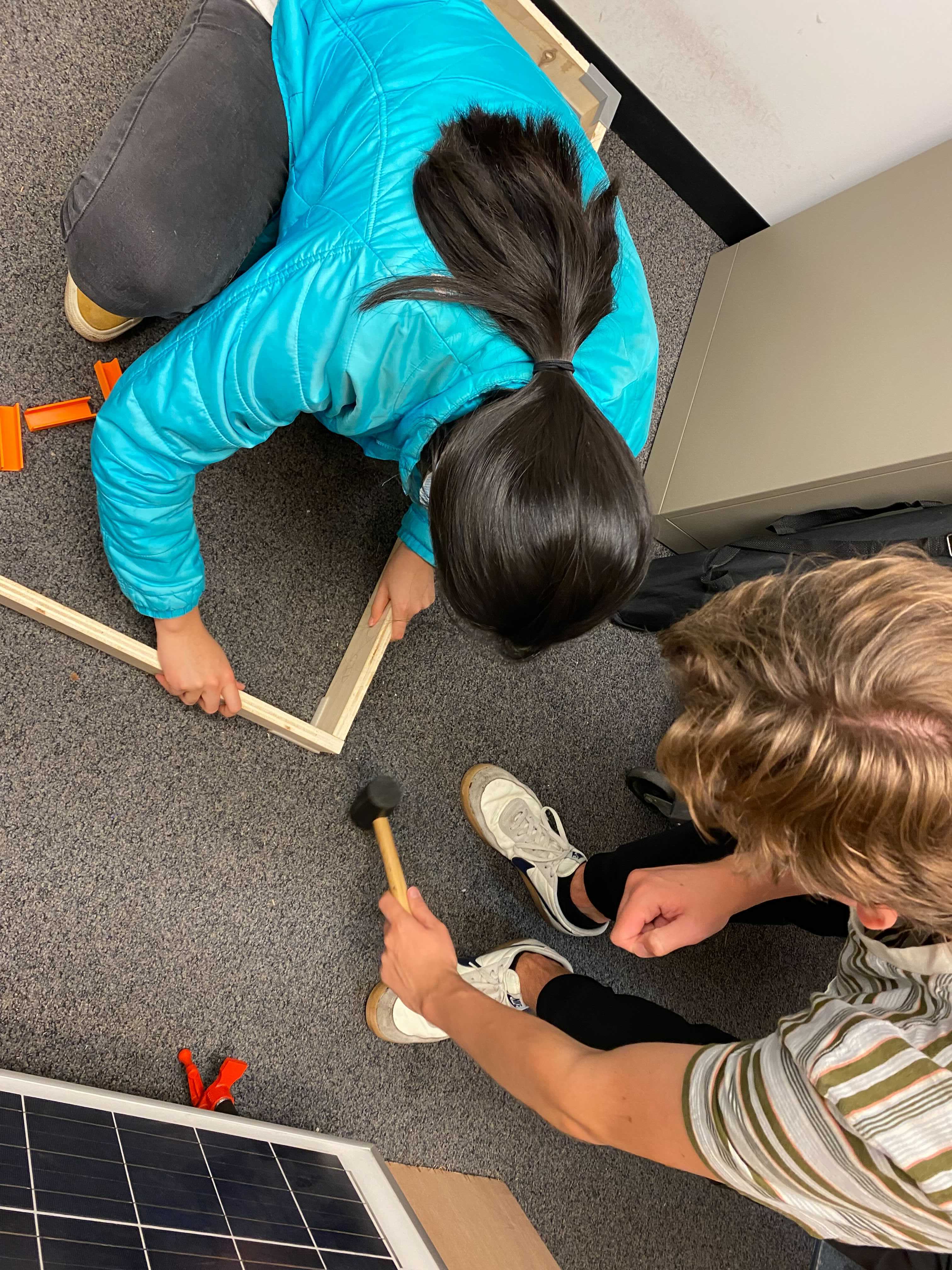 *Big thanks to SmartTree members for helping us clear the room so we can slide the containment berm under both of our shelves!
*Big thanks to SmartTree members for helping us clear the room so we can slide the containment berm under both of our shelves!
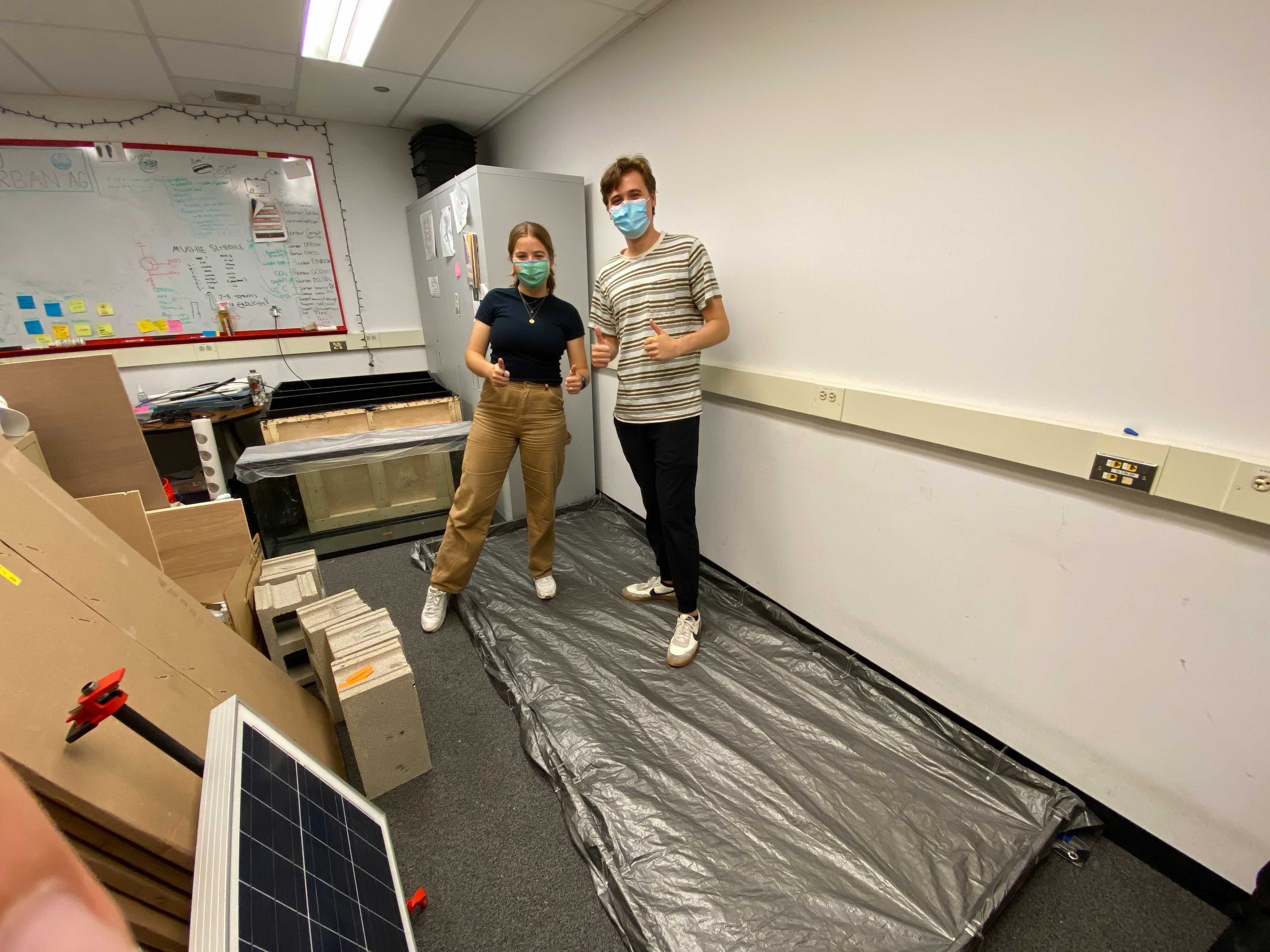
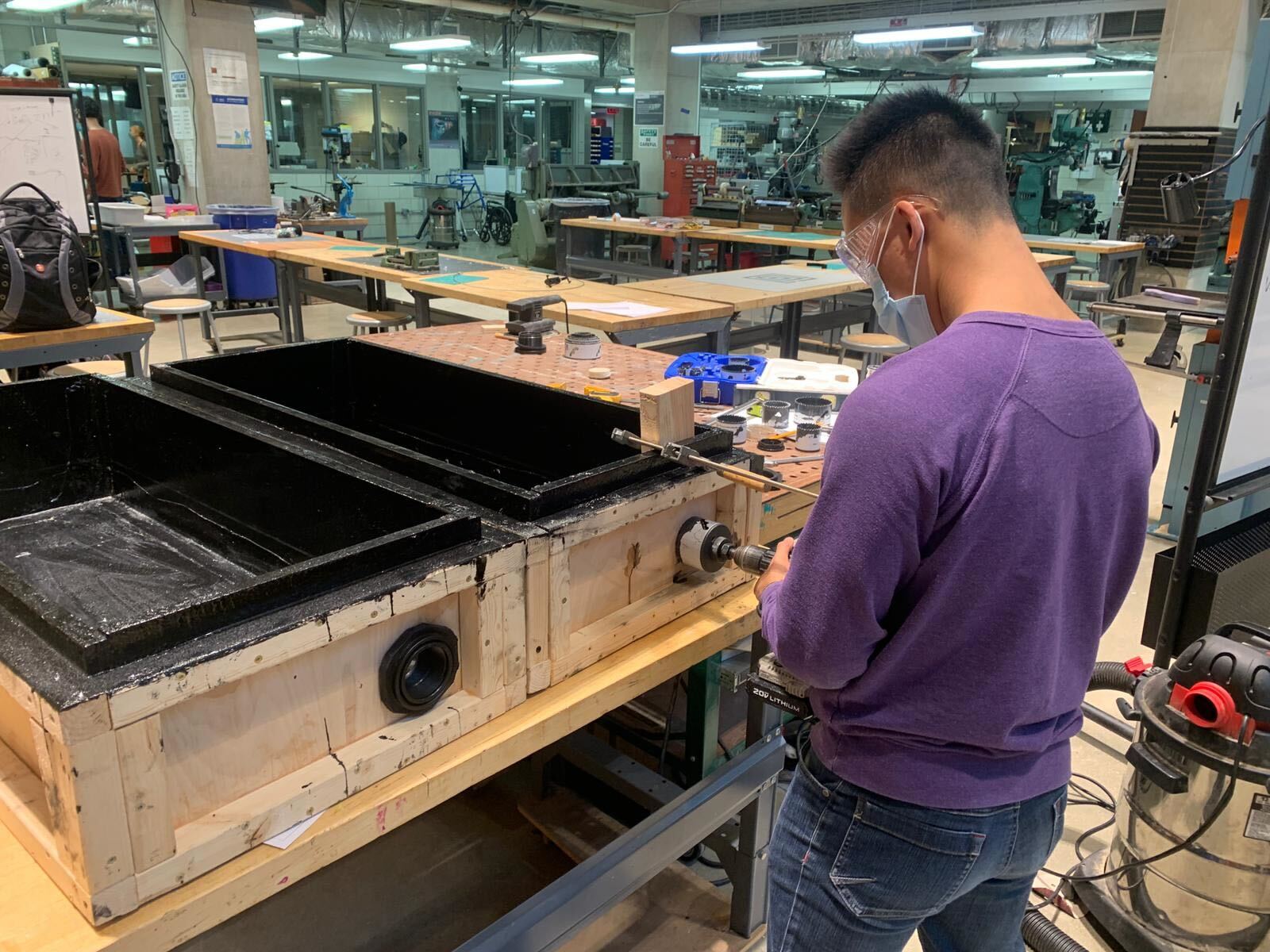
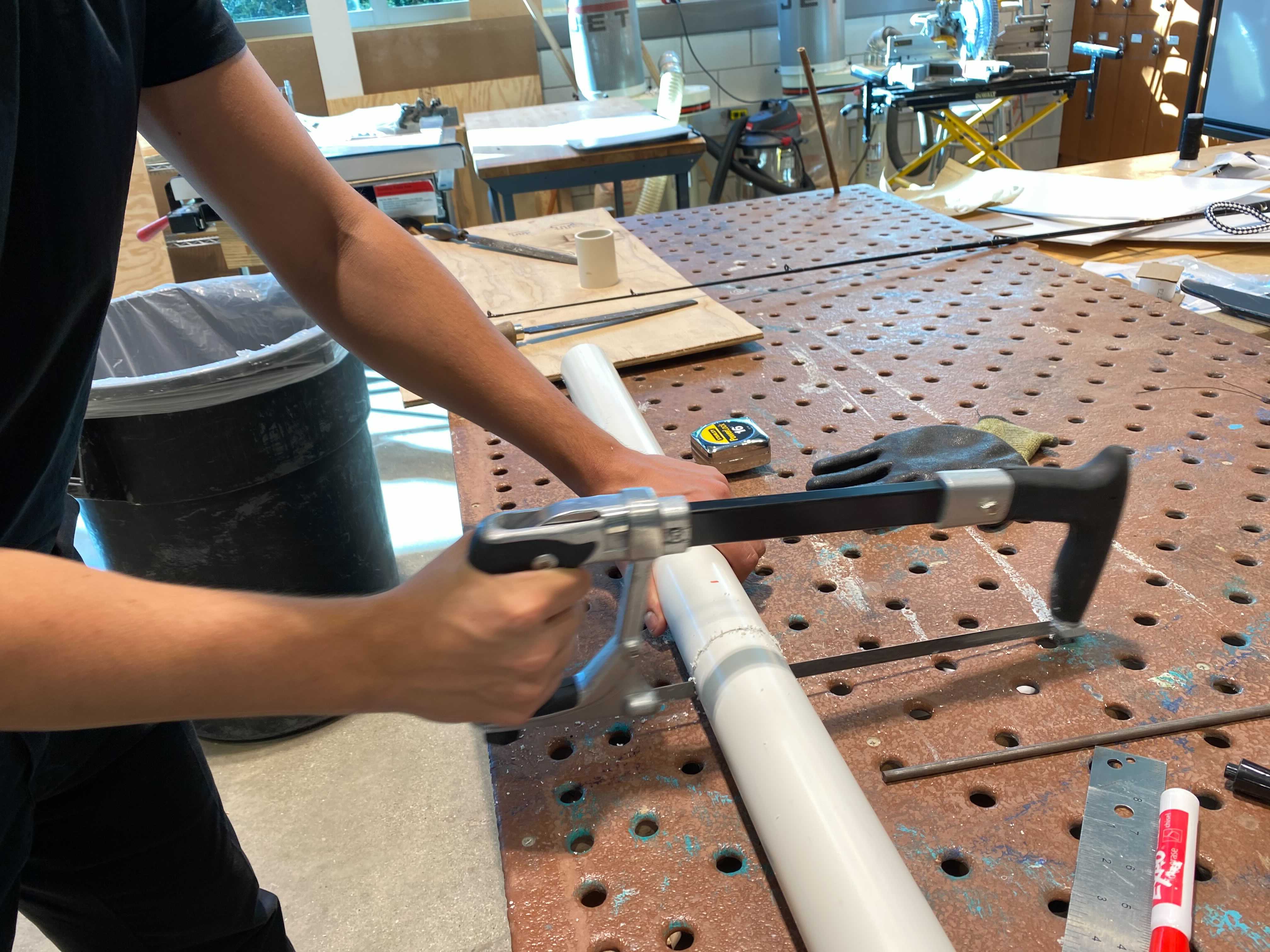
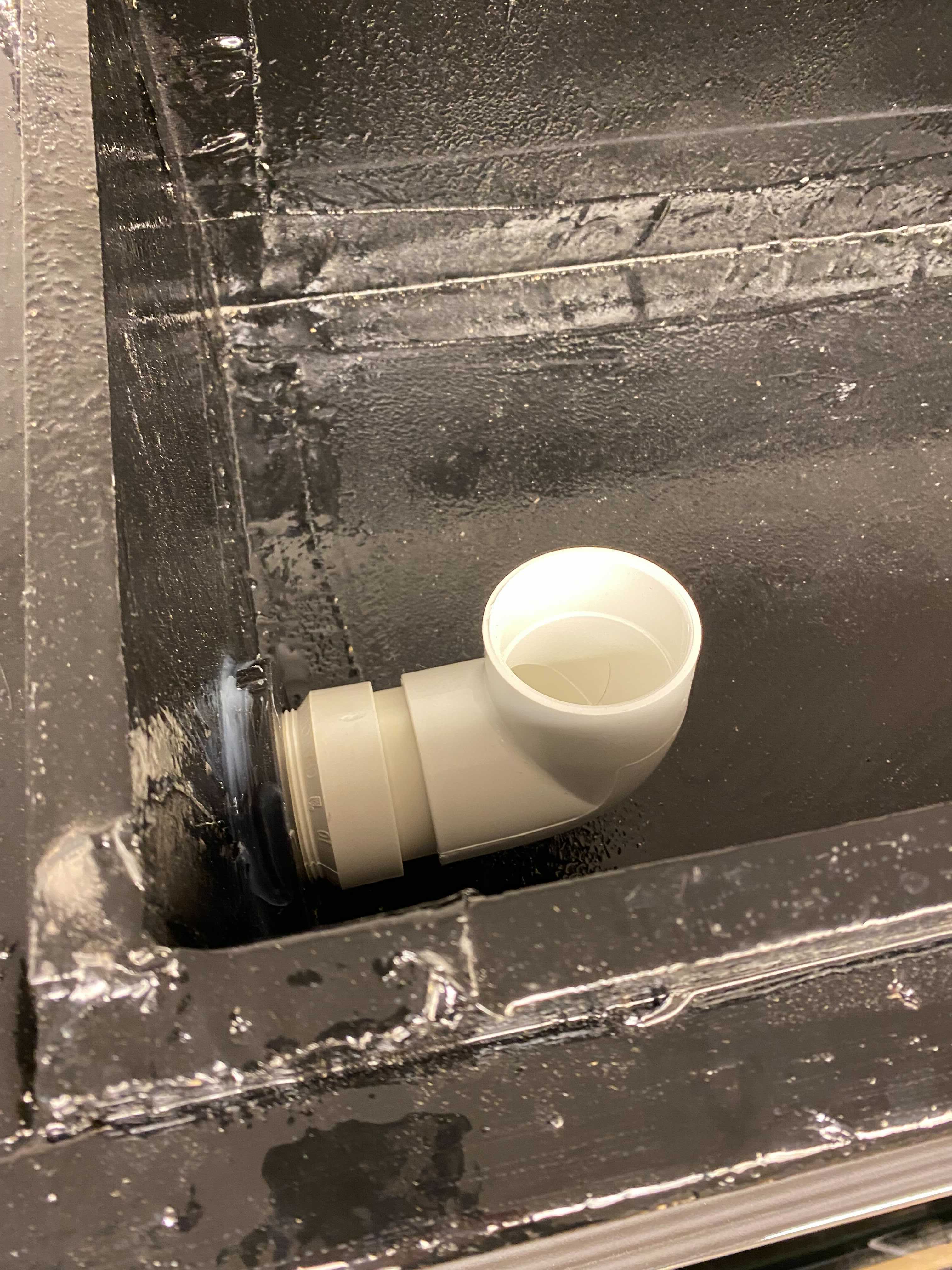
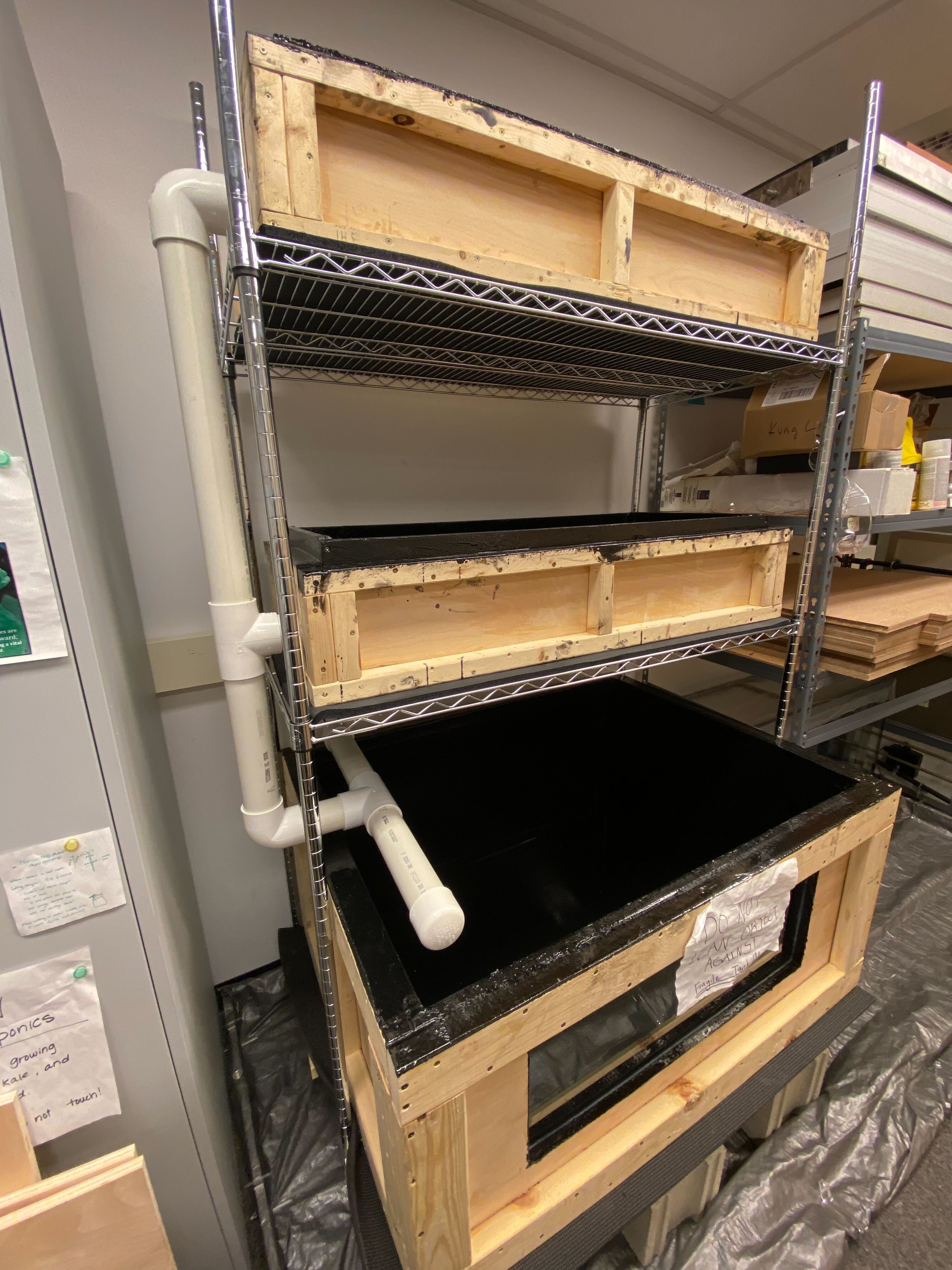
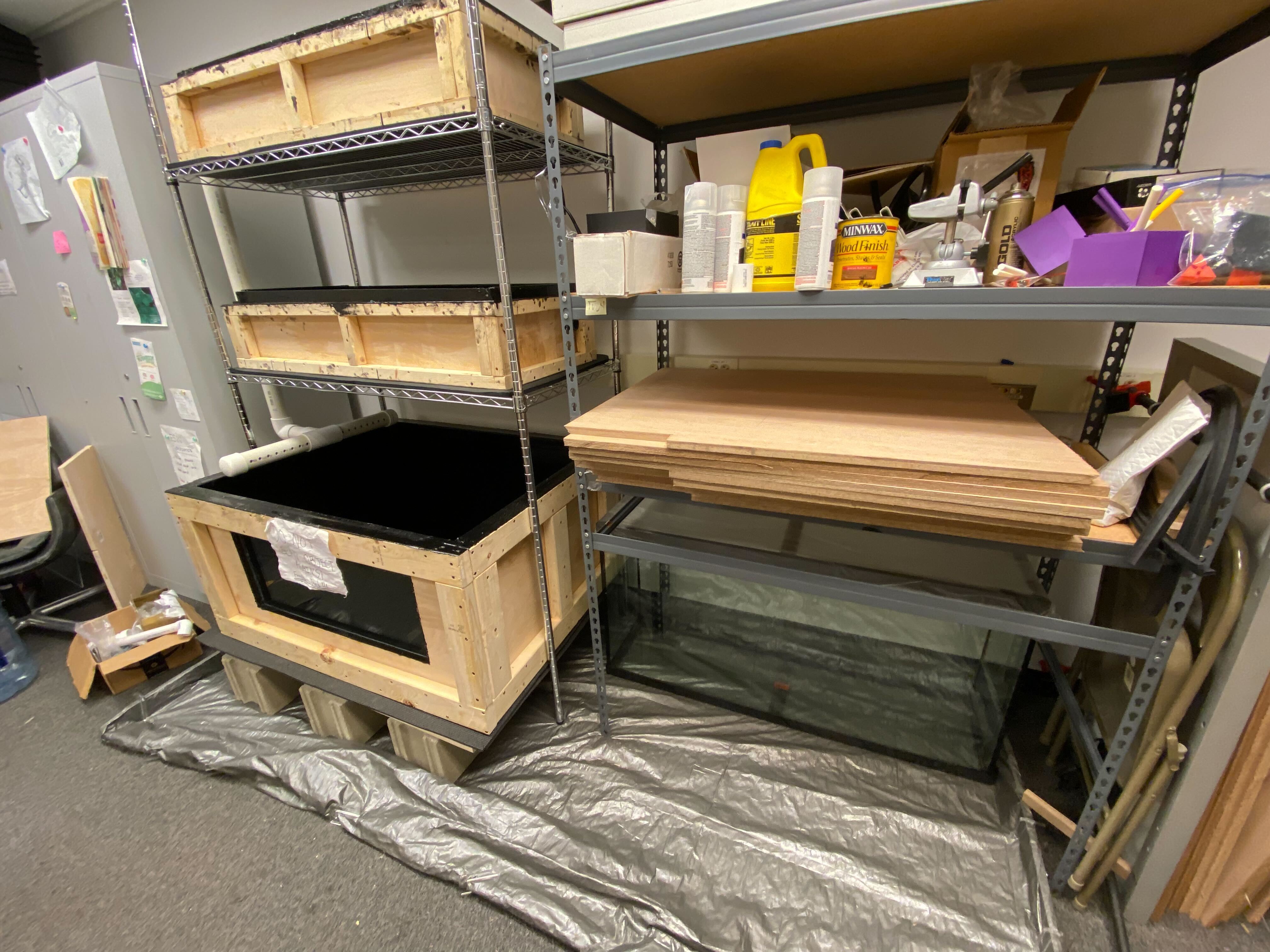
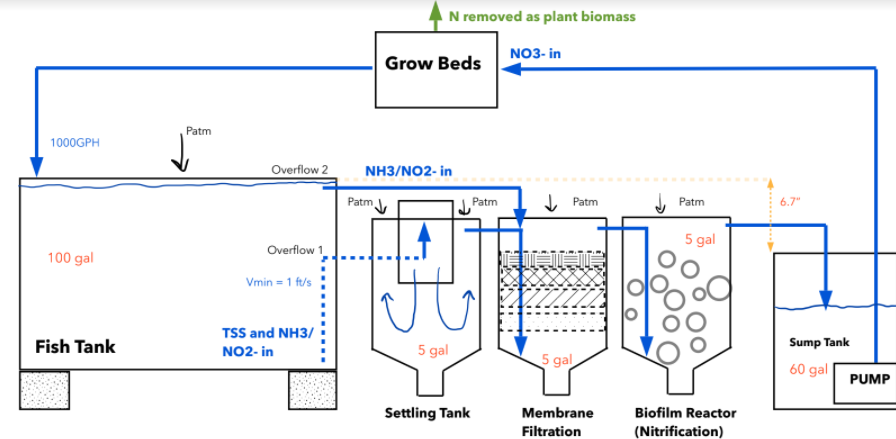
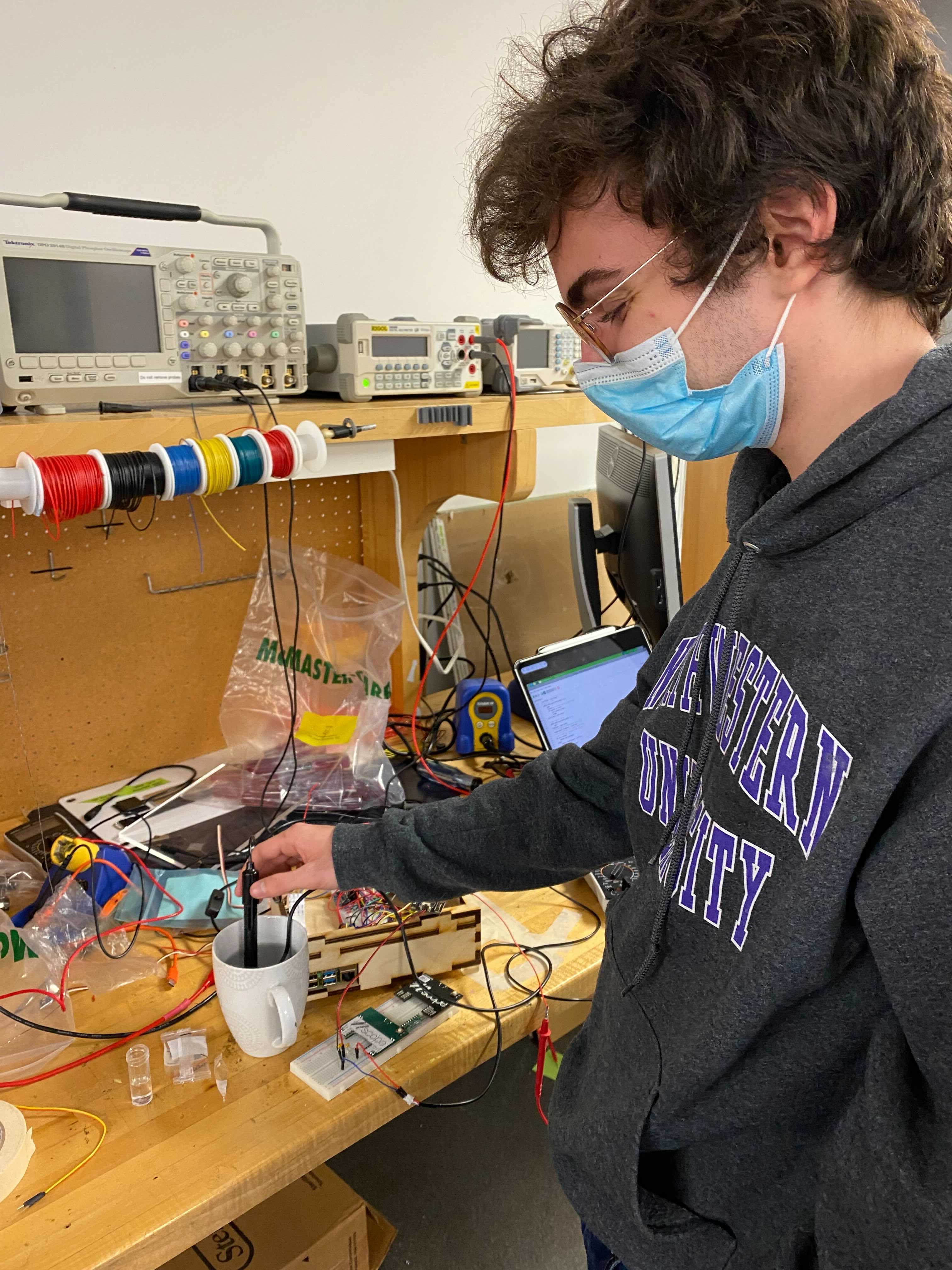

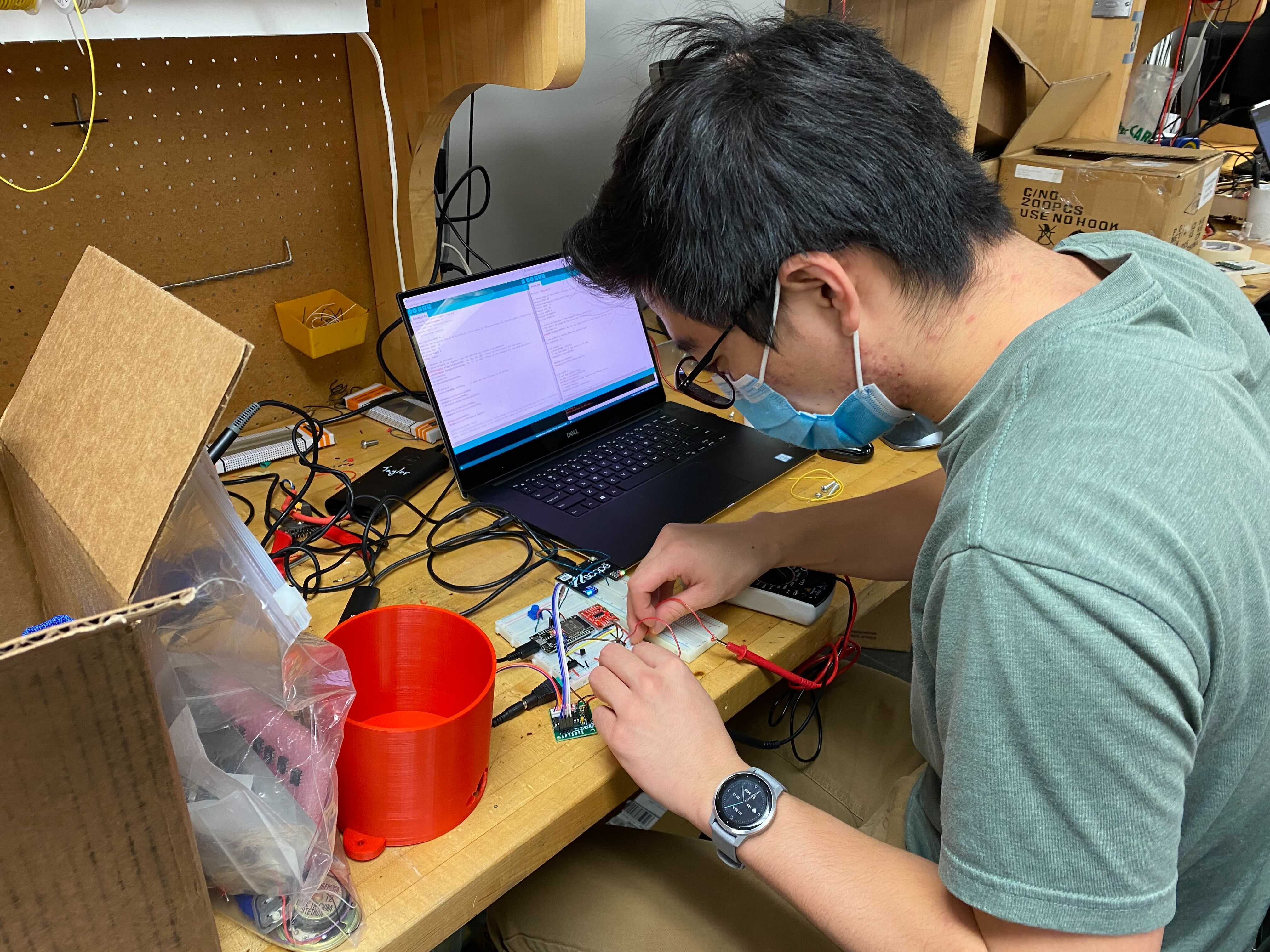
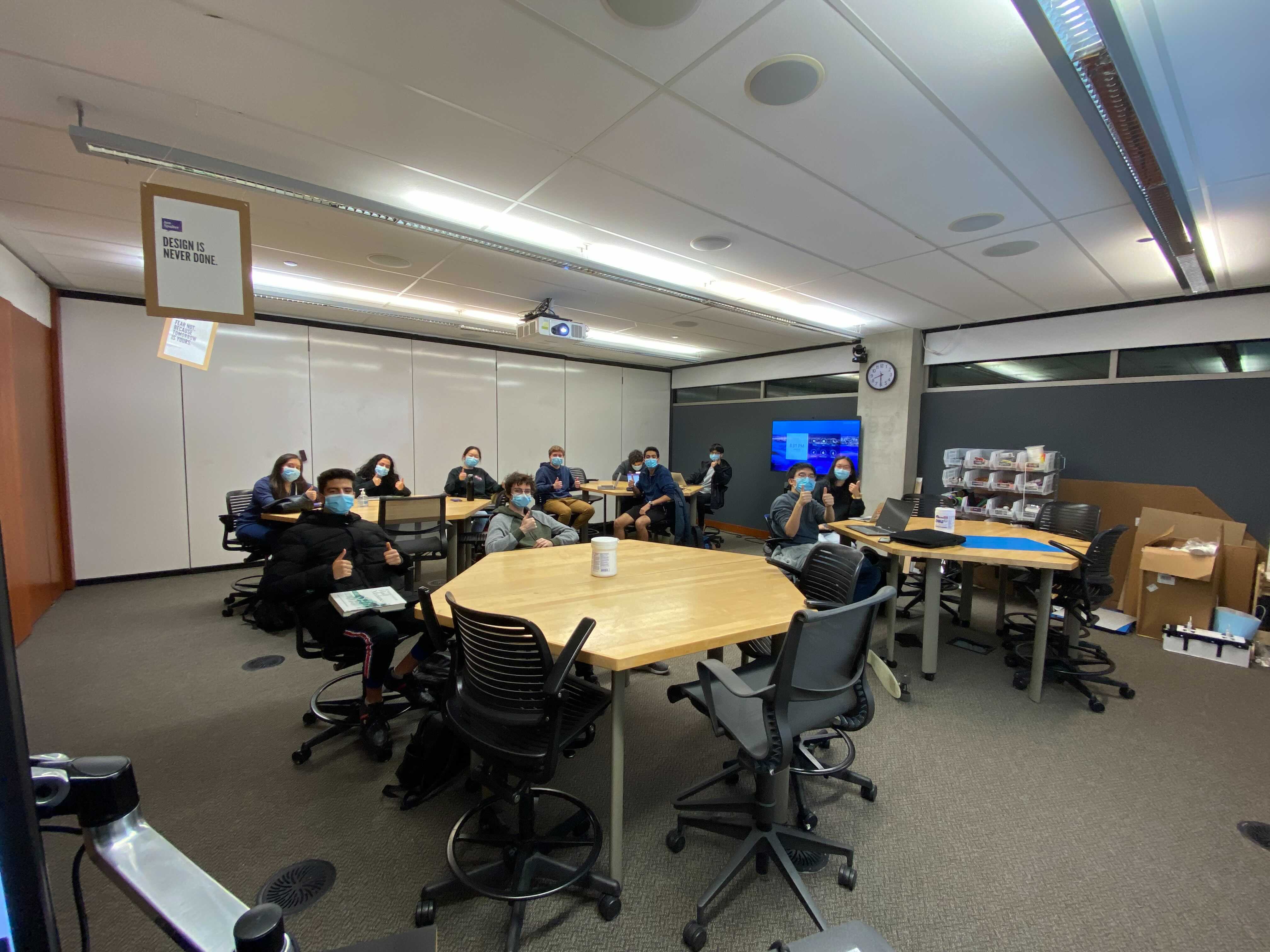

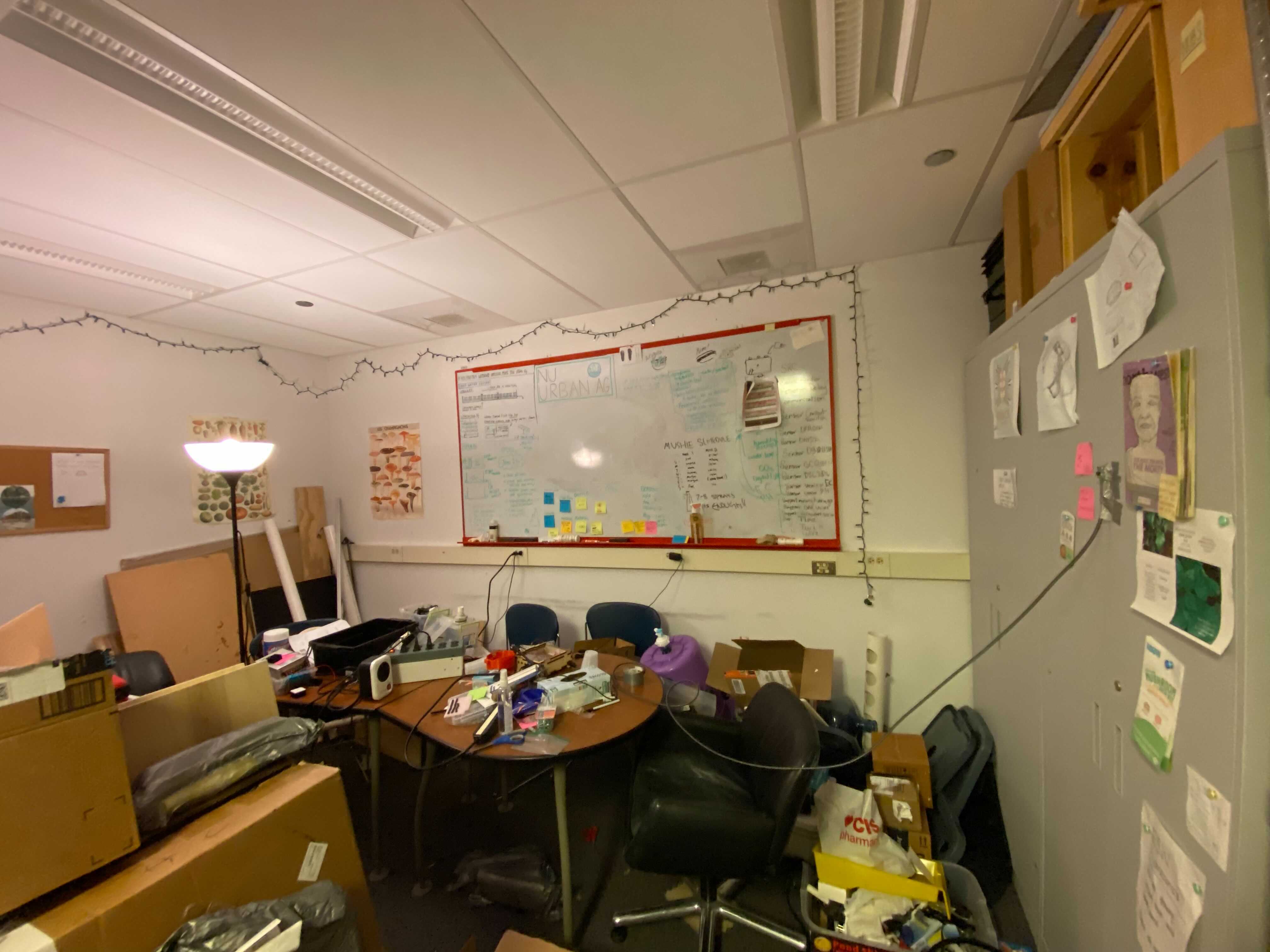
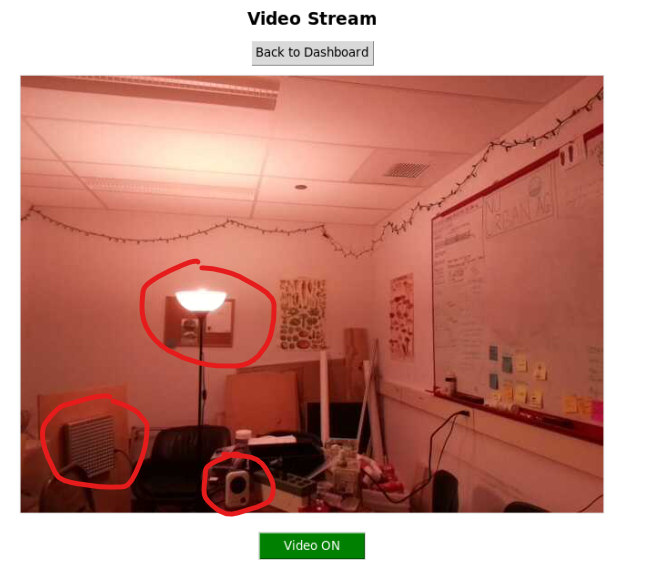
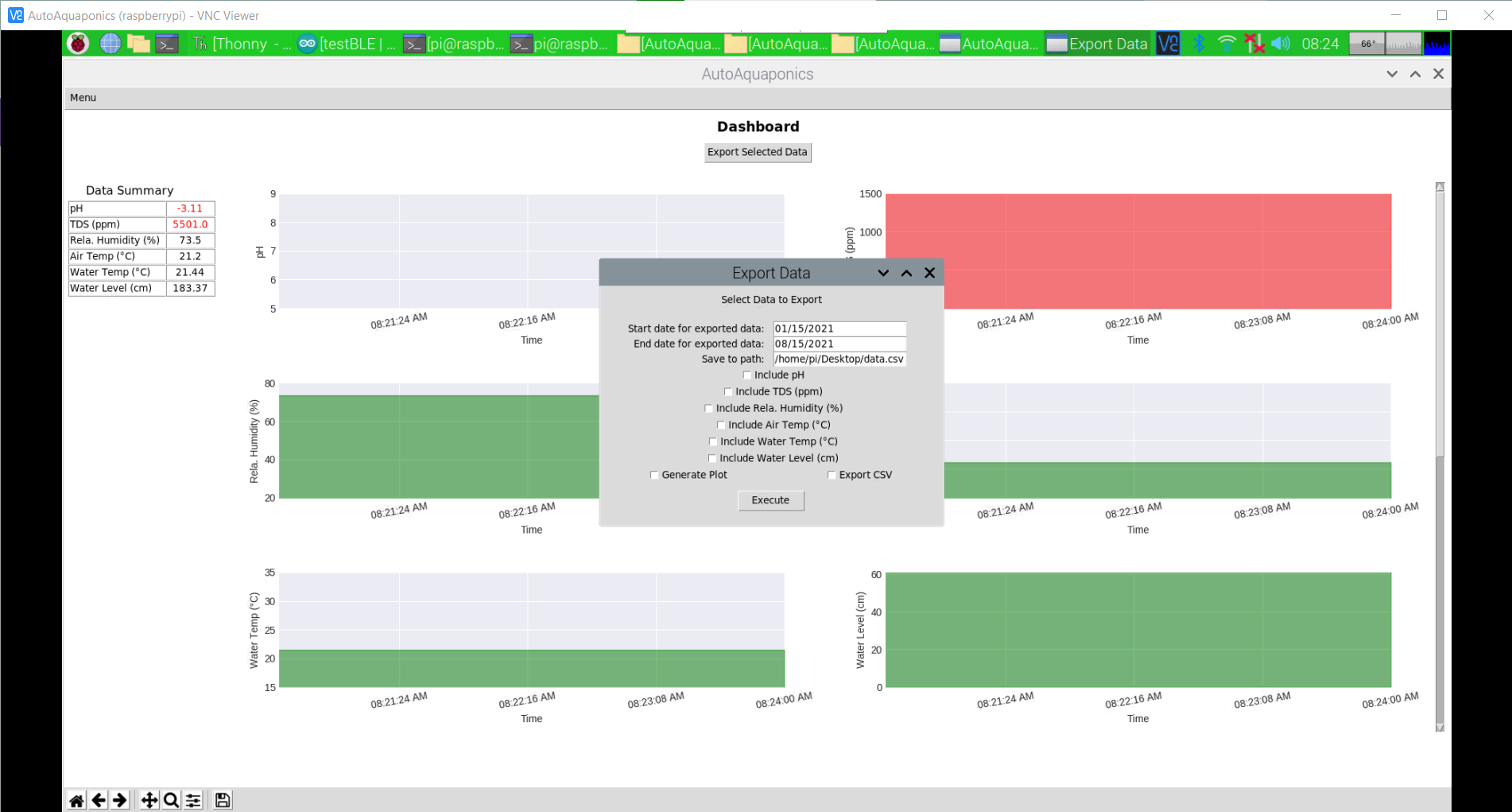
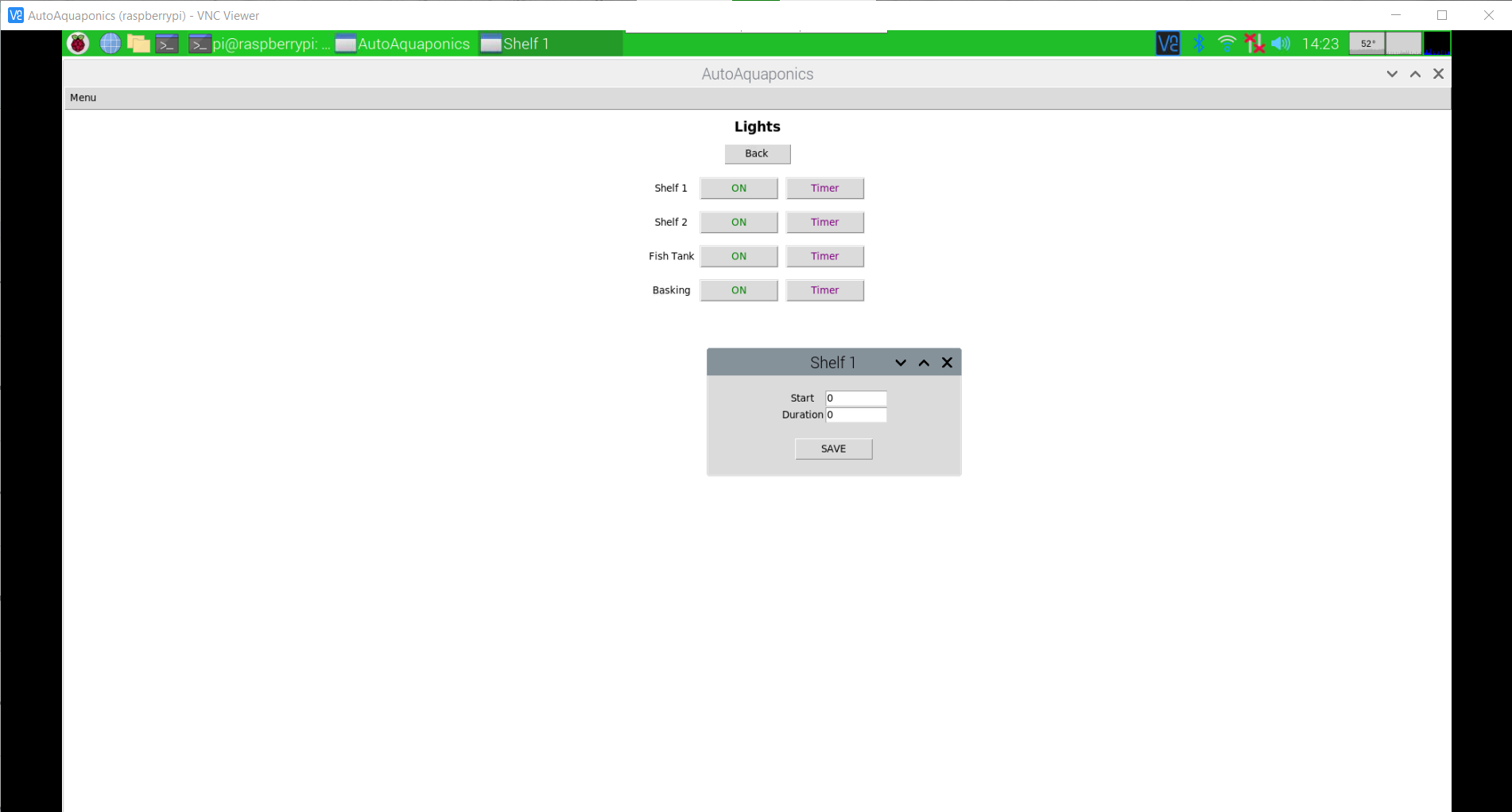
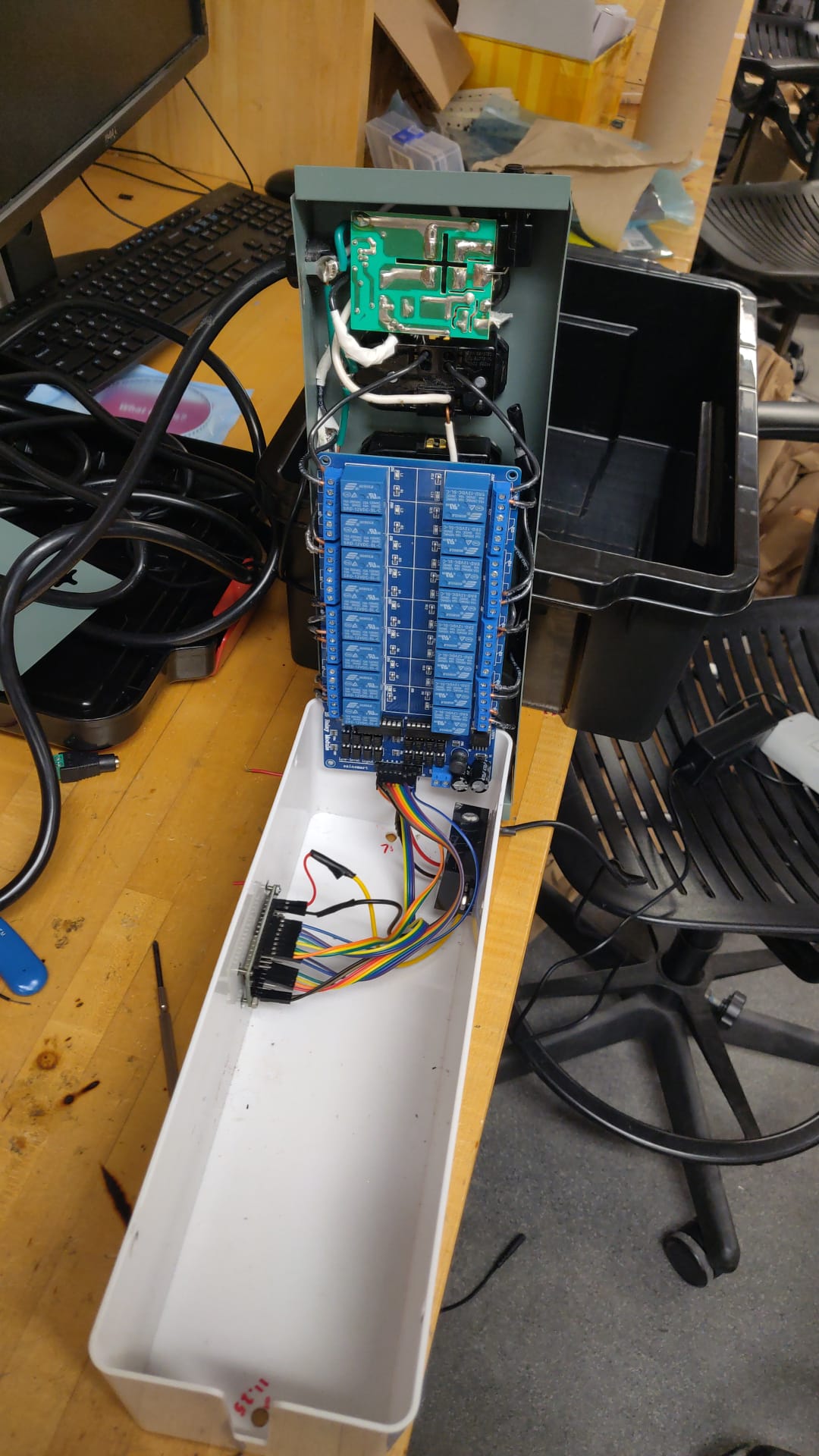
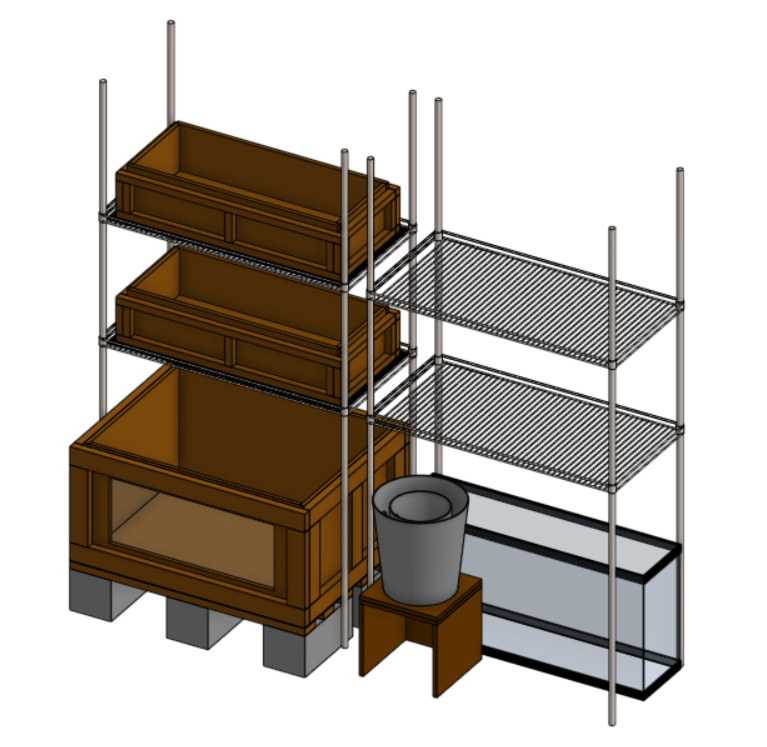
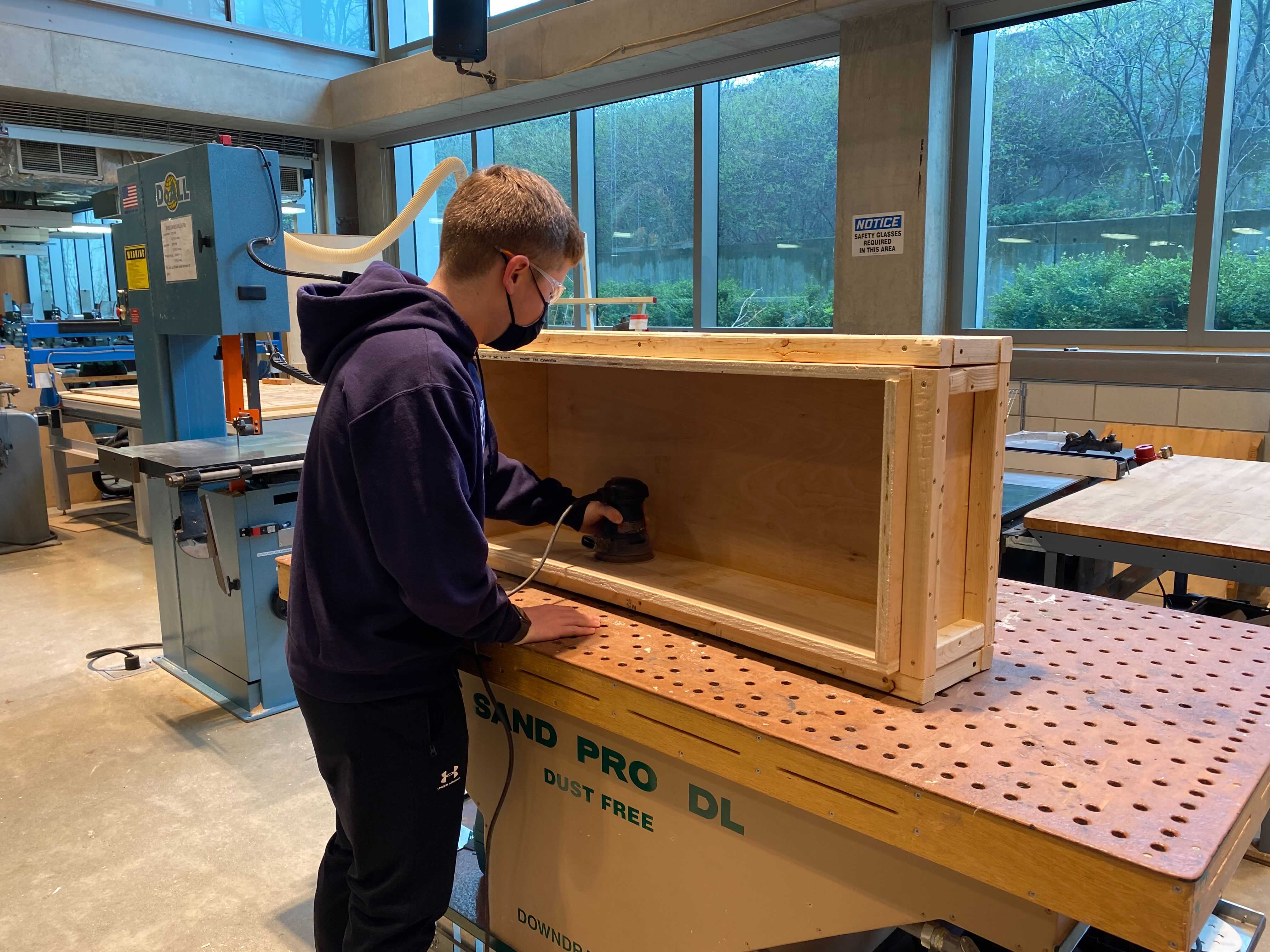
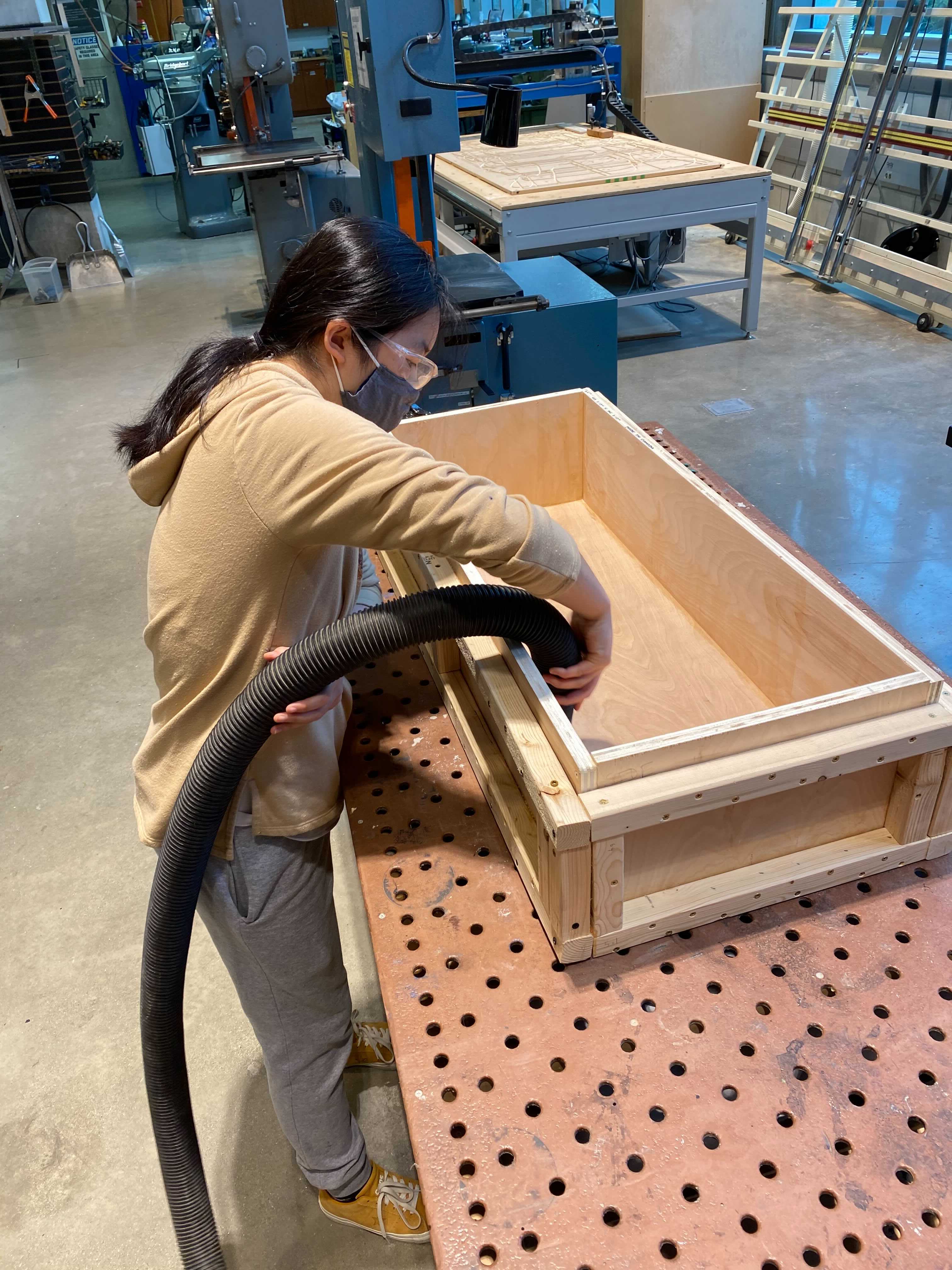

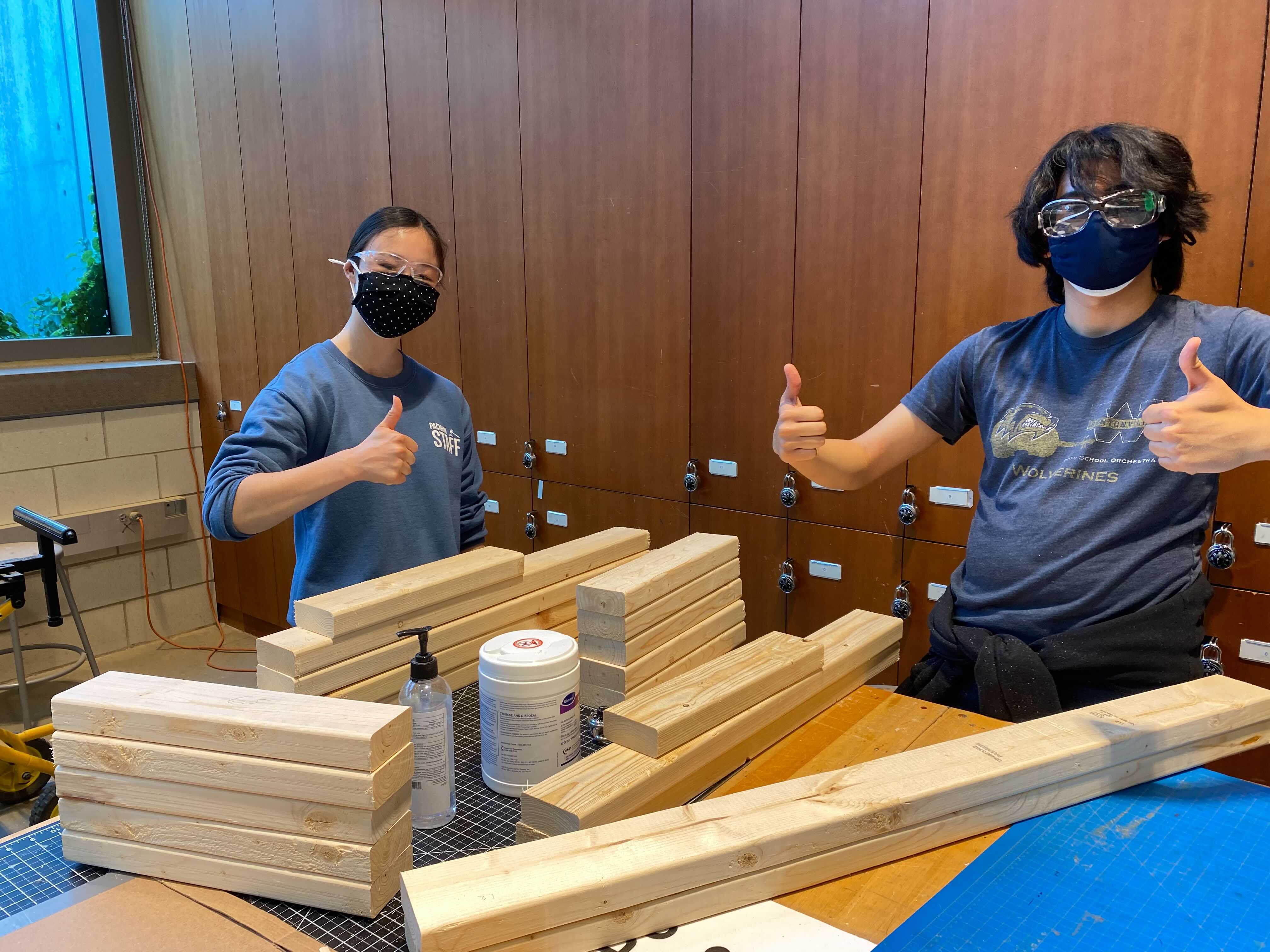
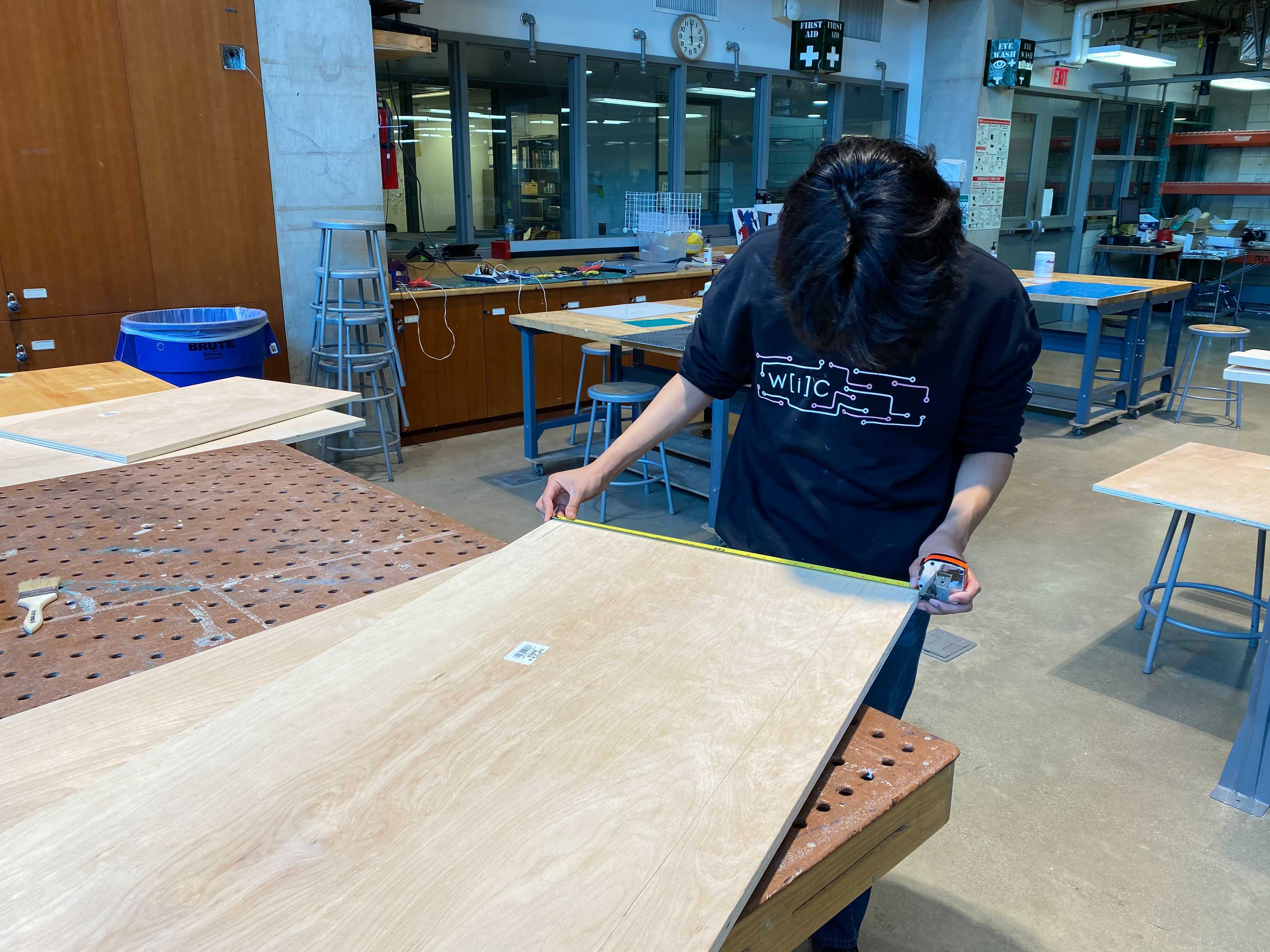
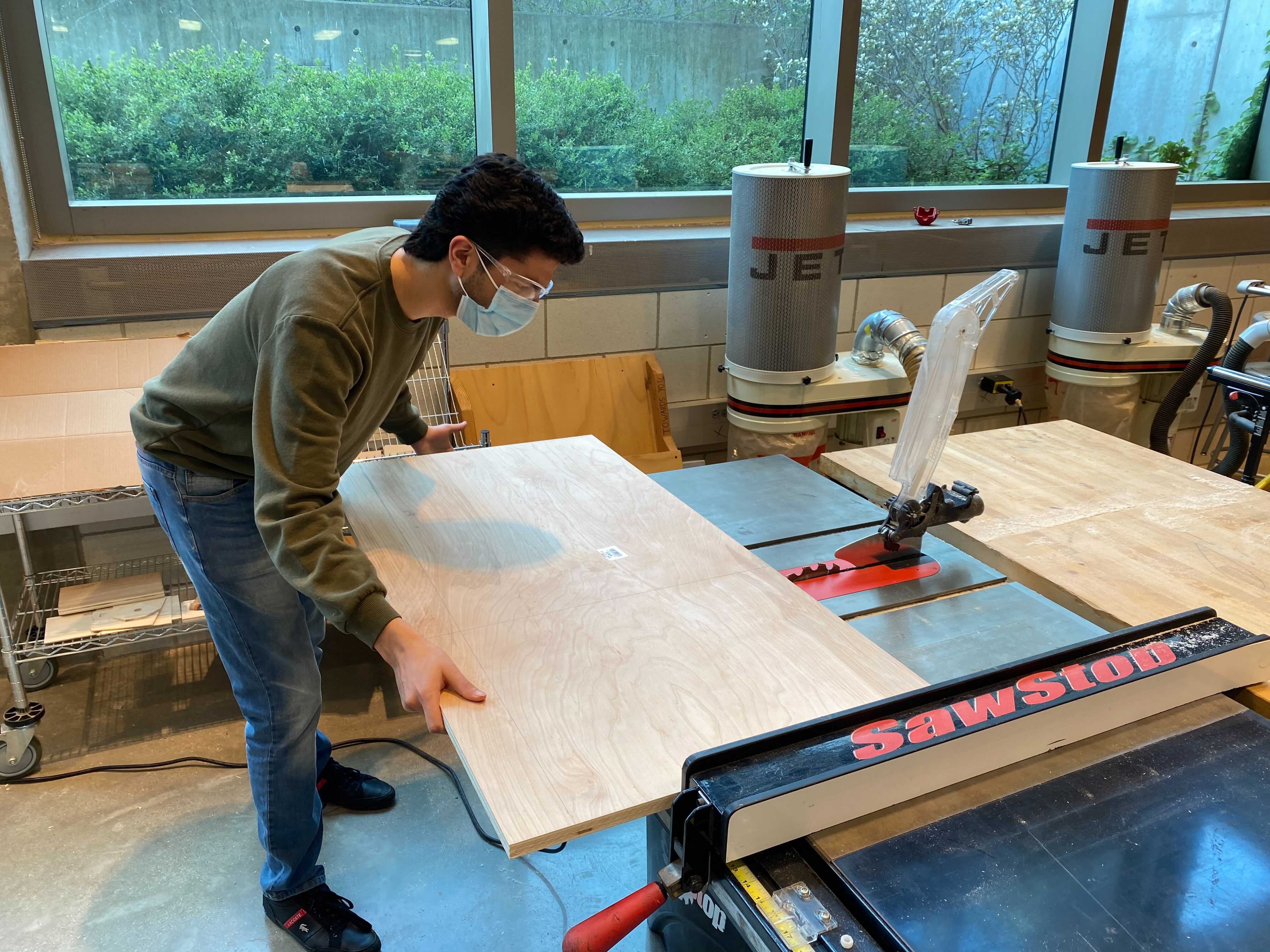
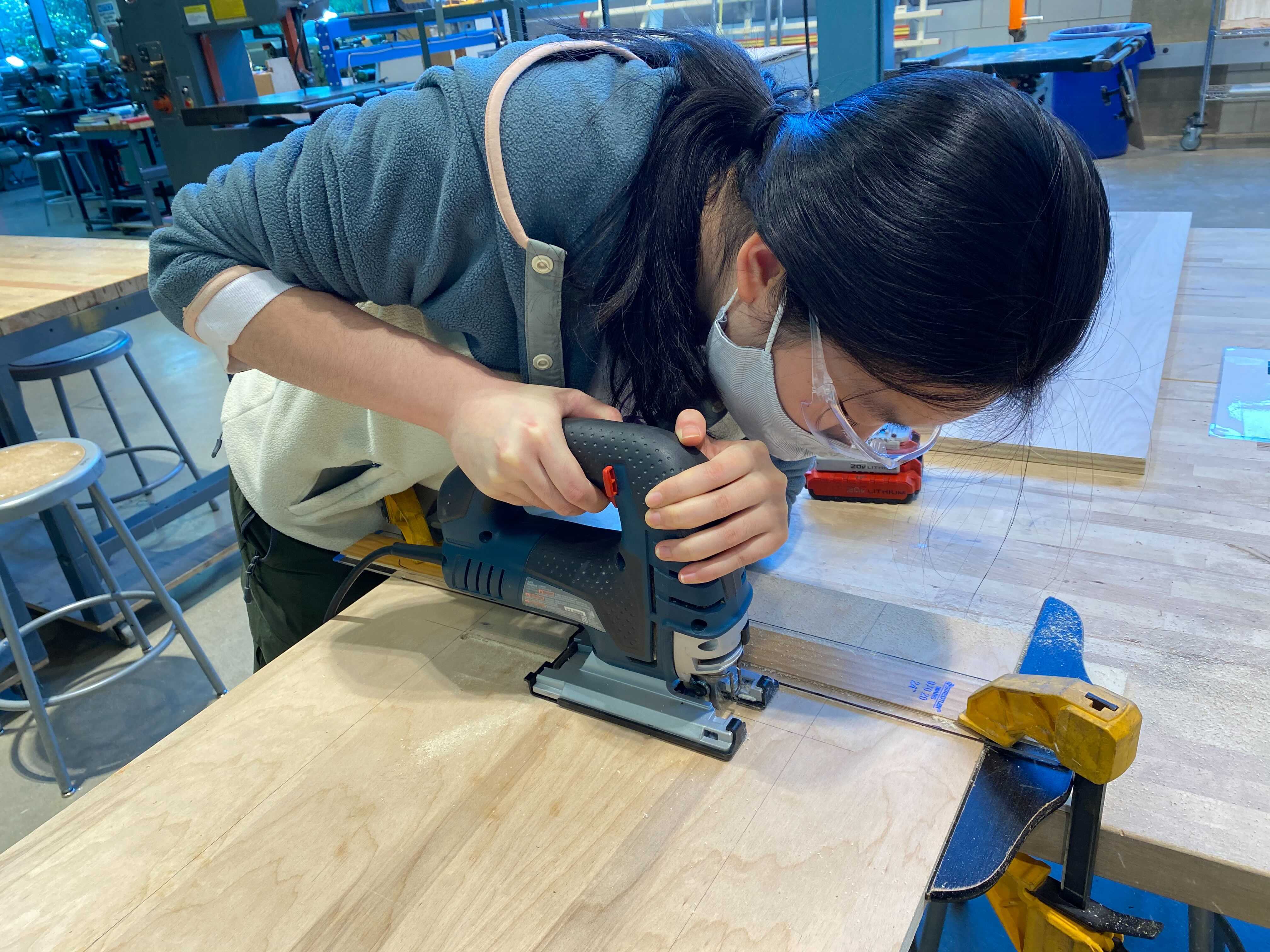

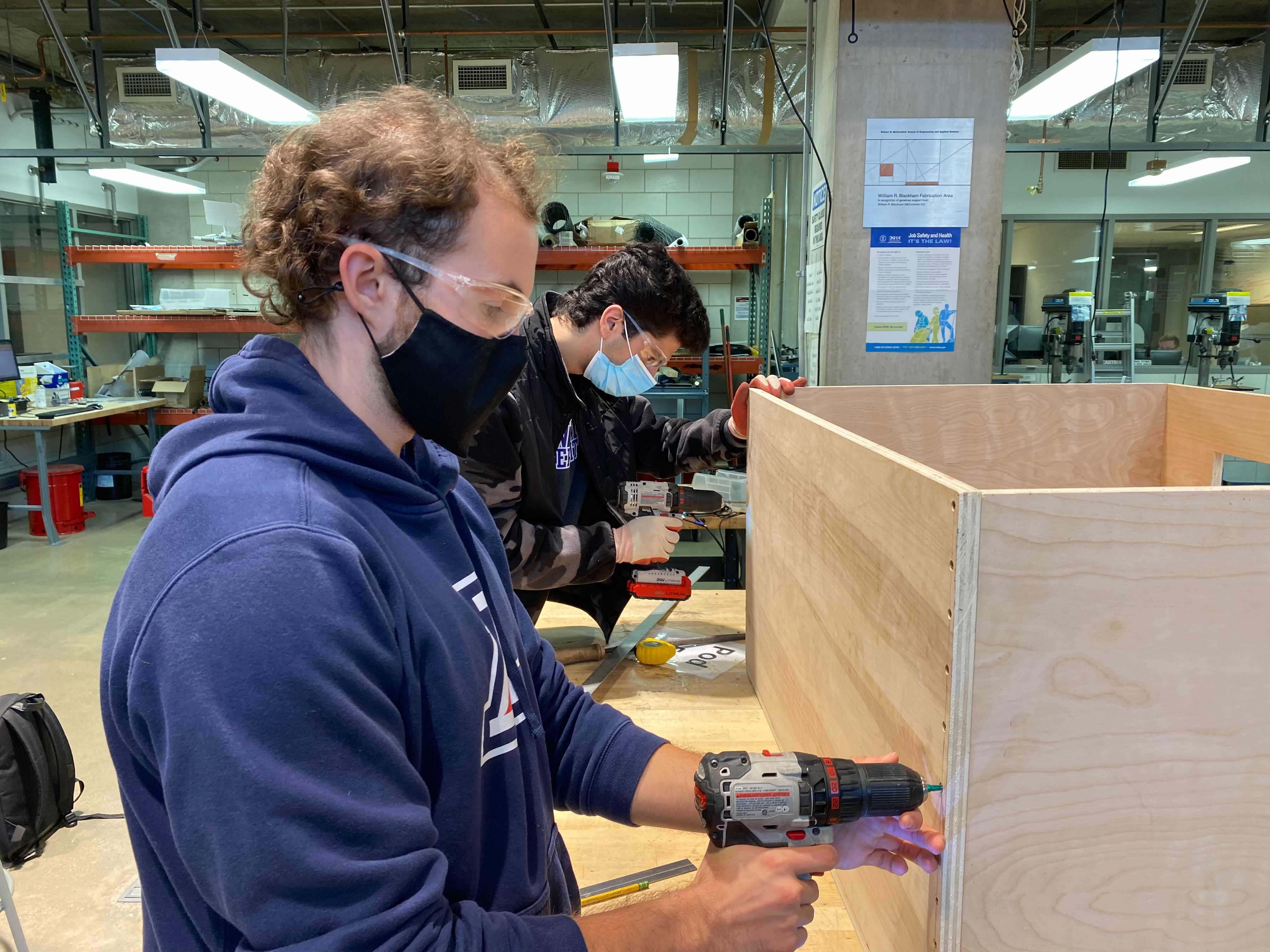
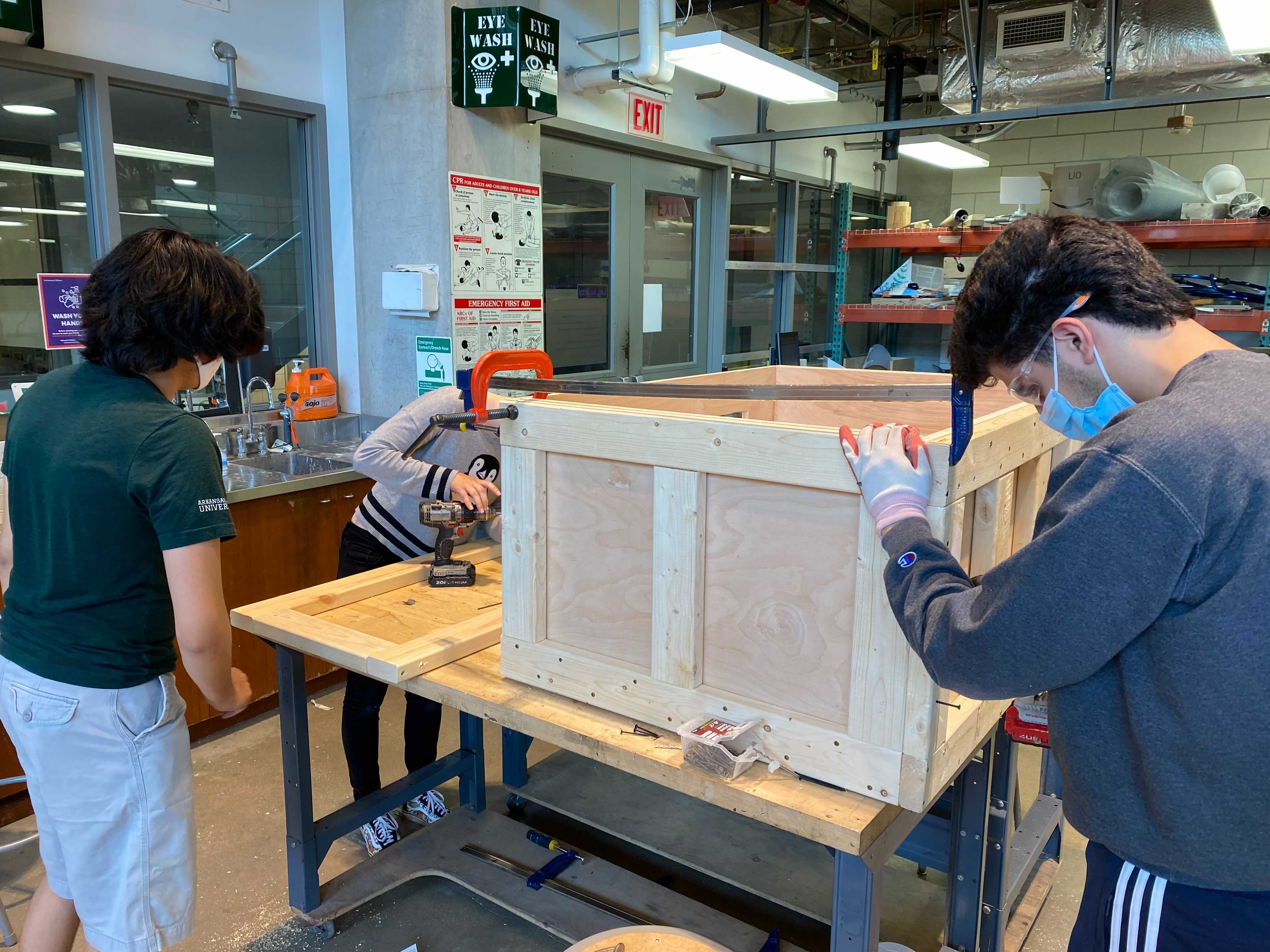
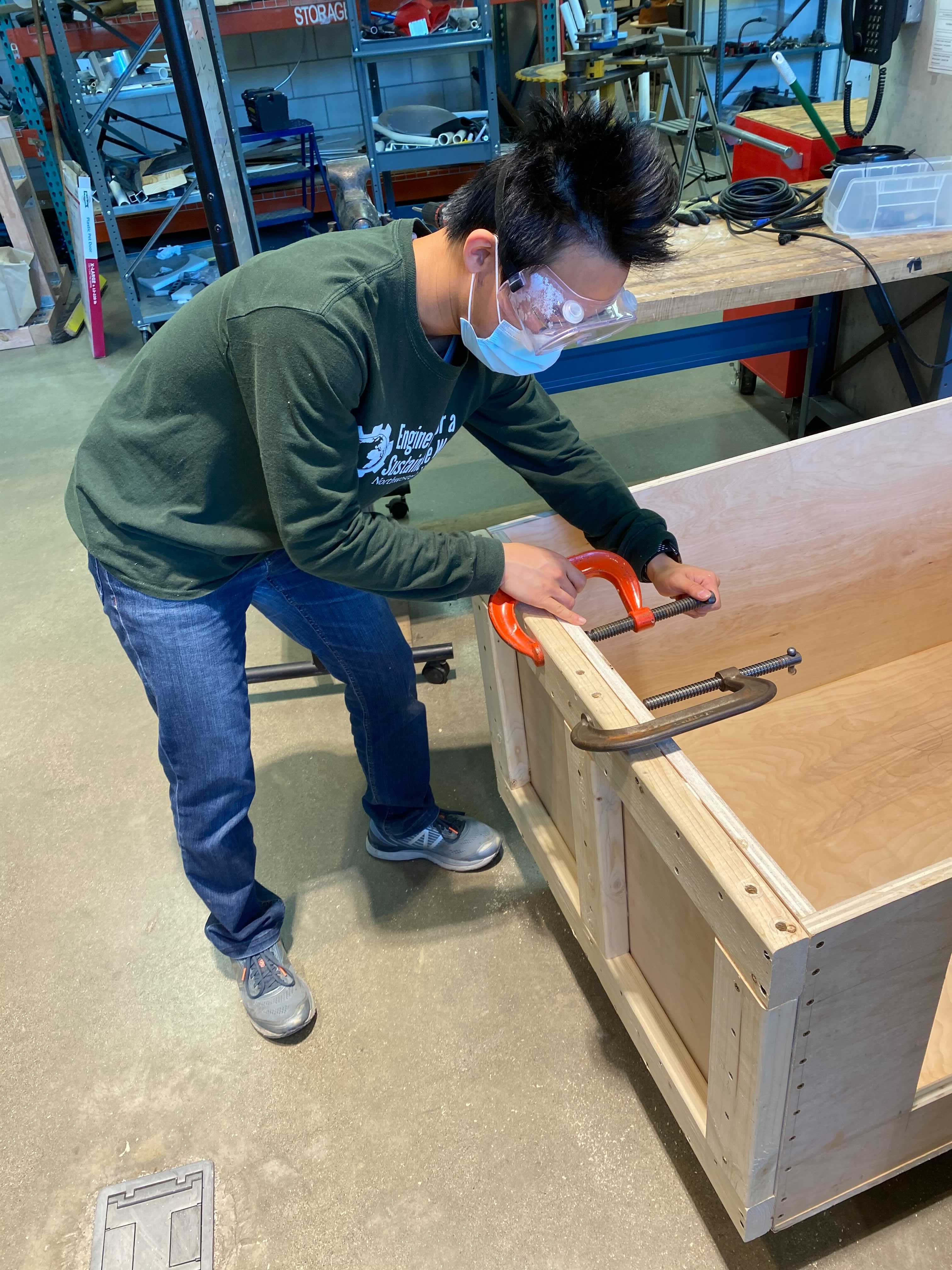

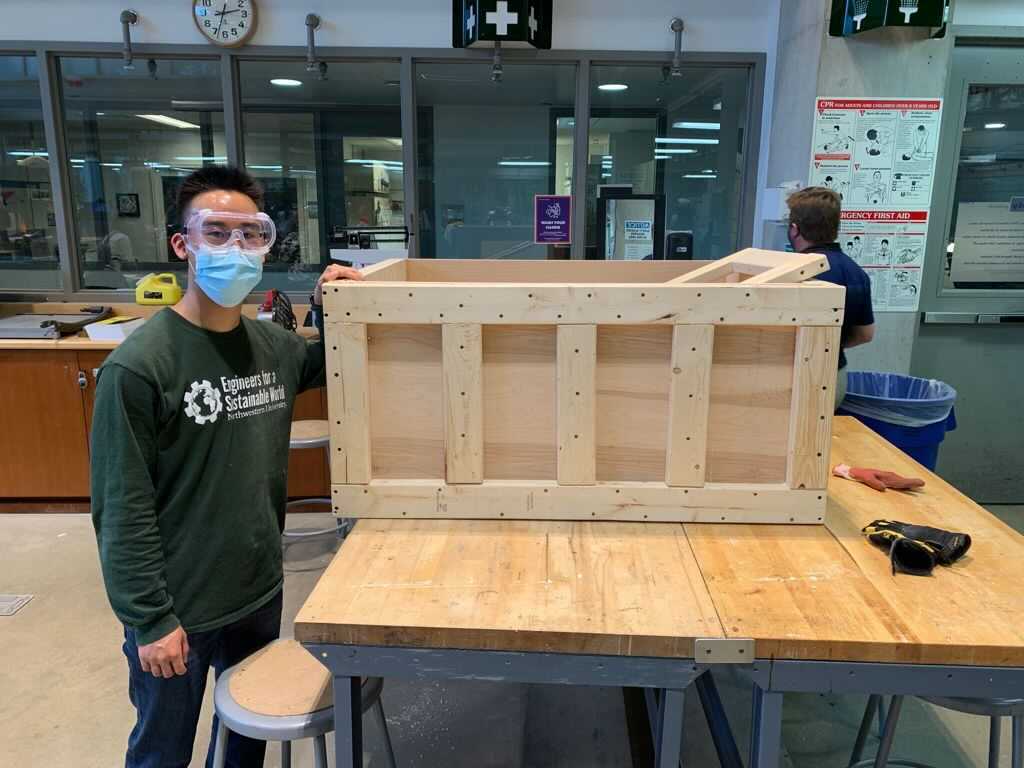
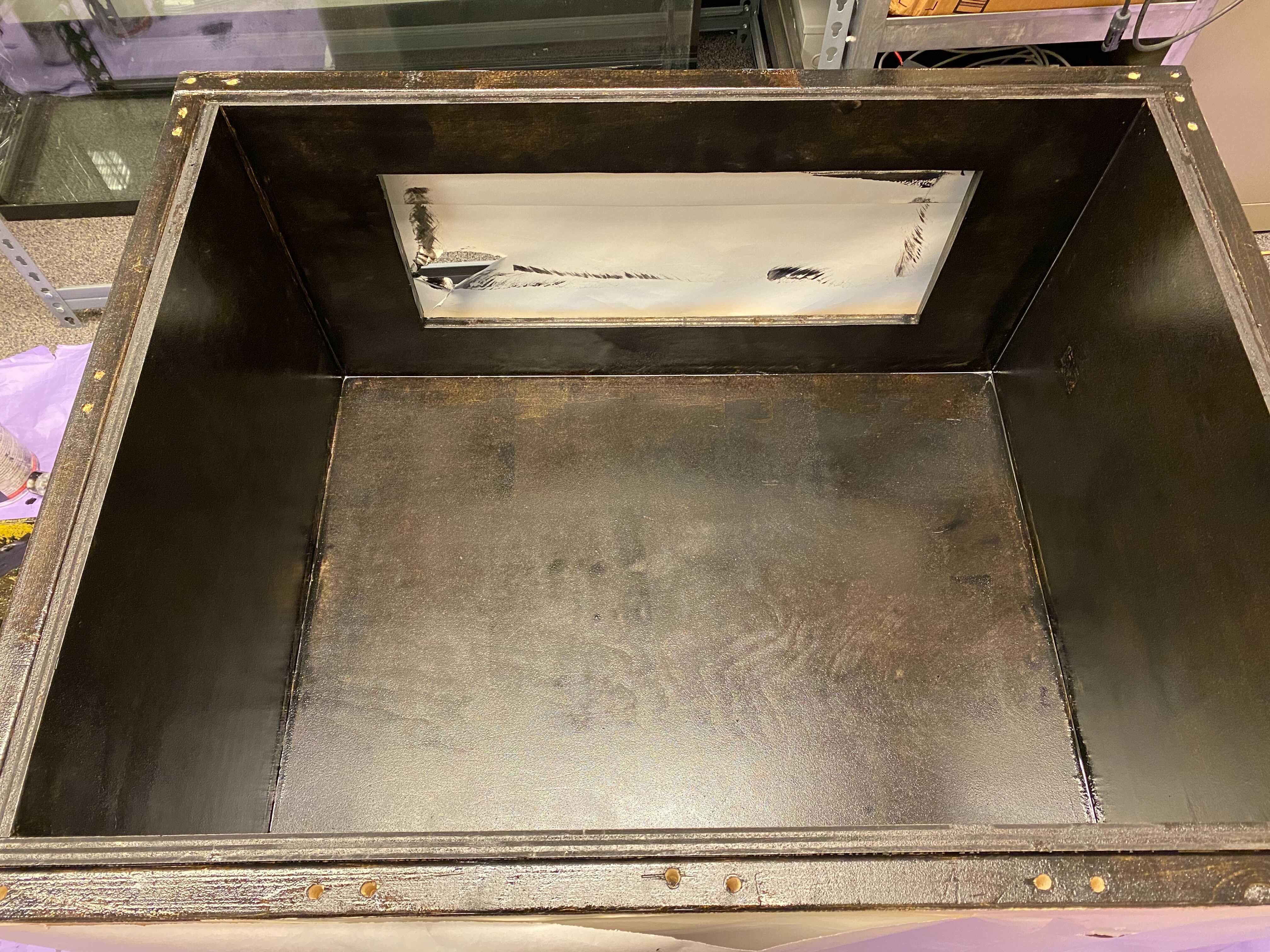
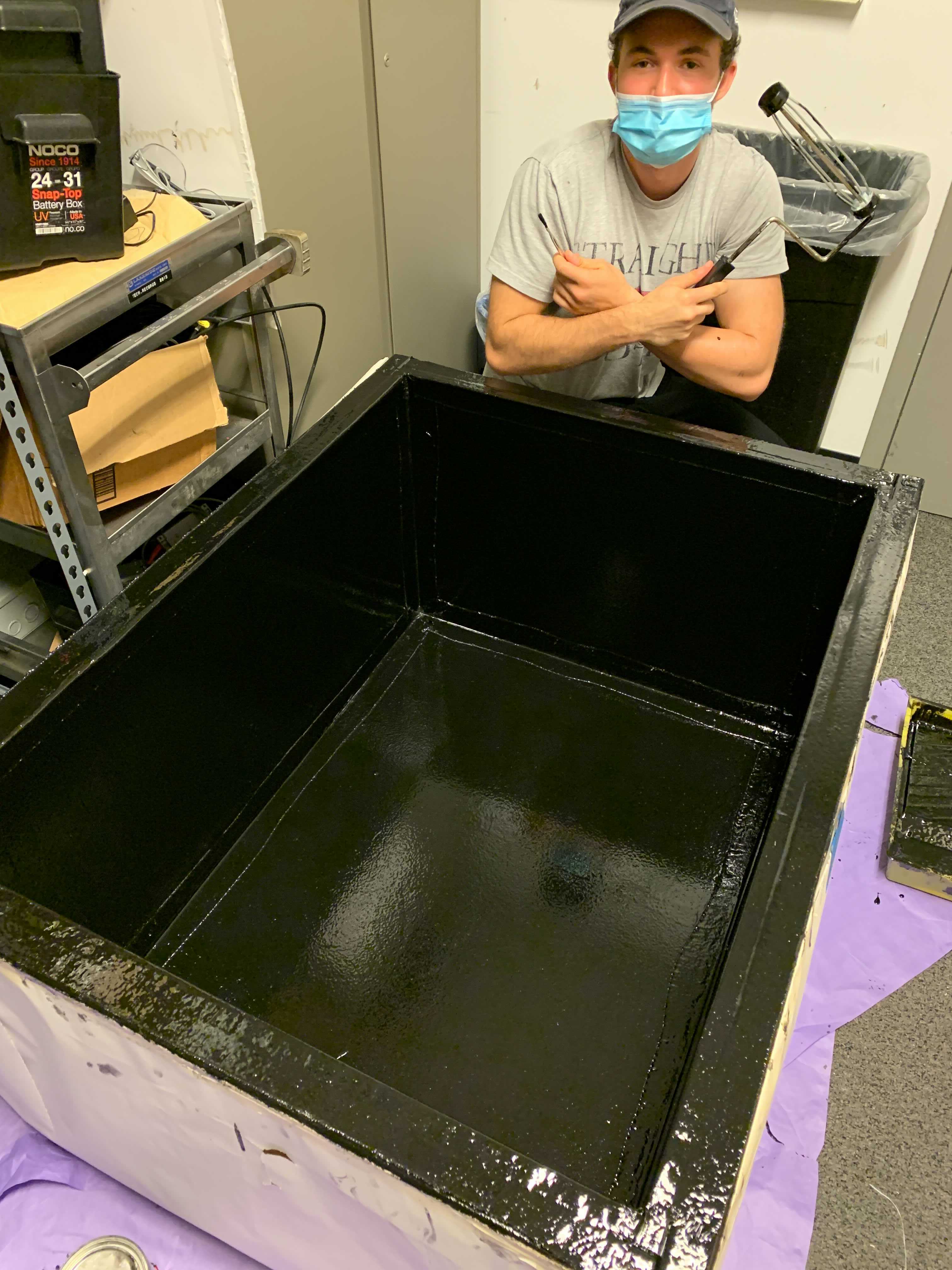
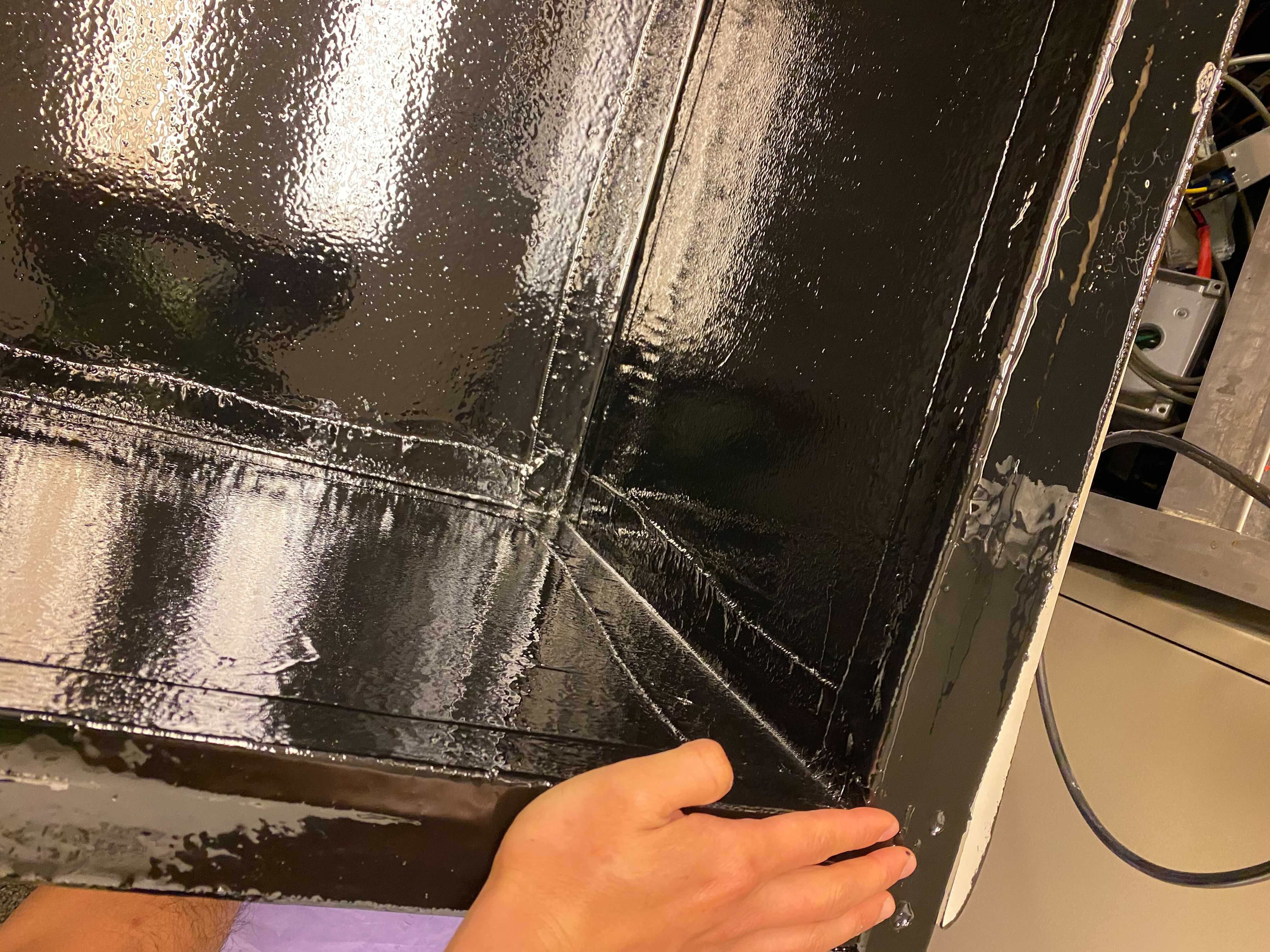
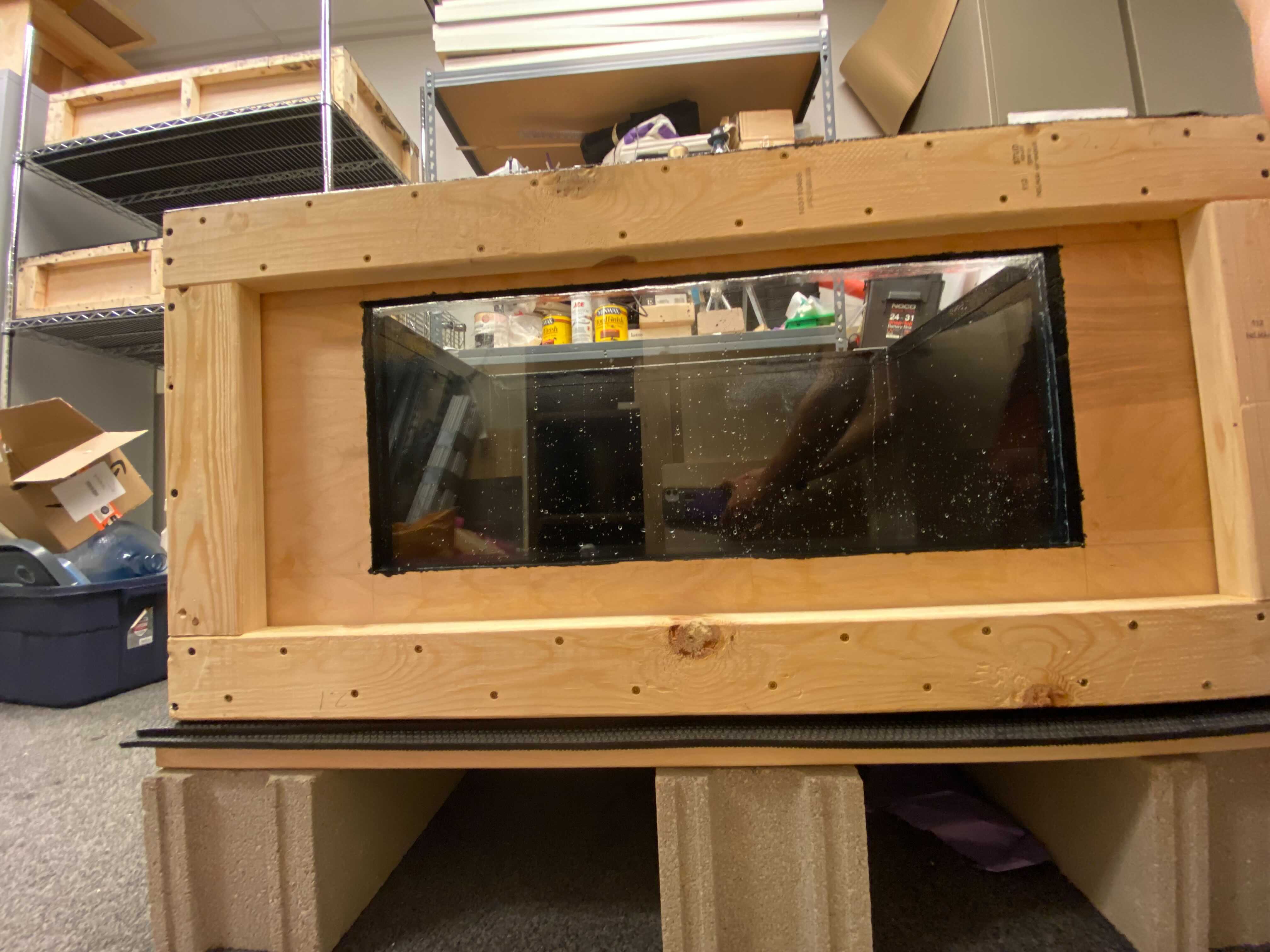
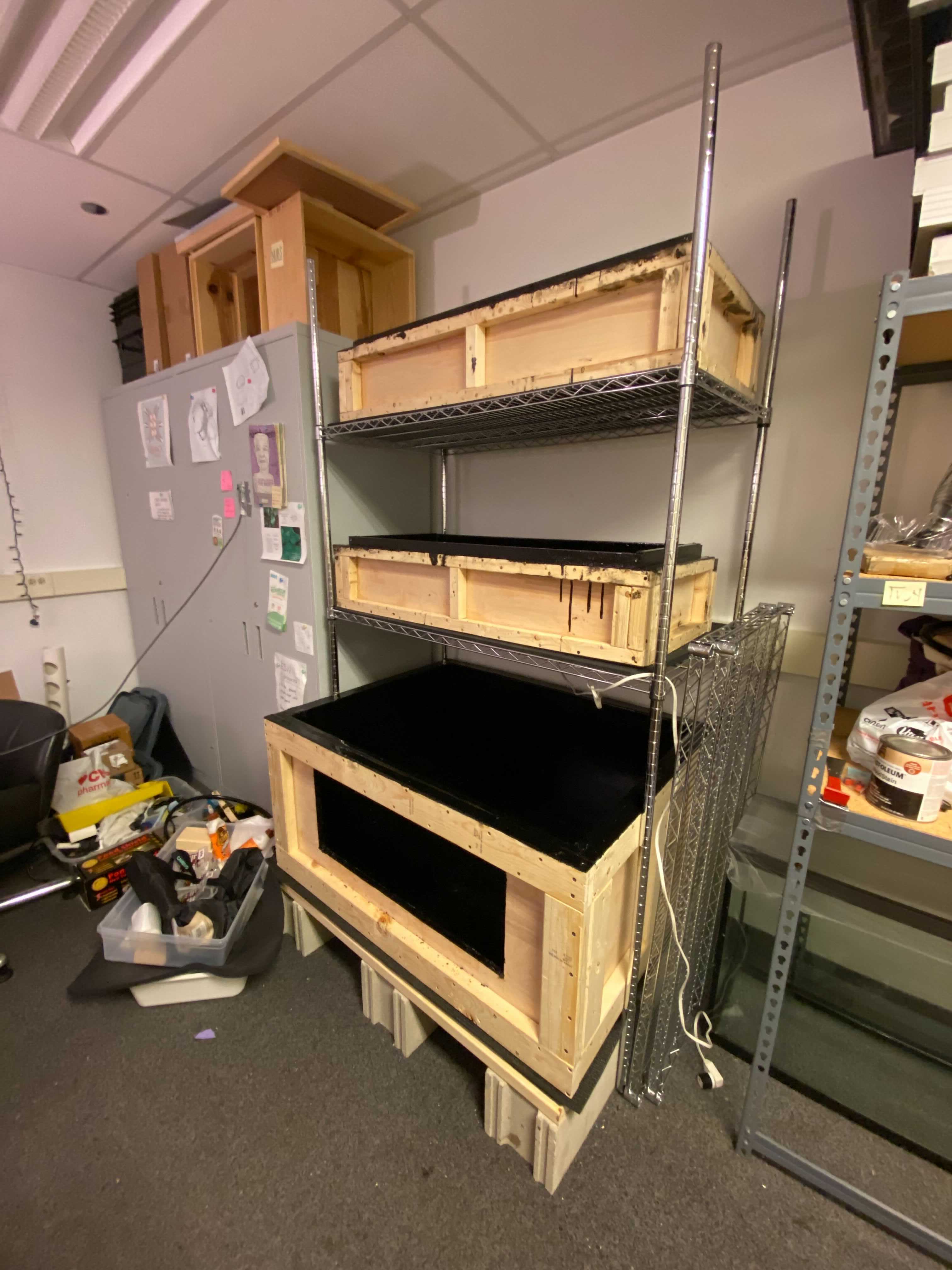
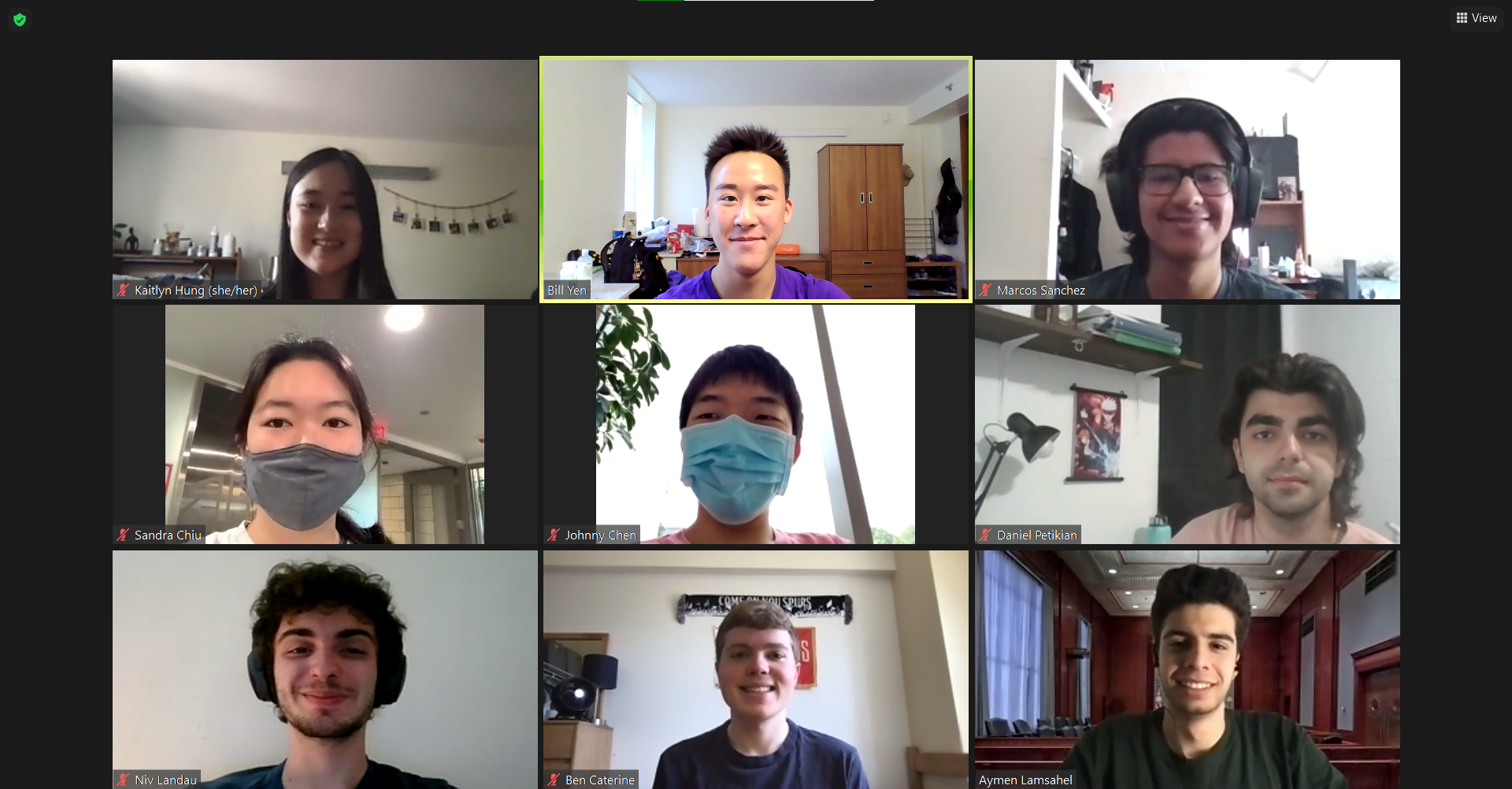
Comments